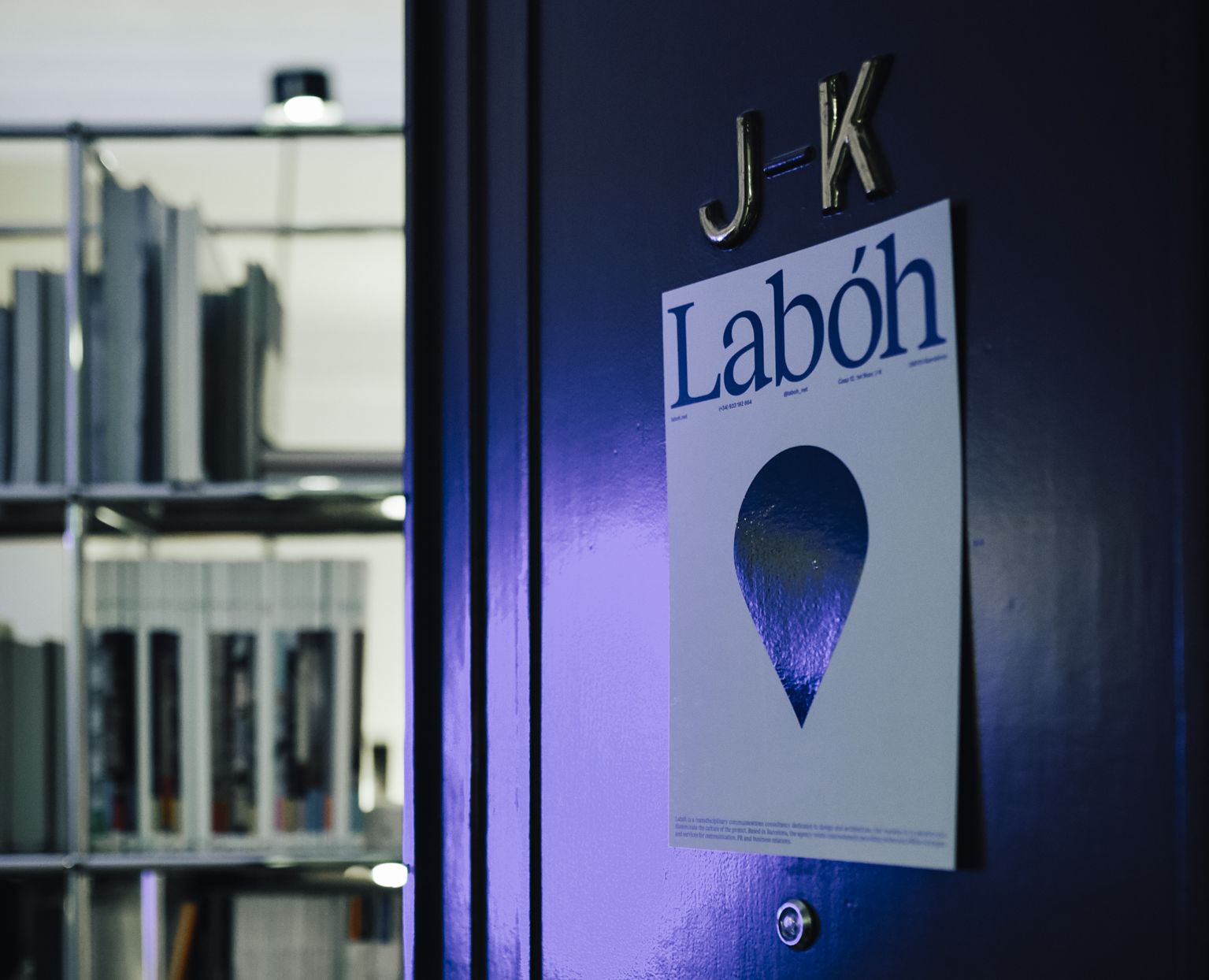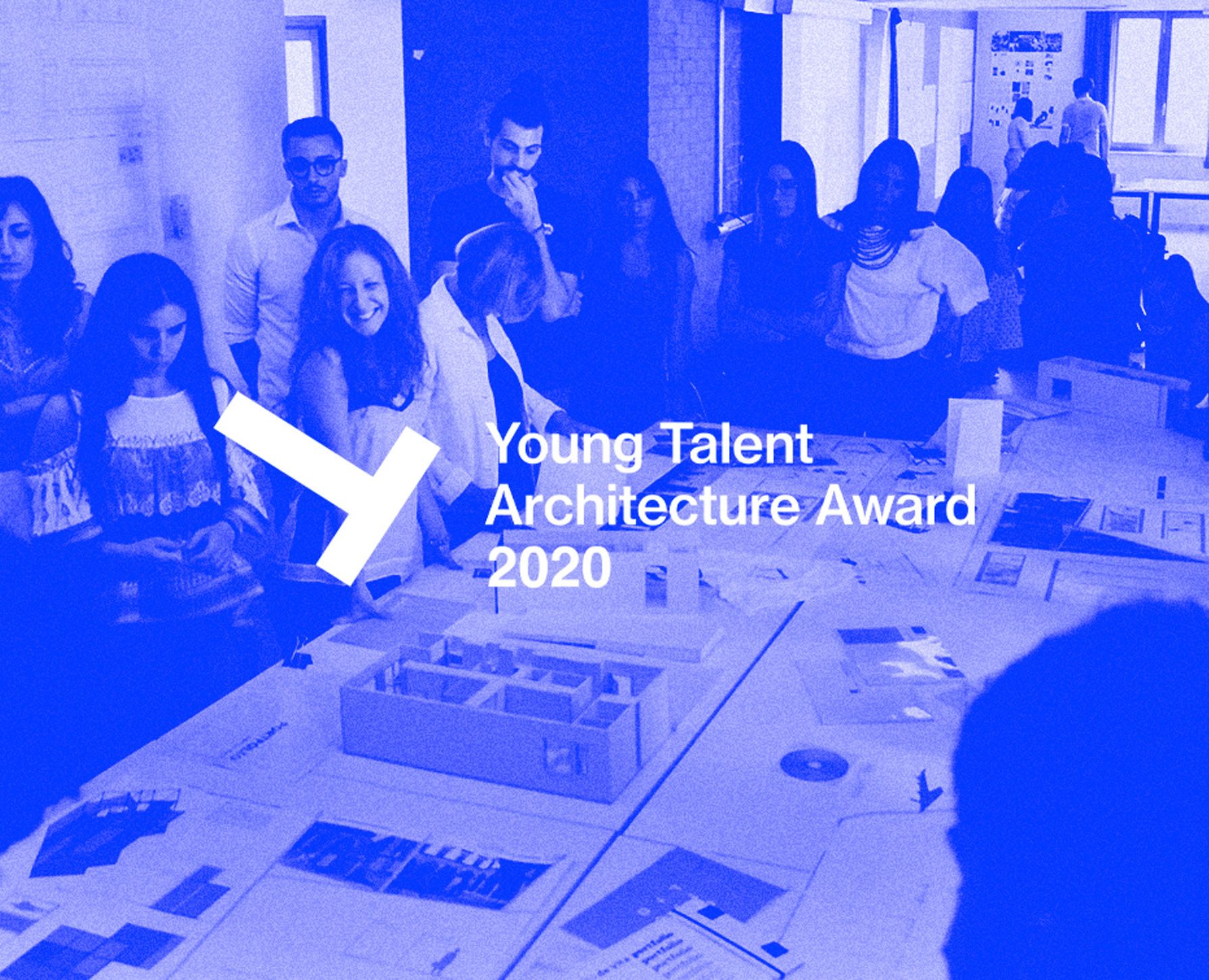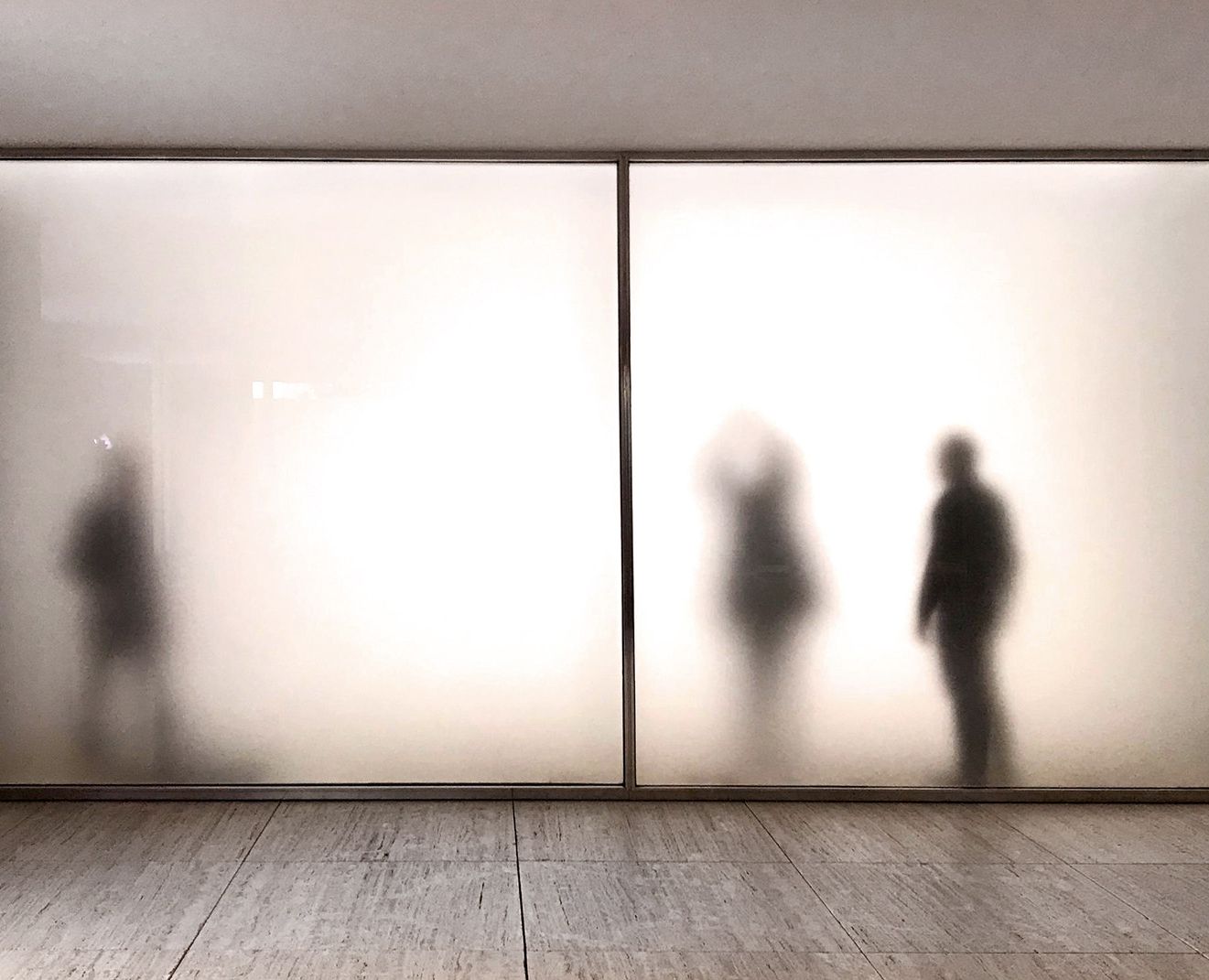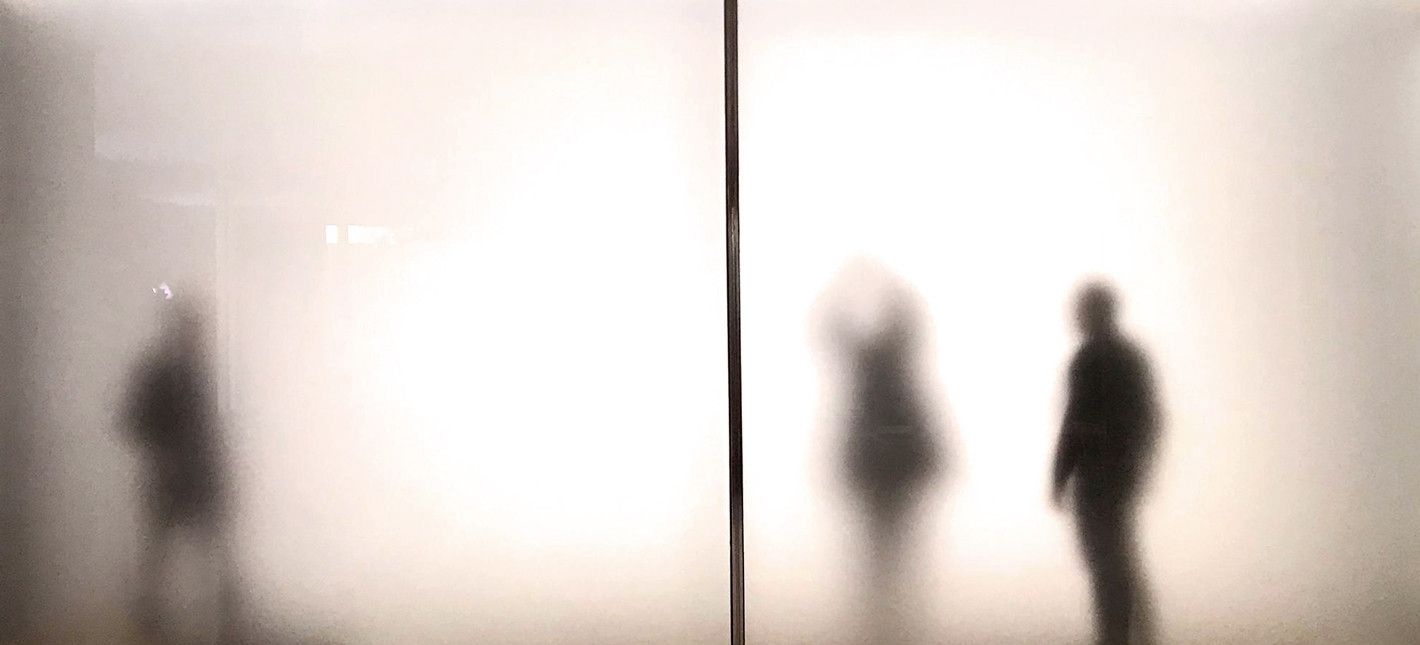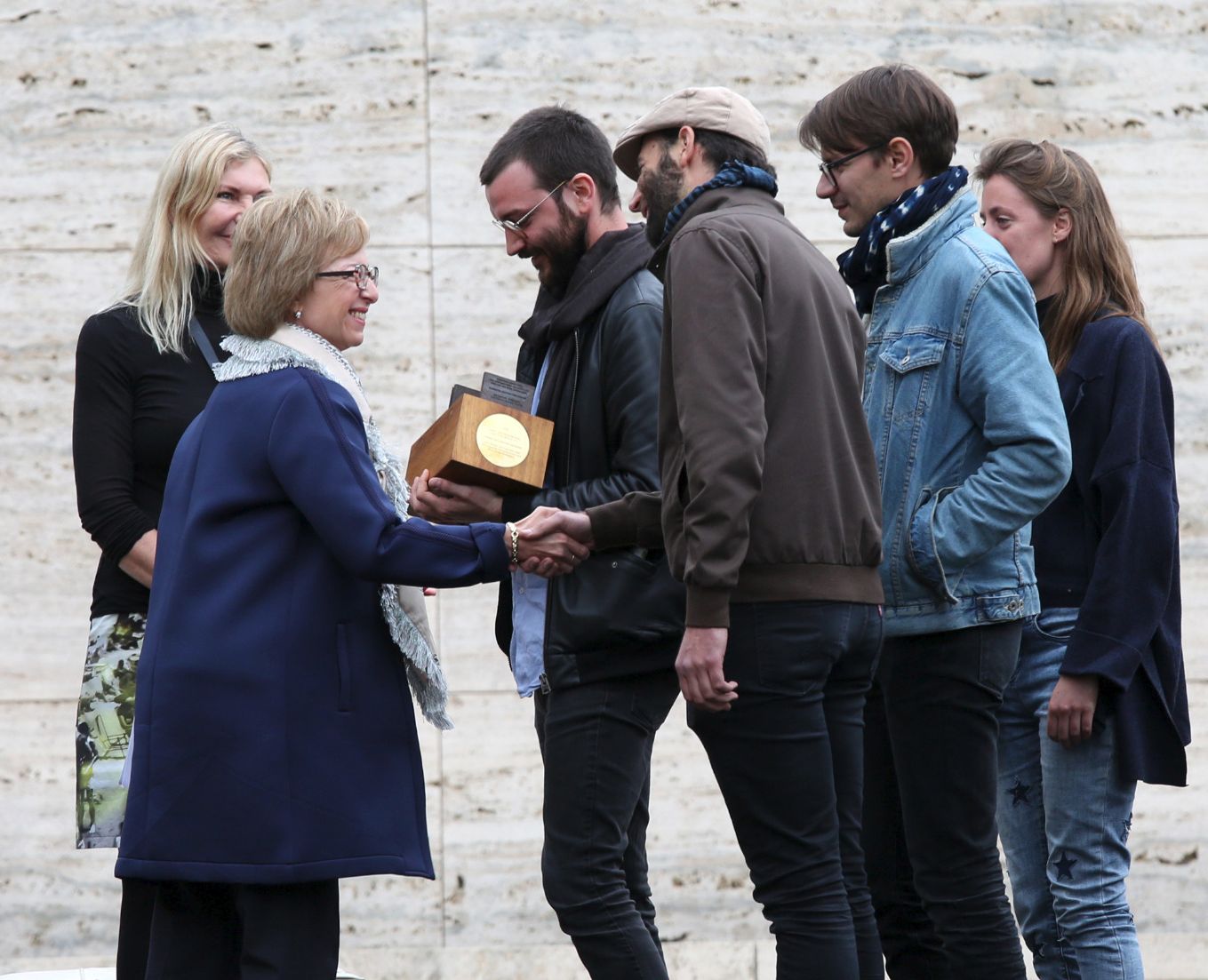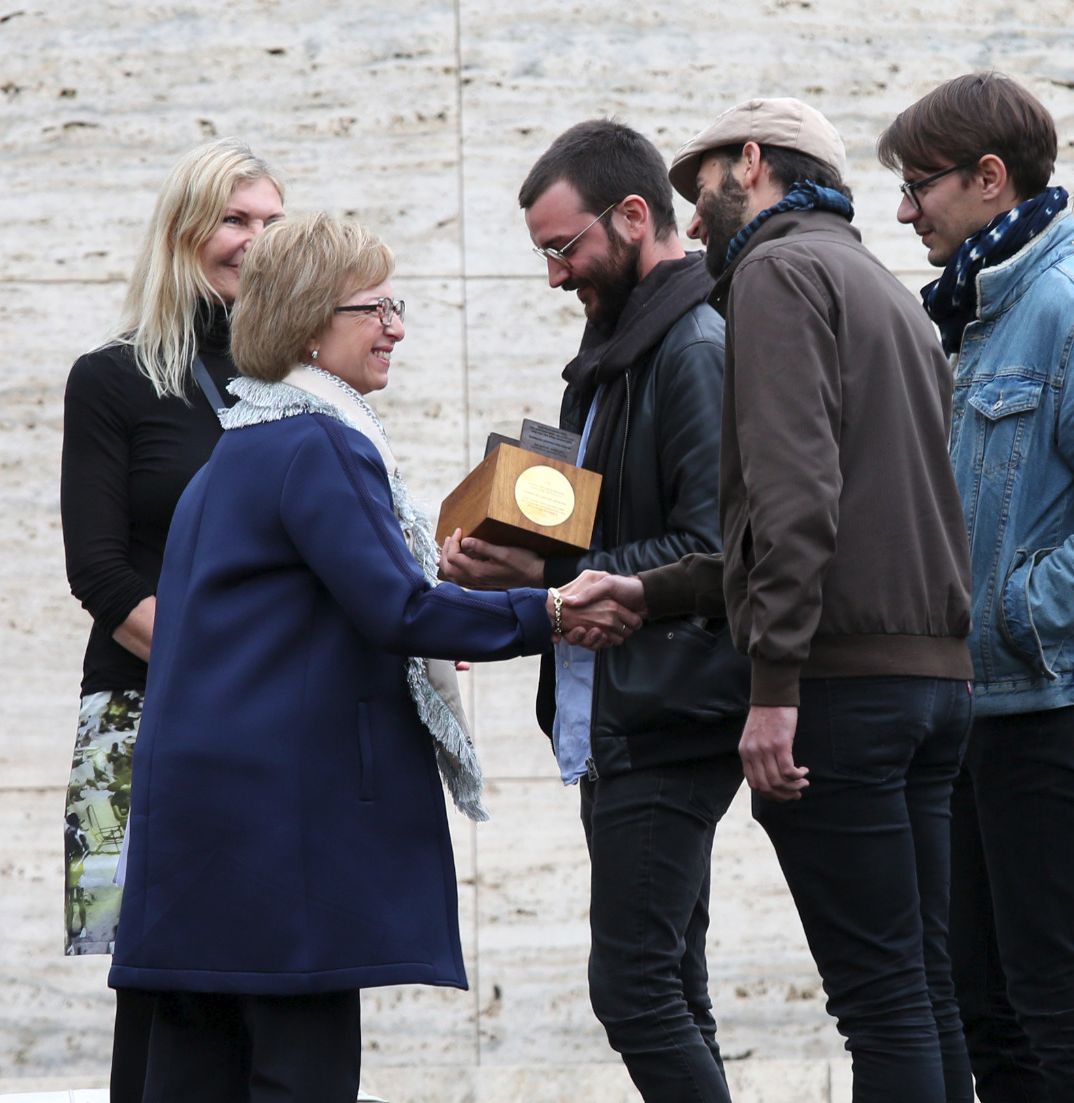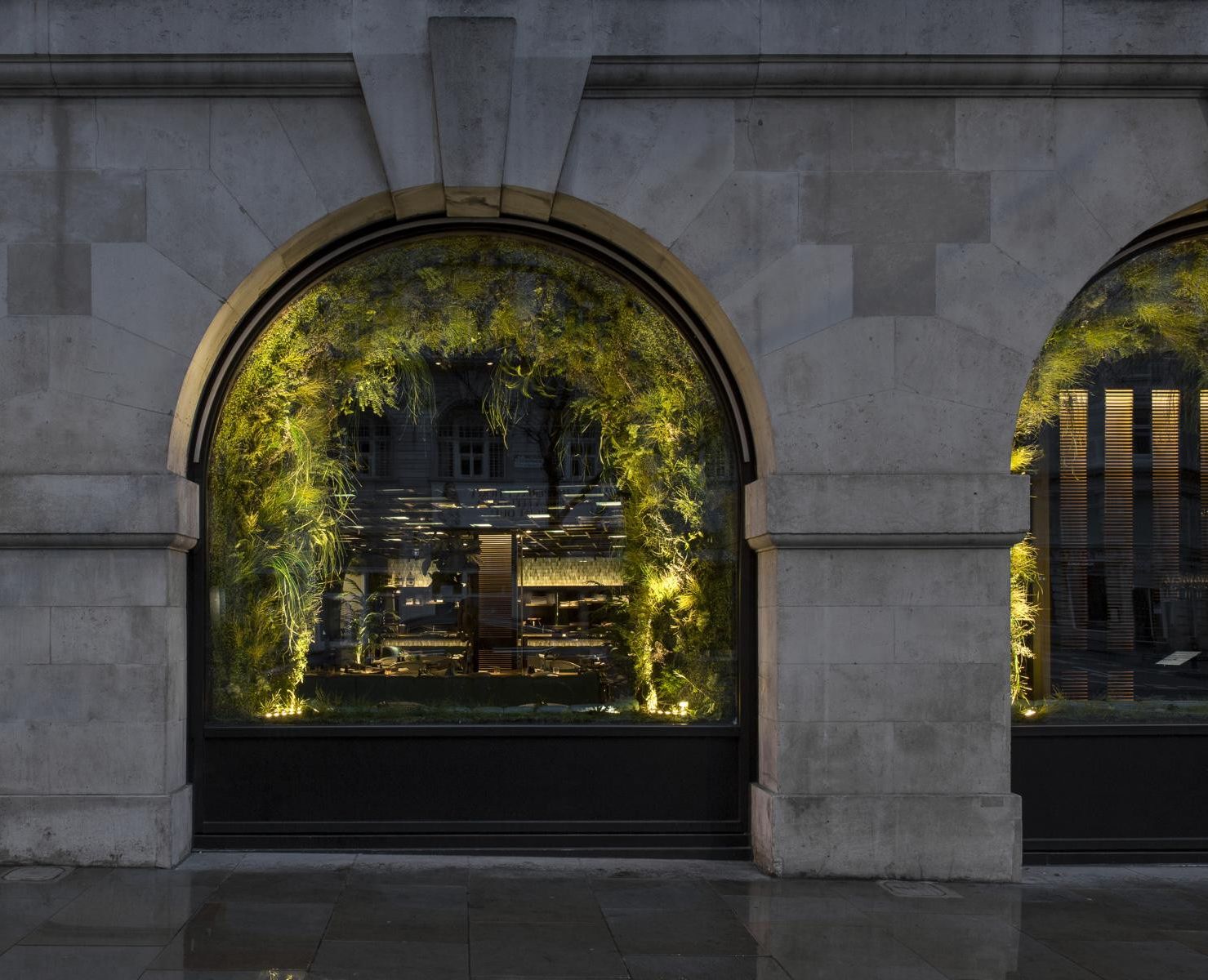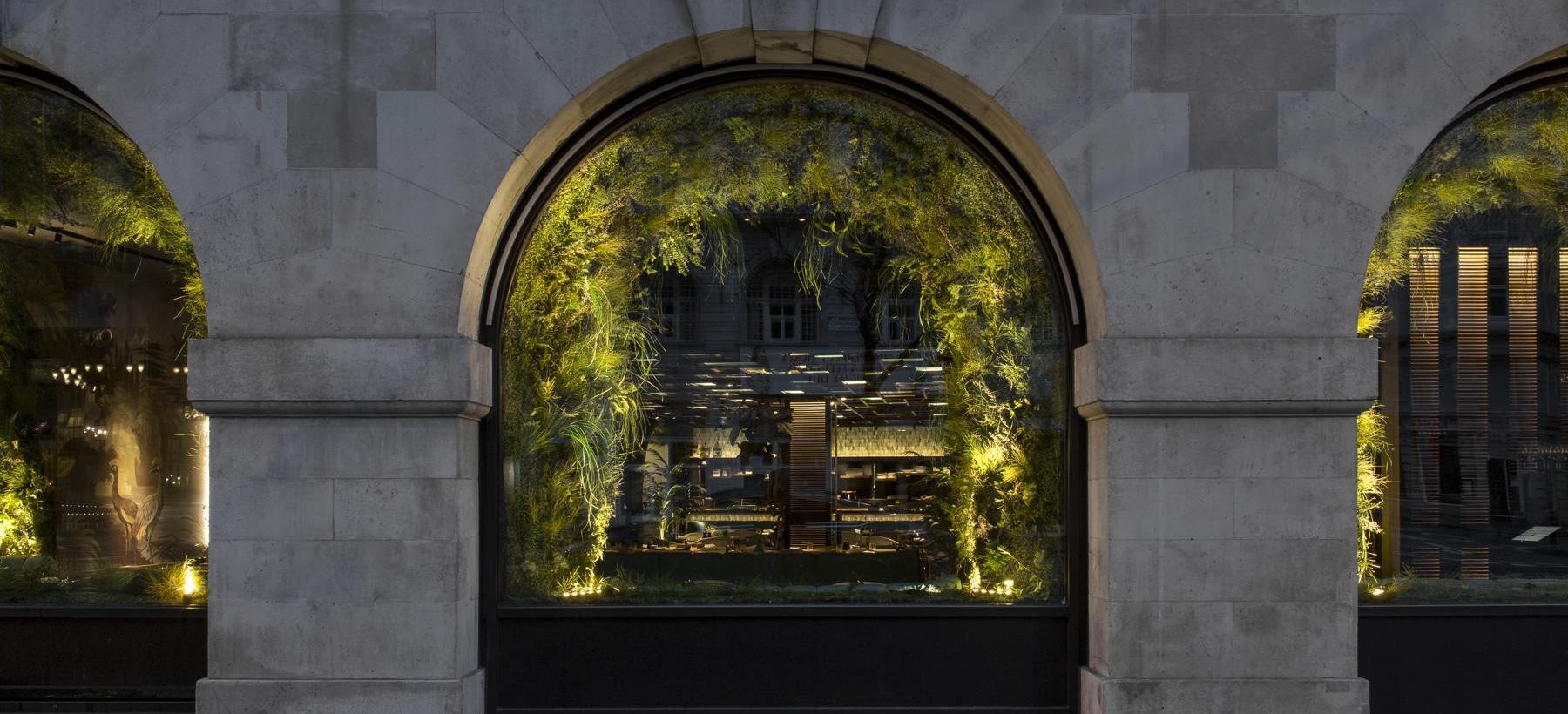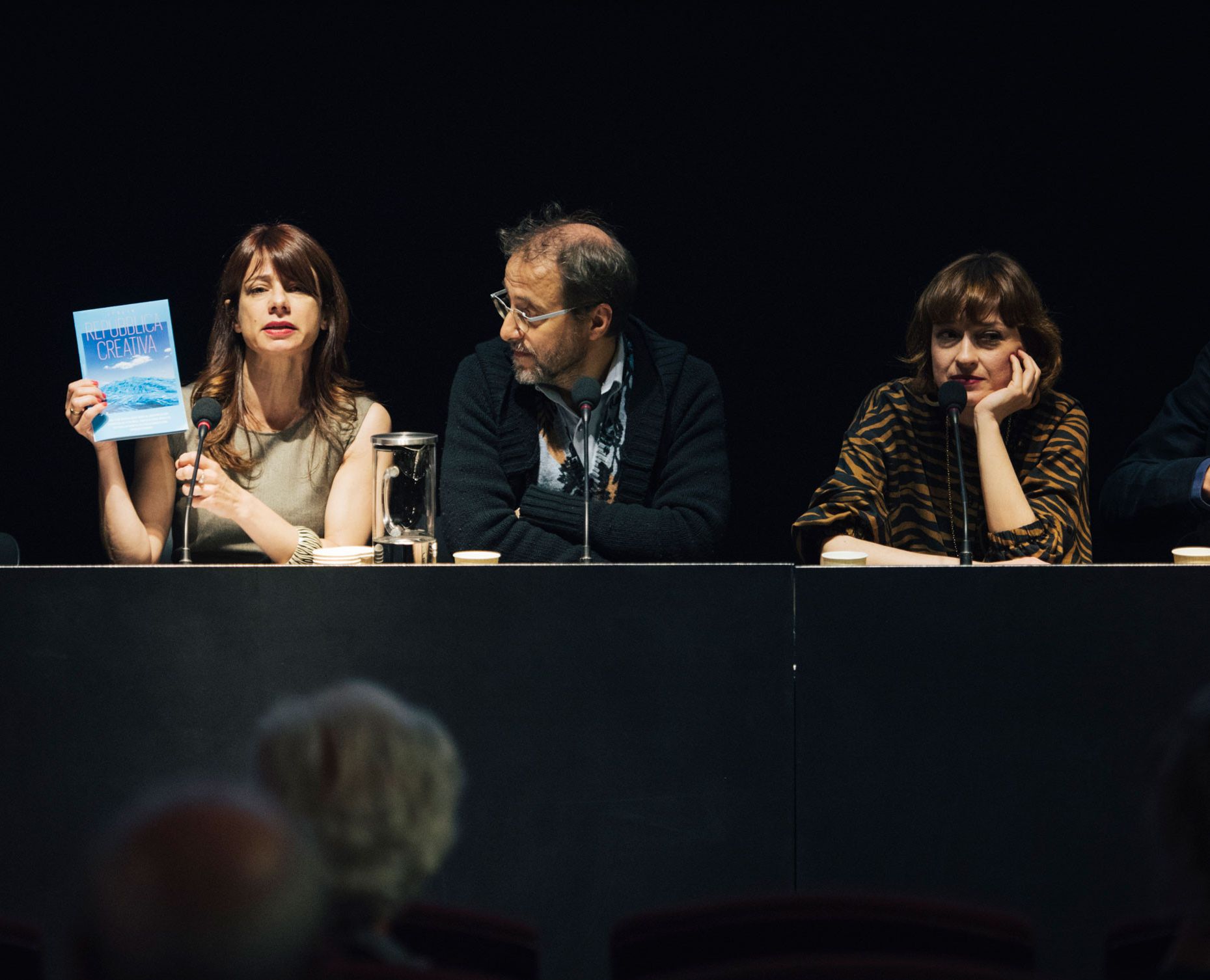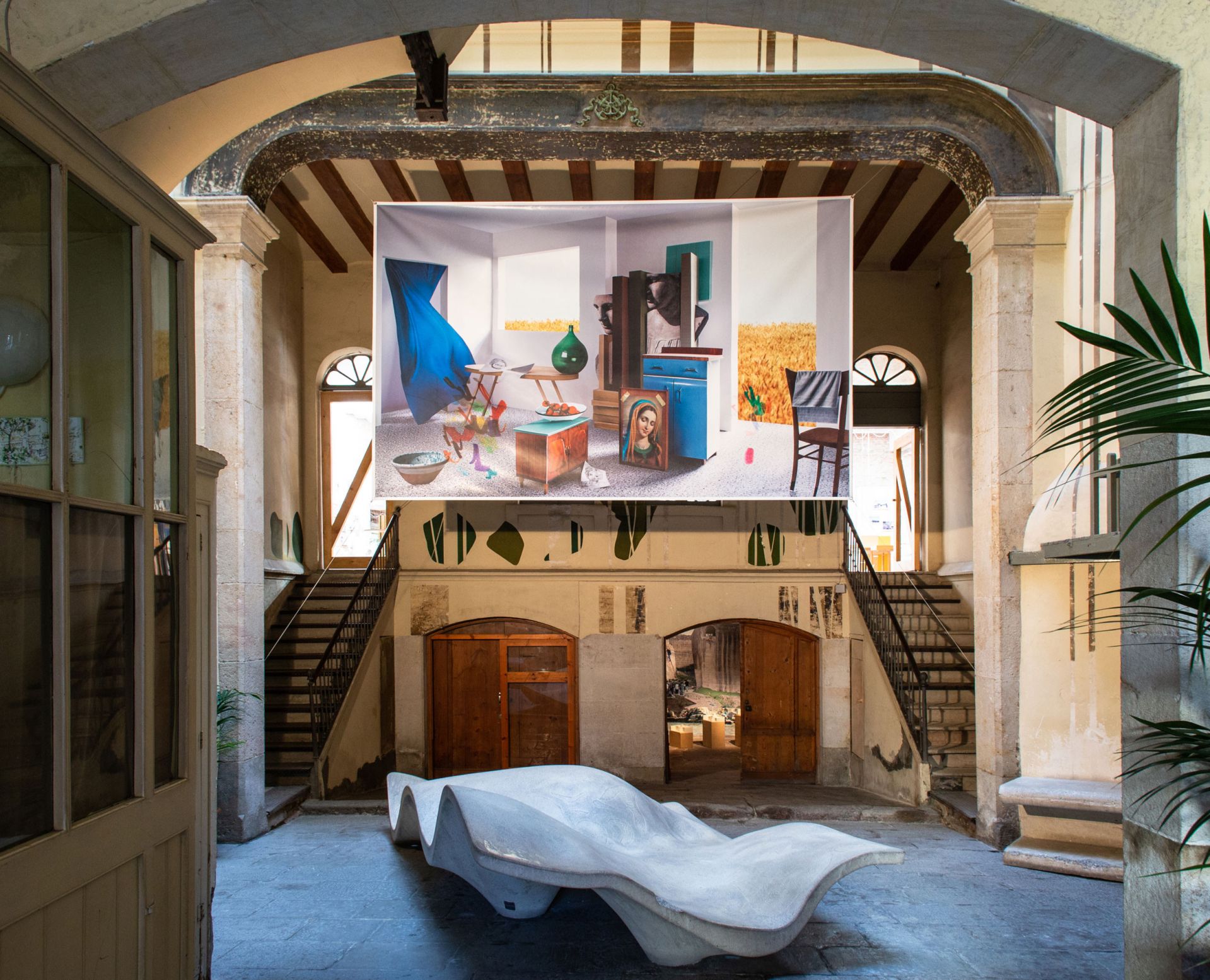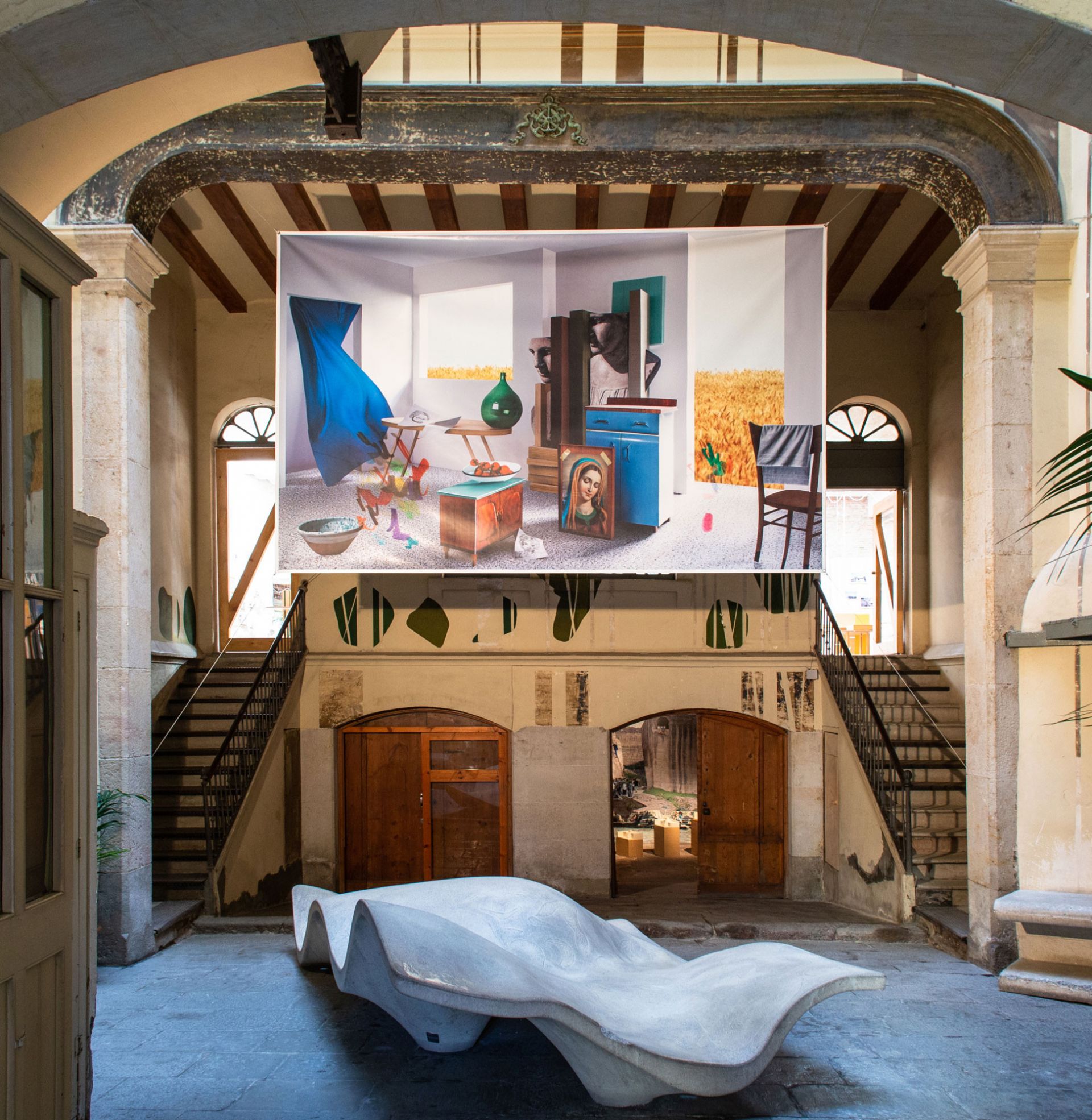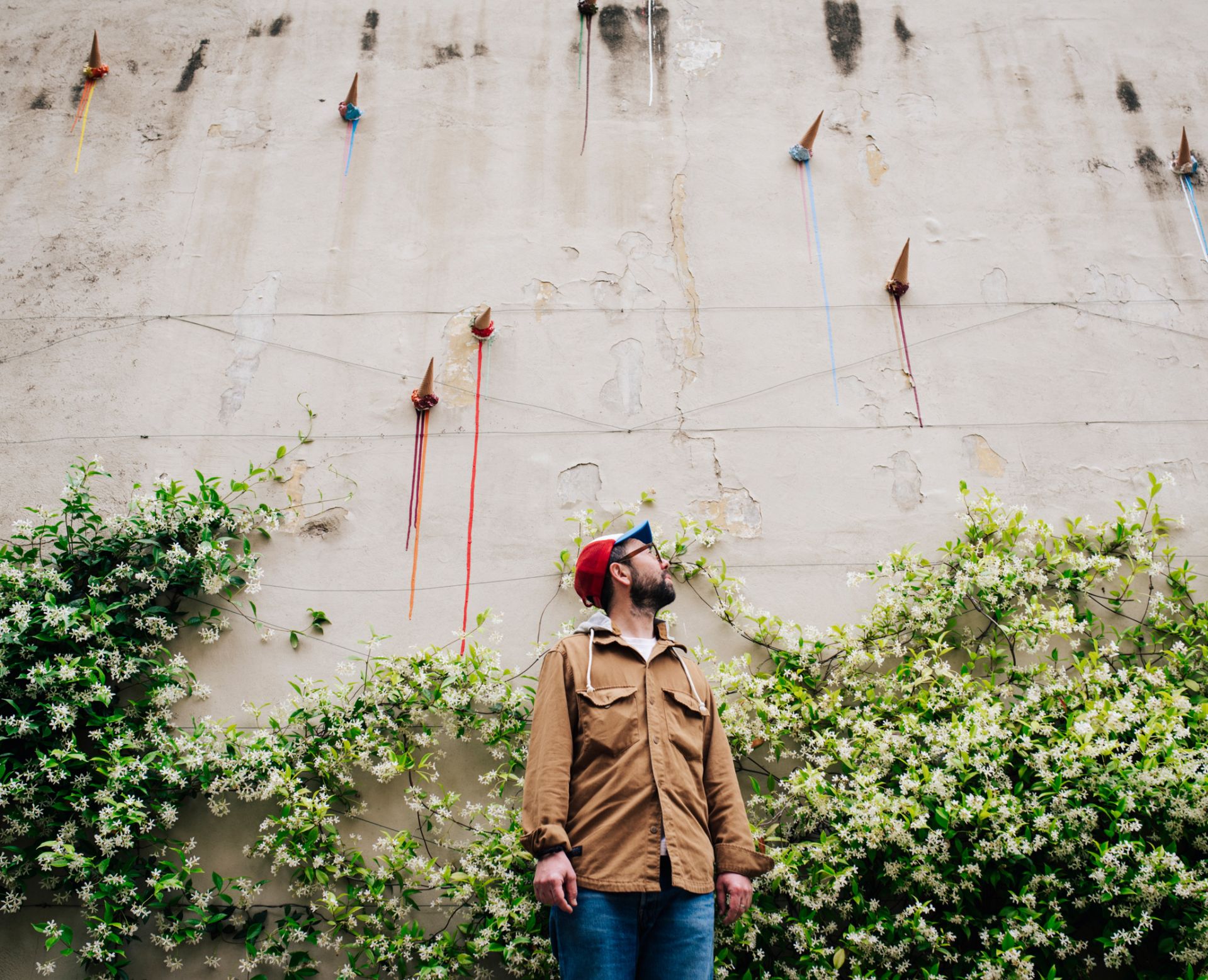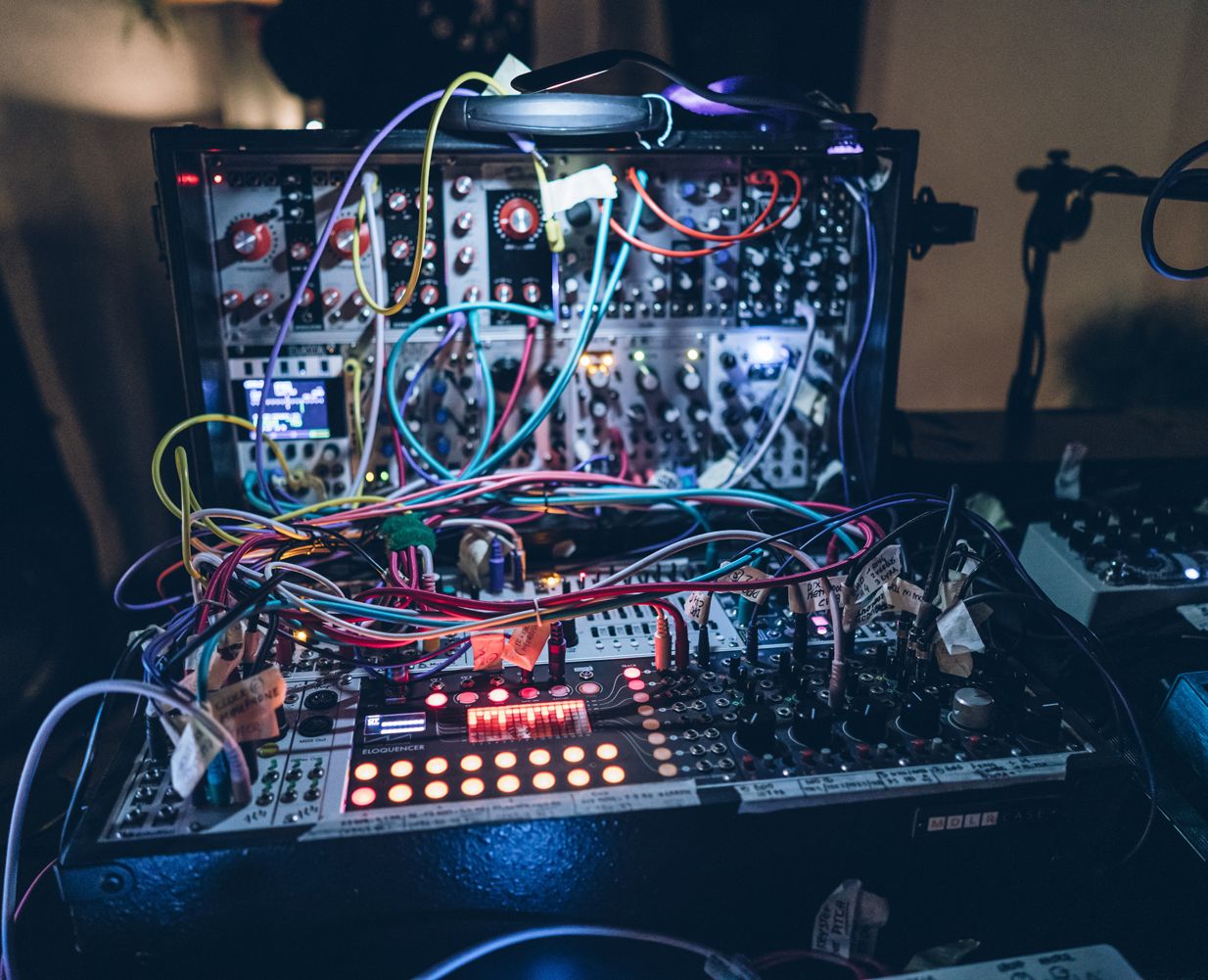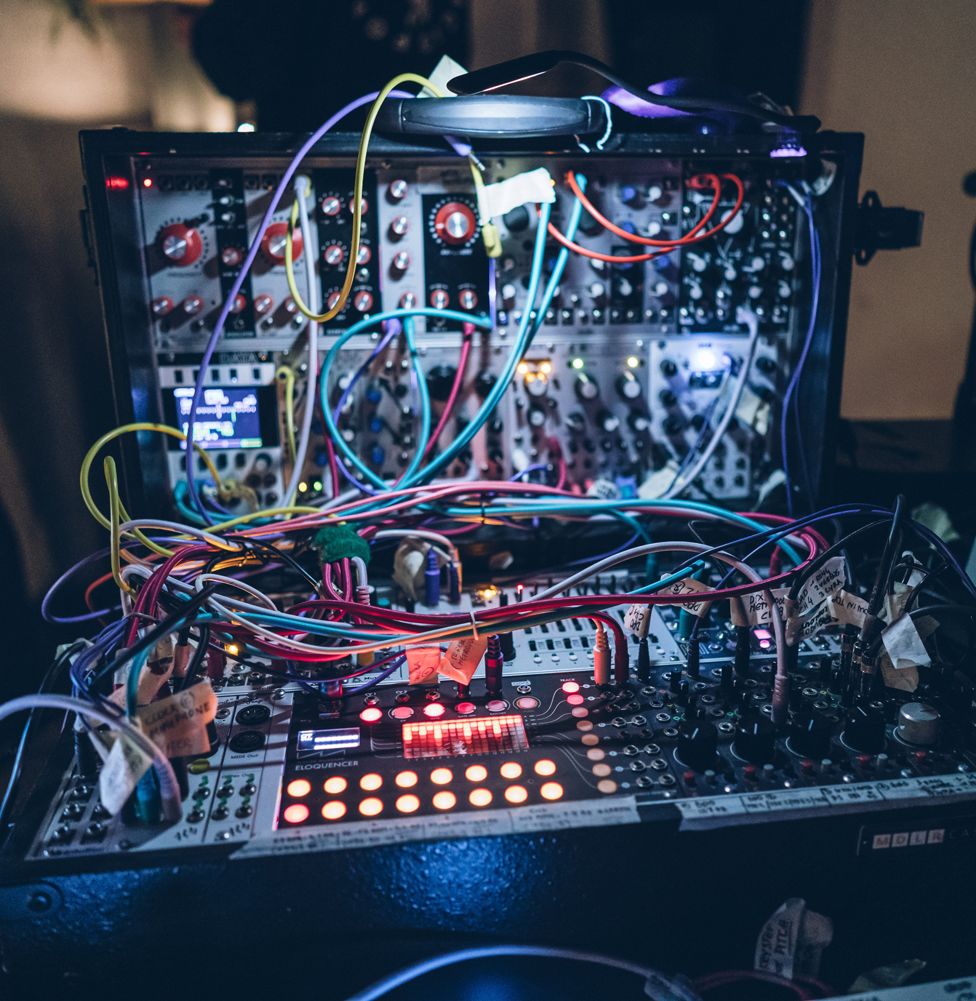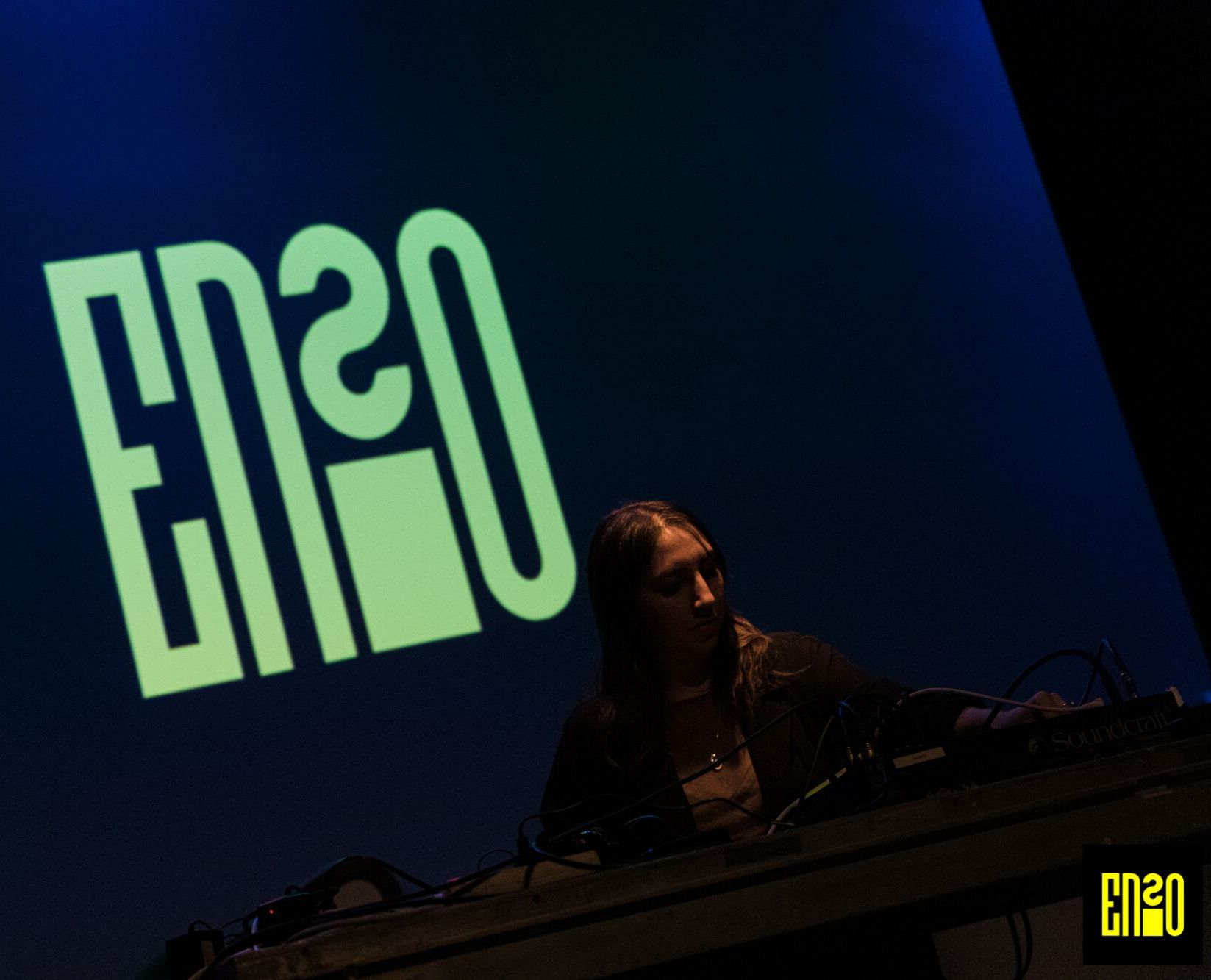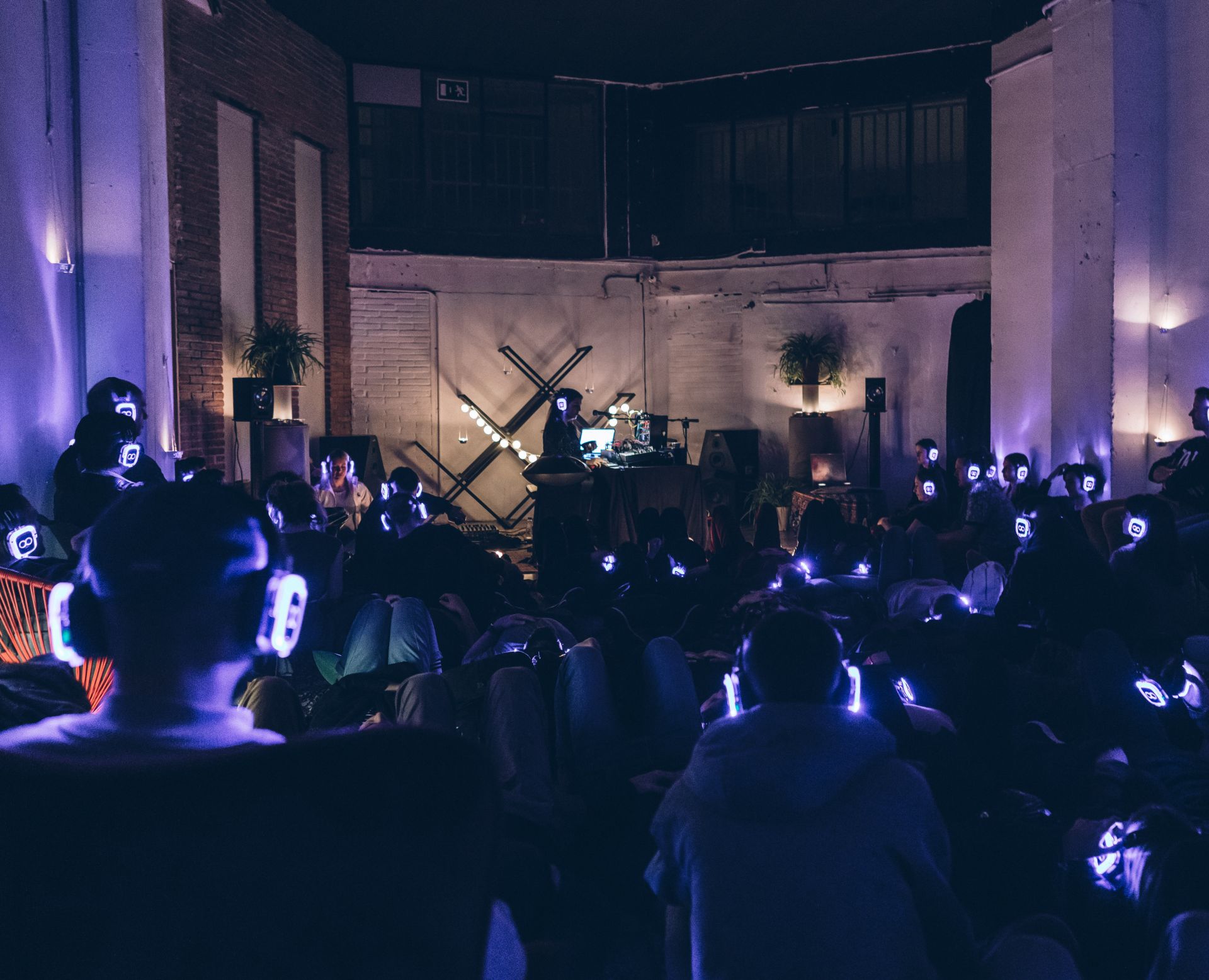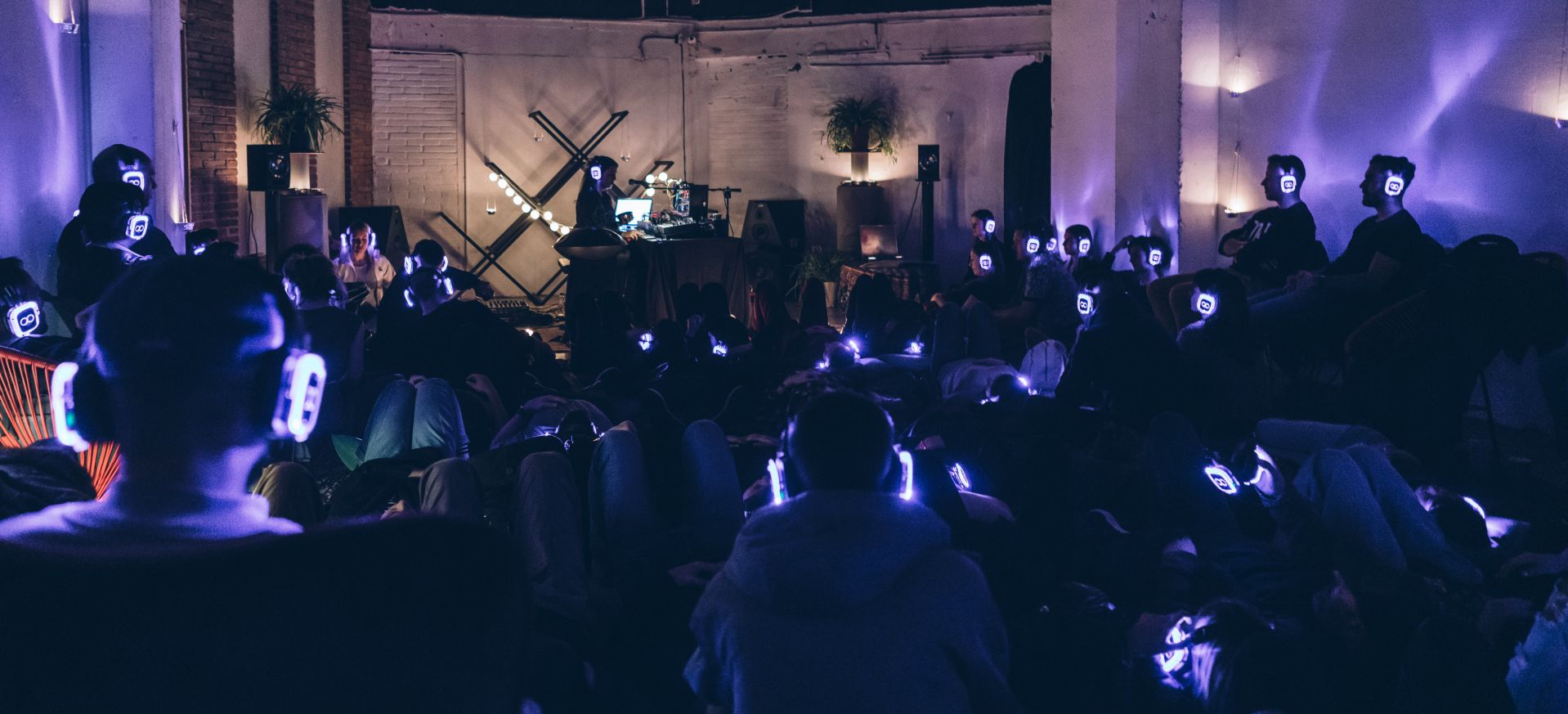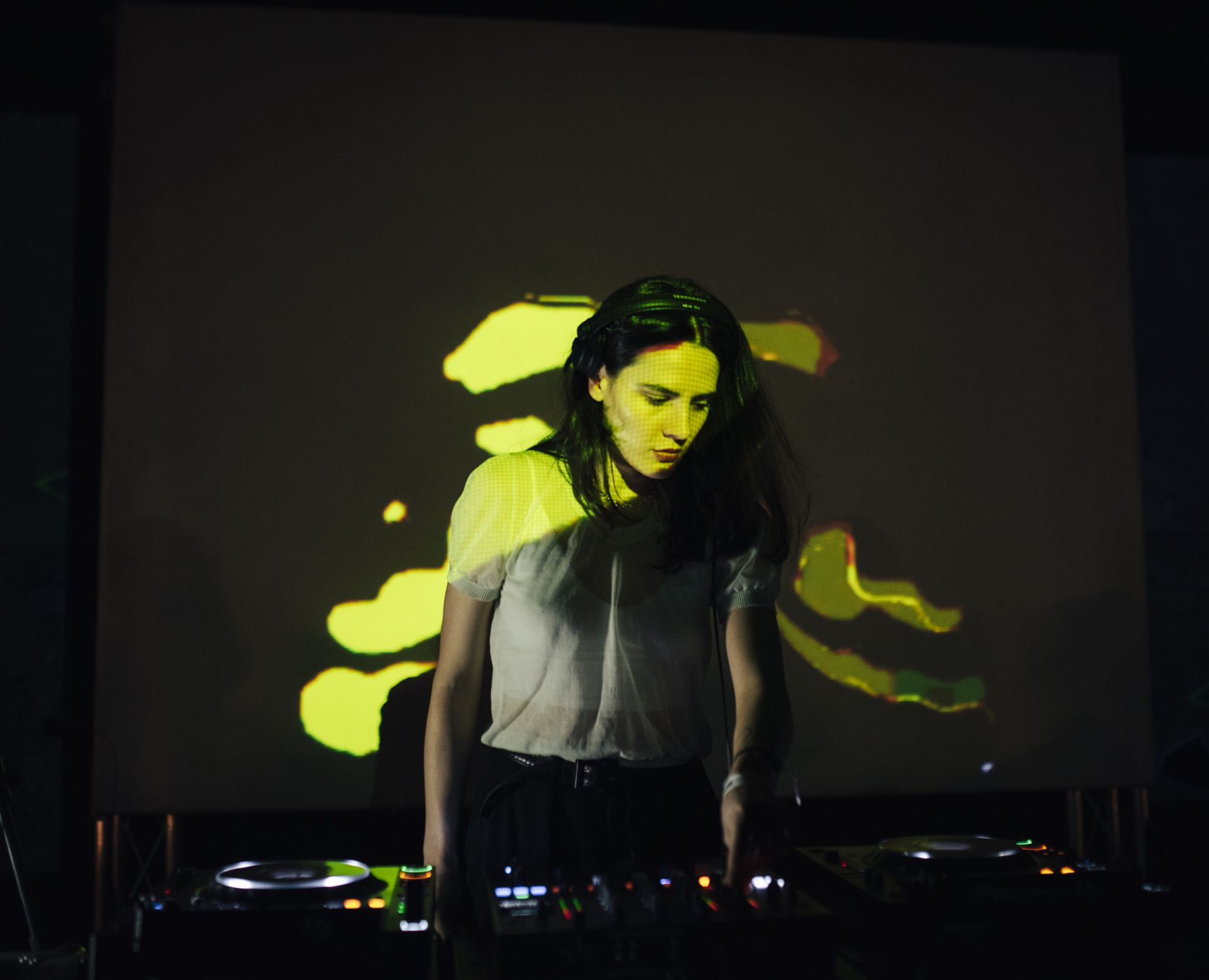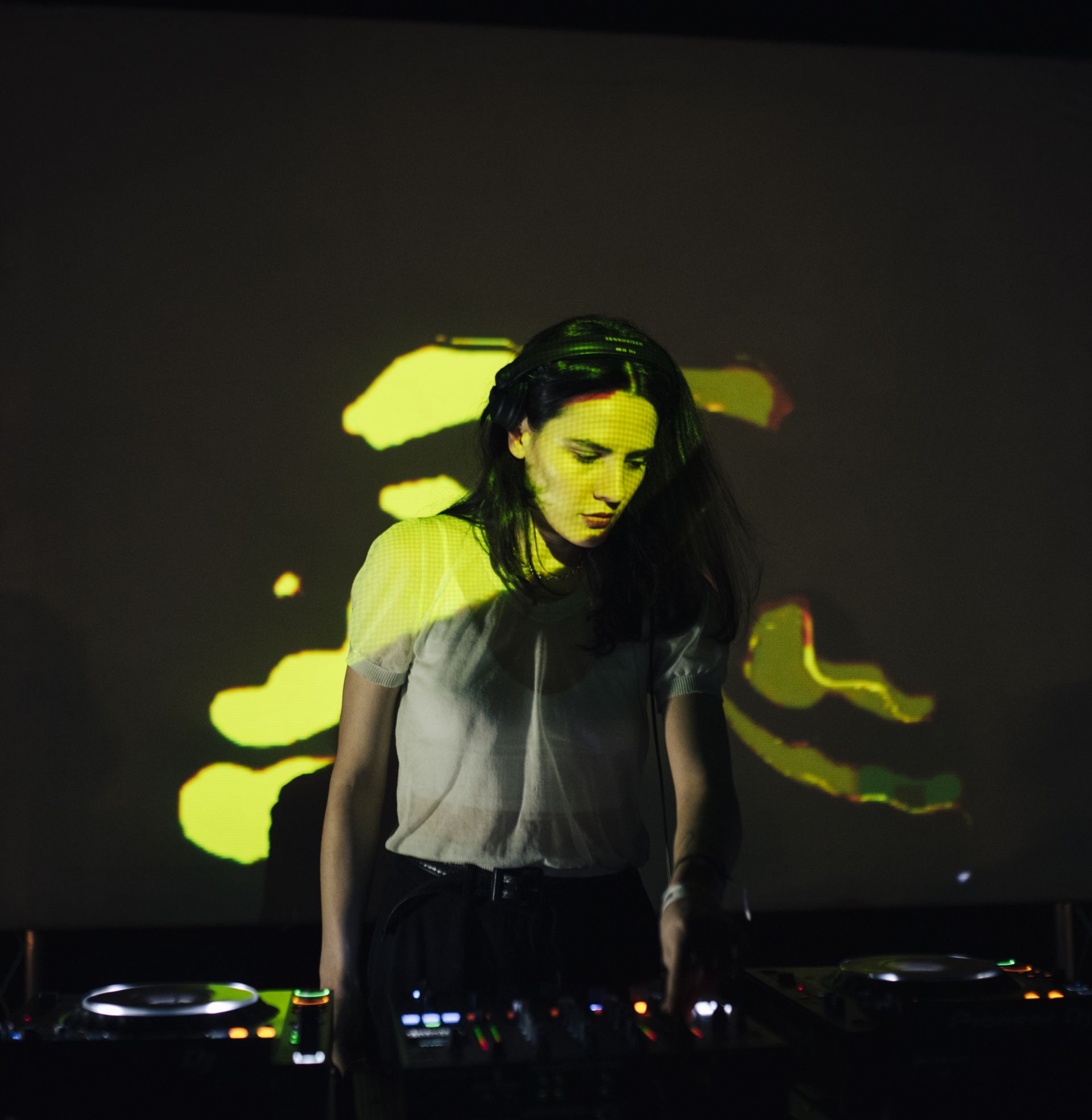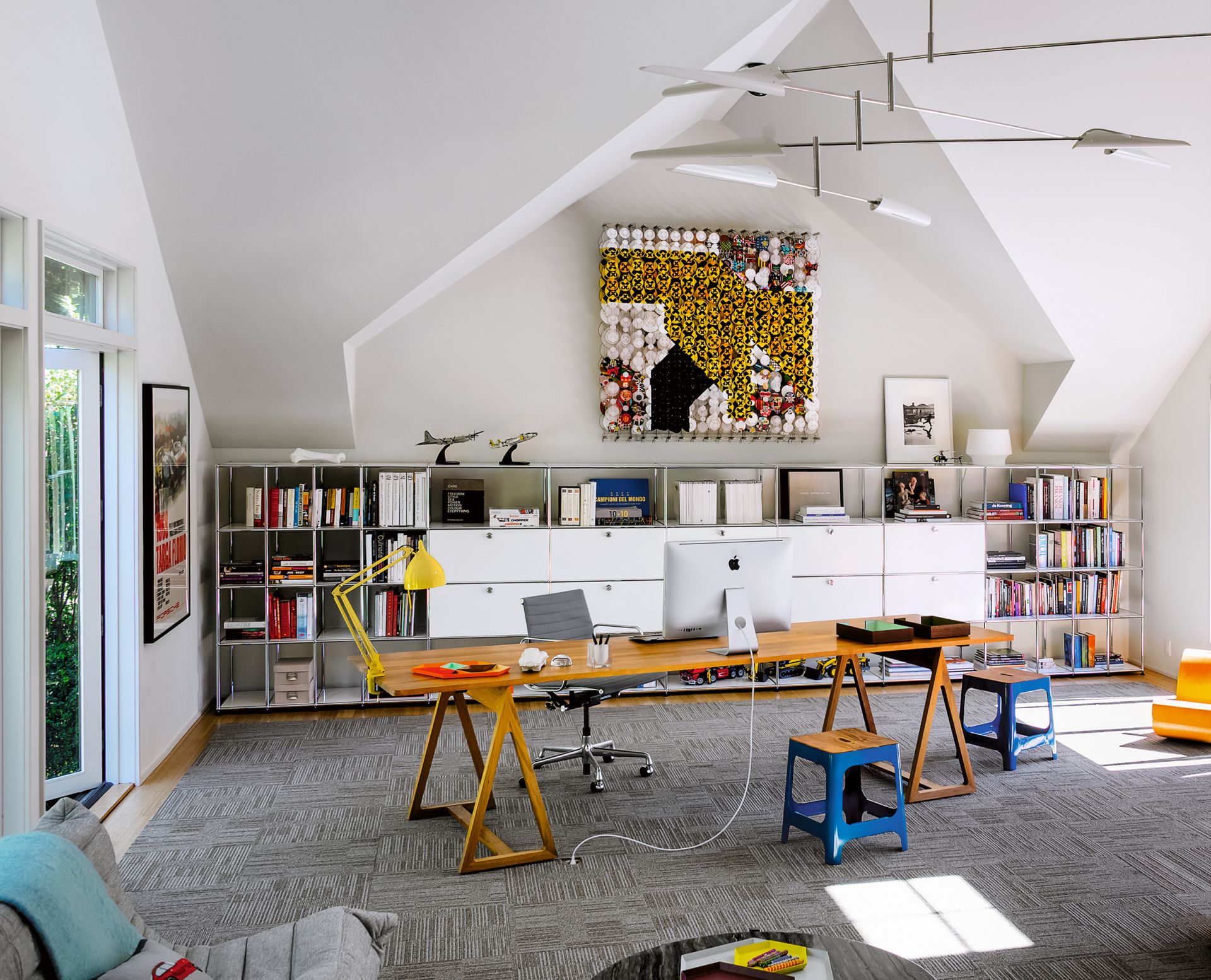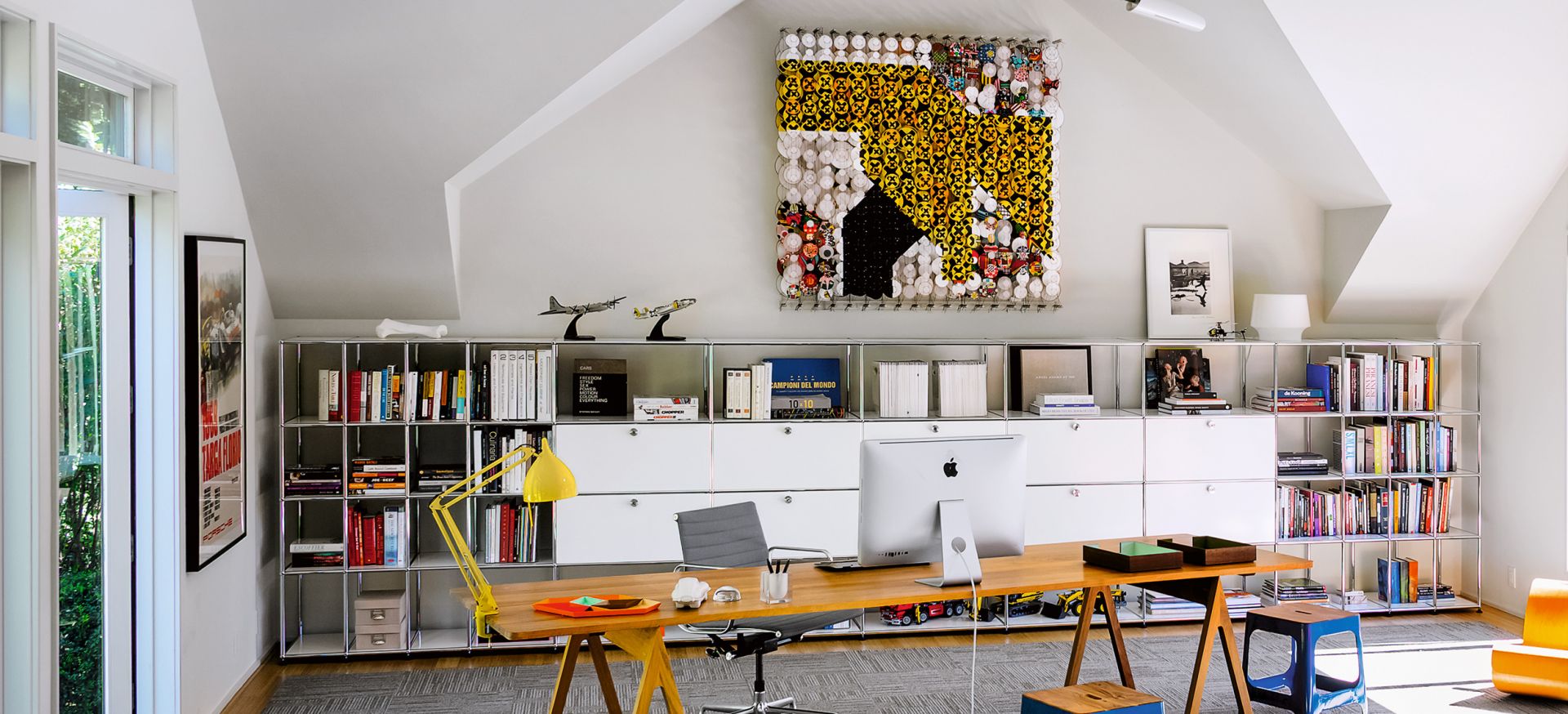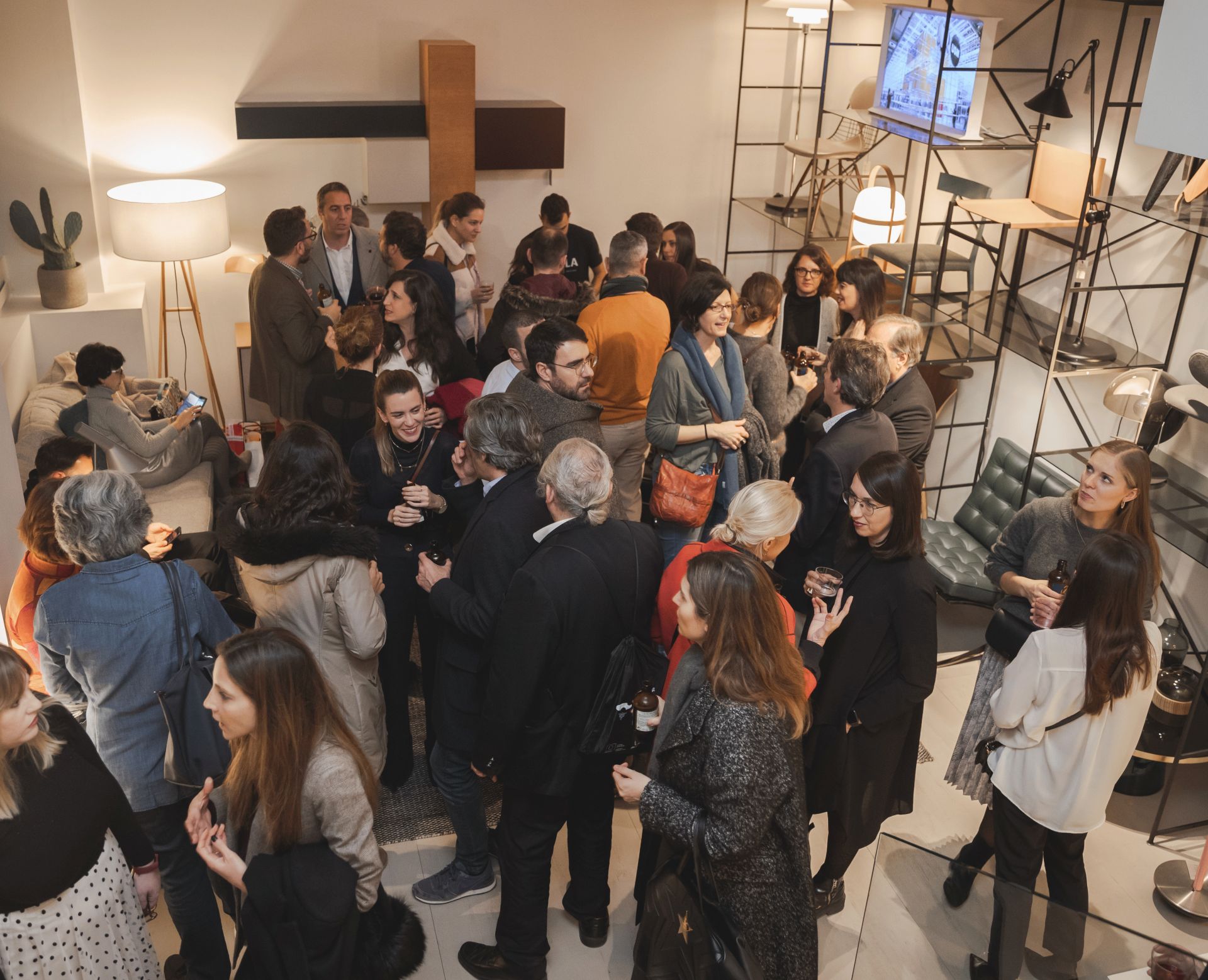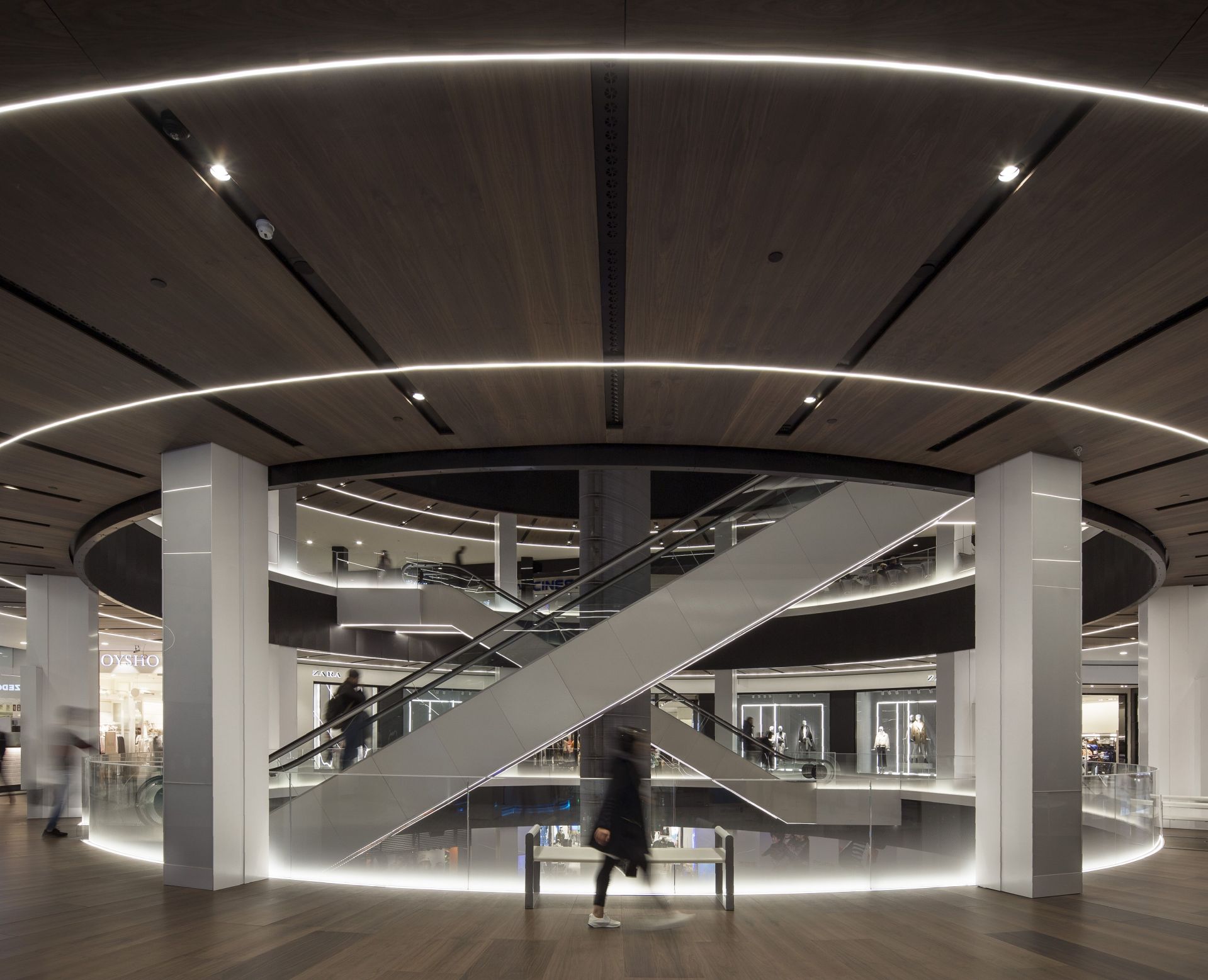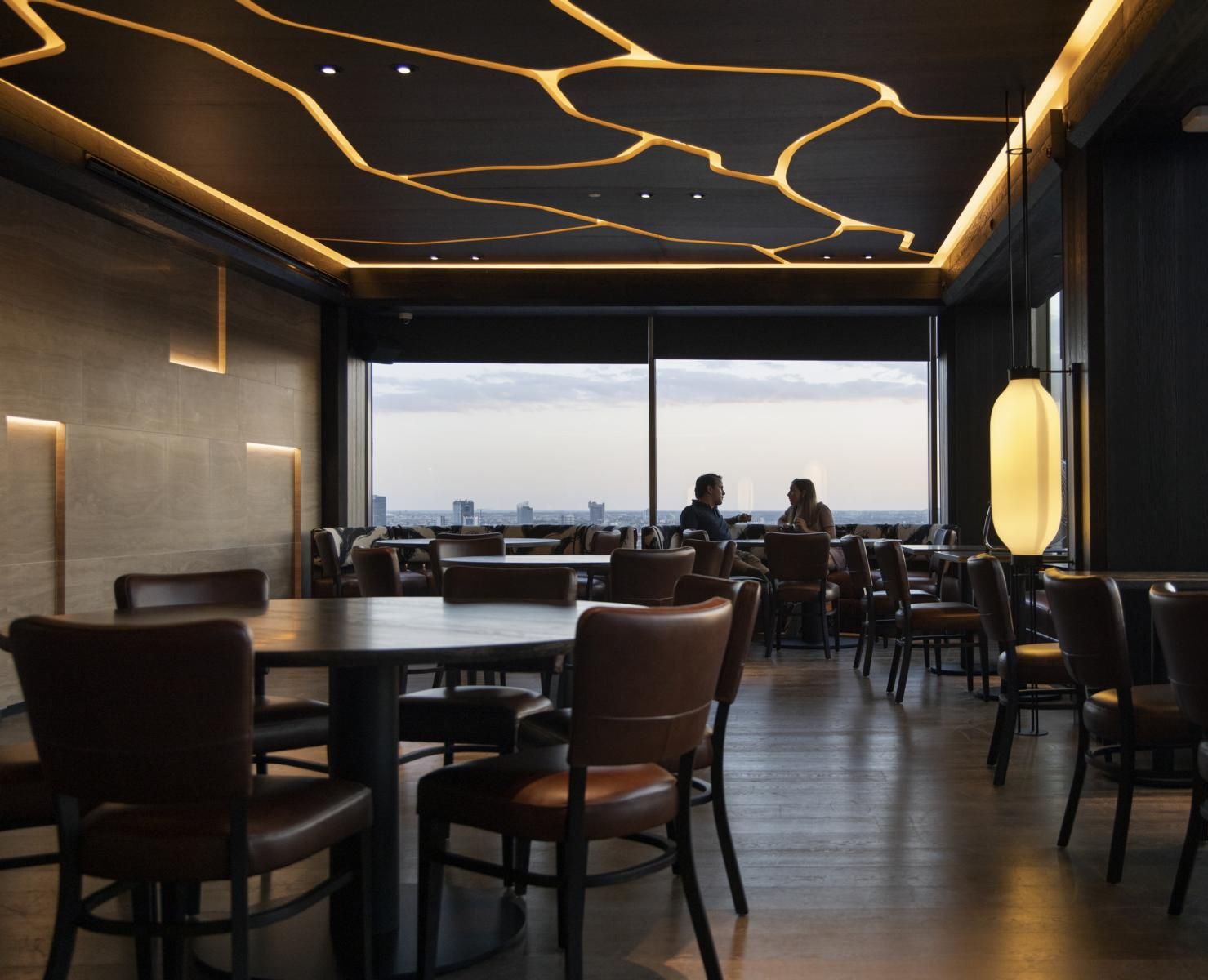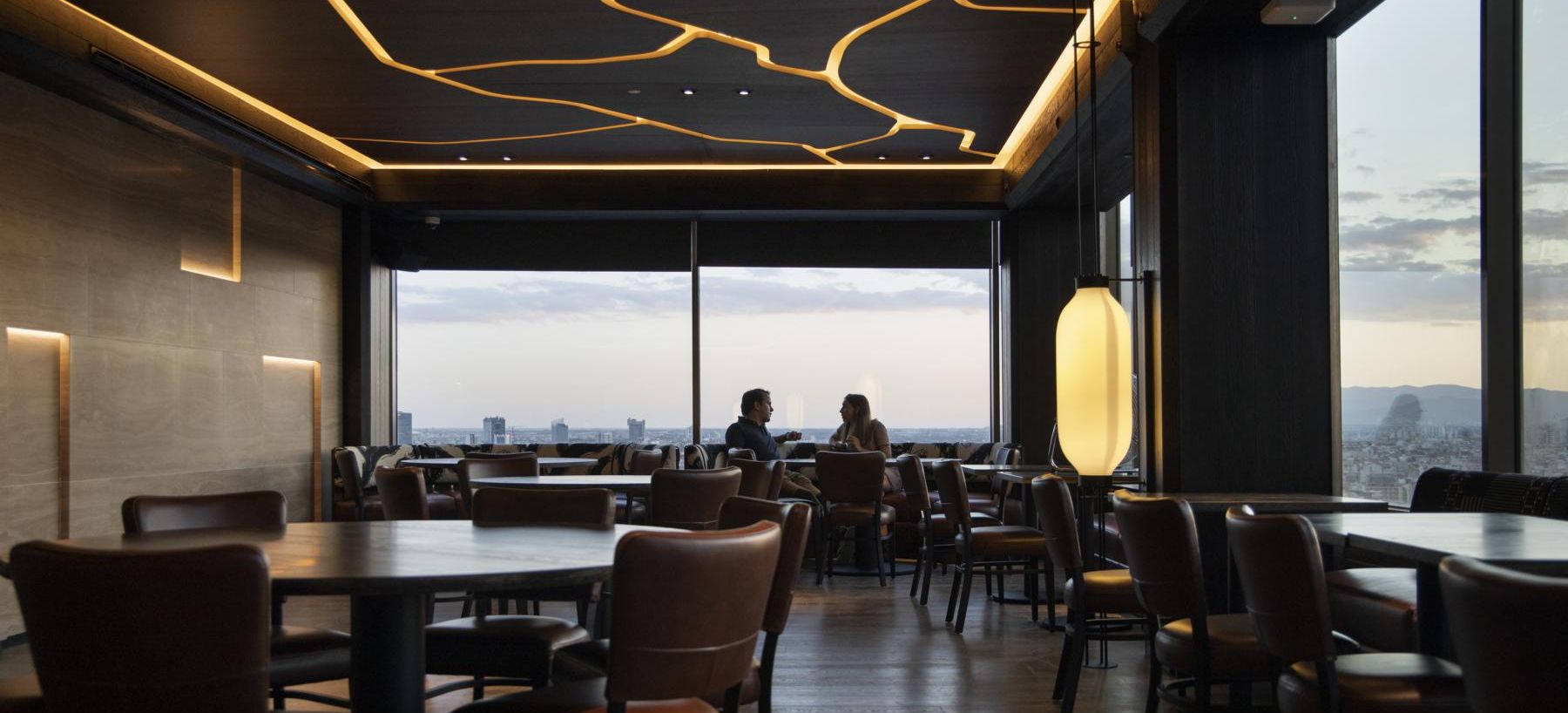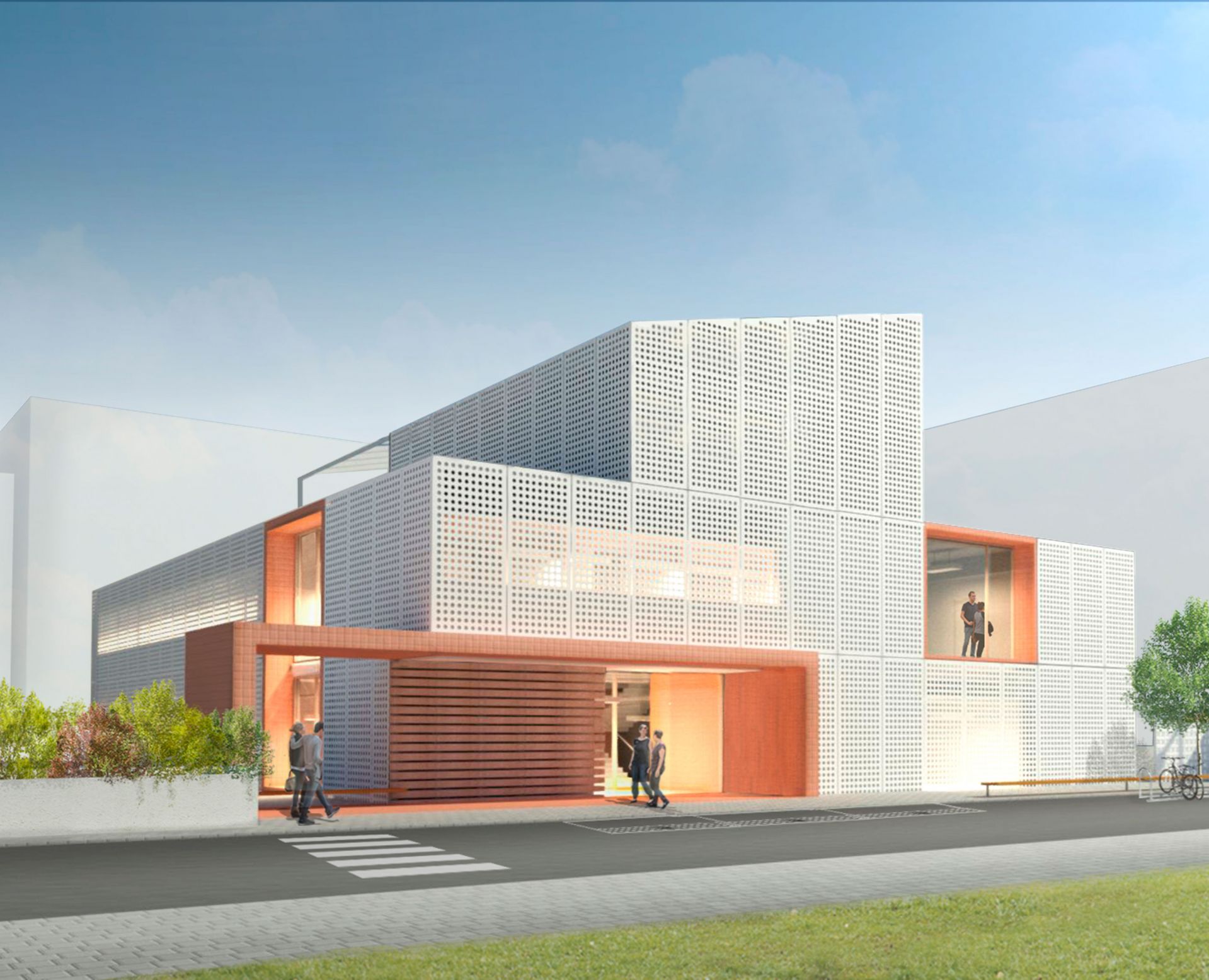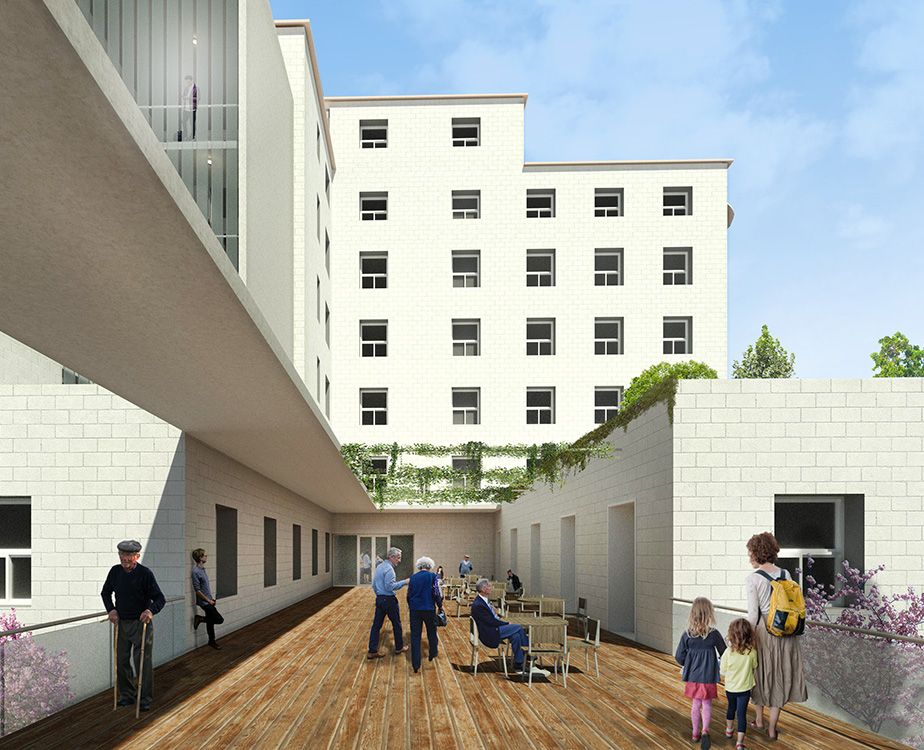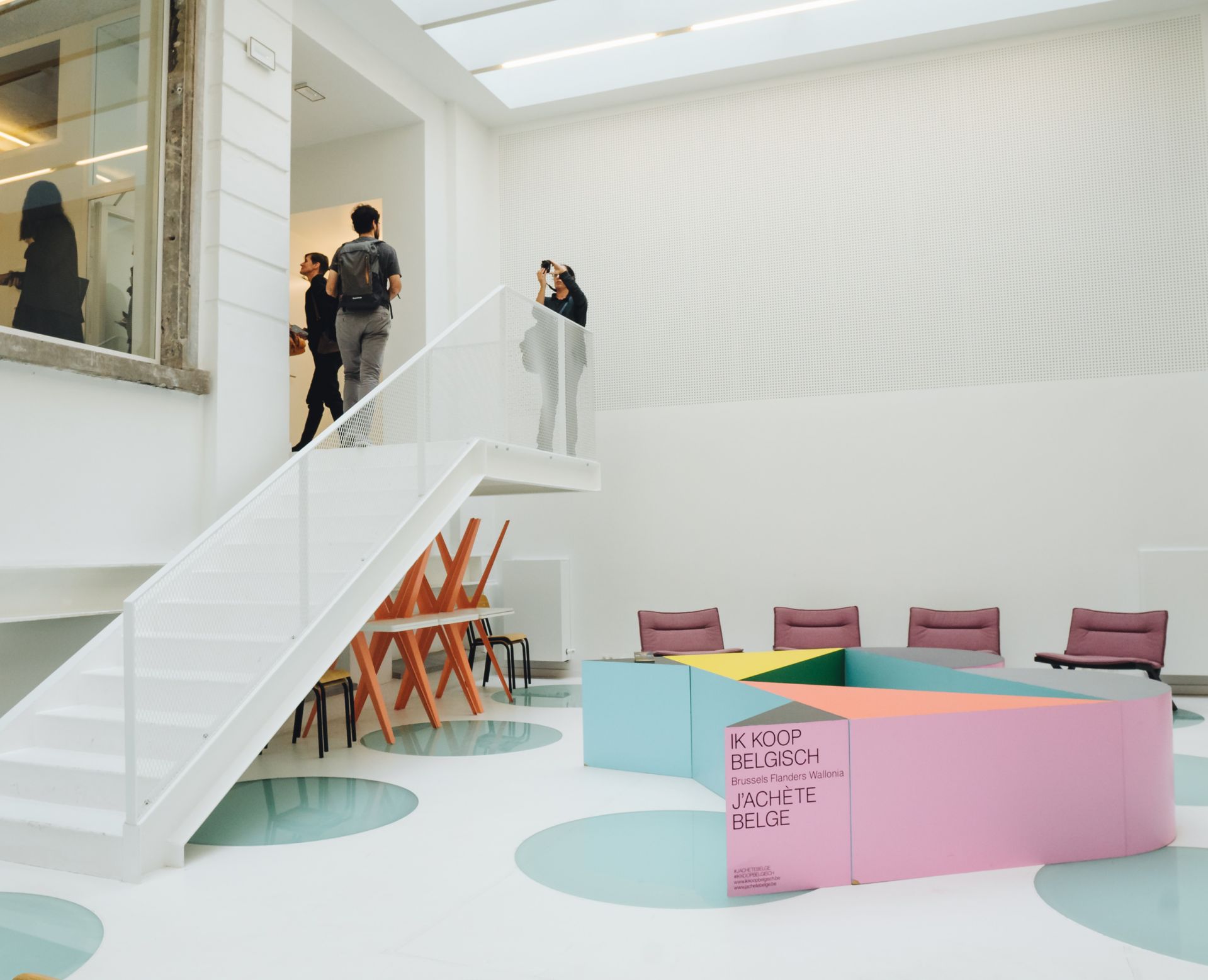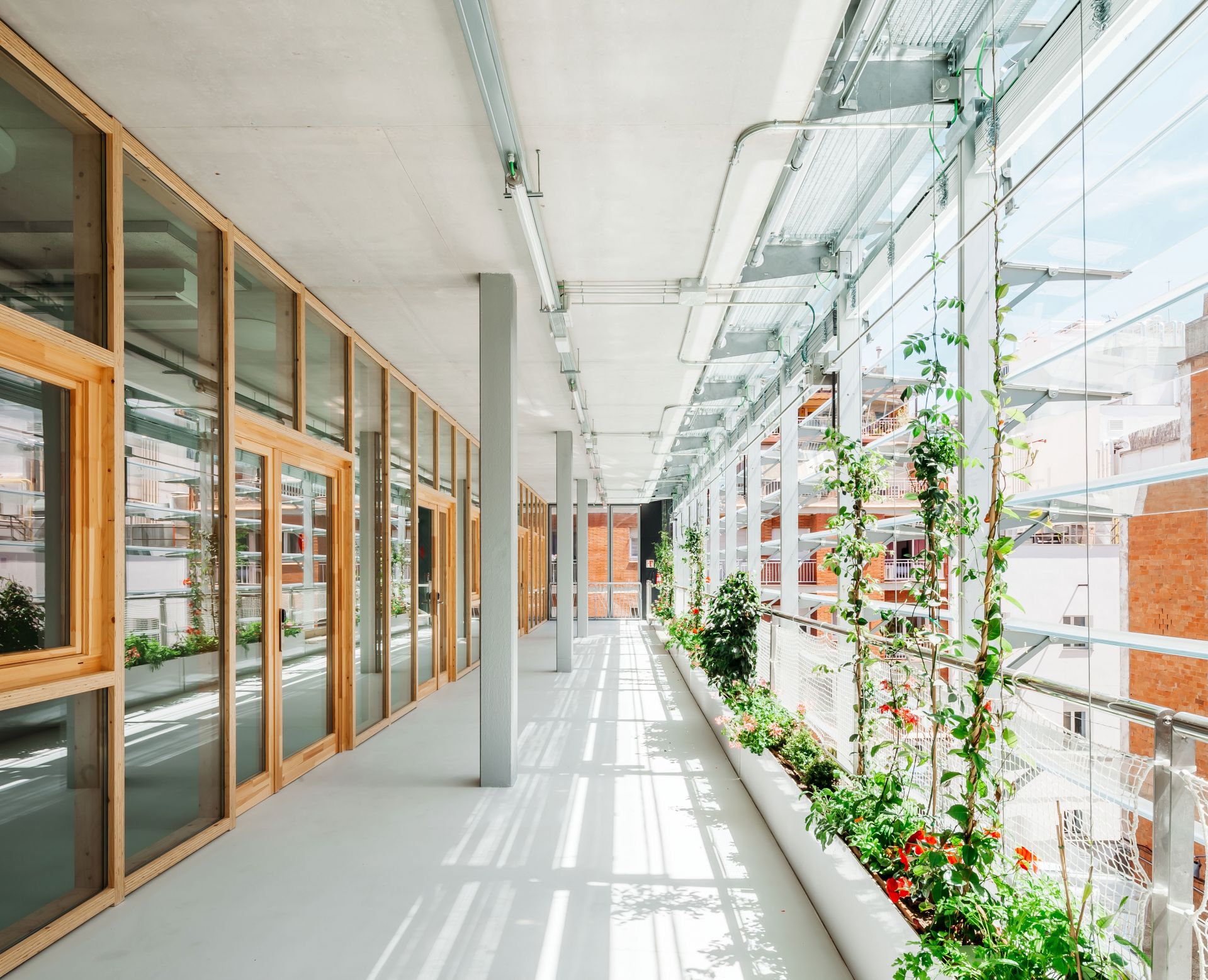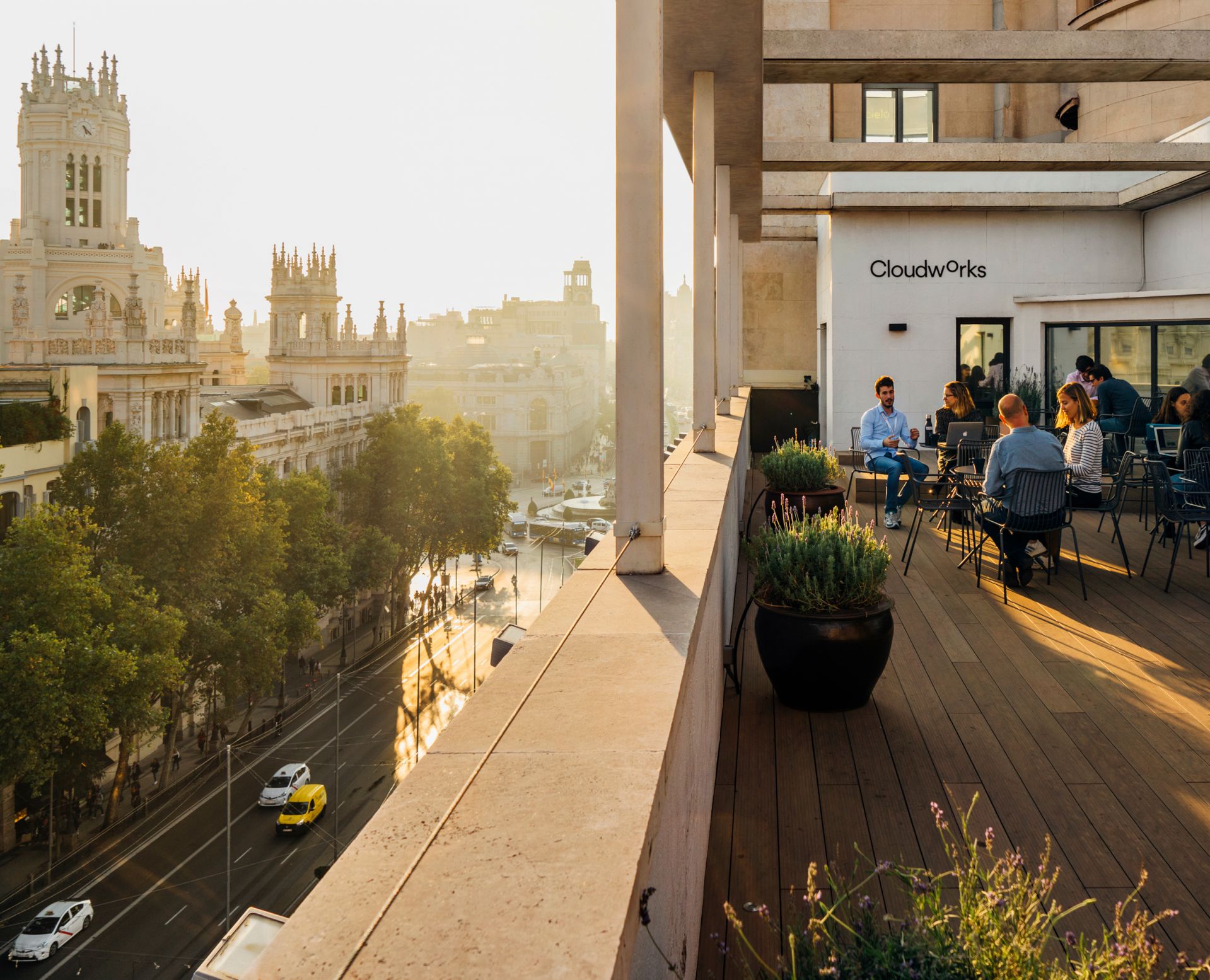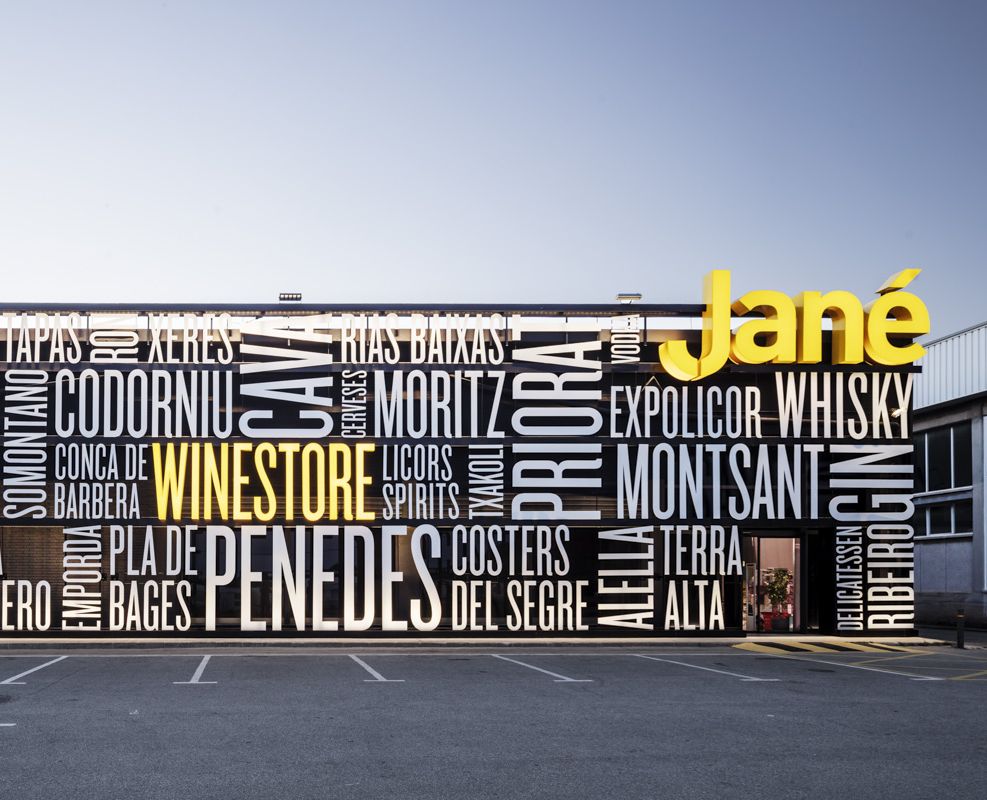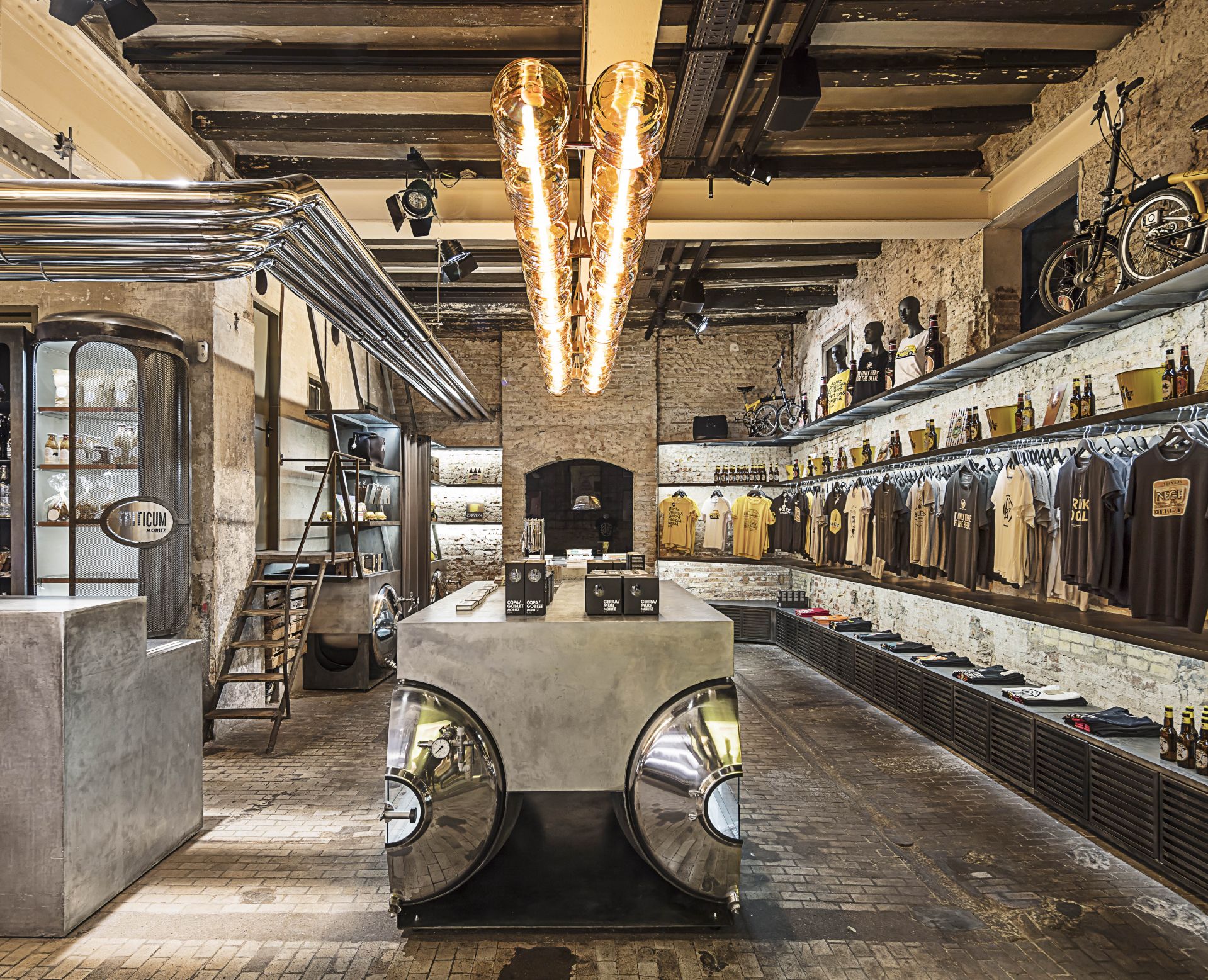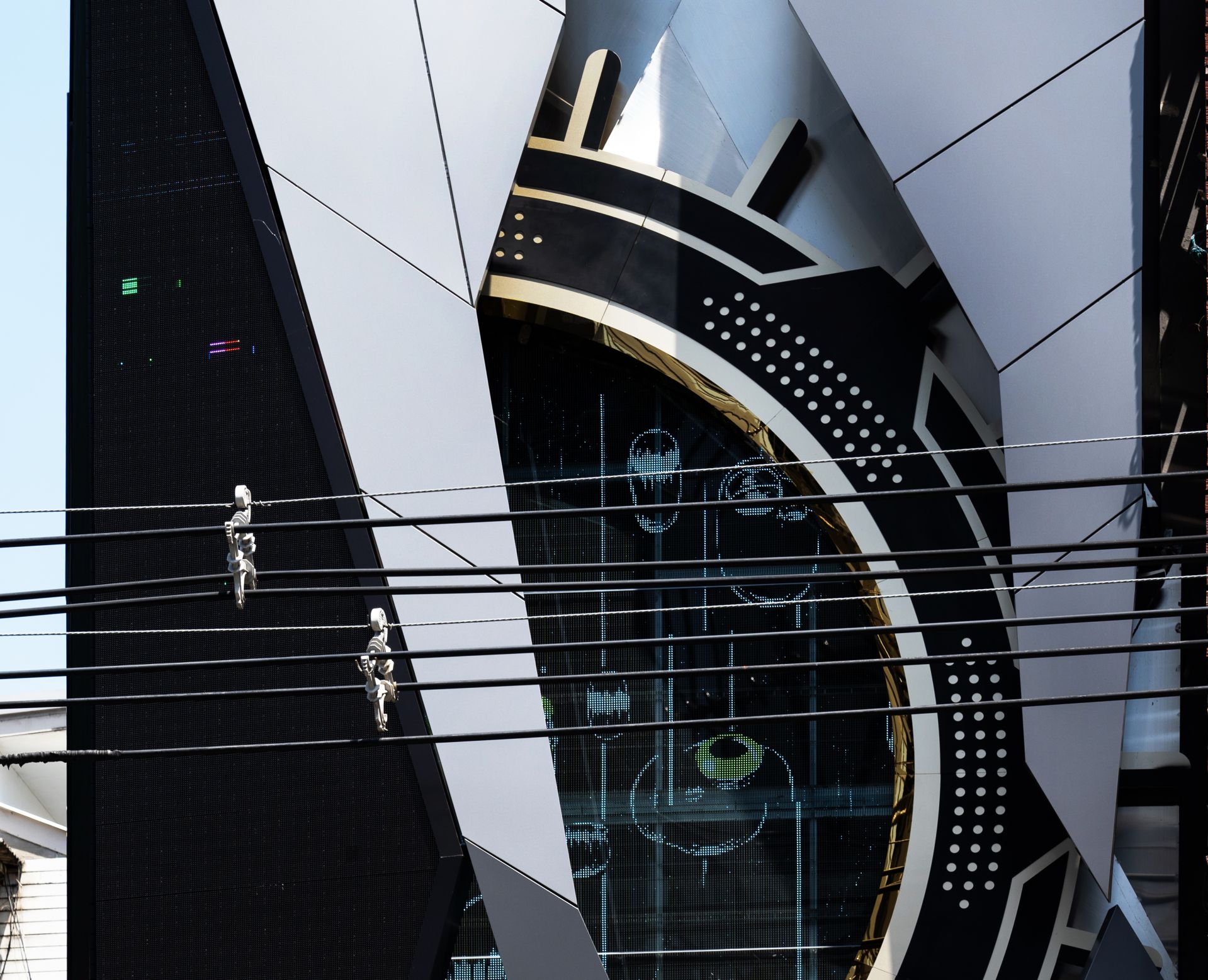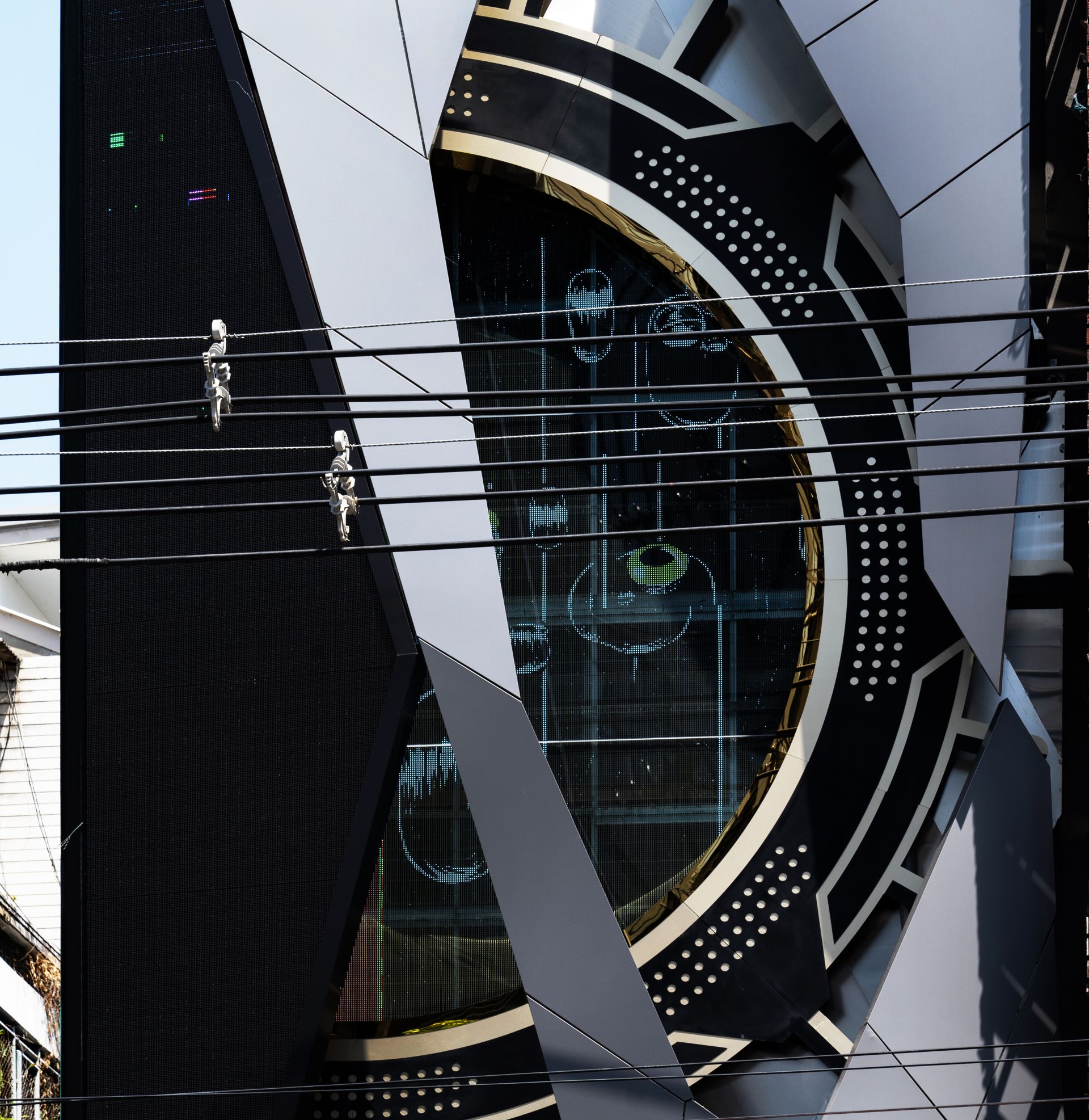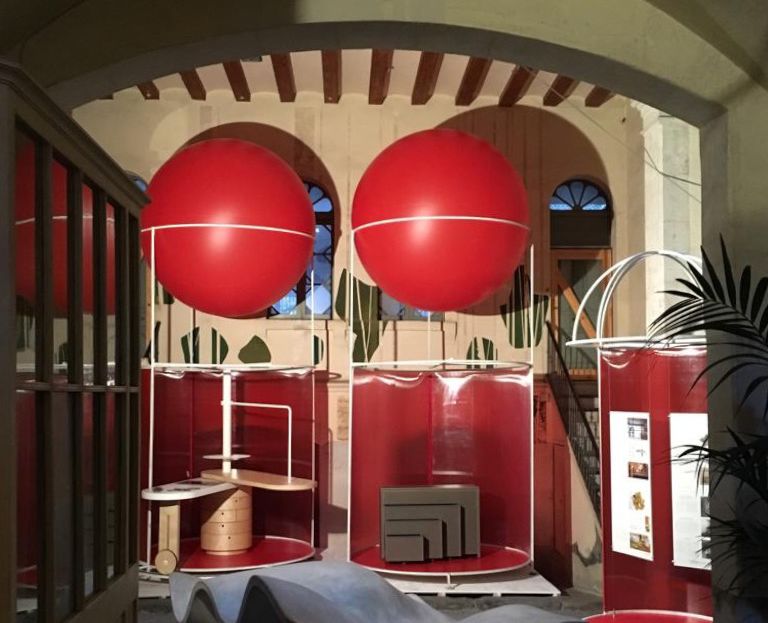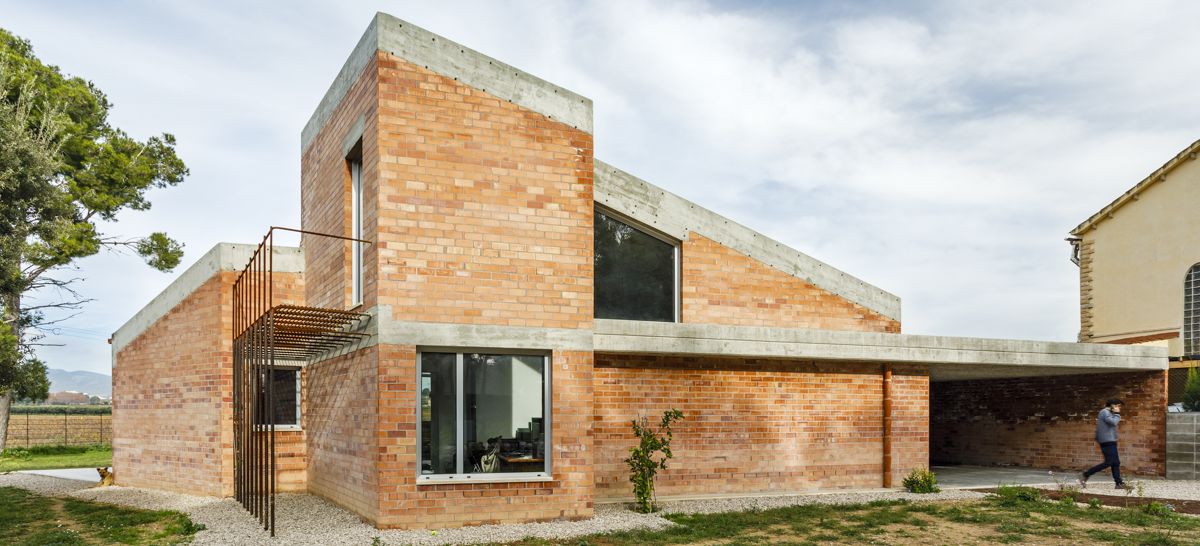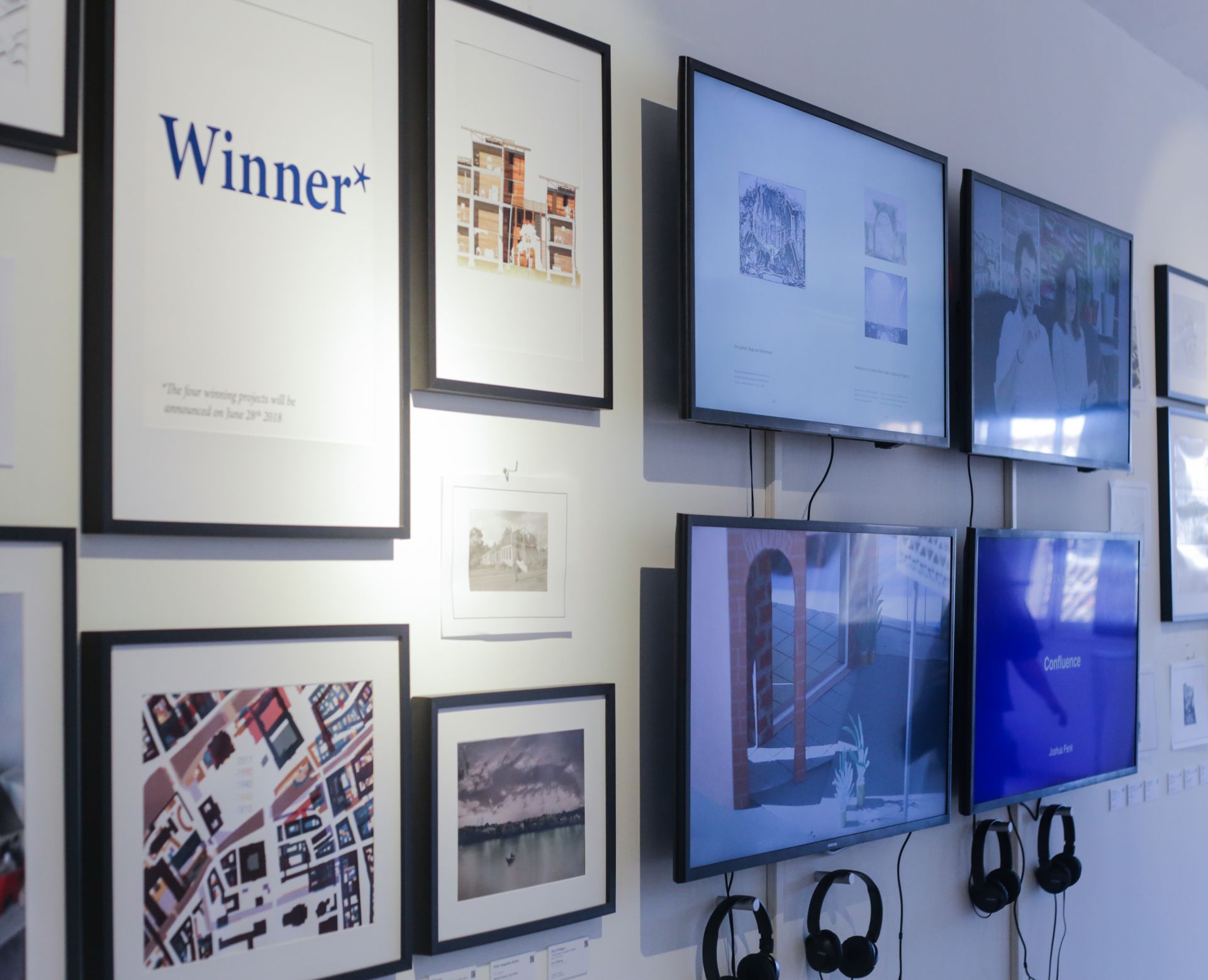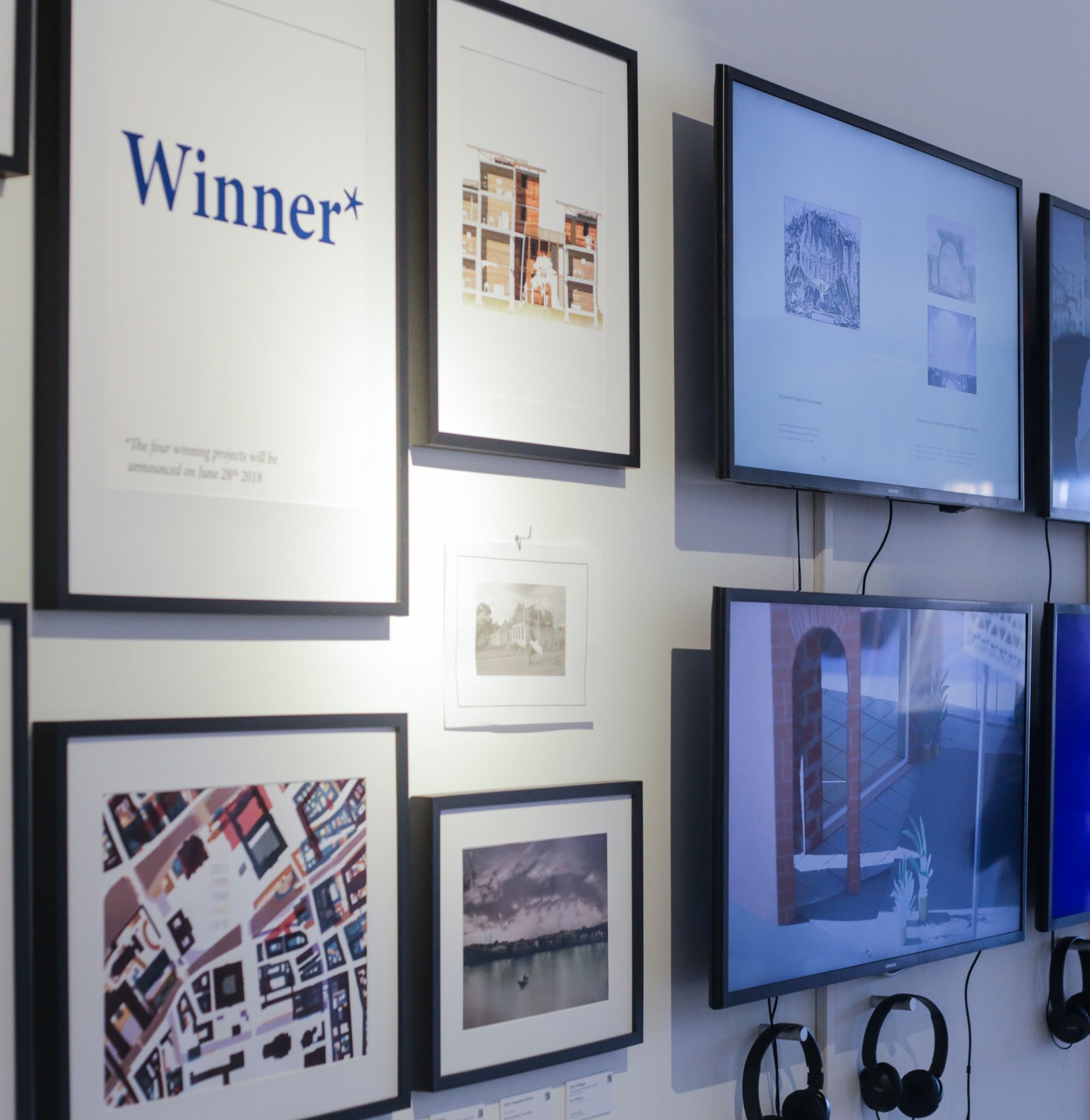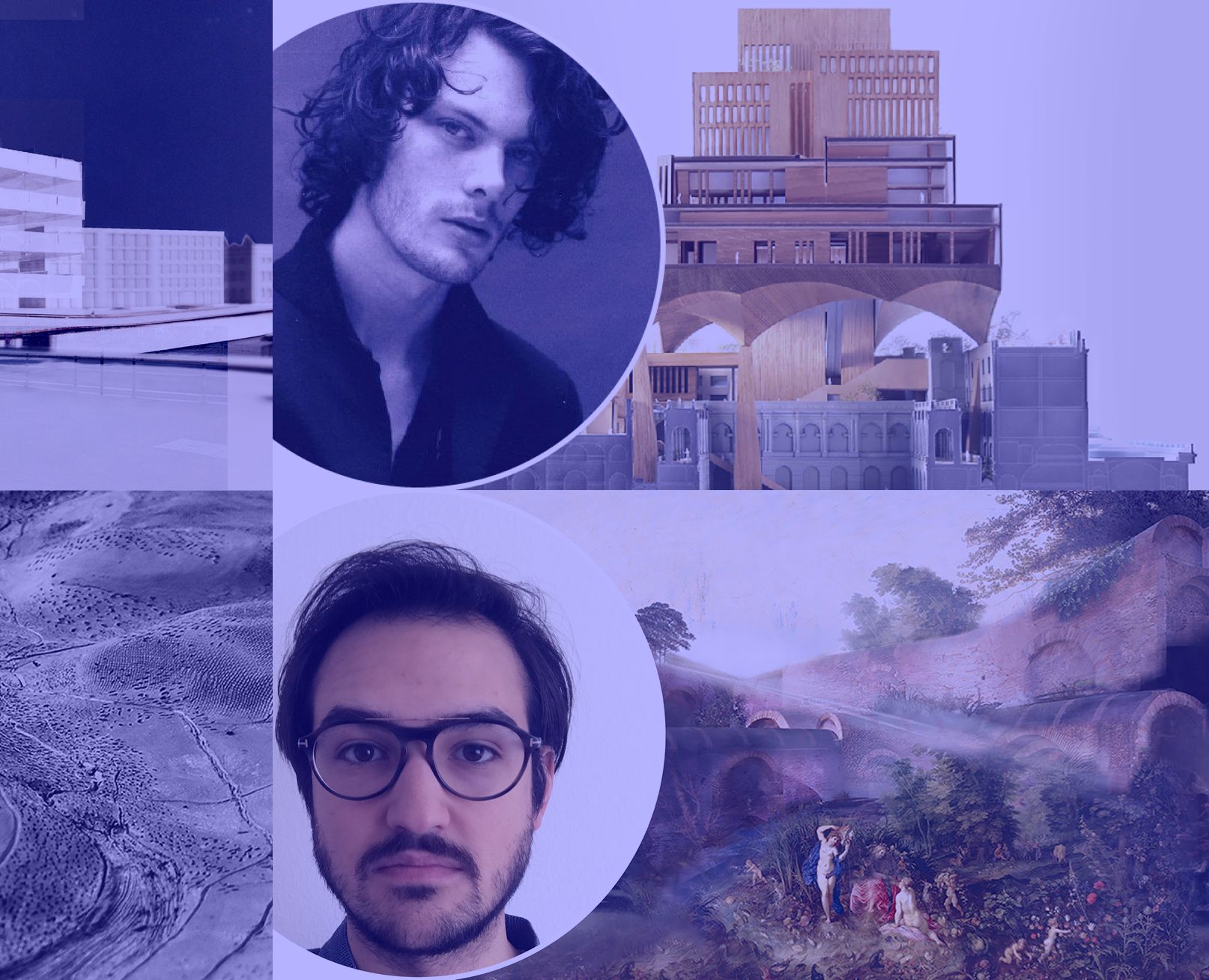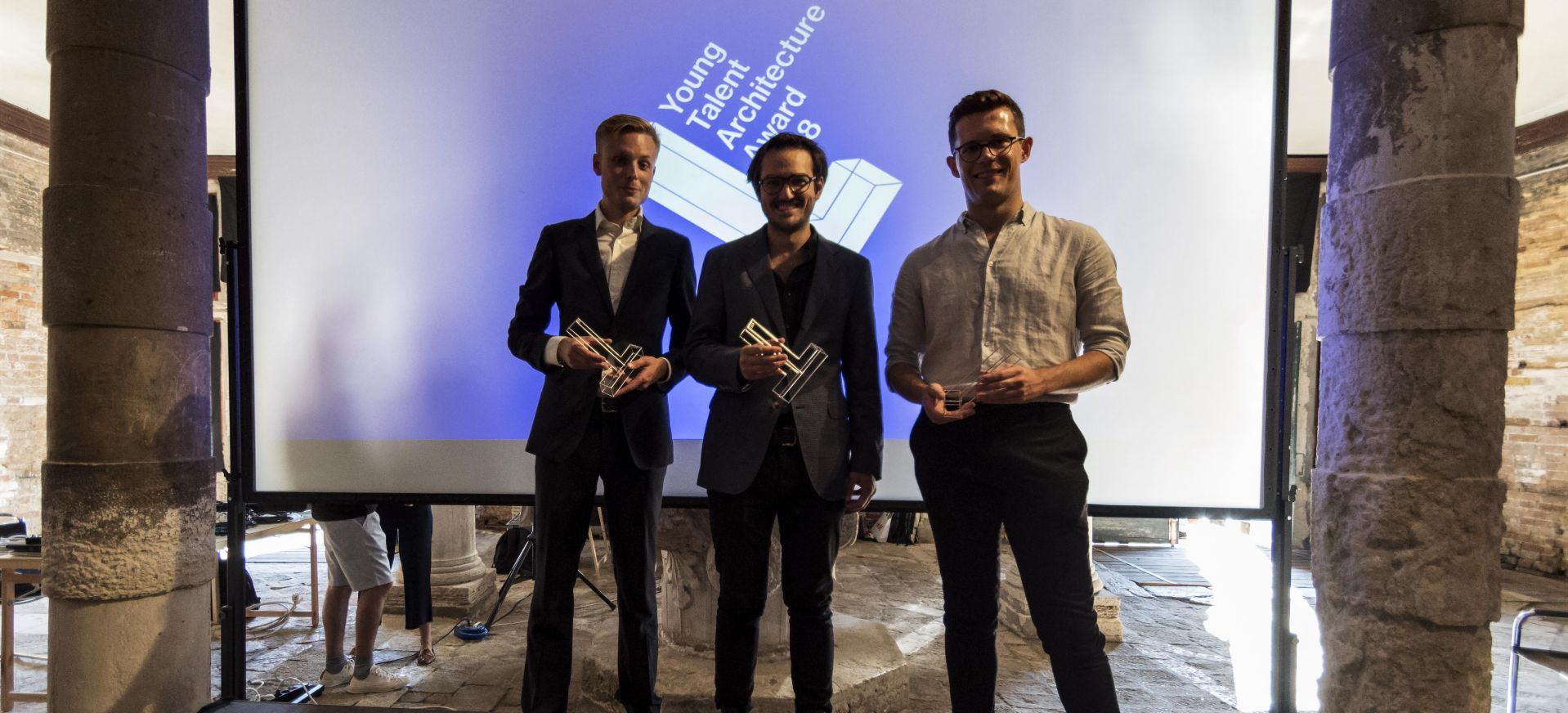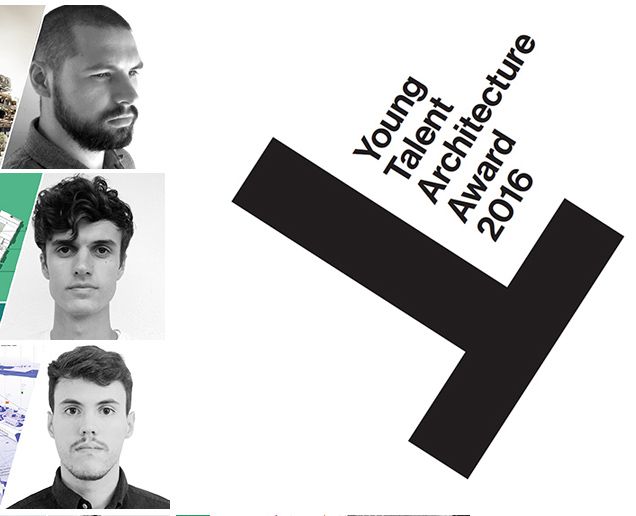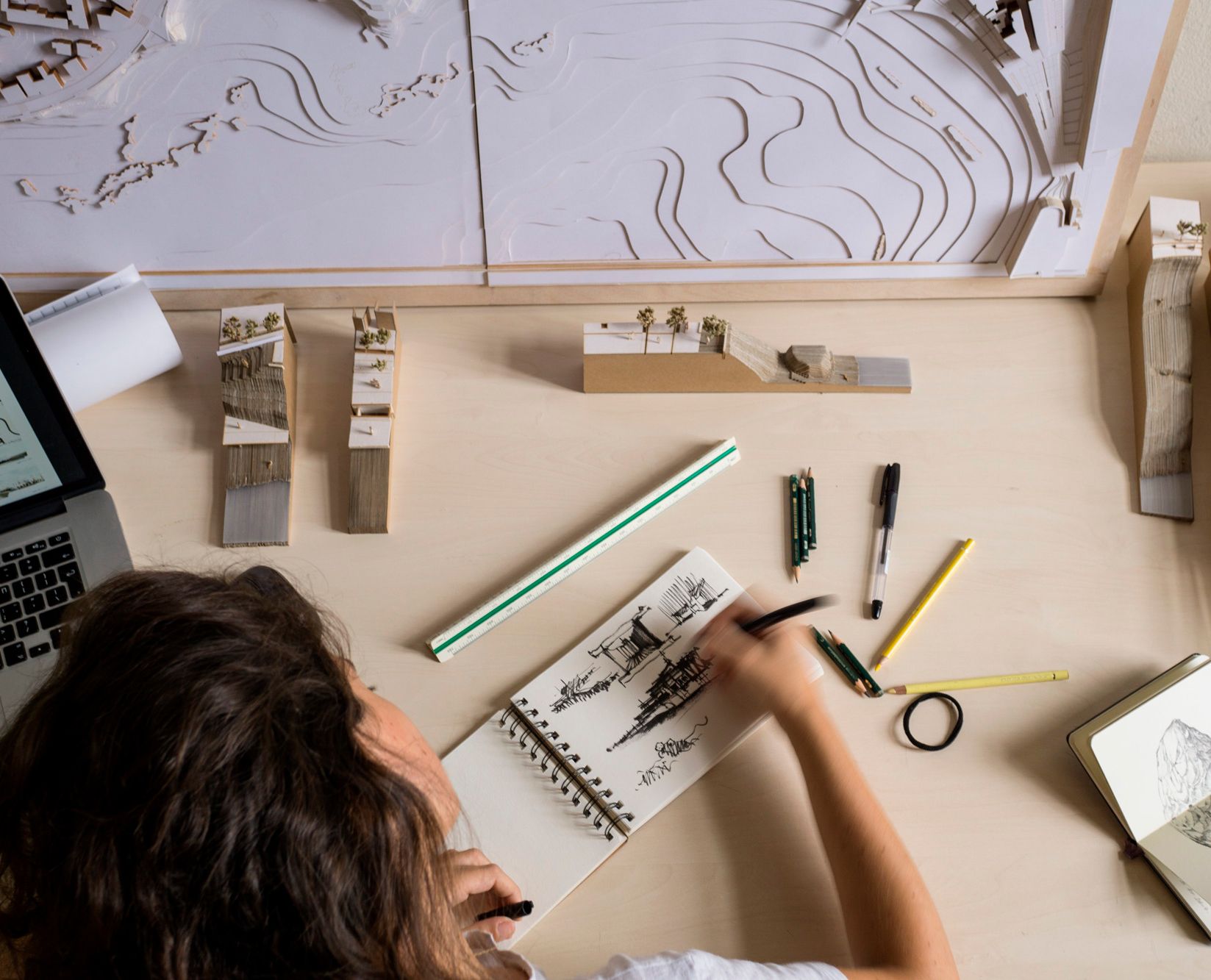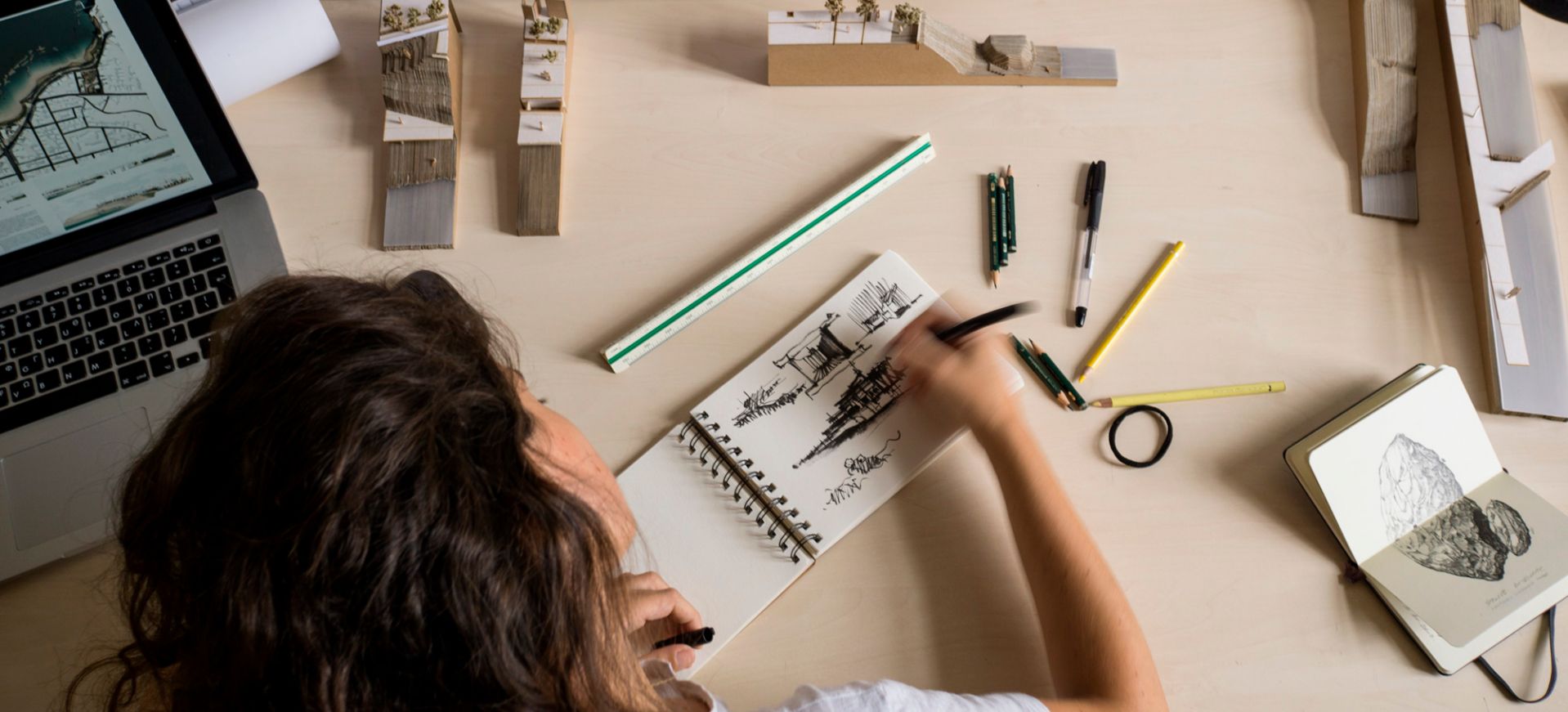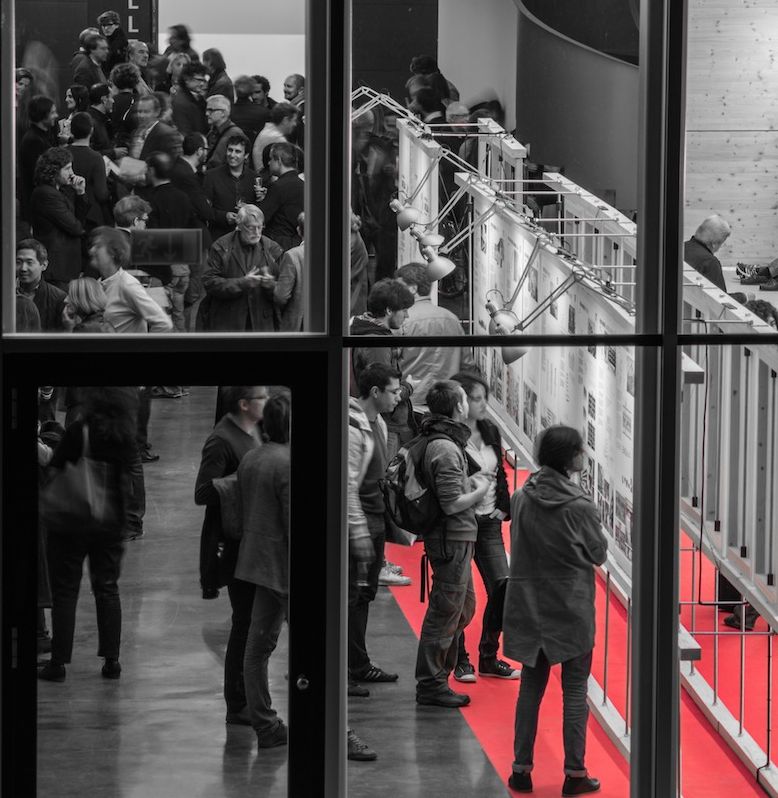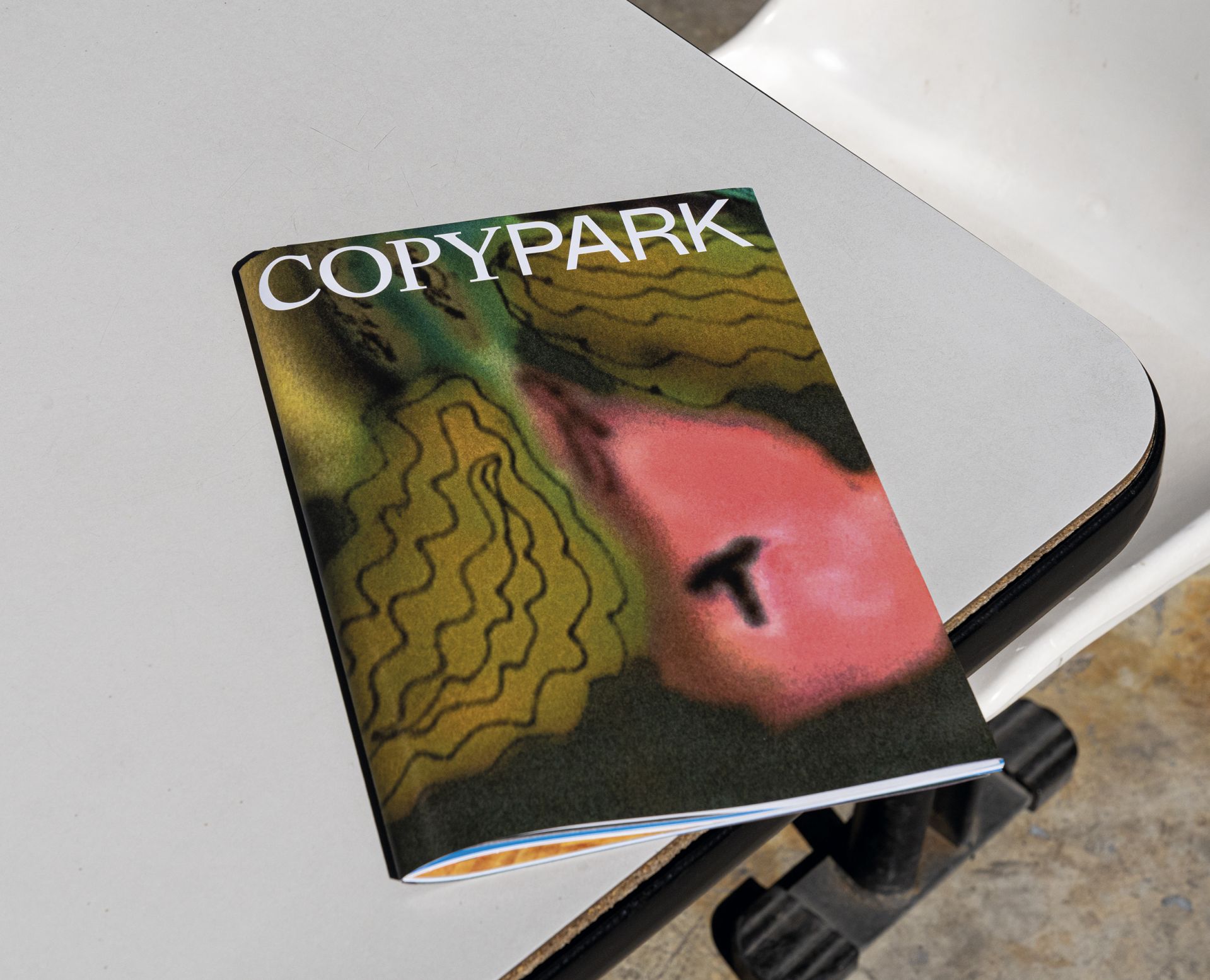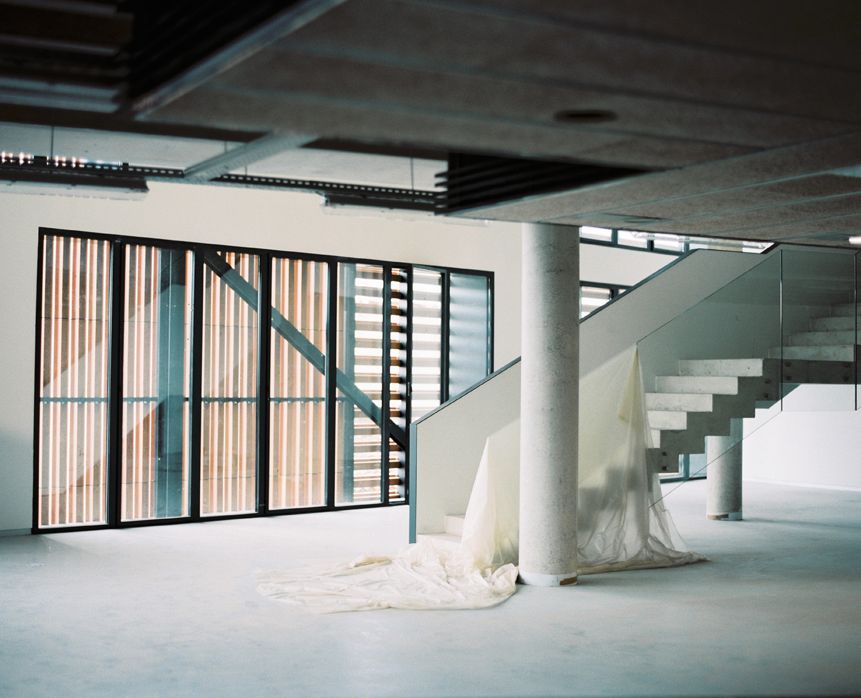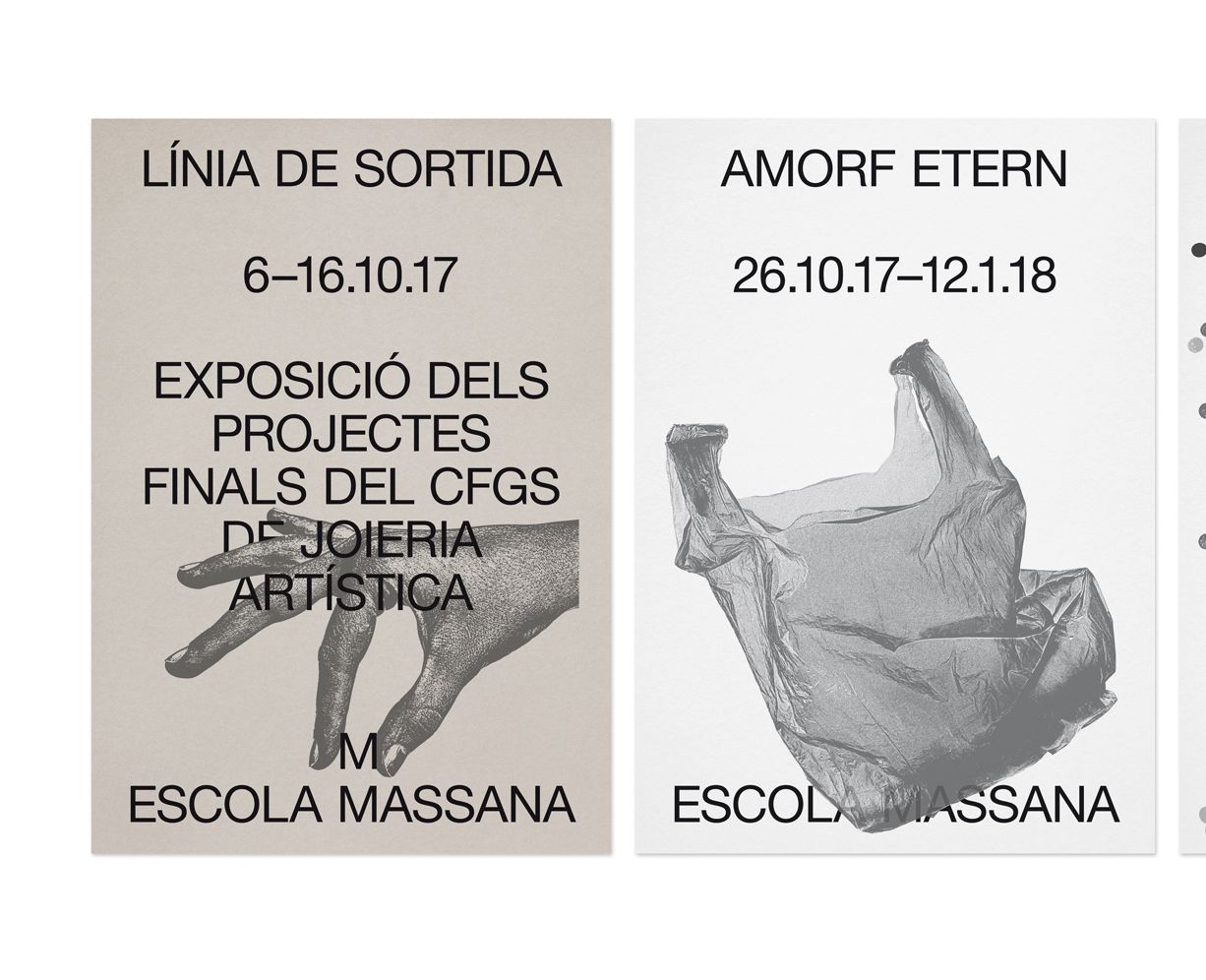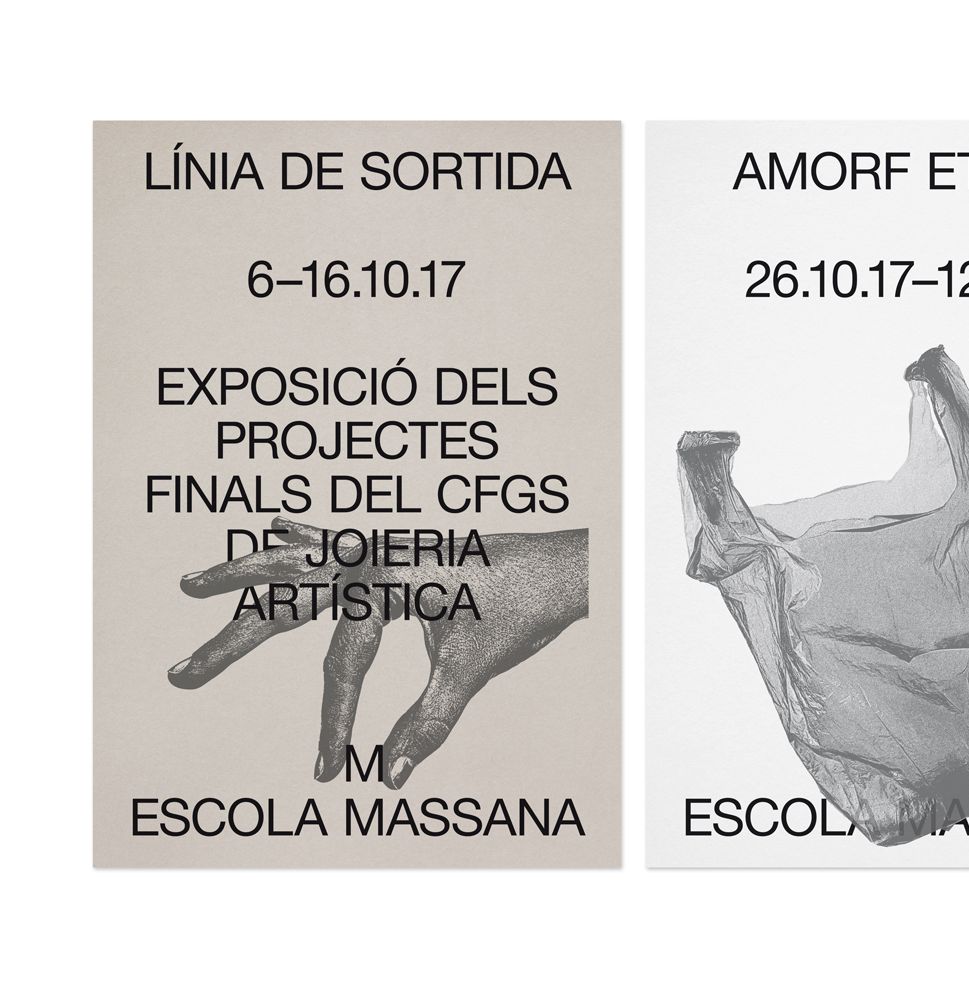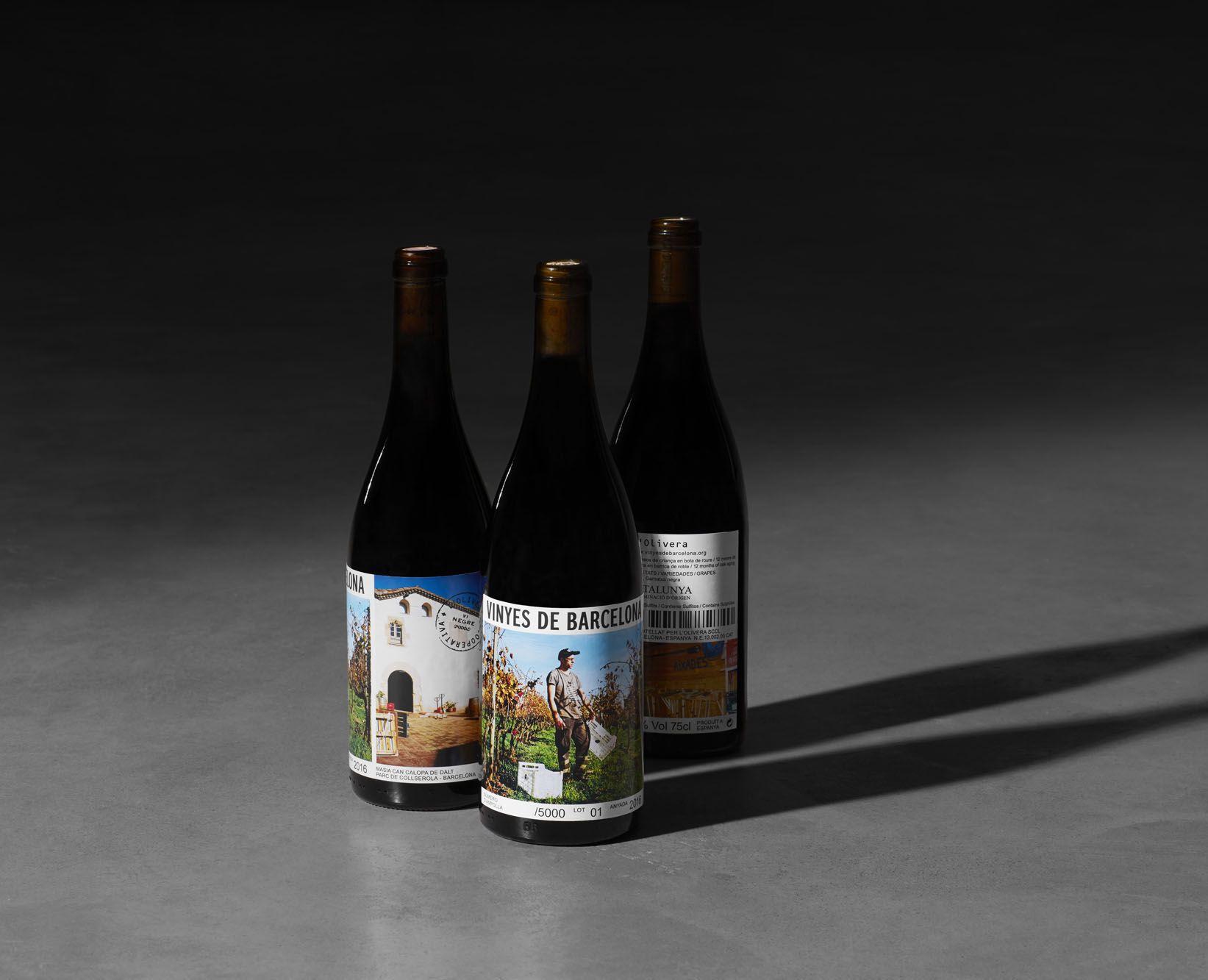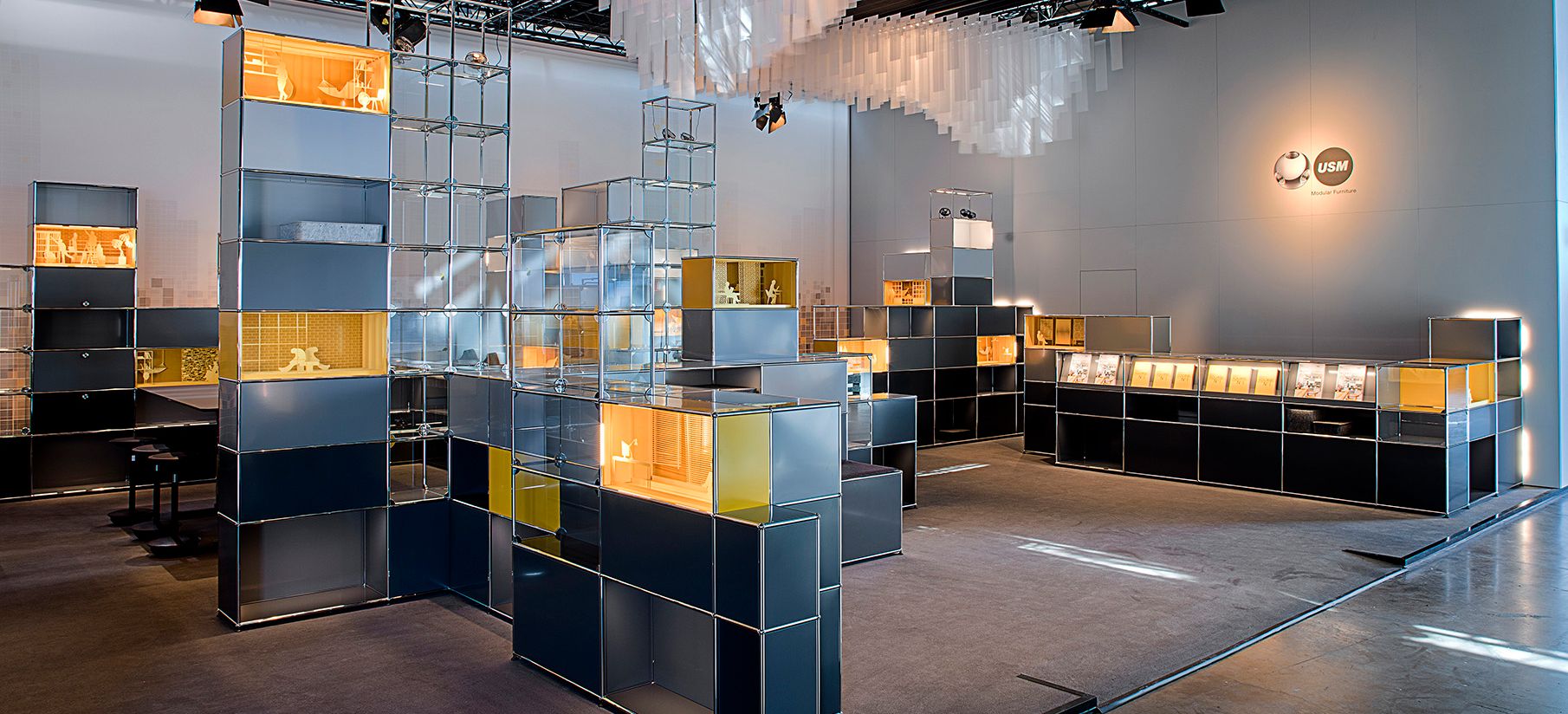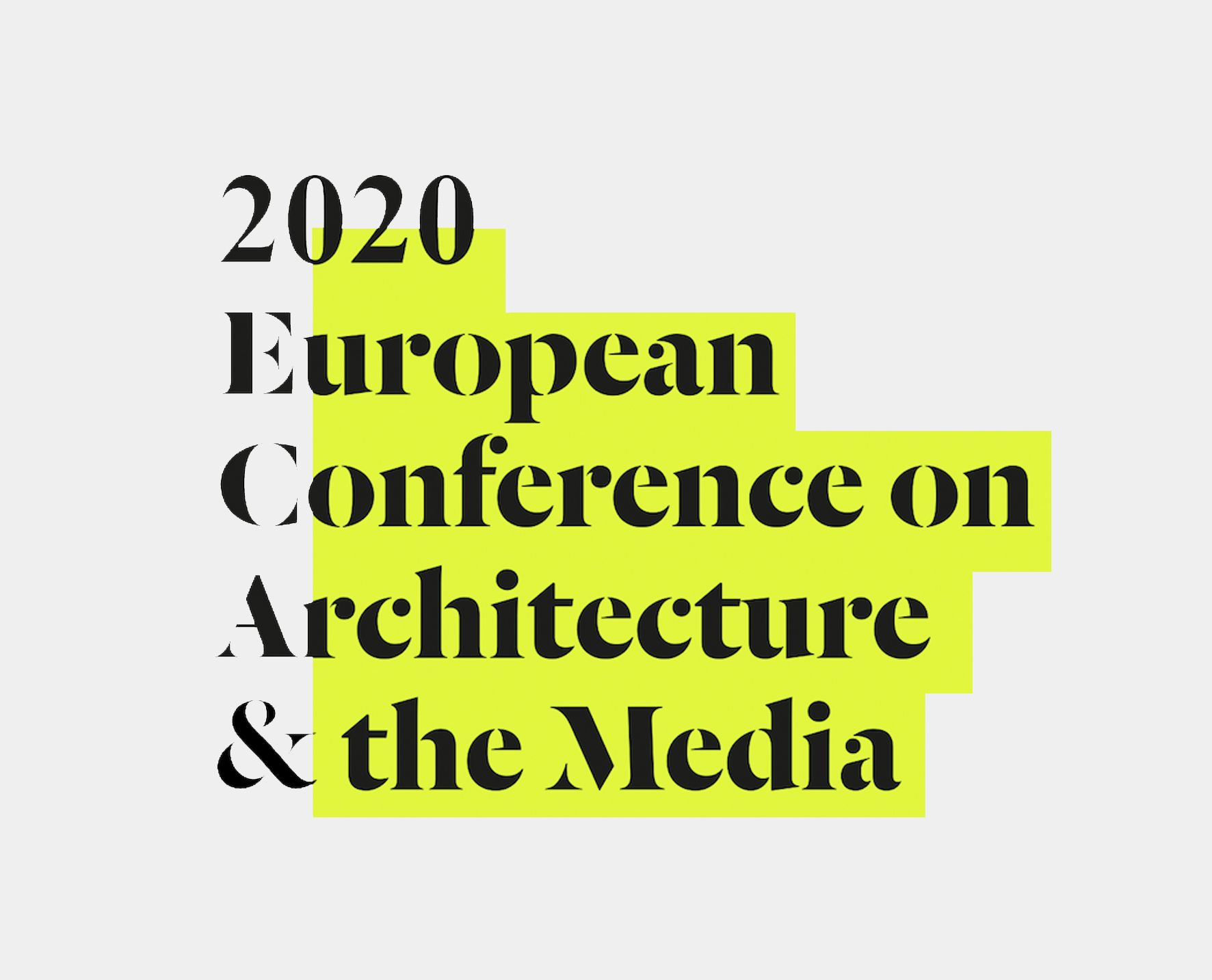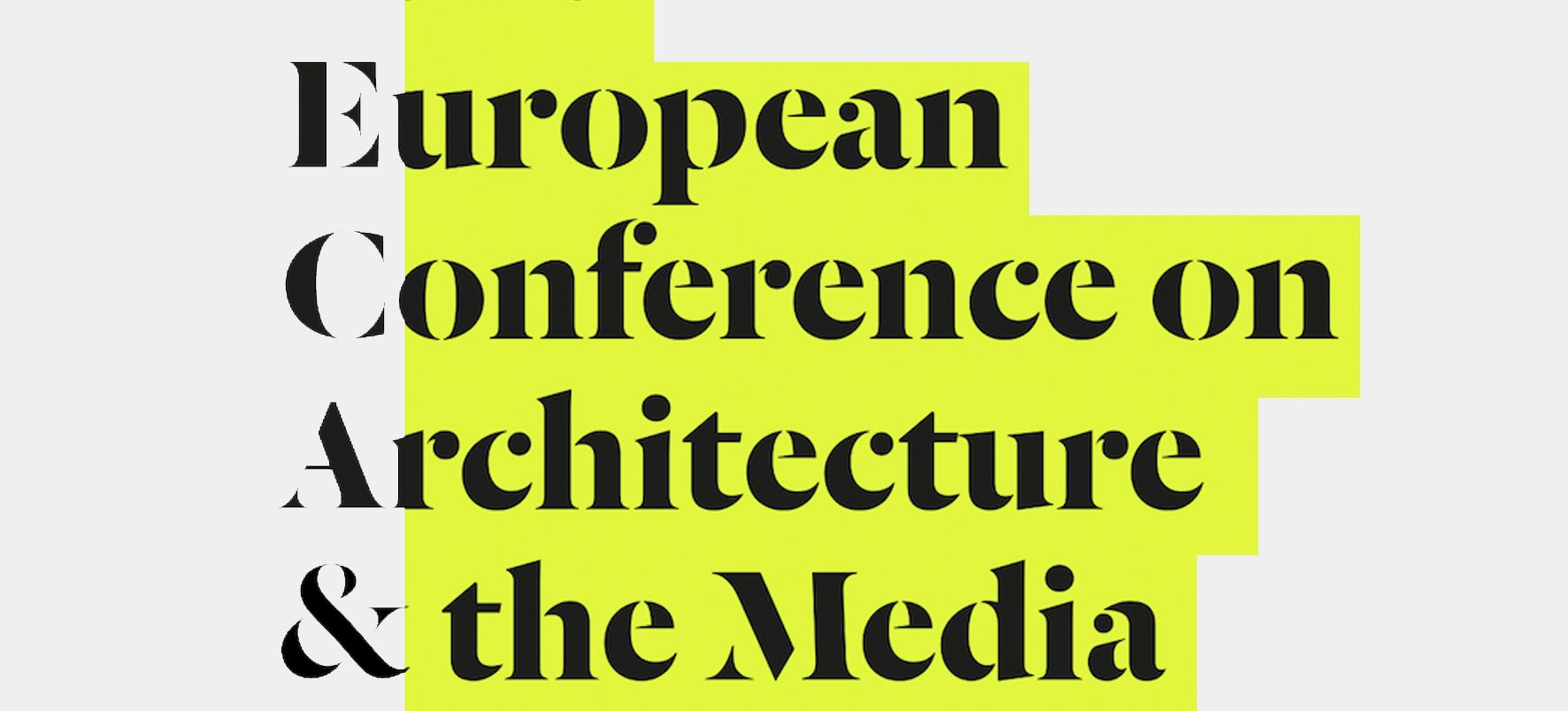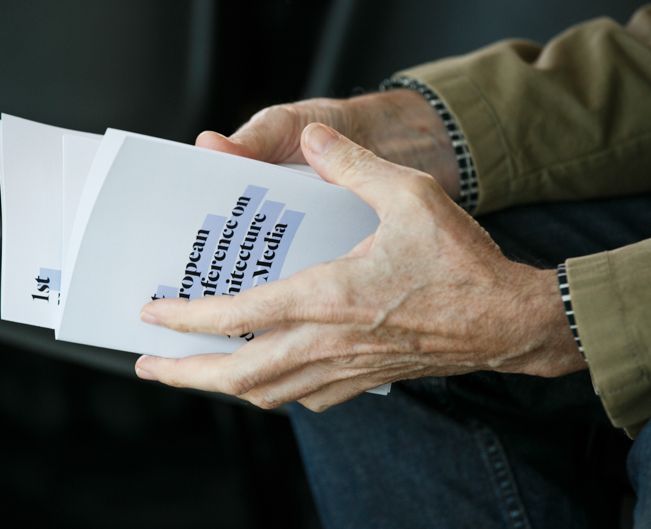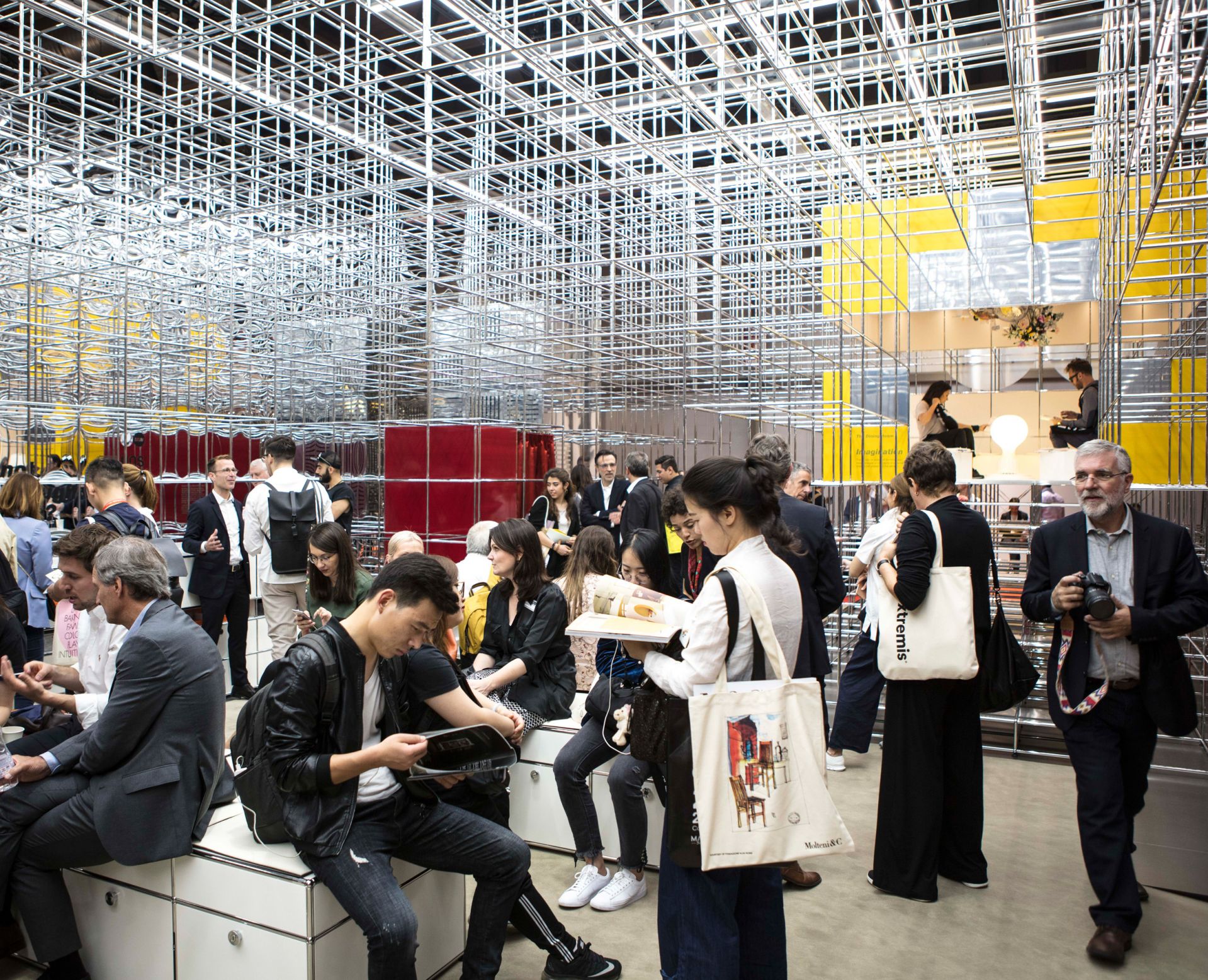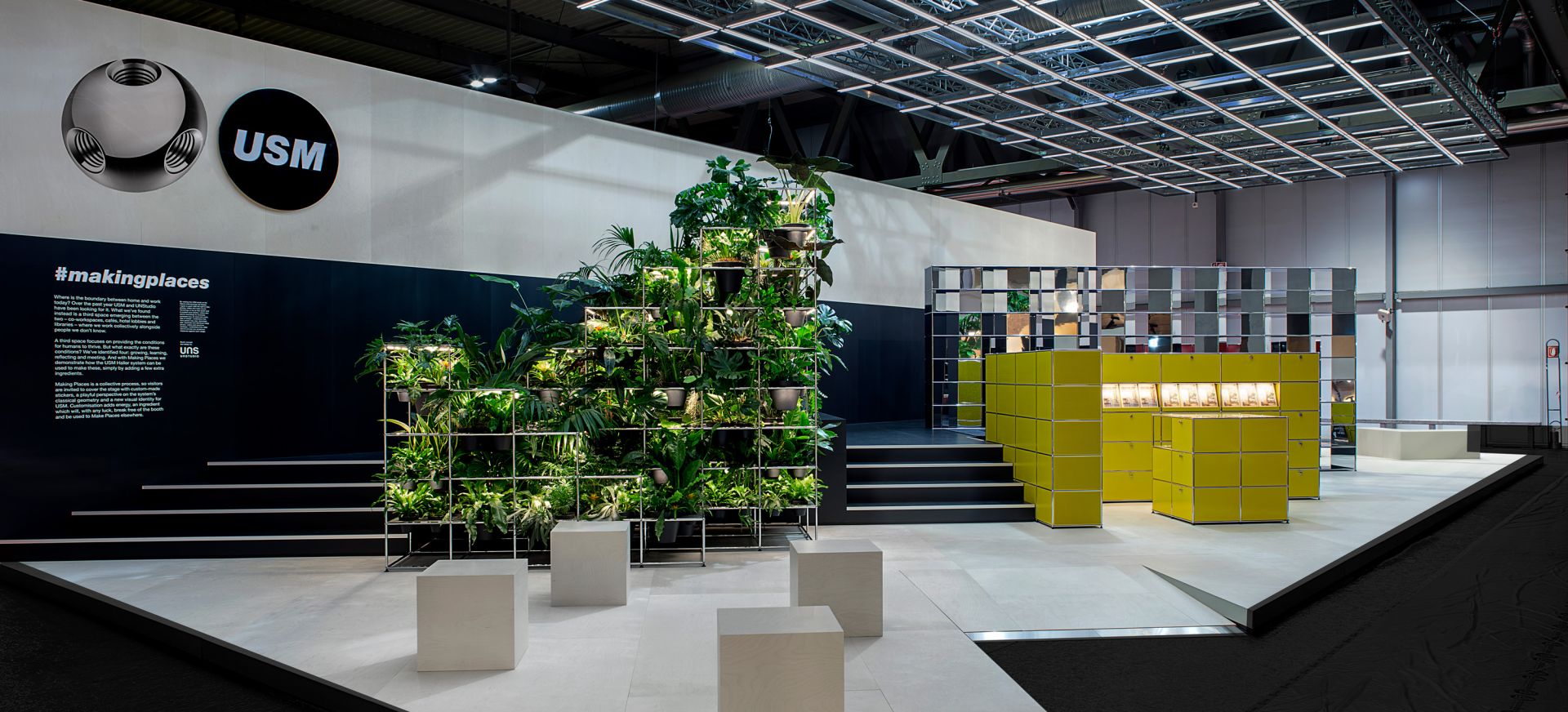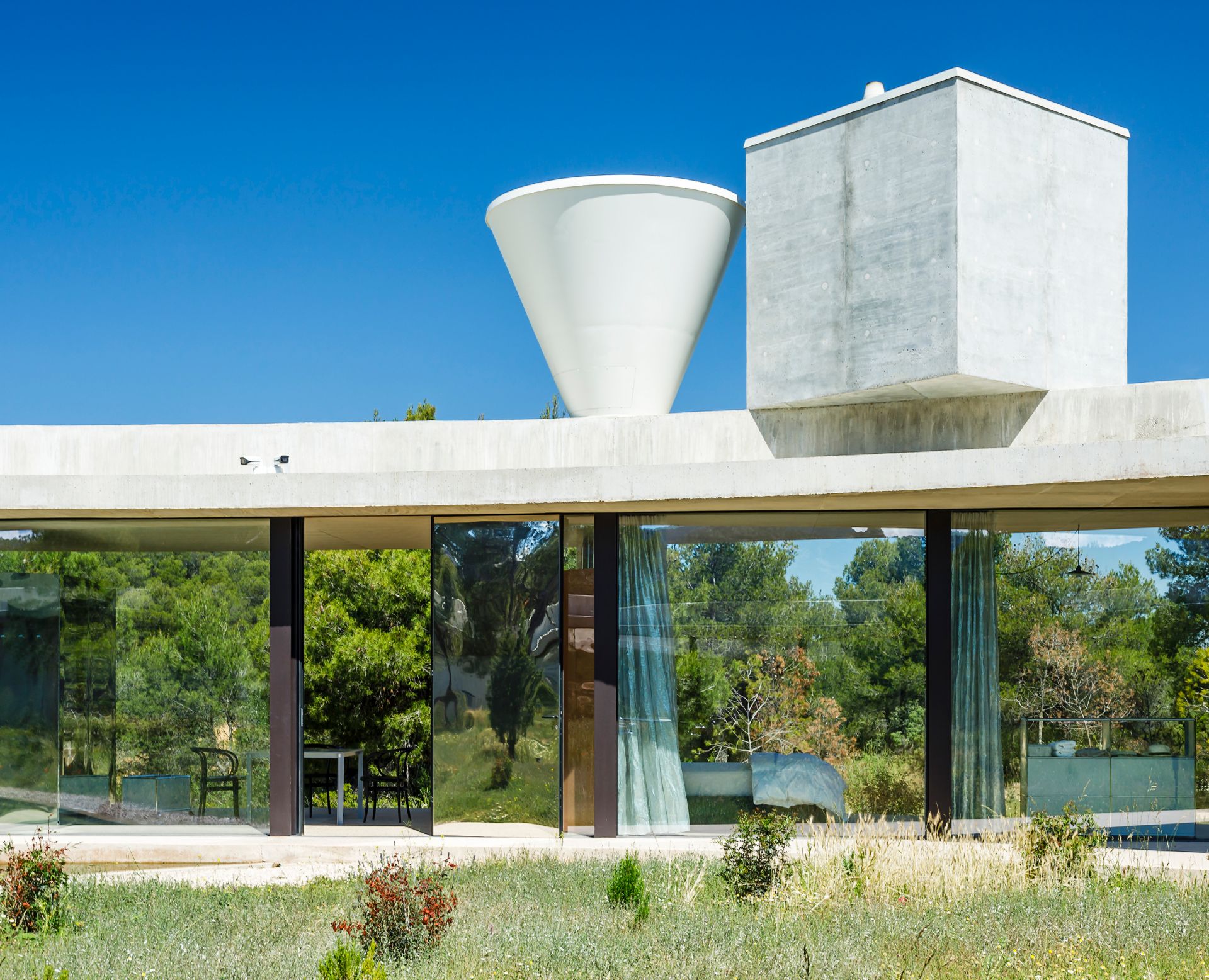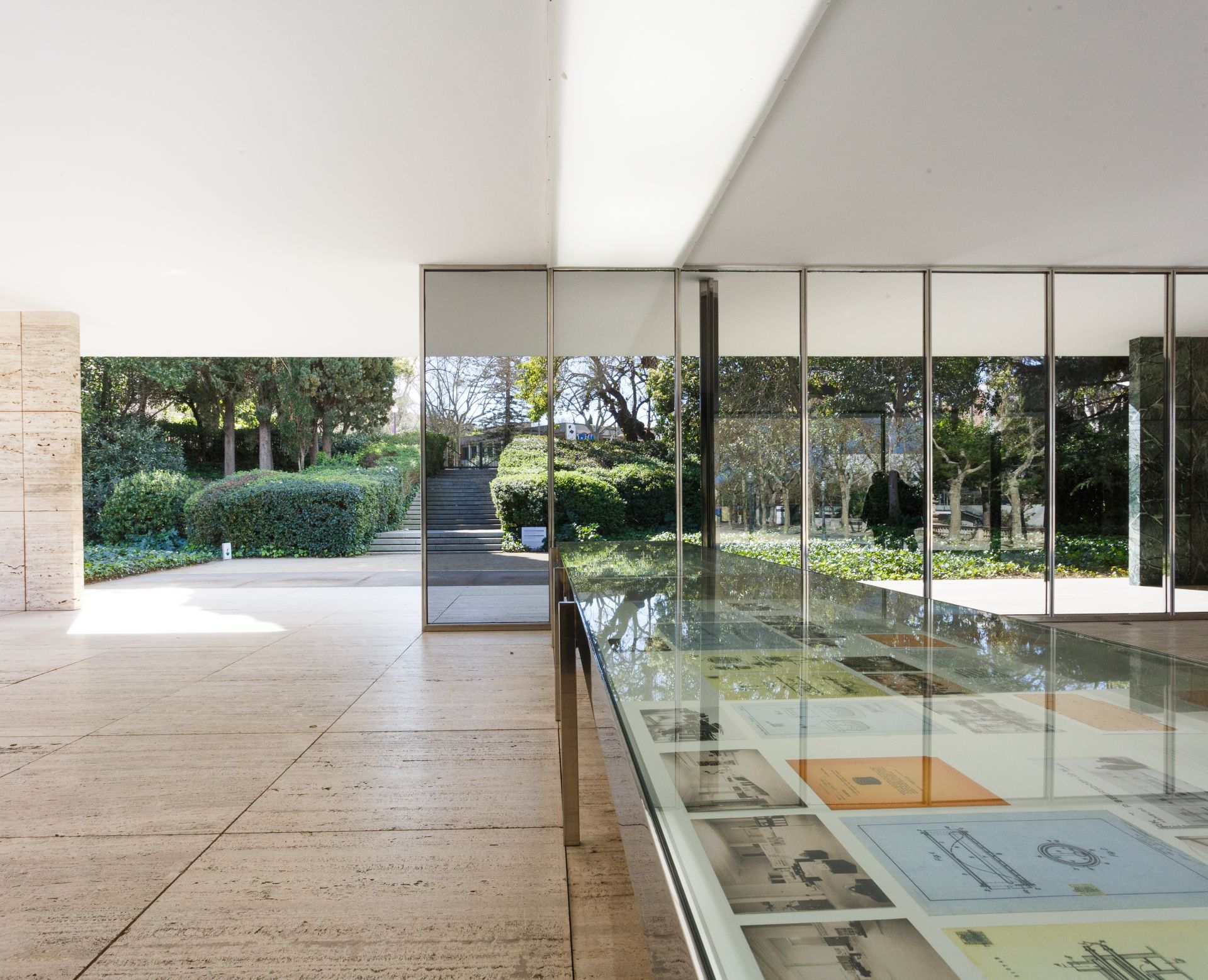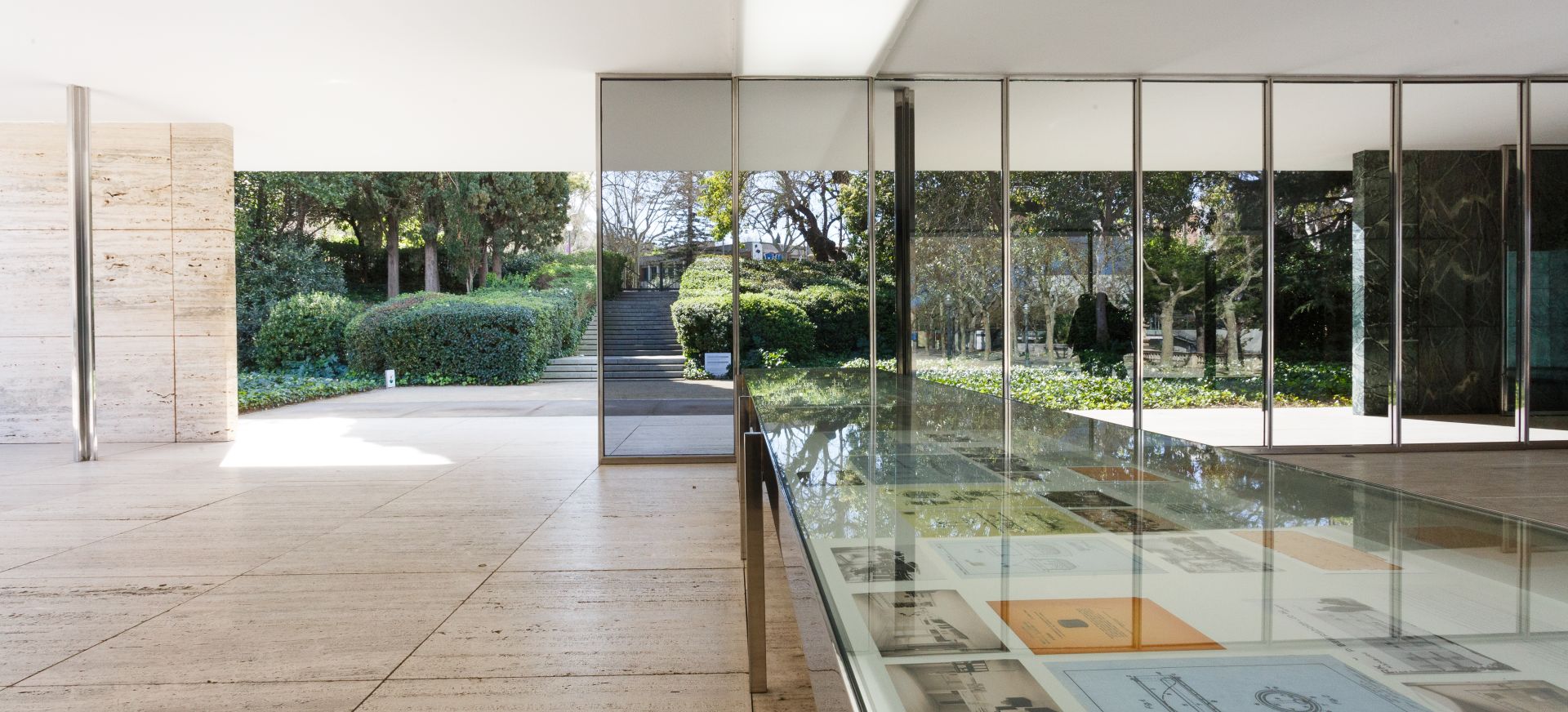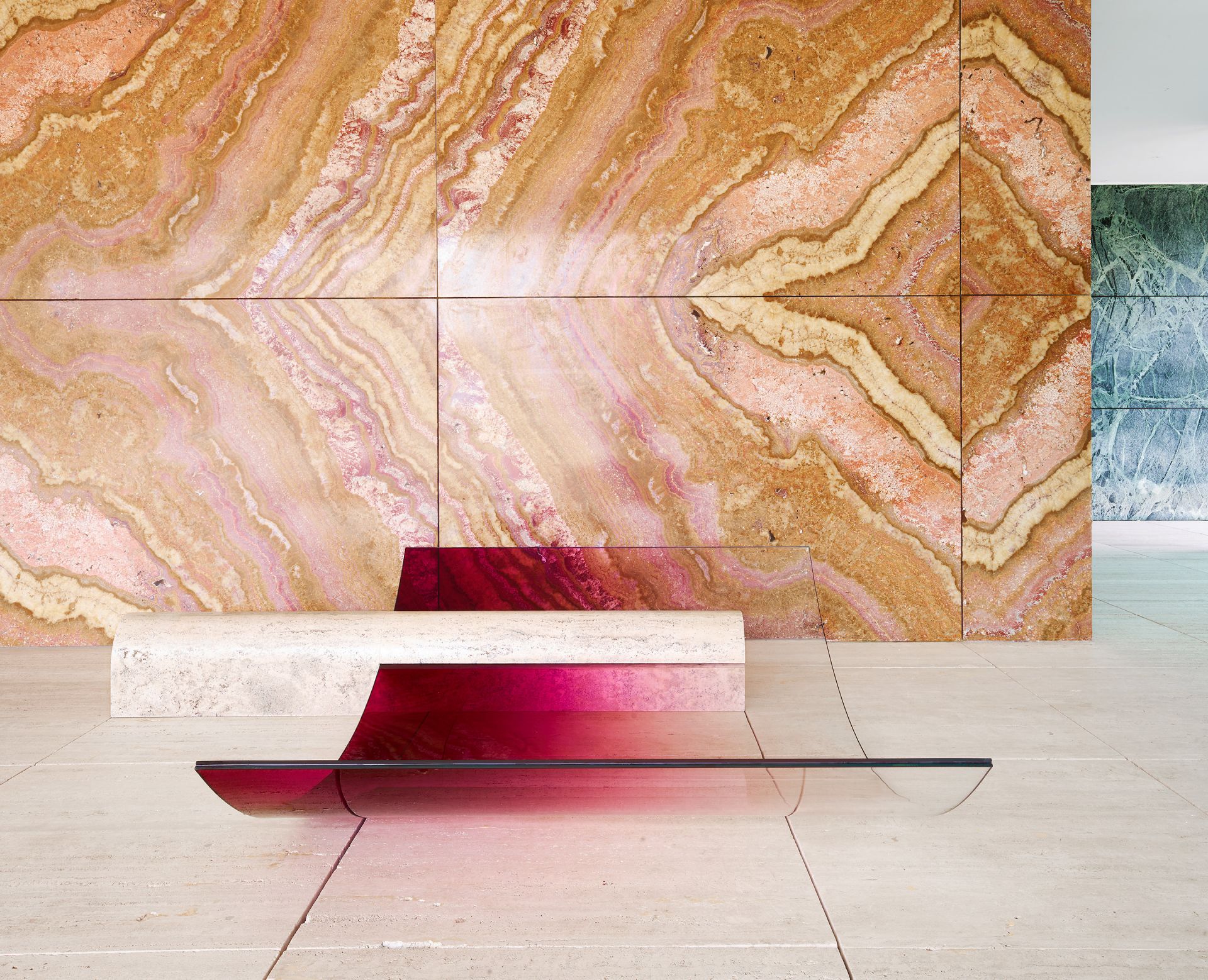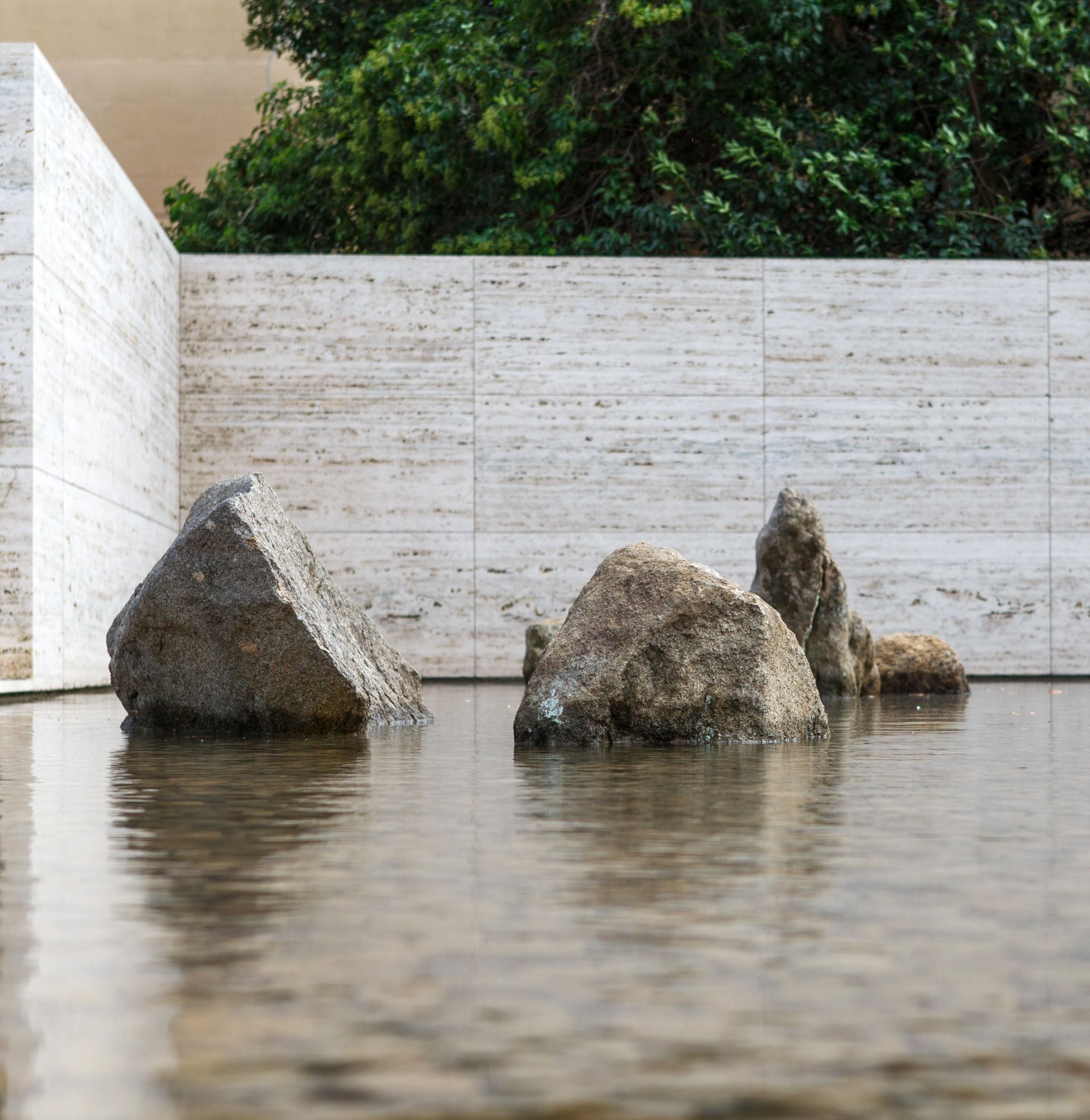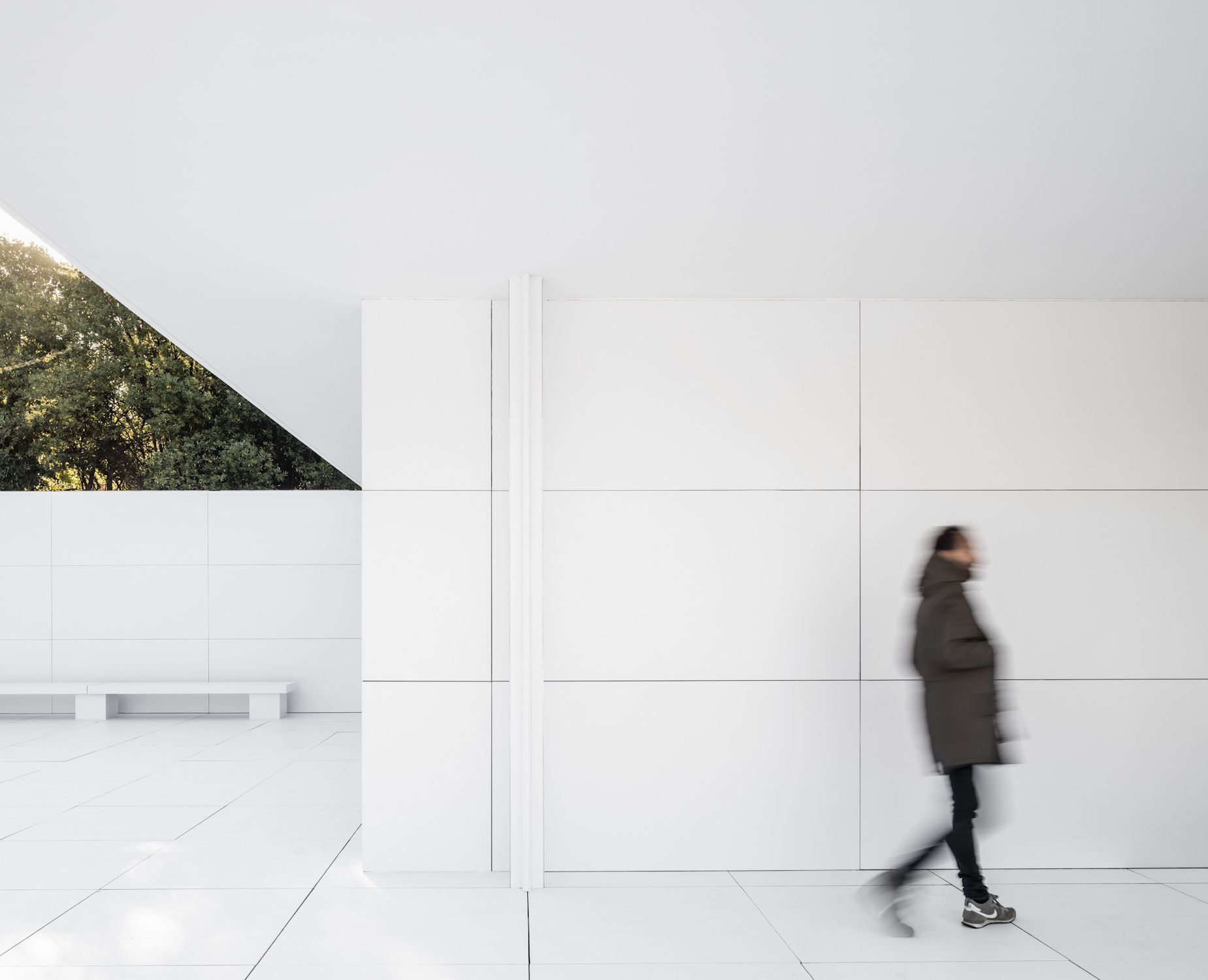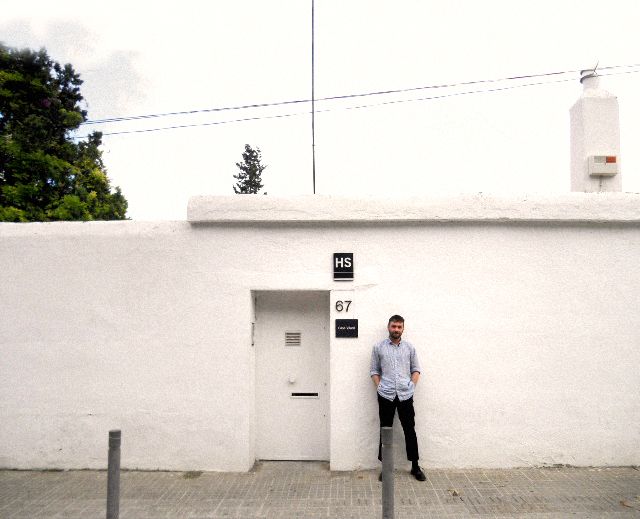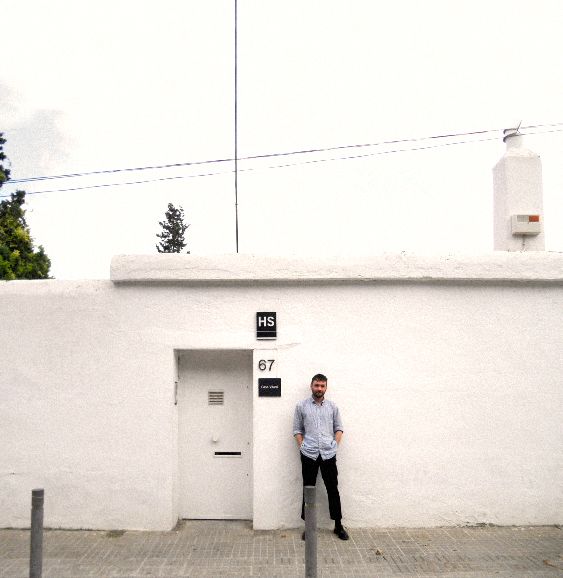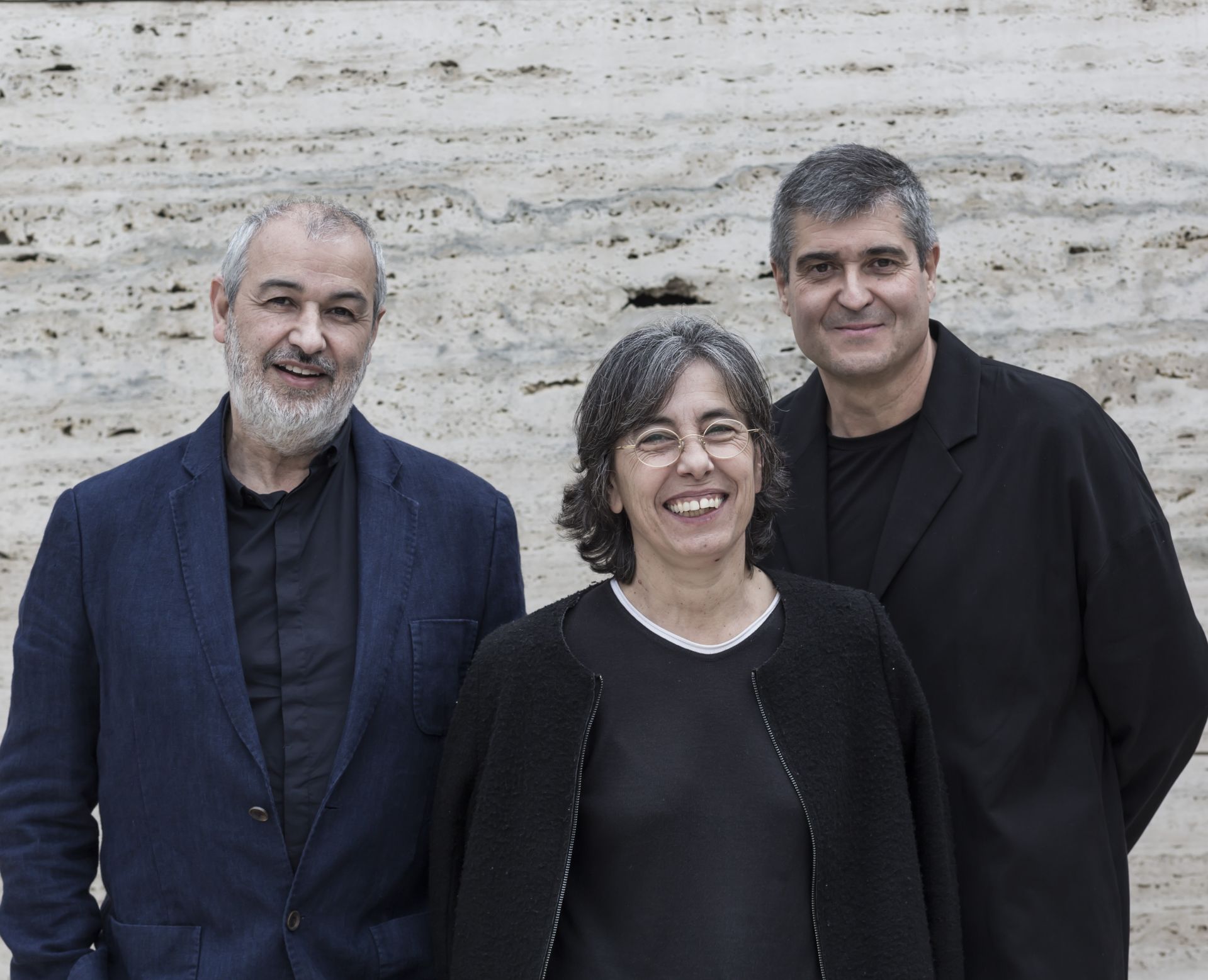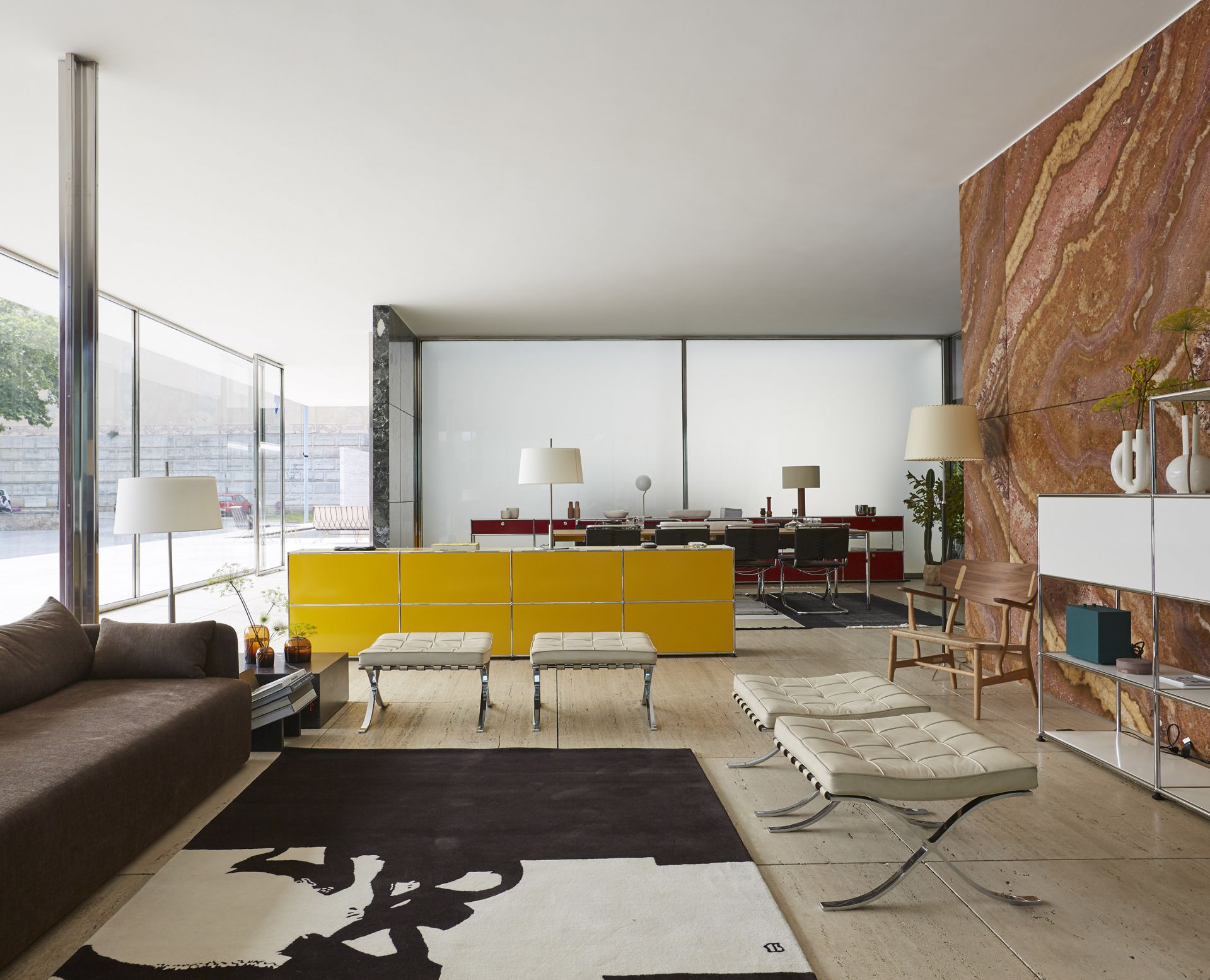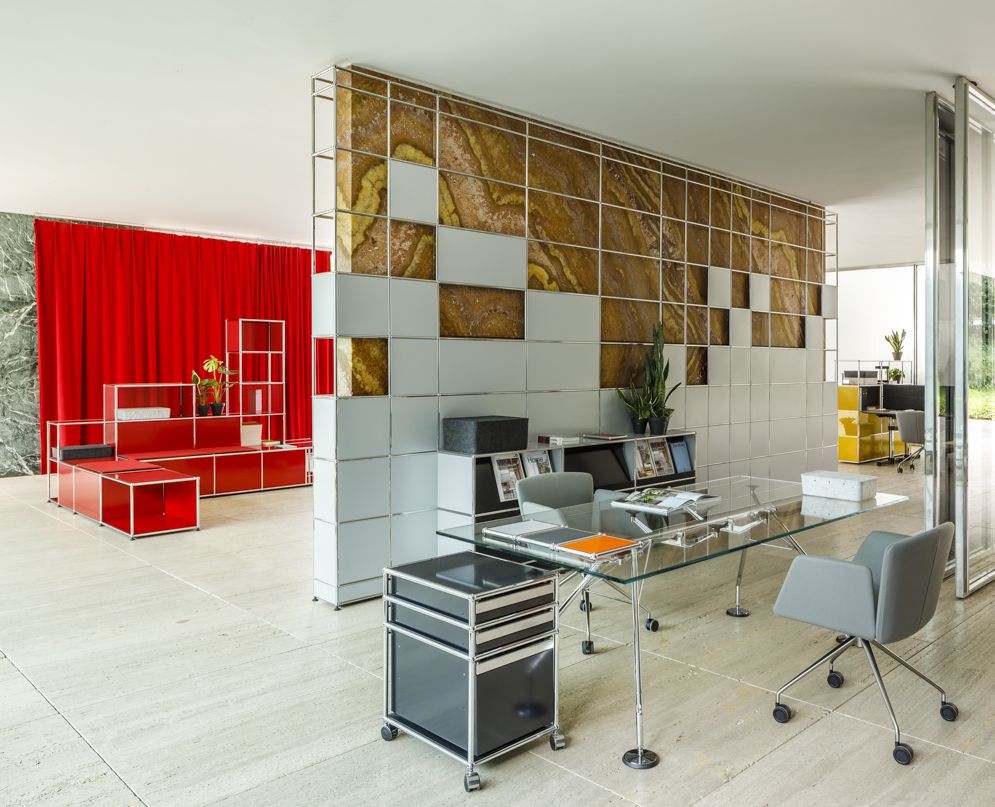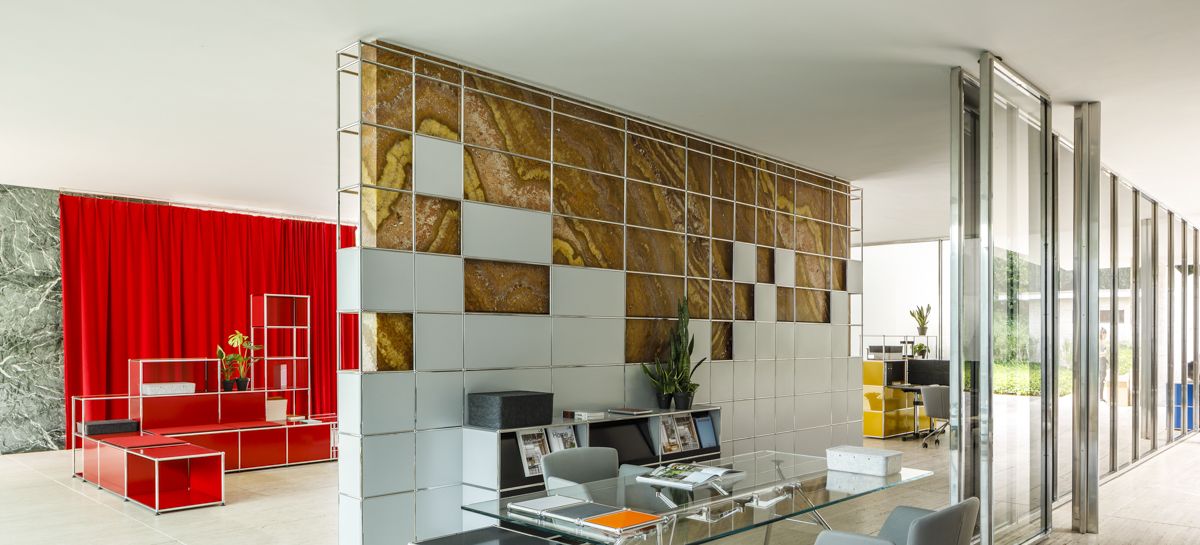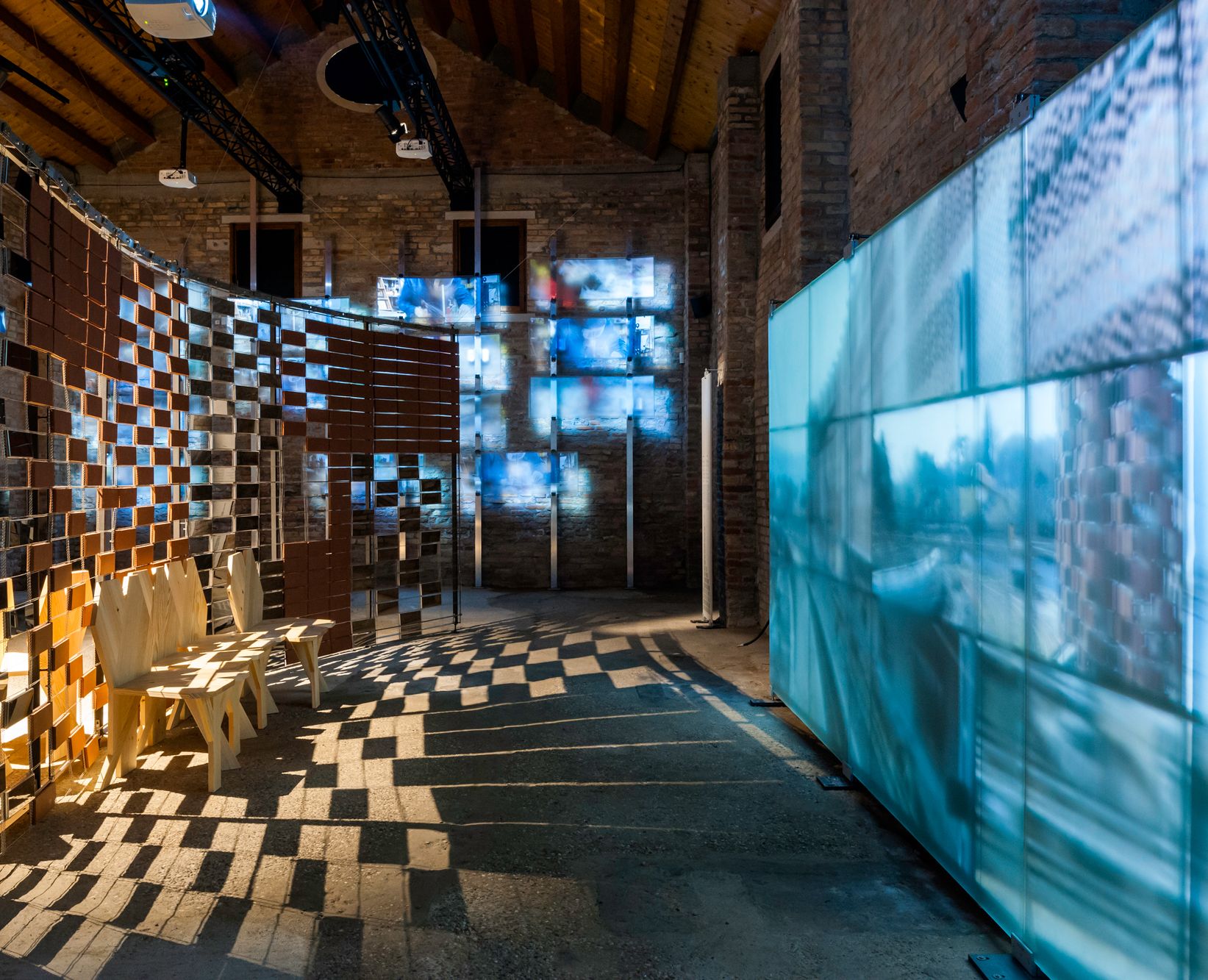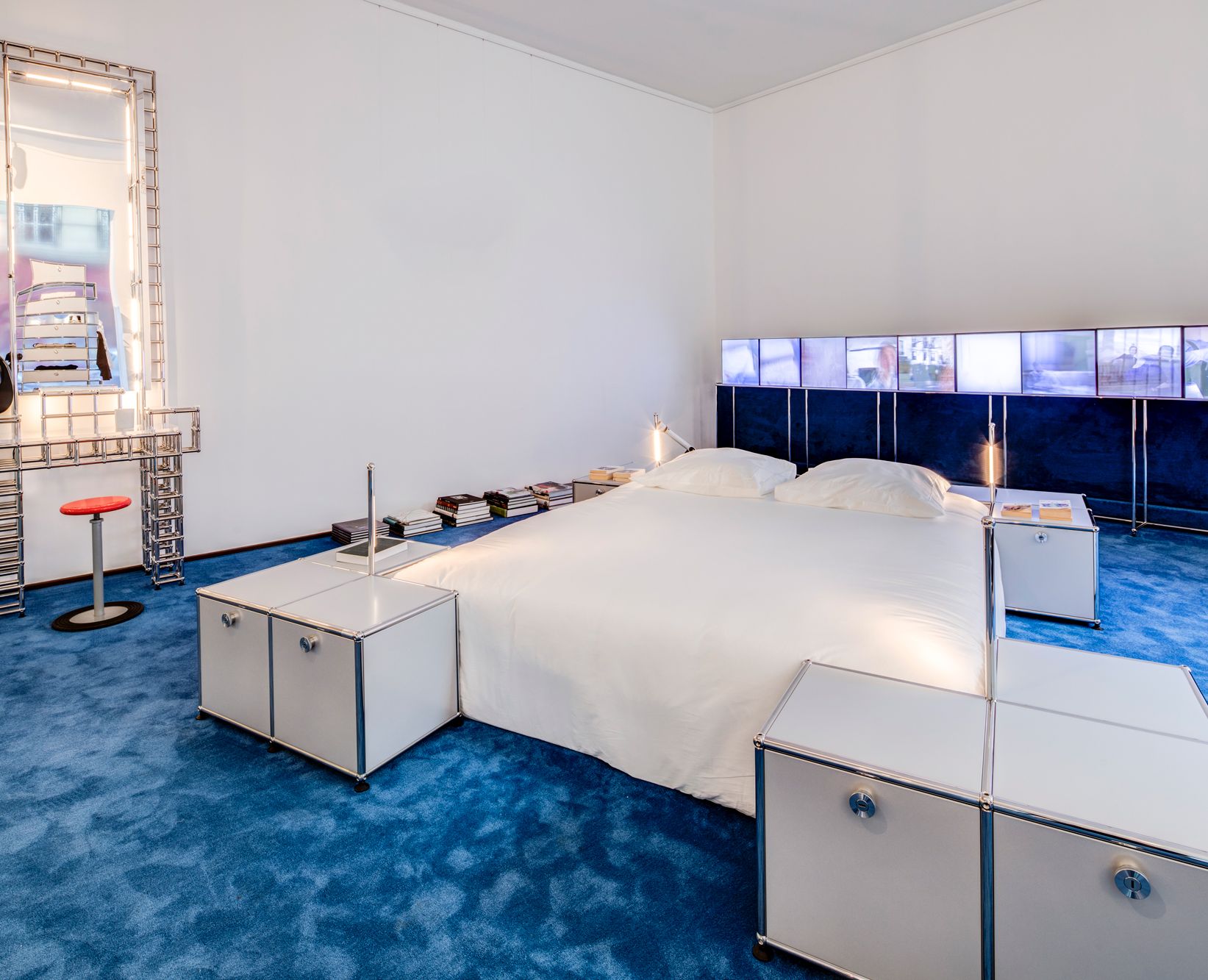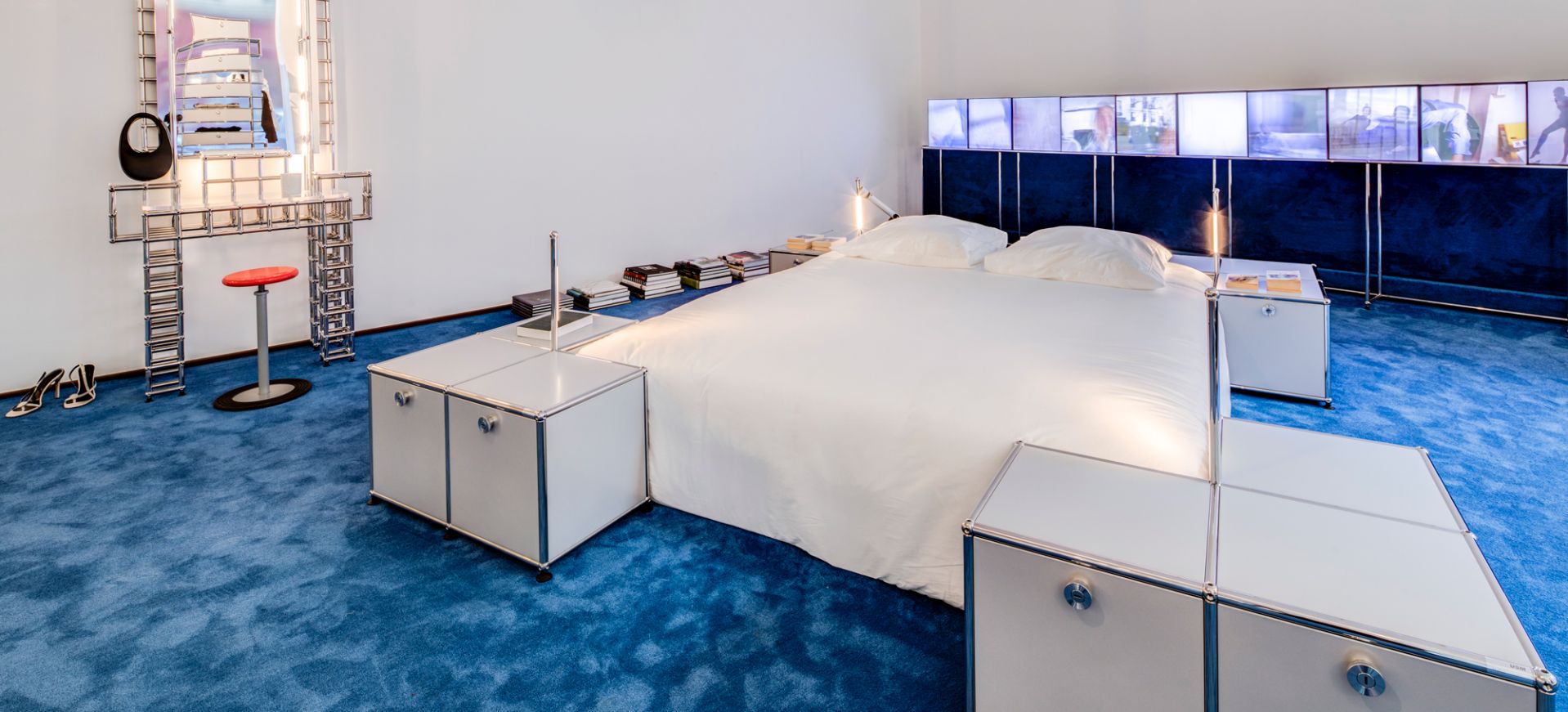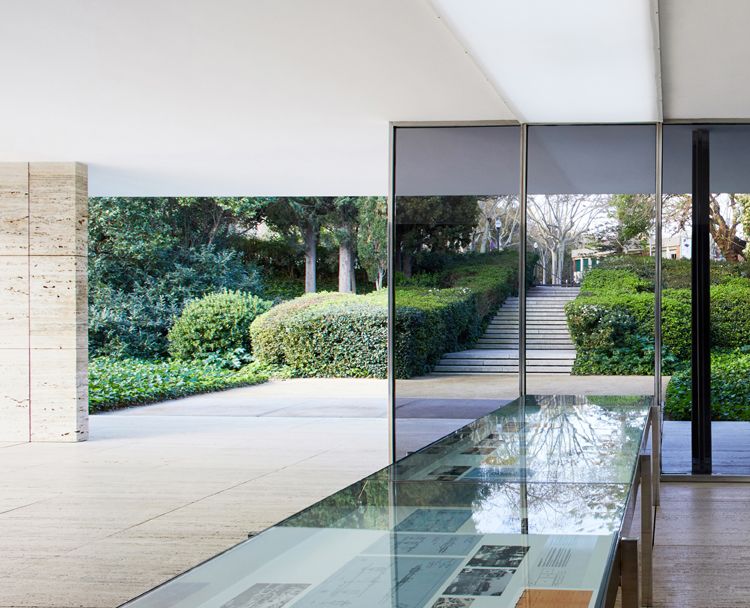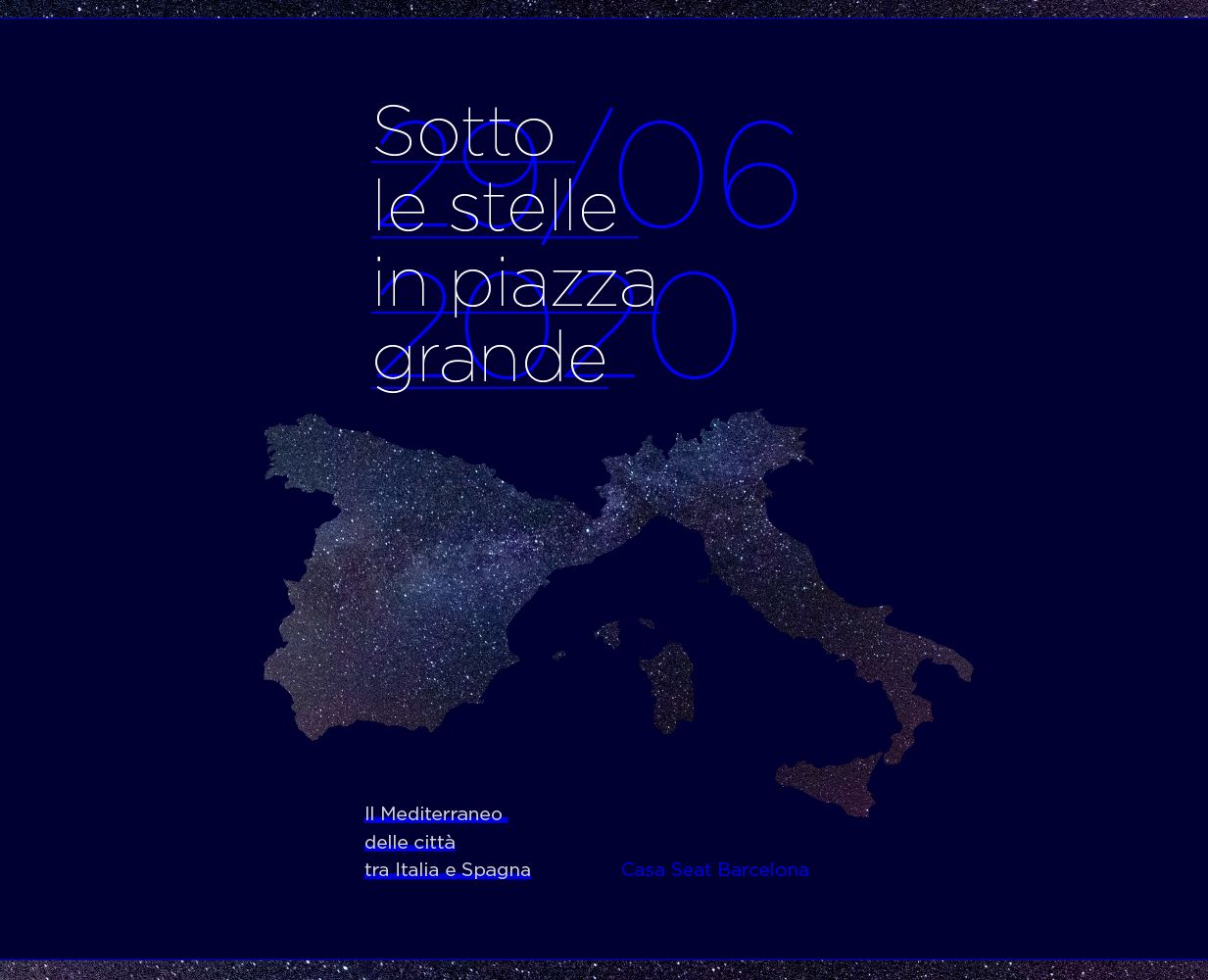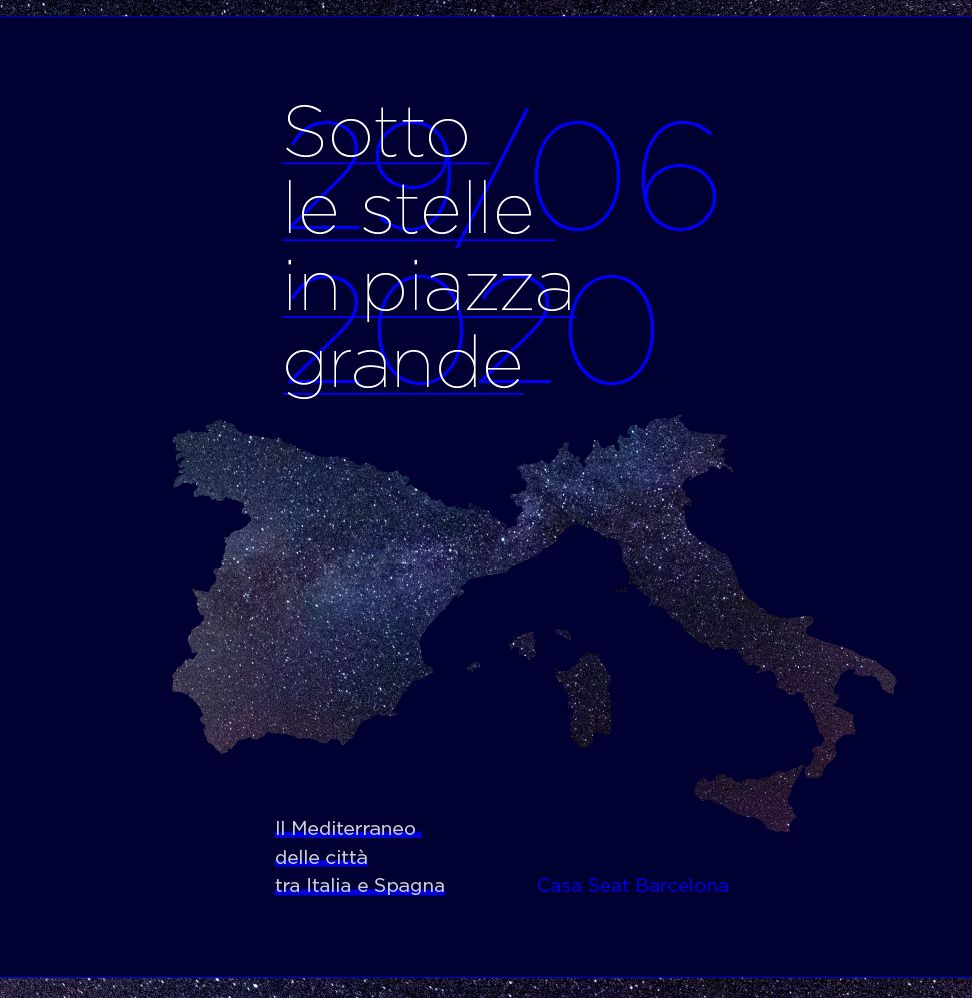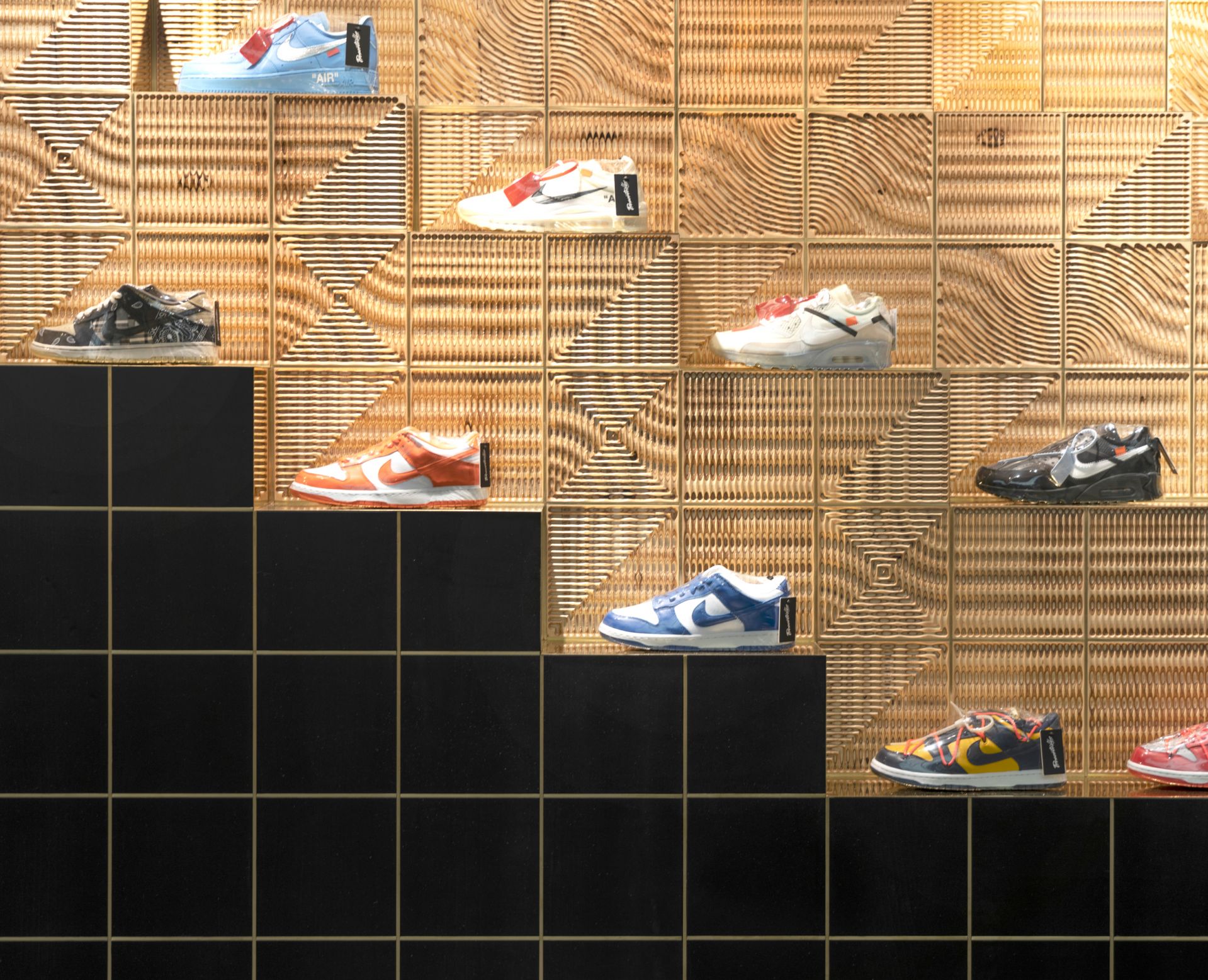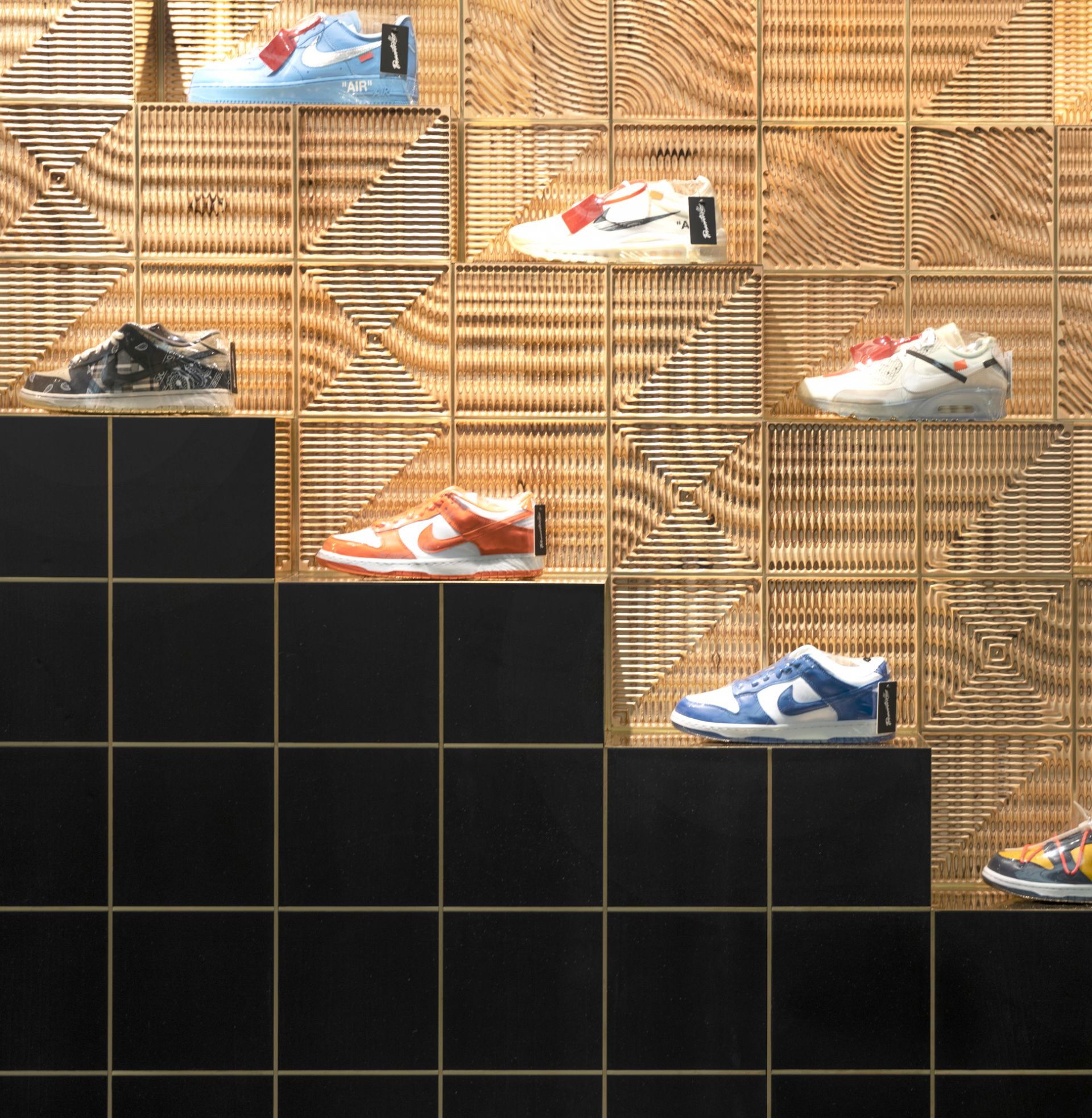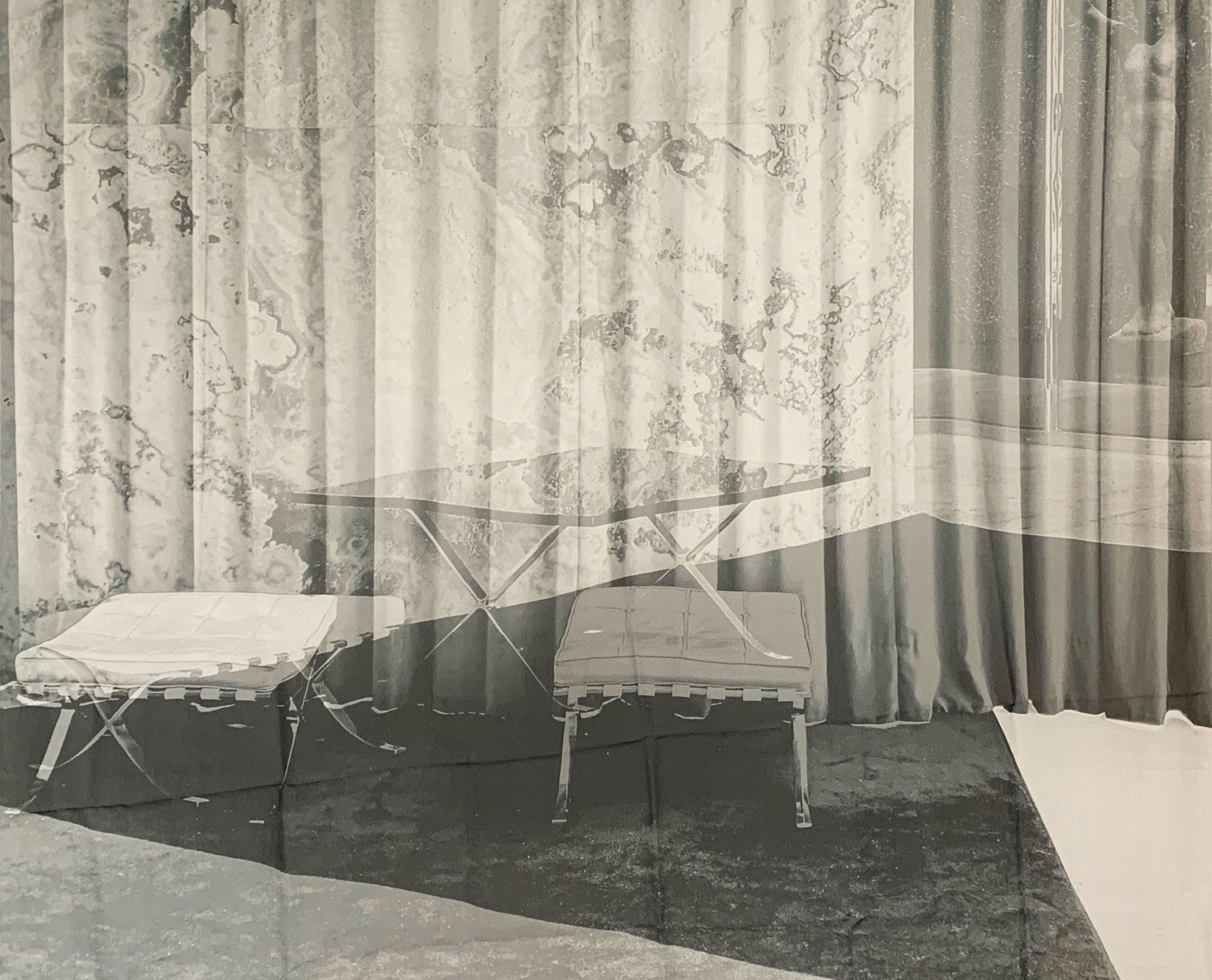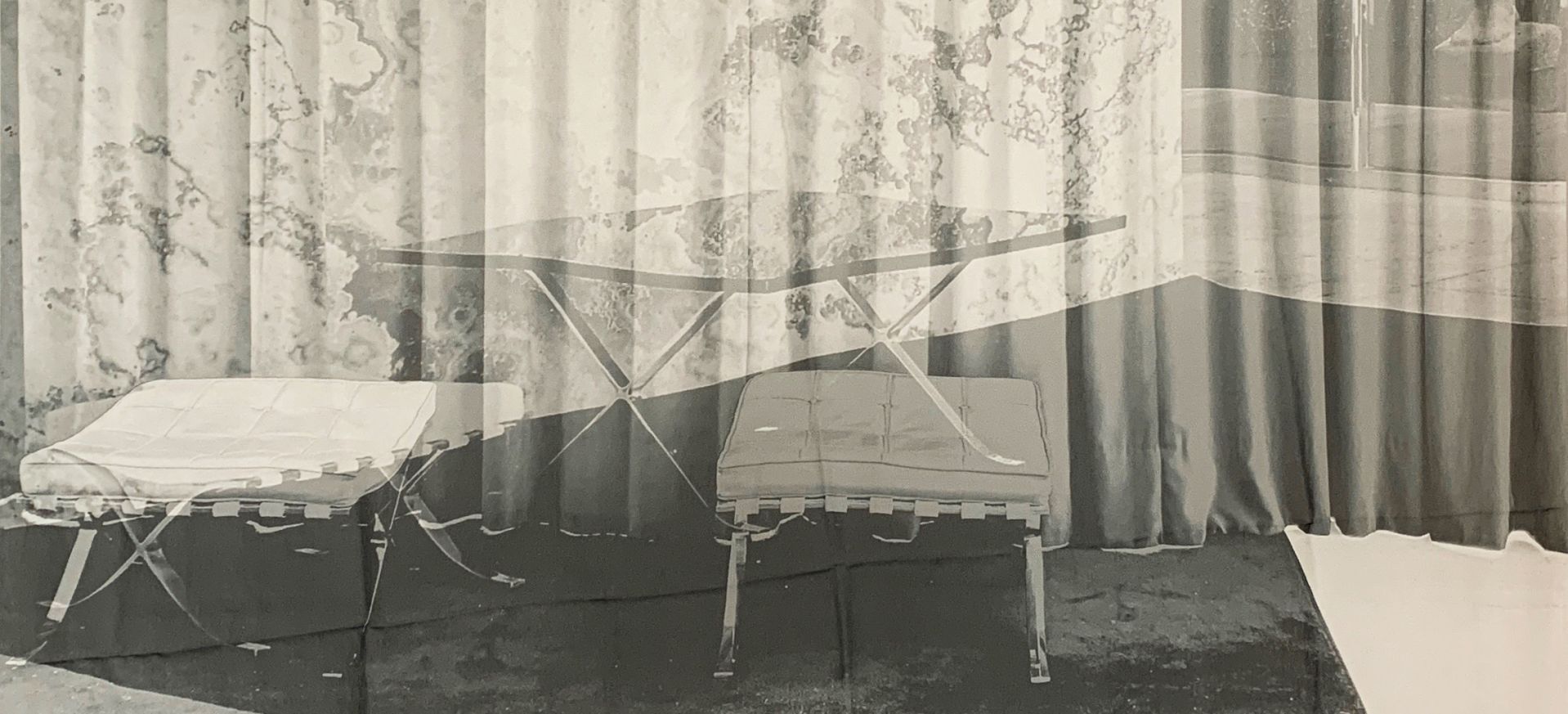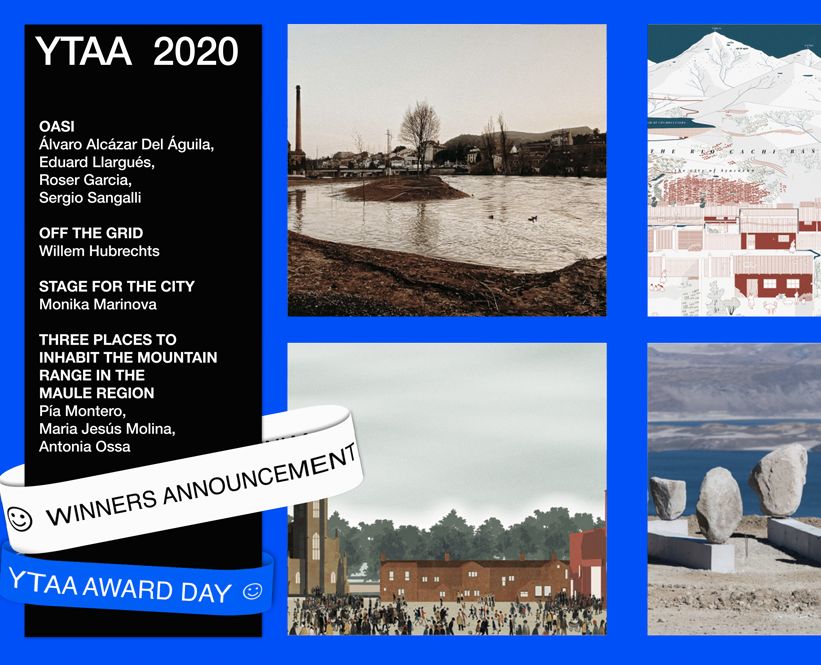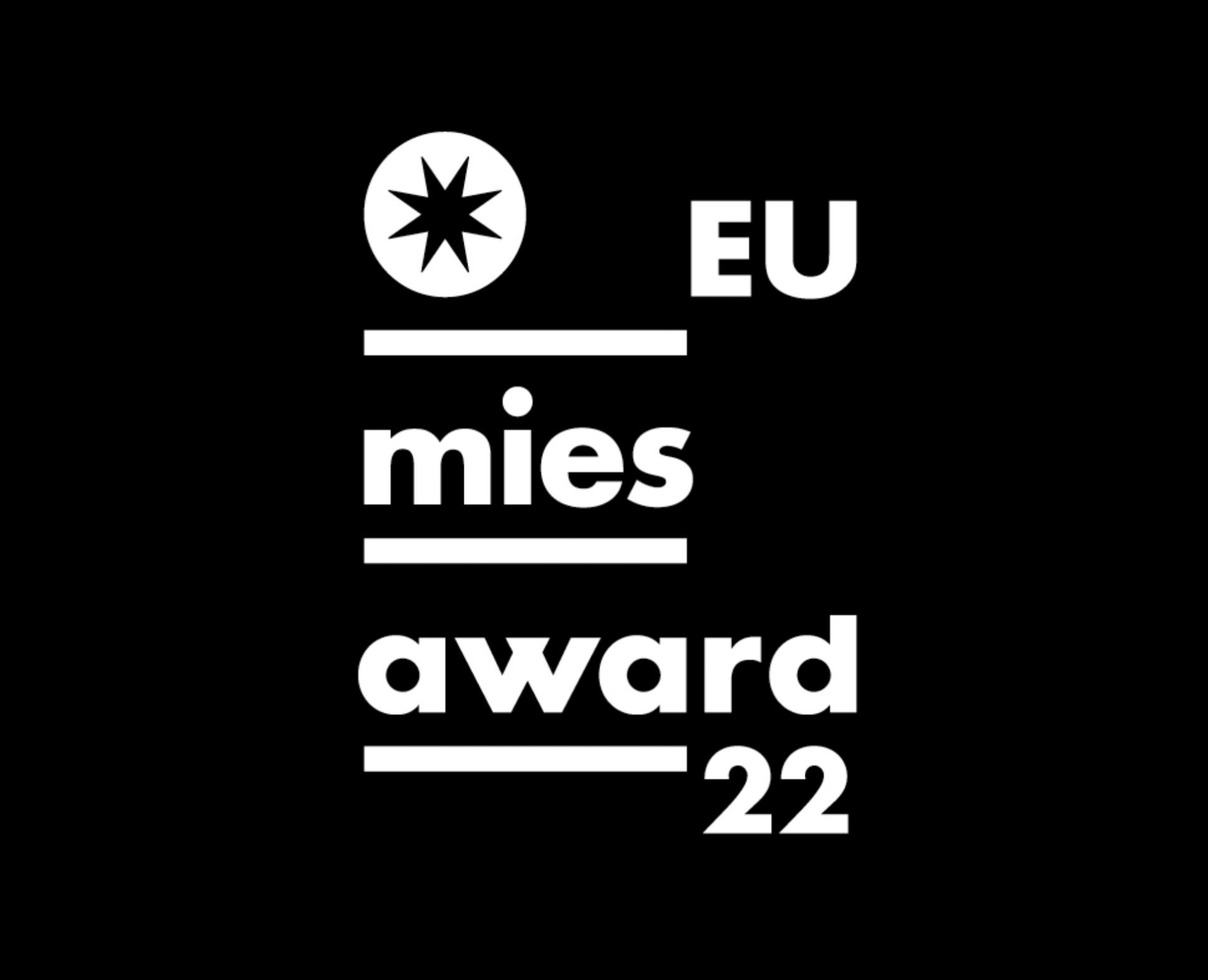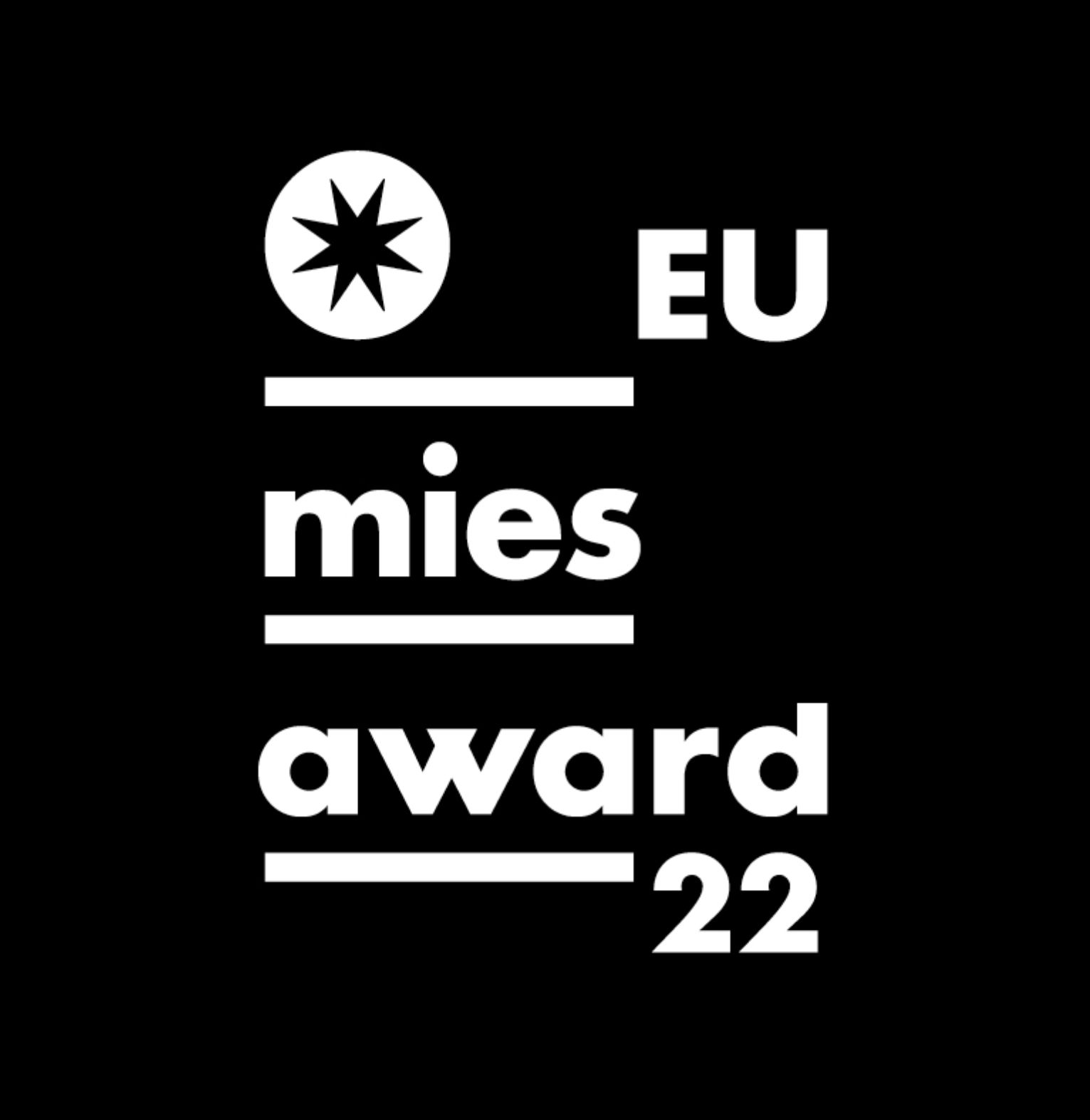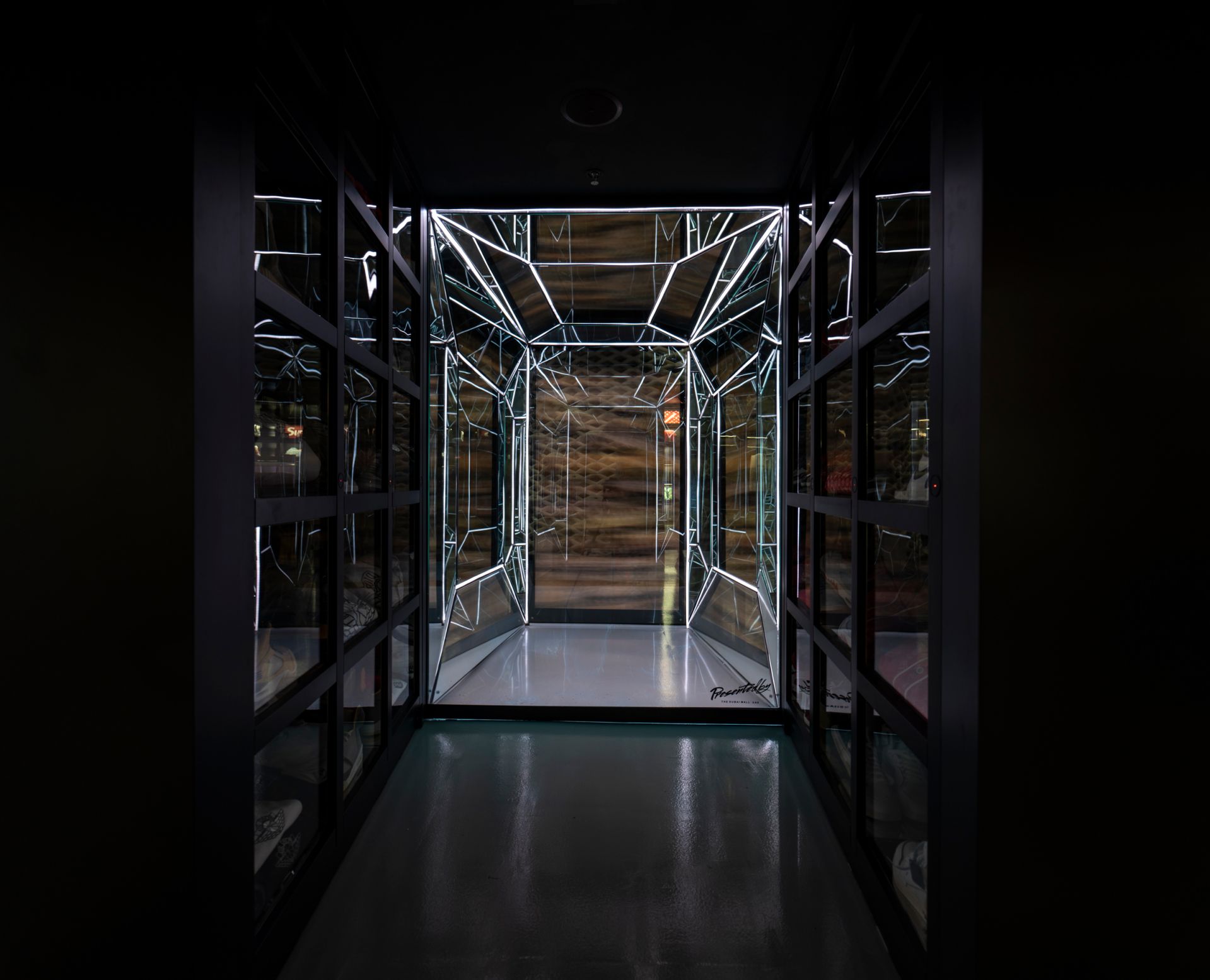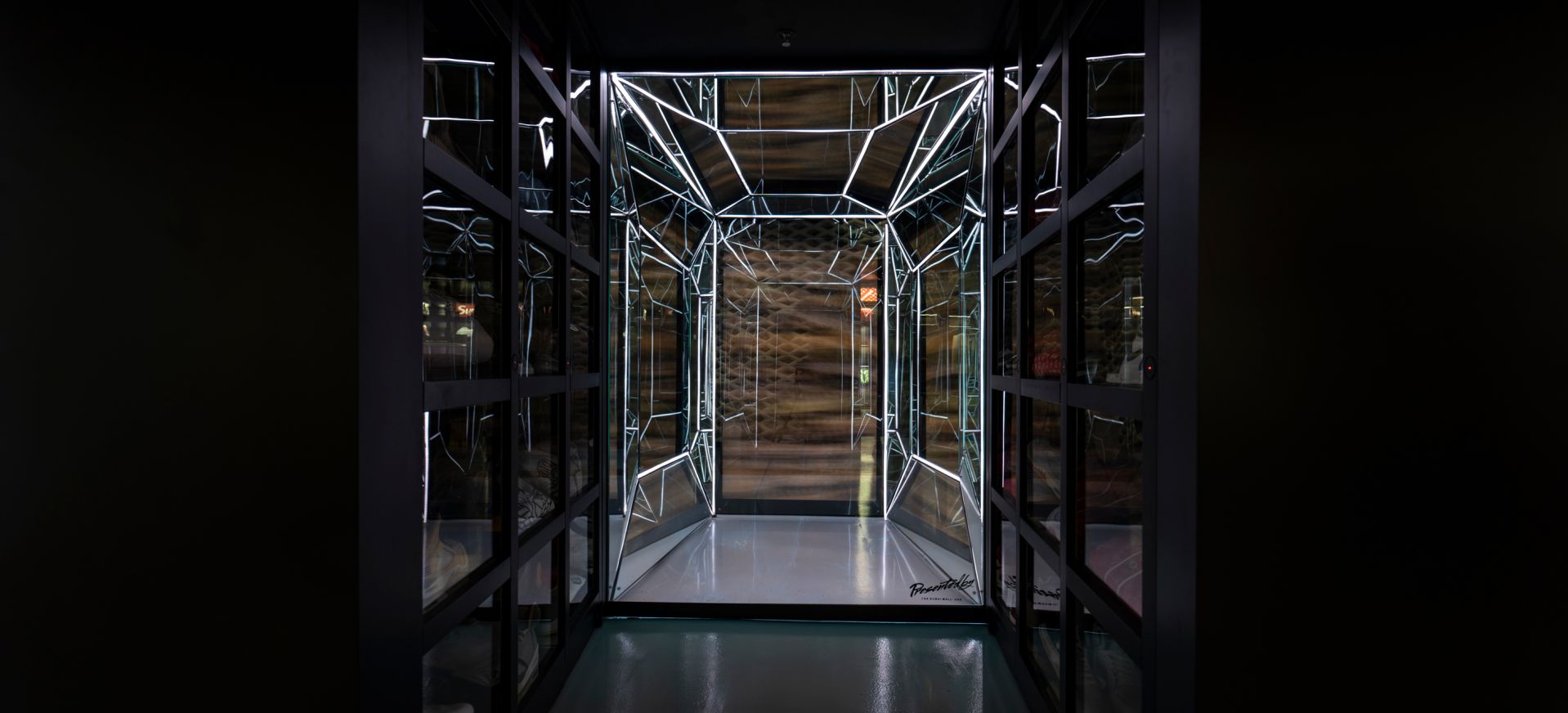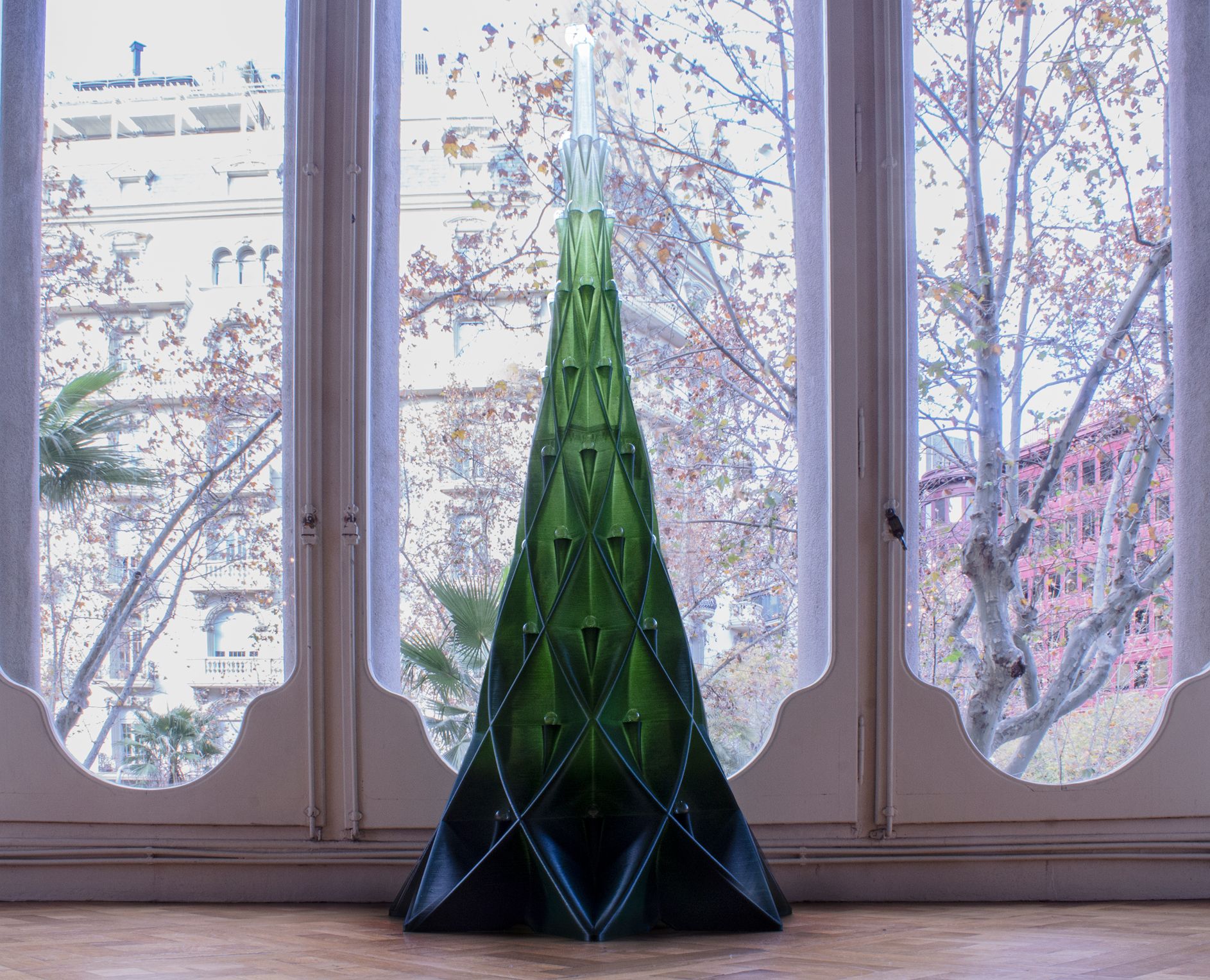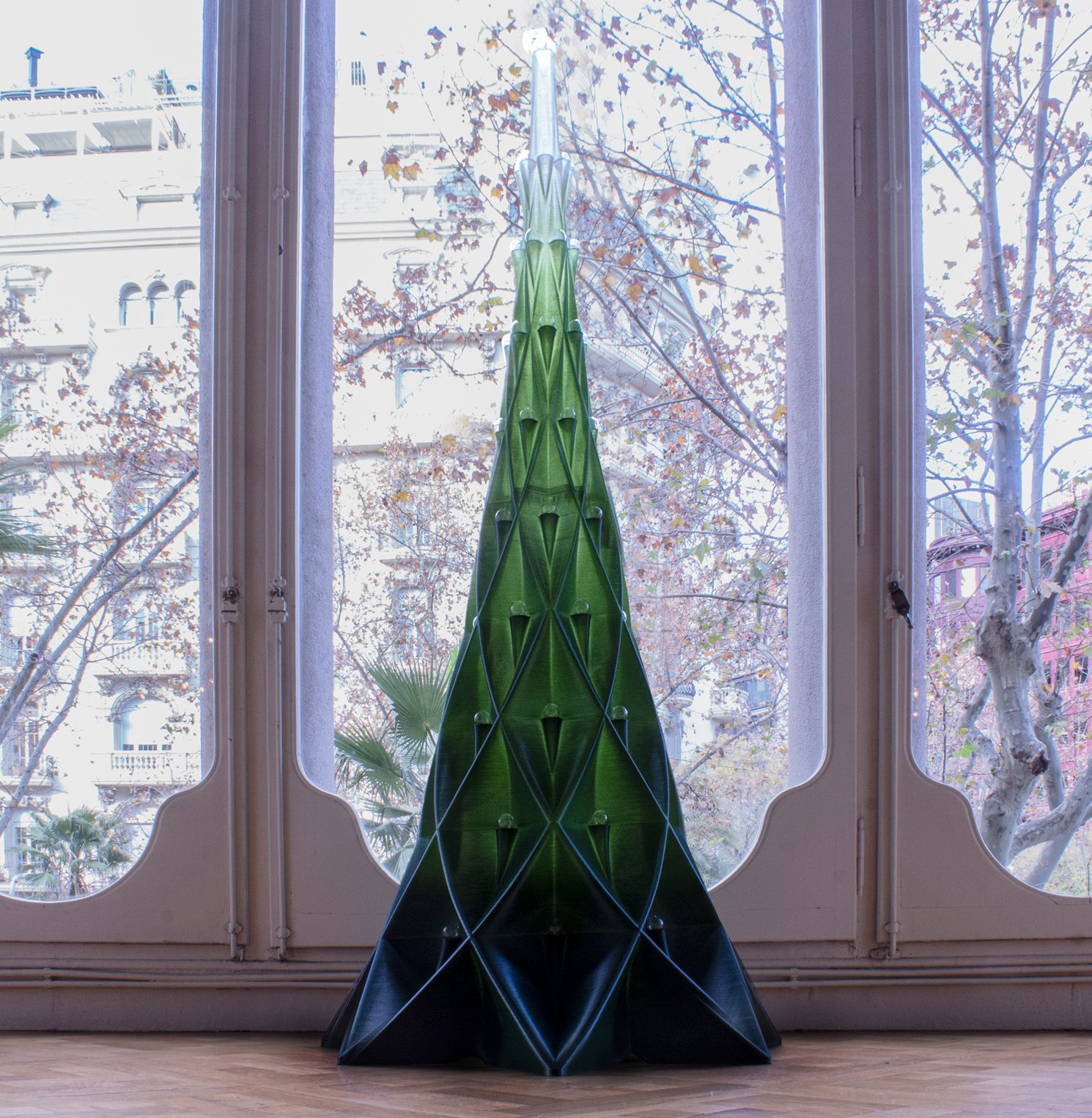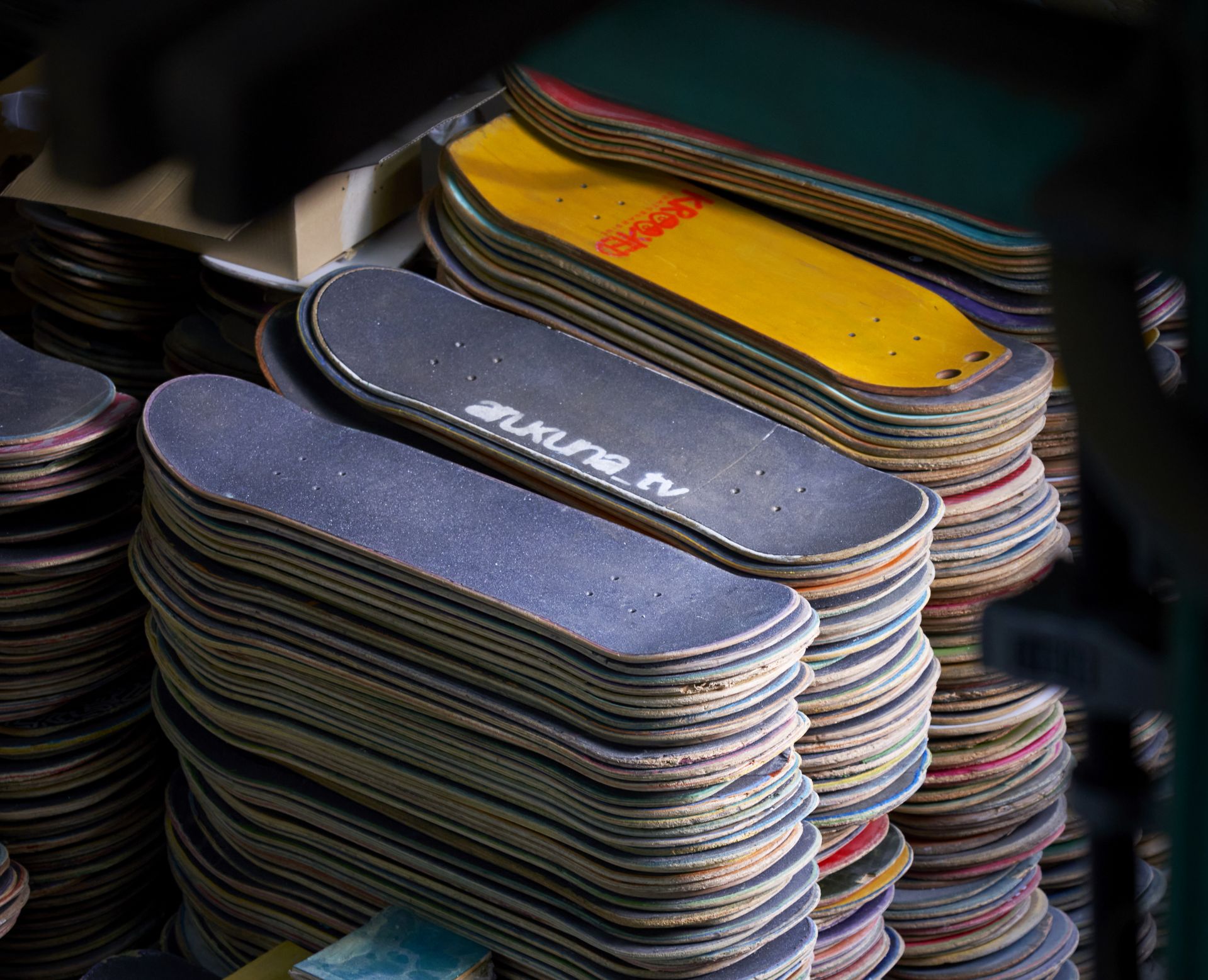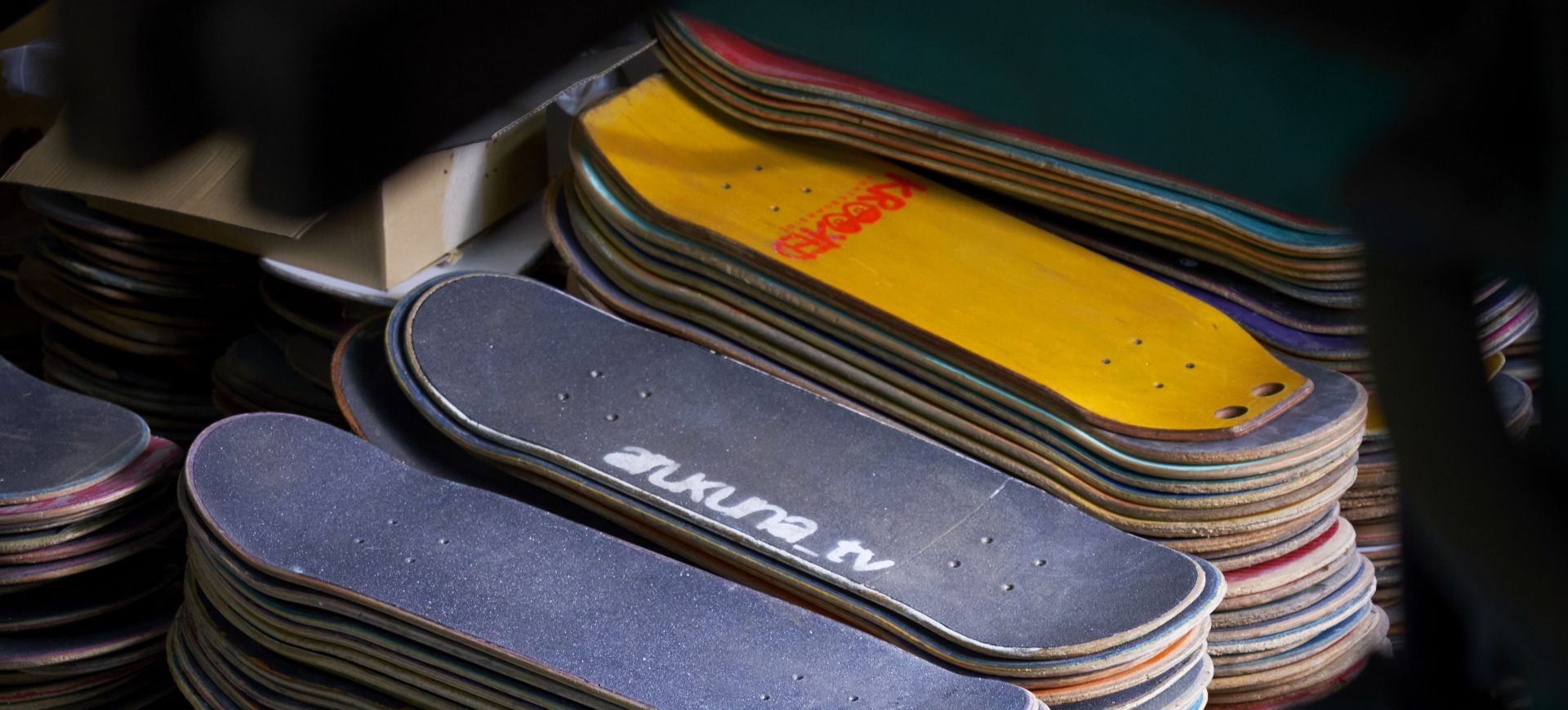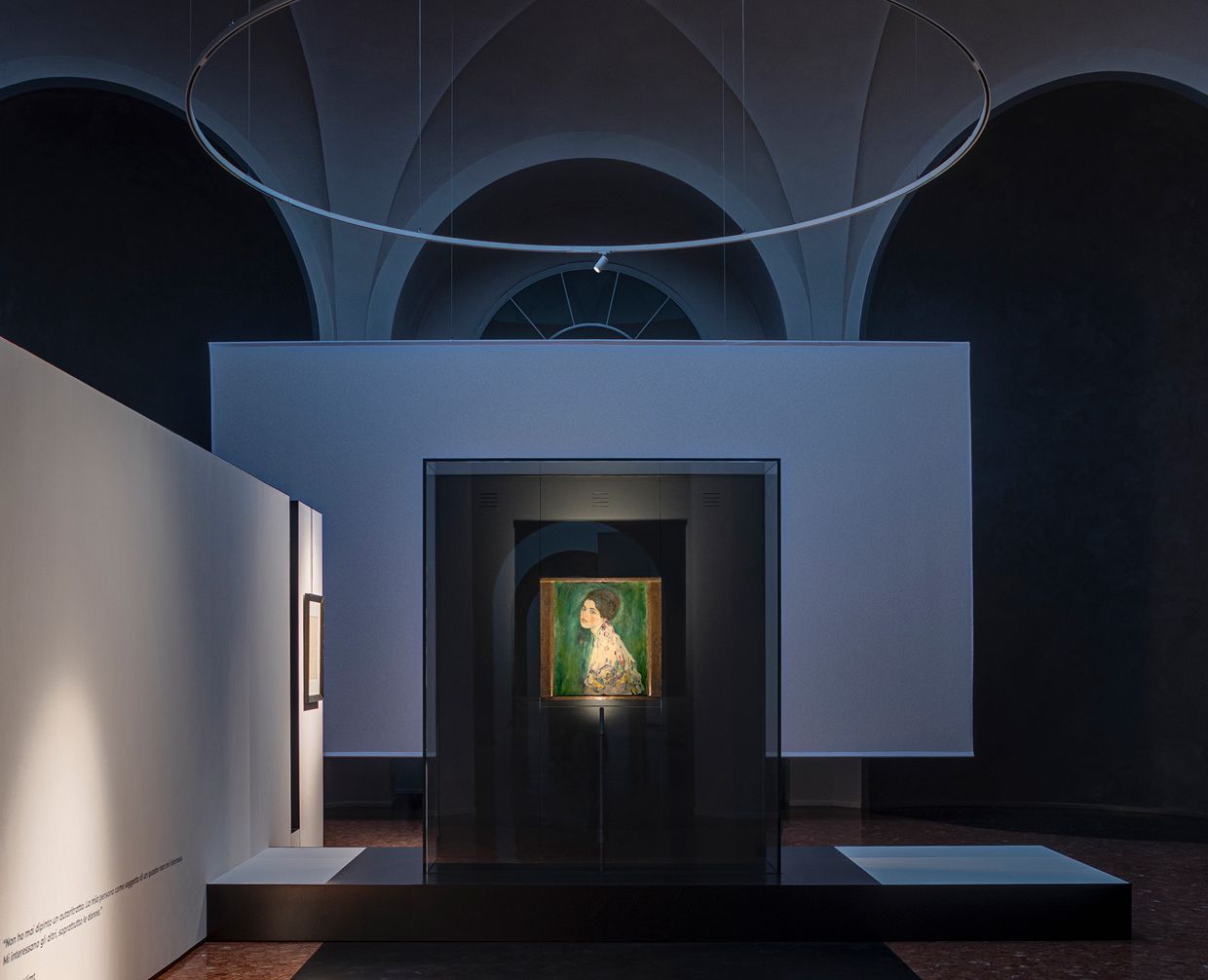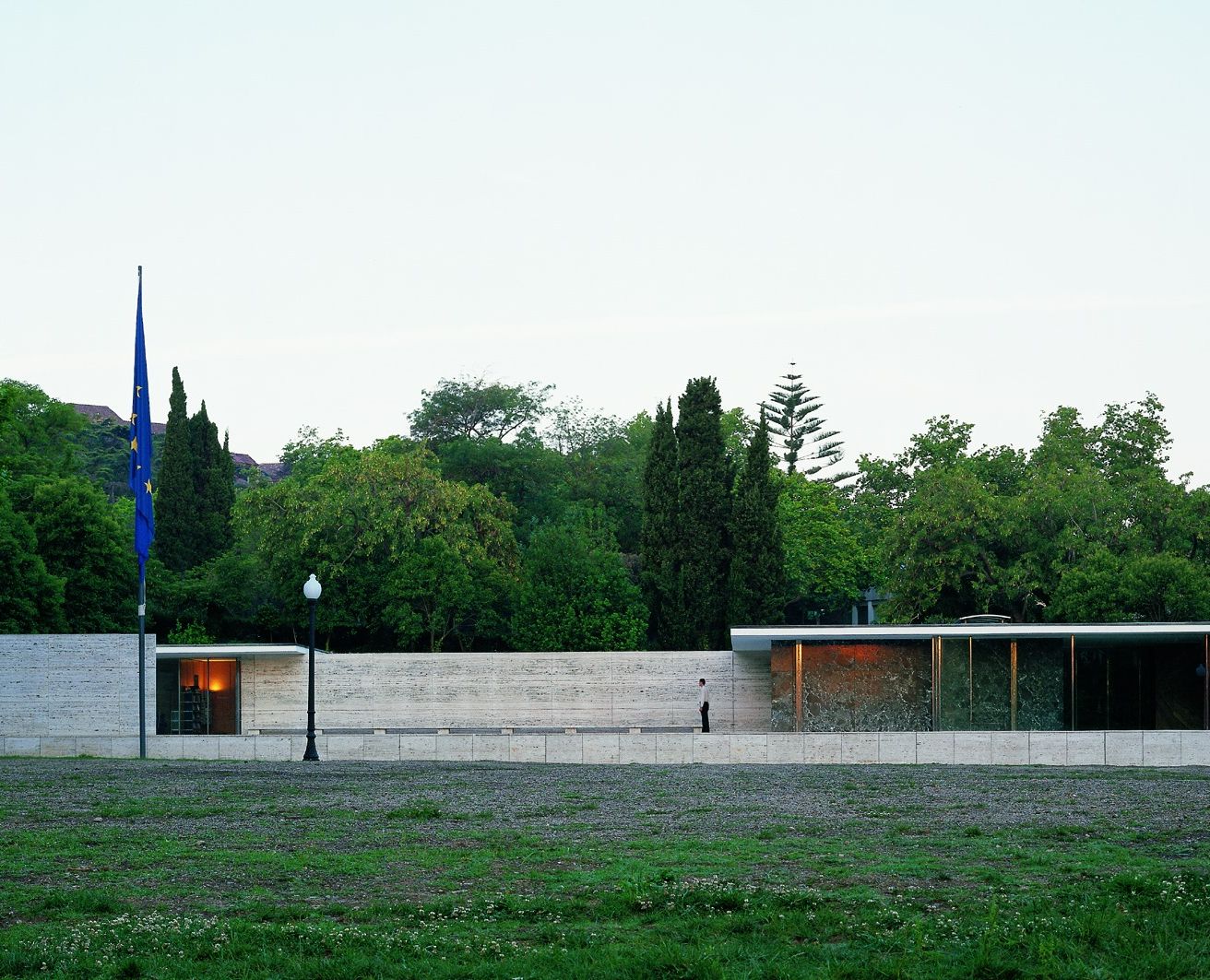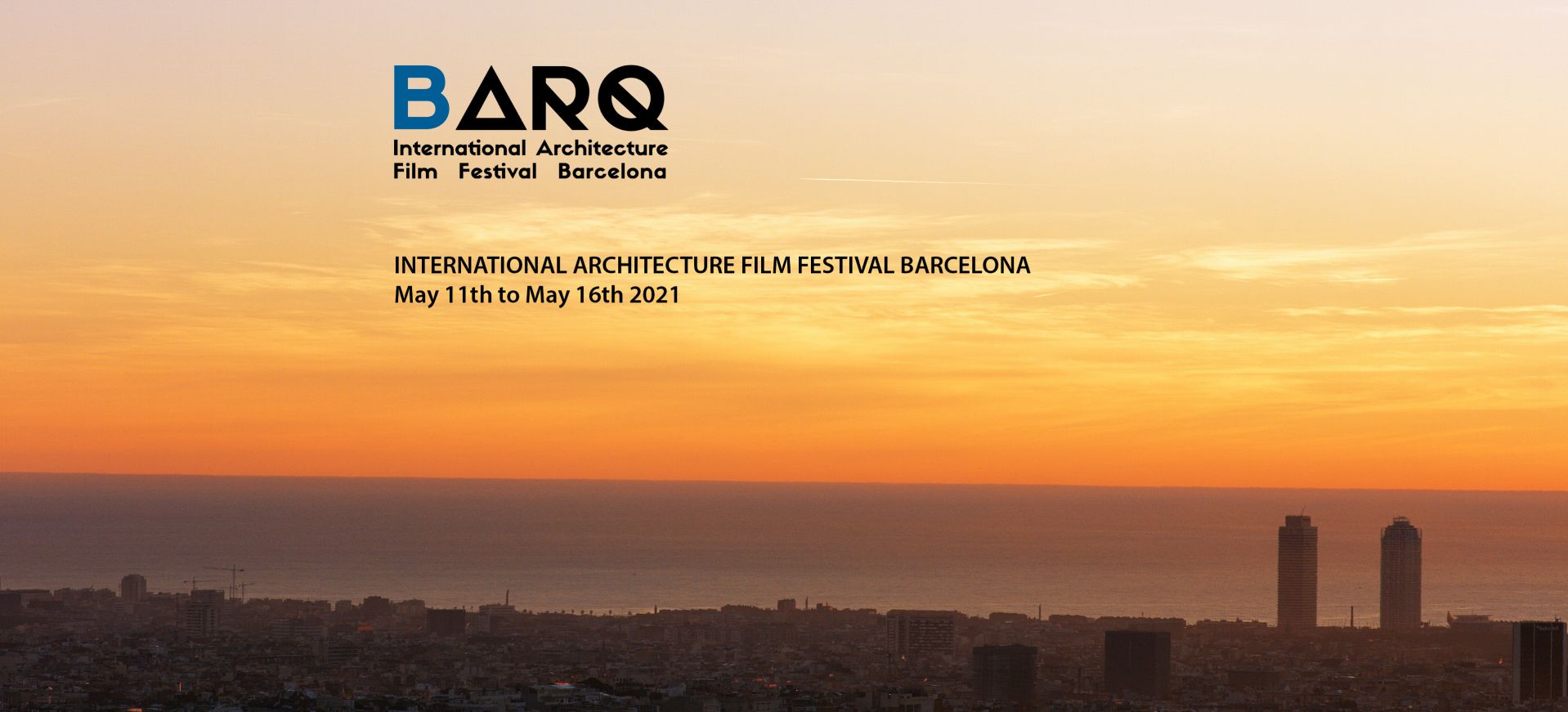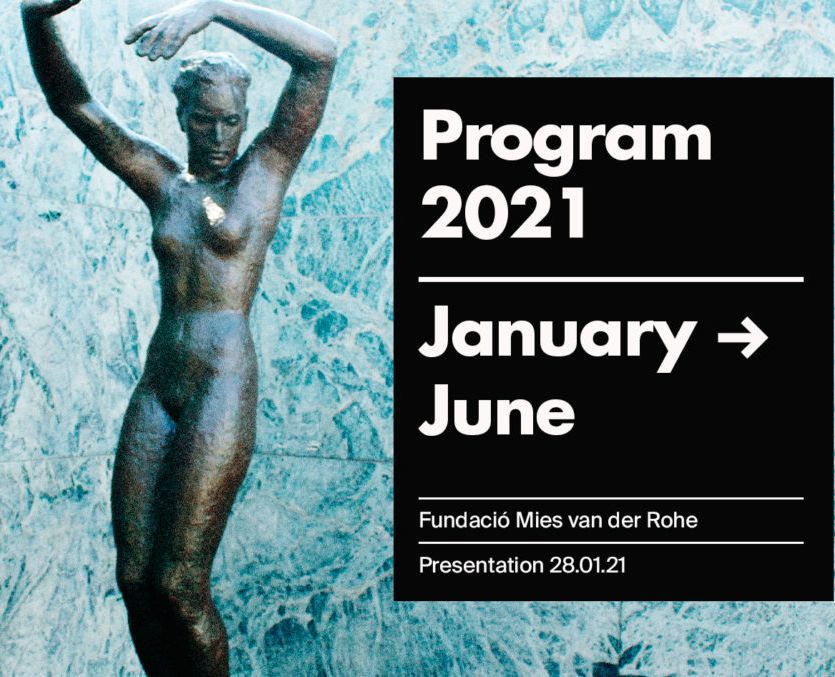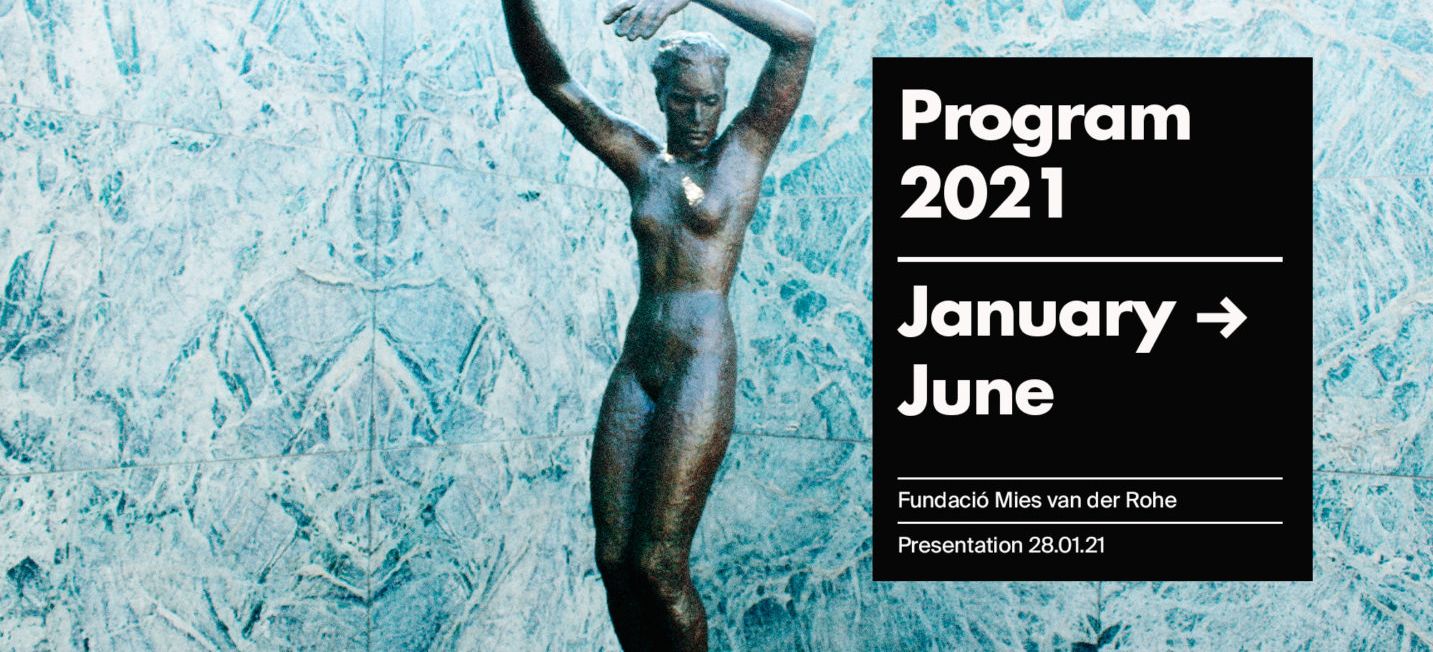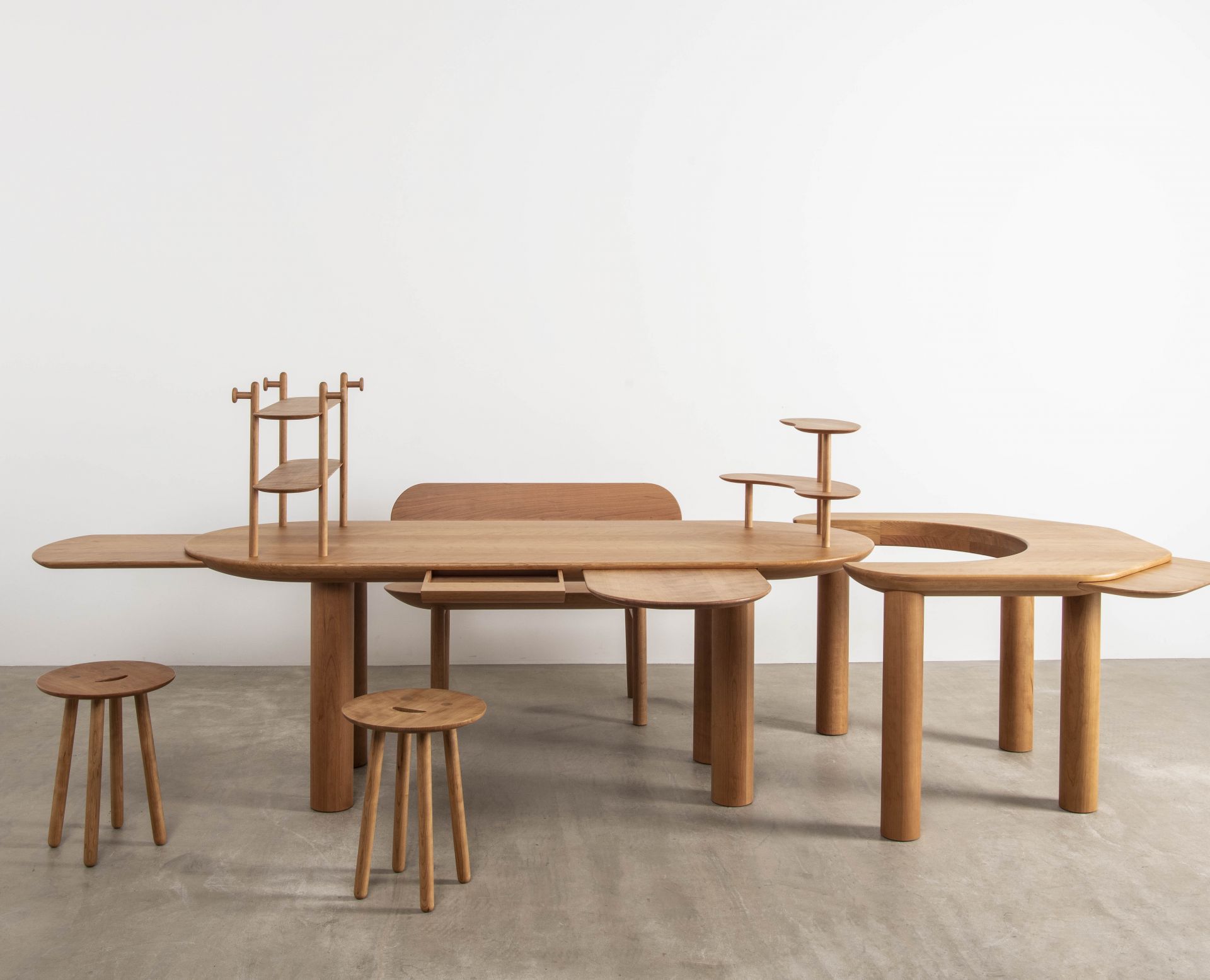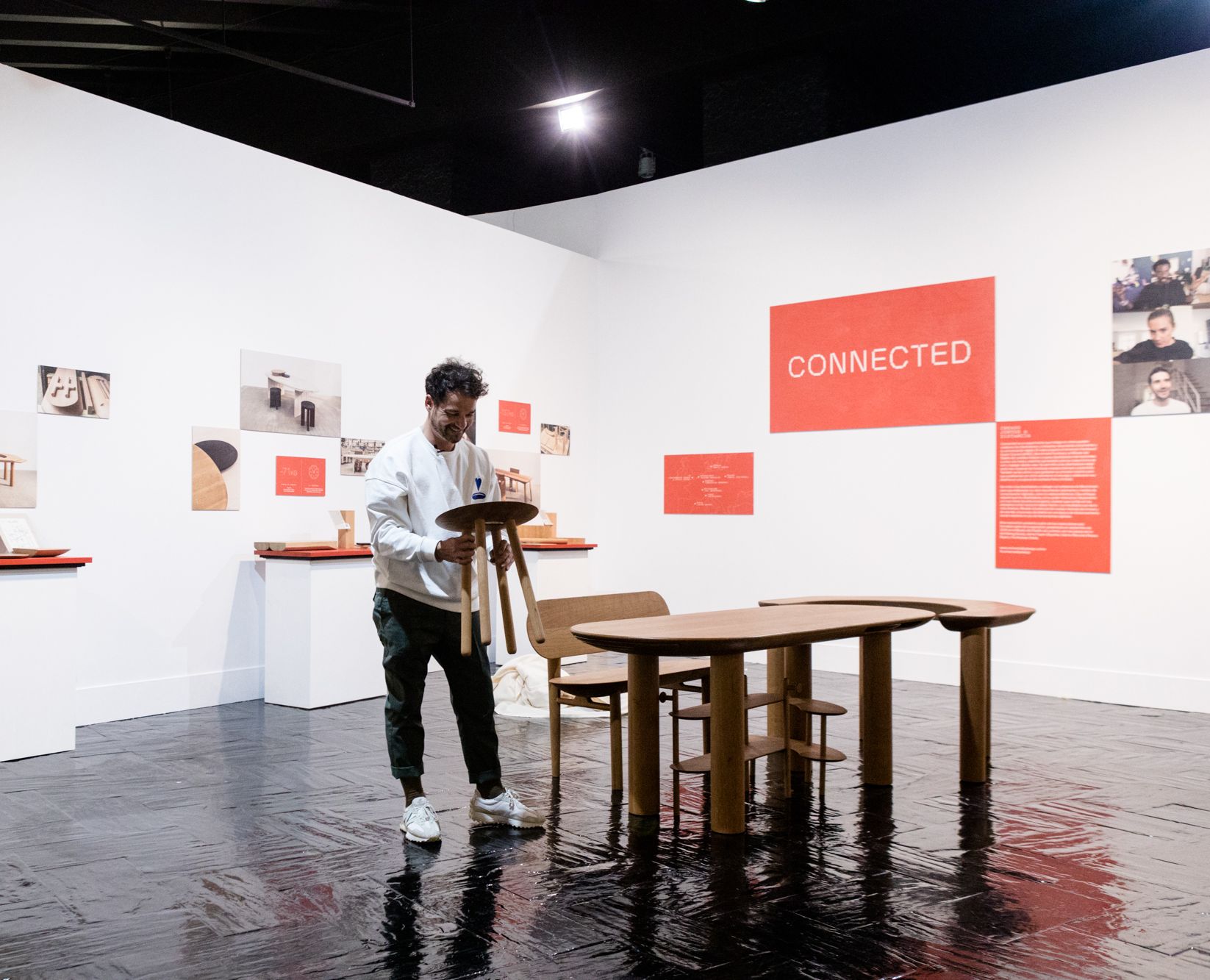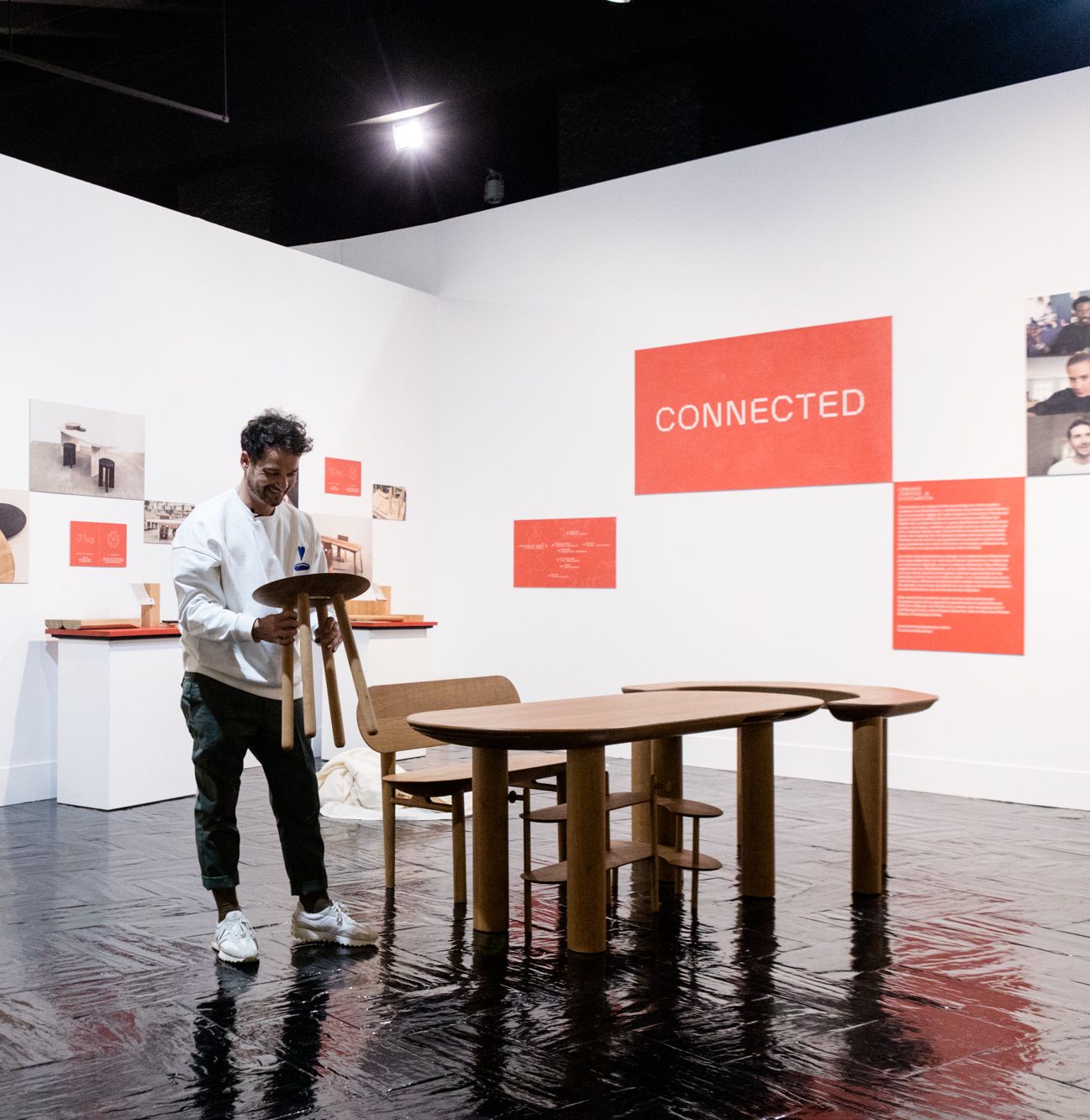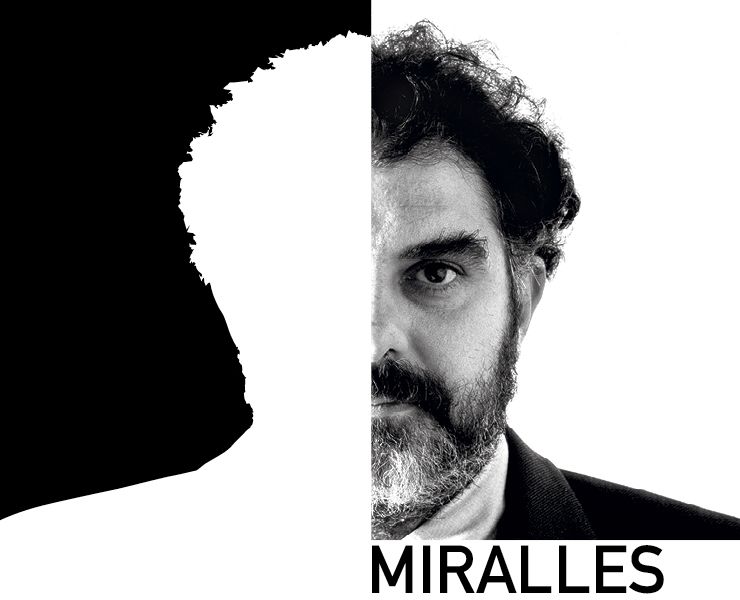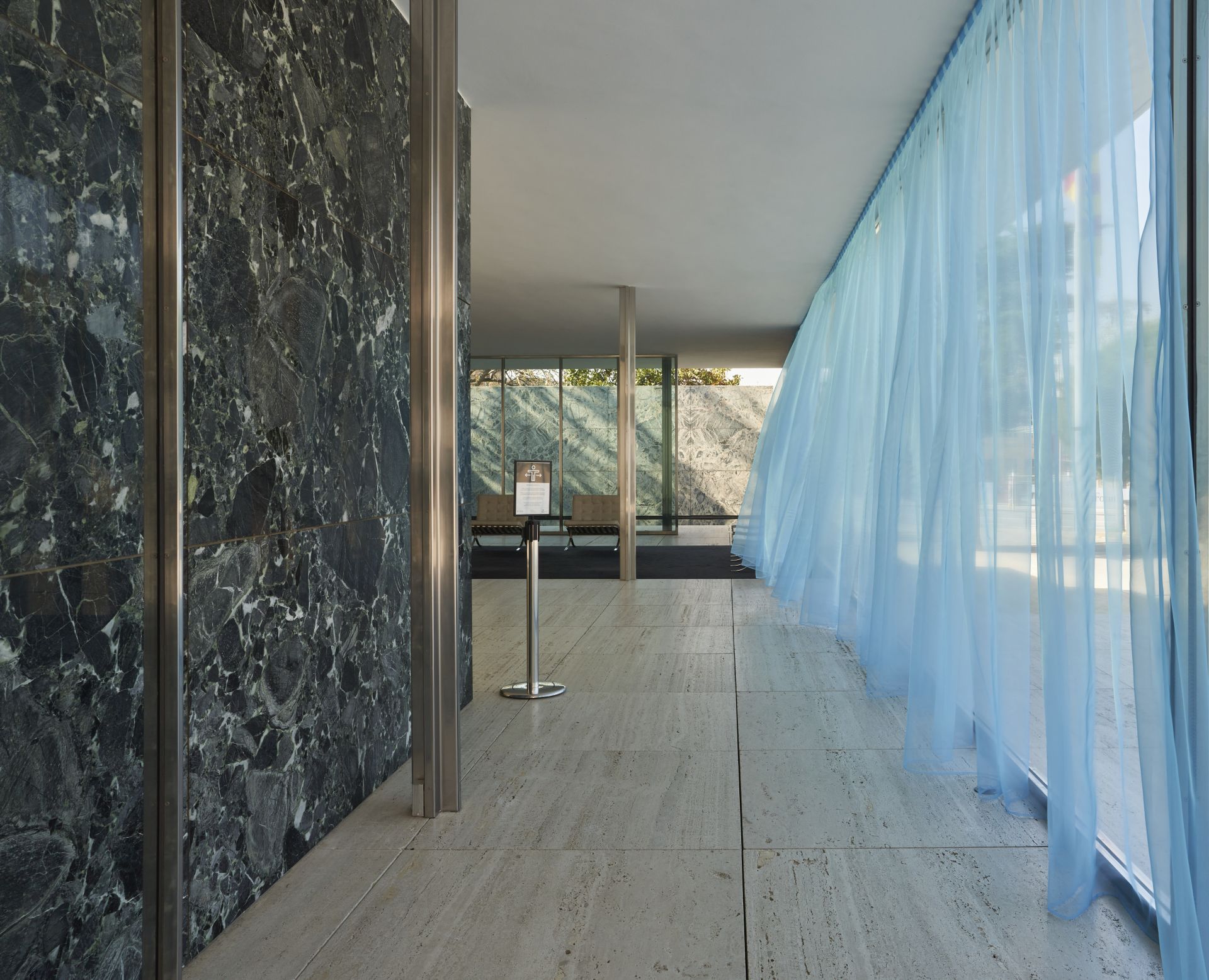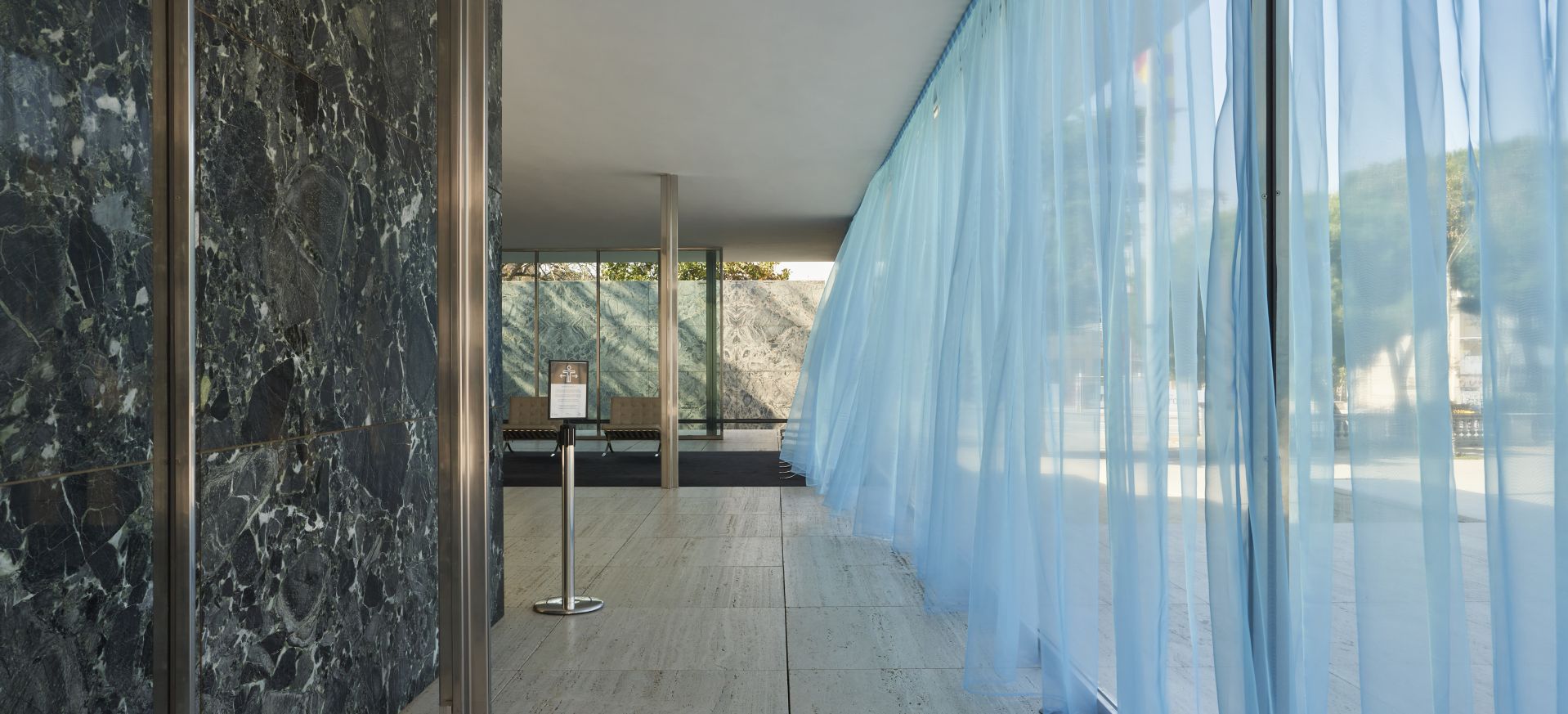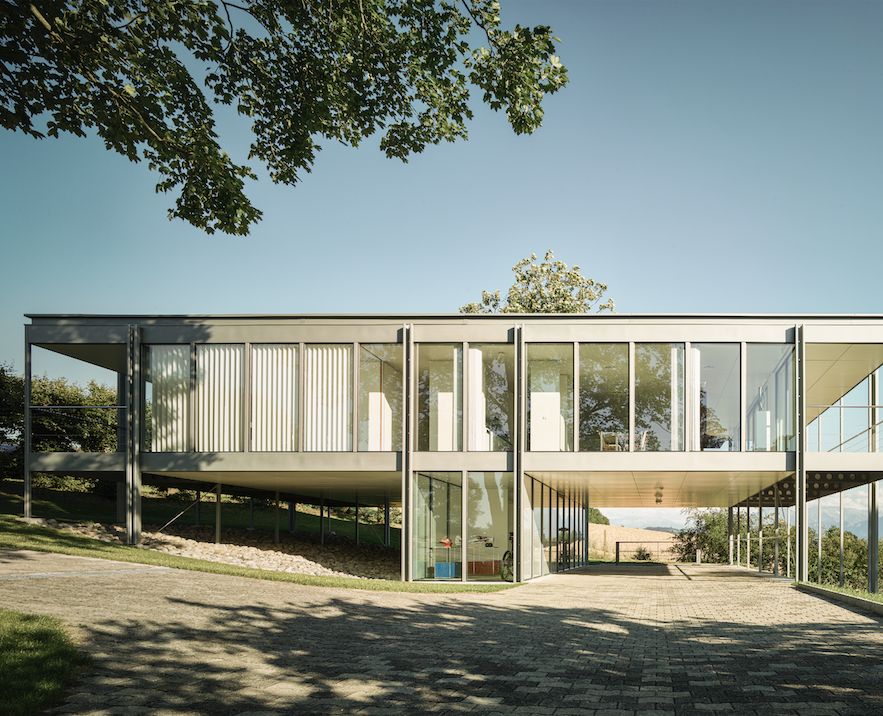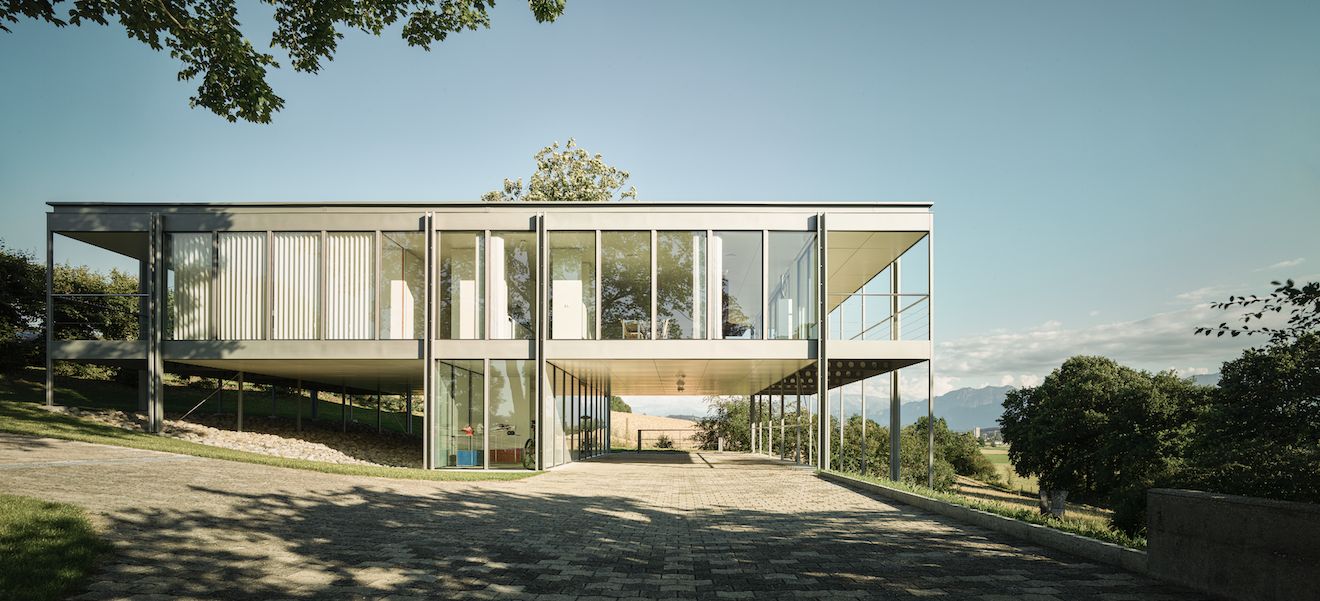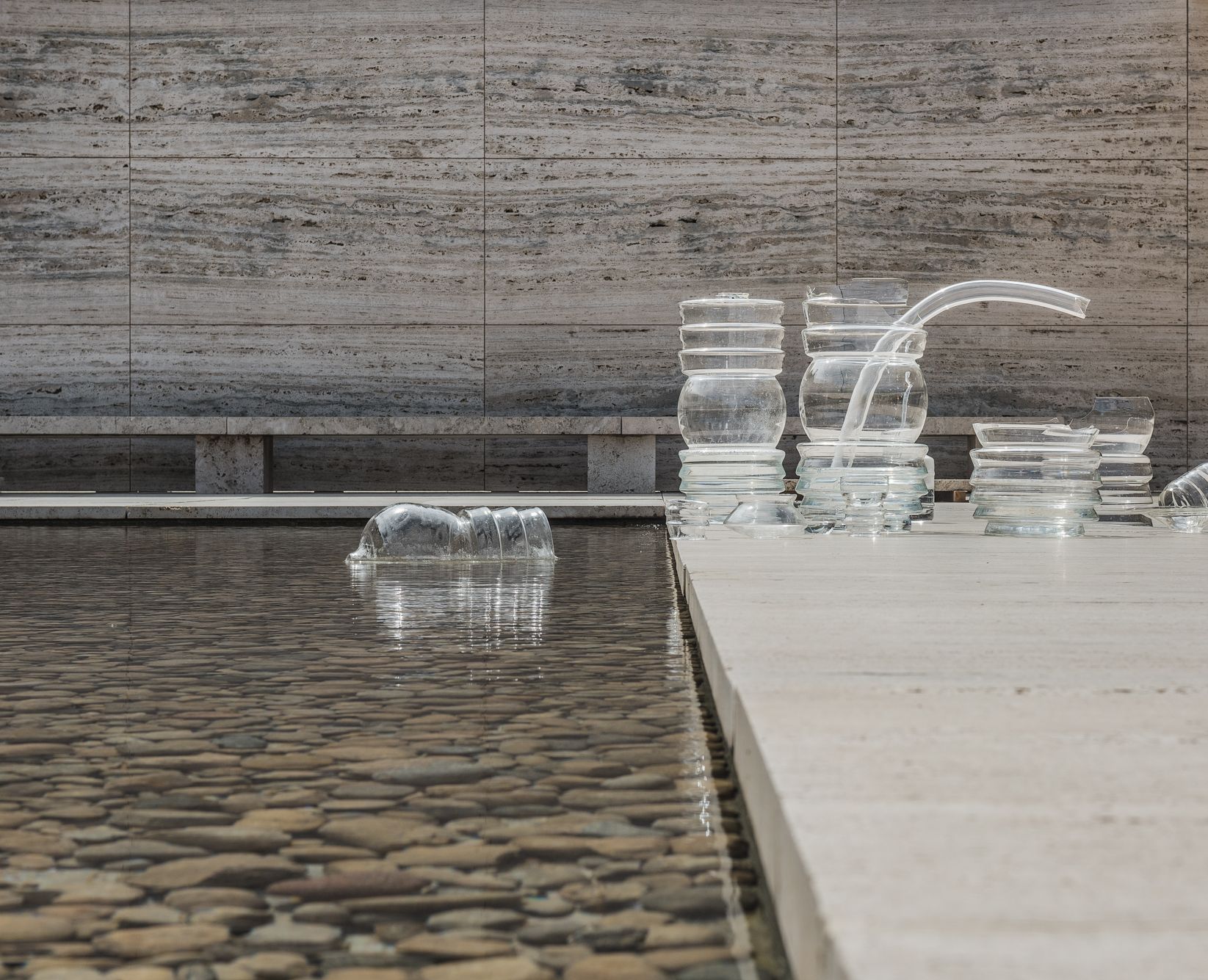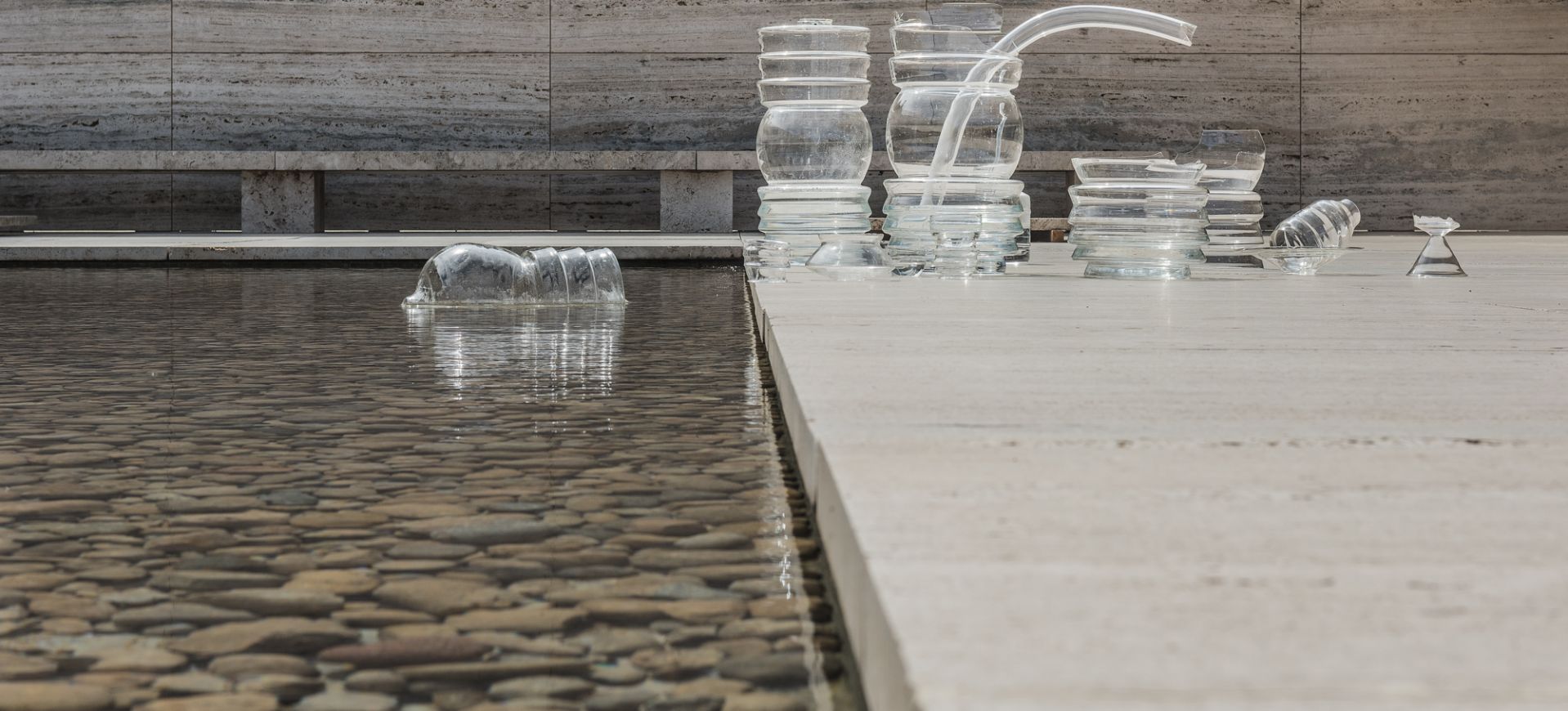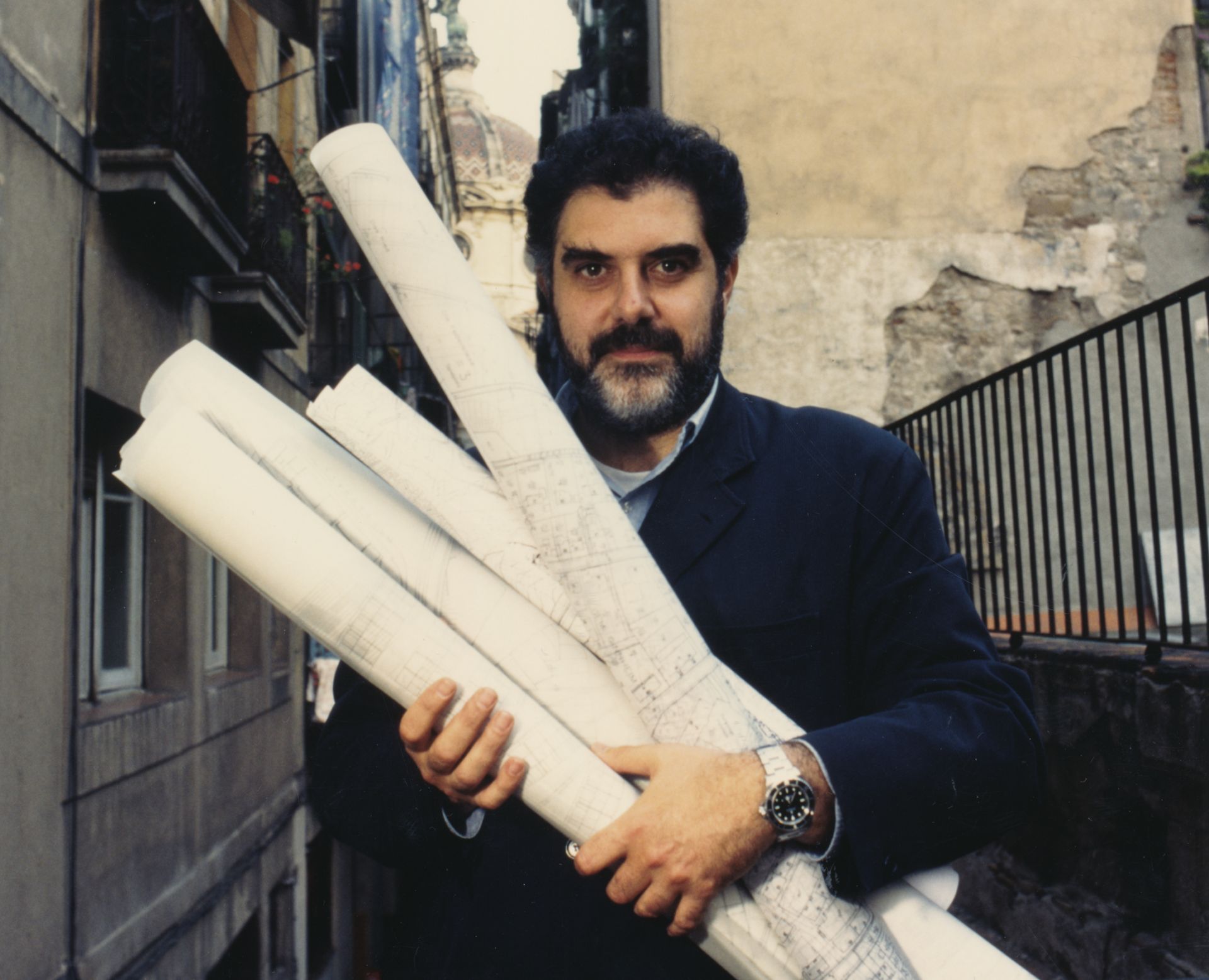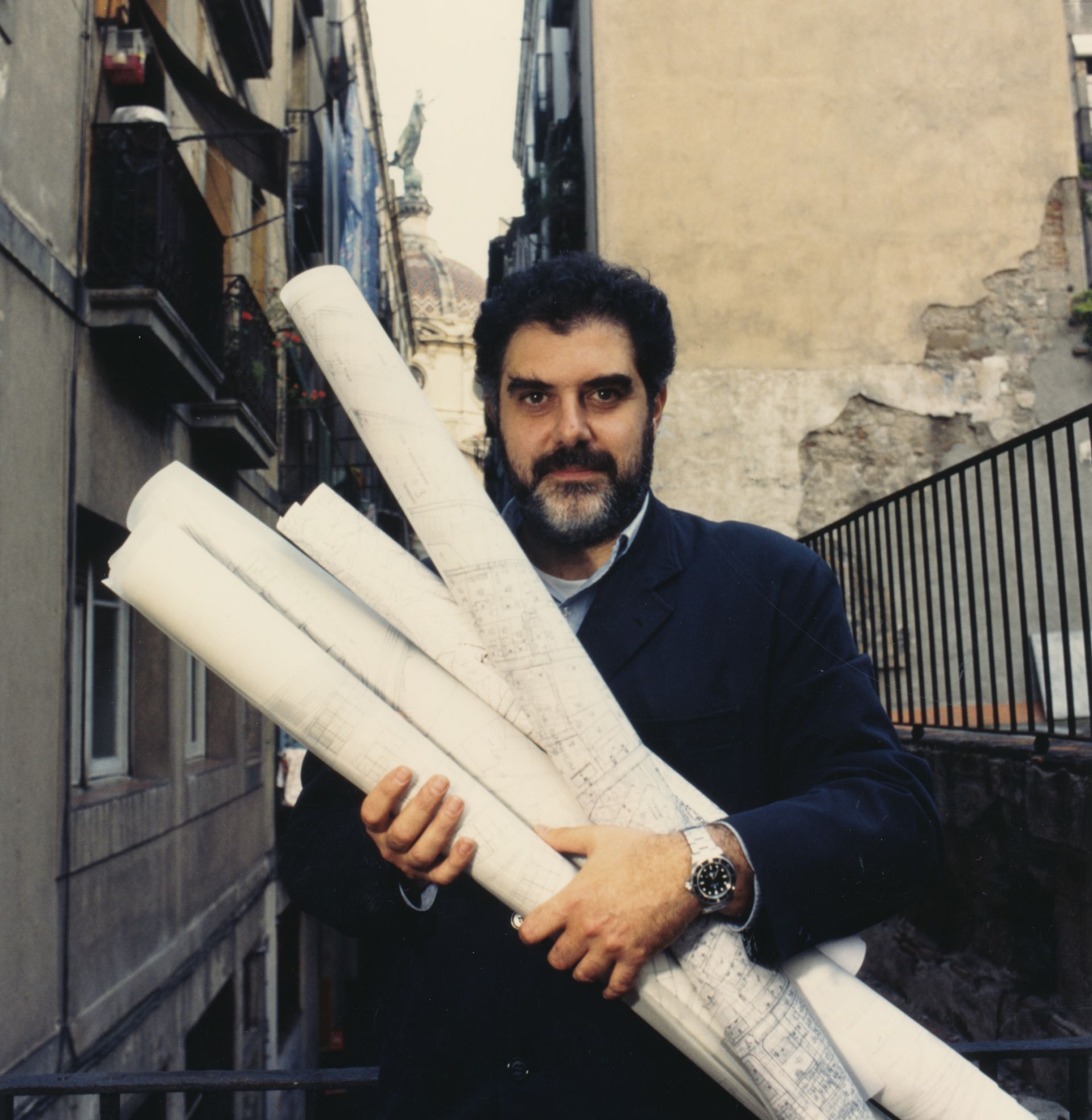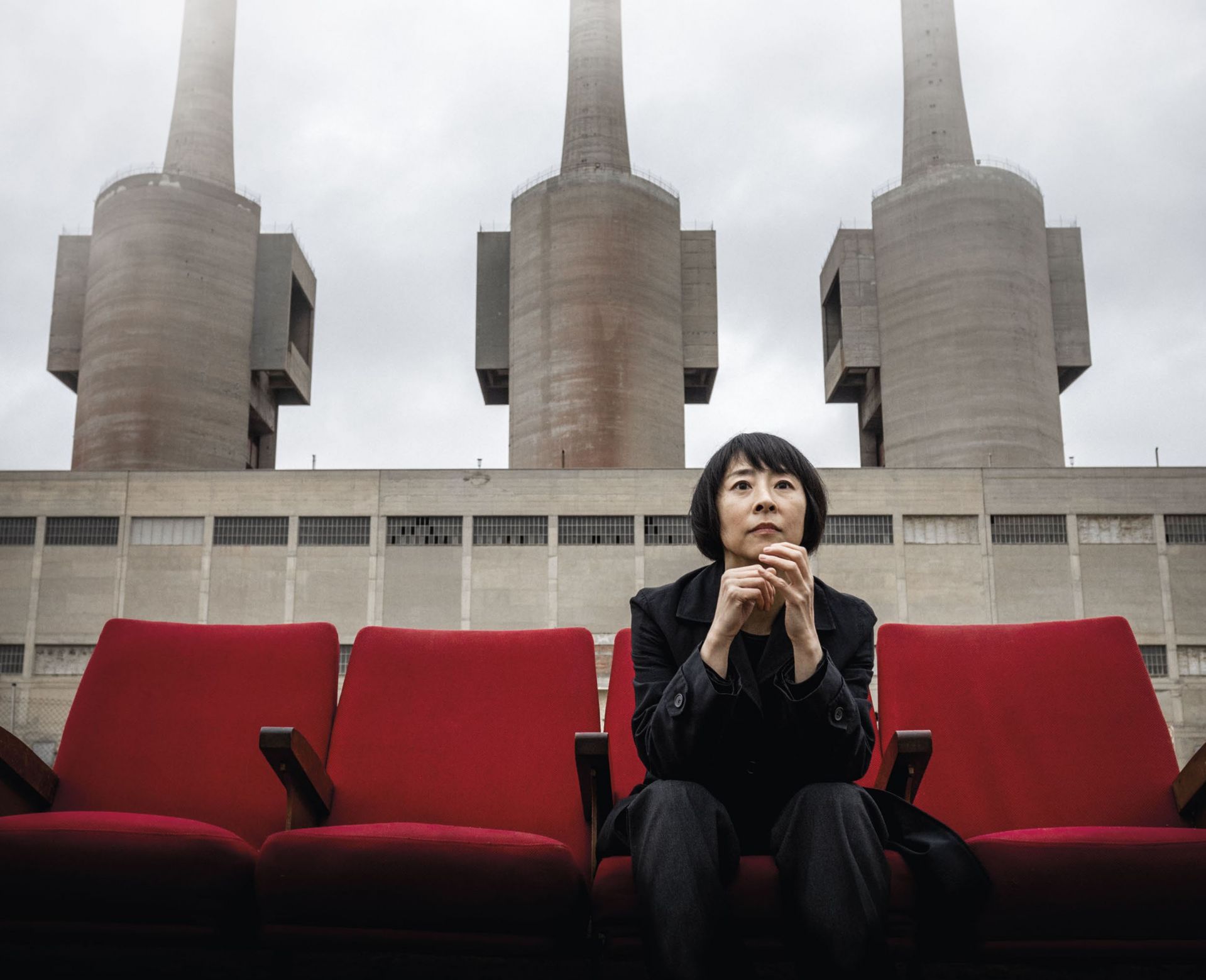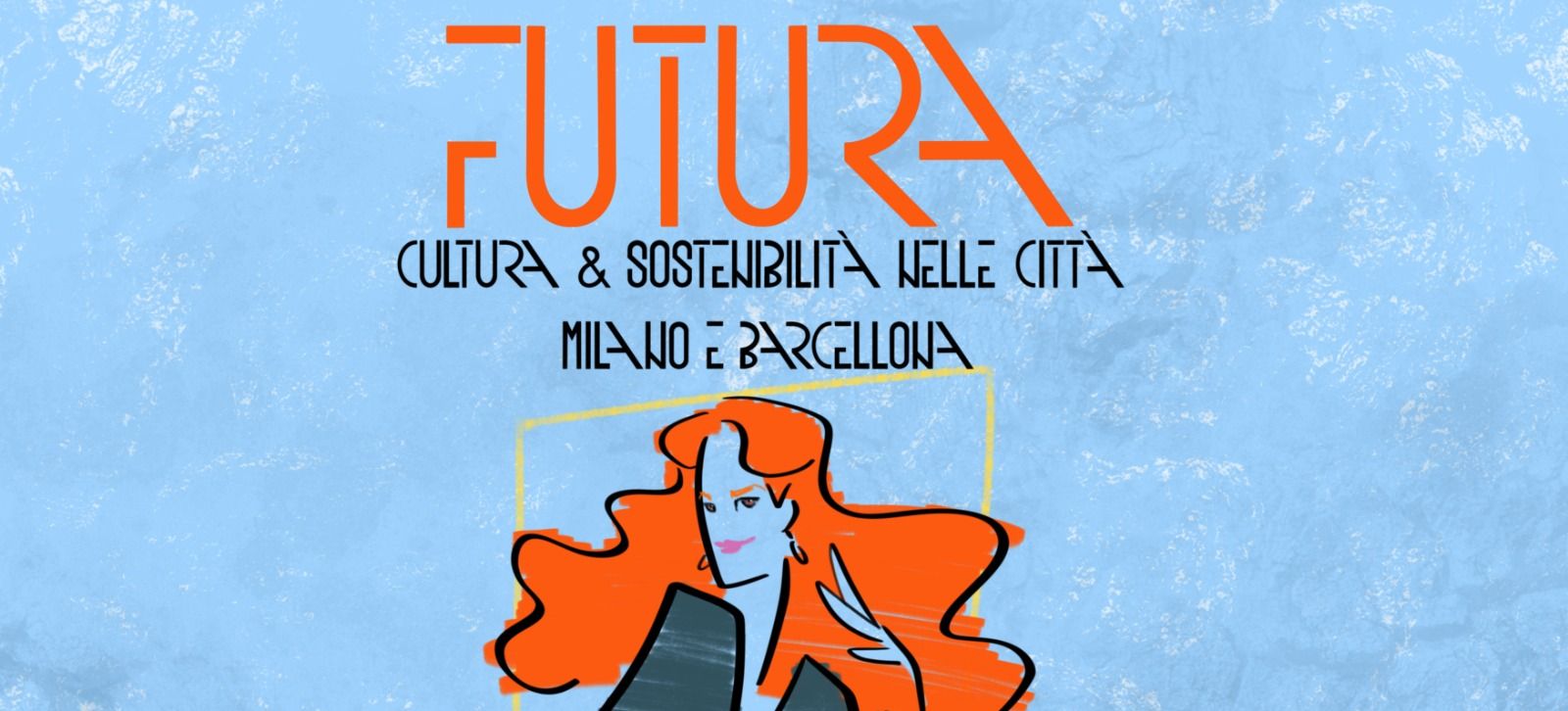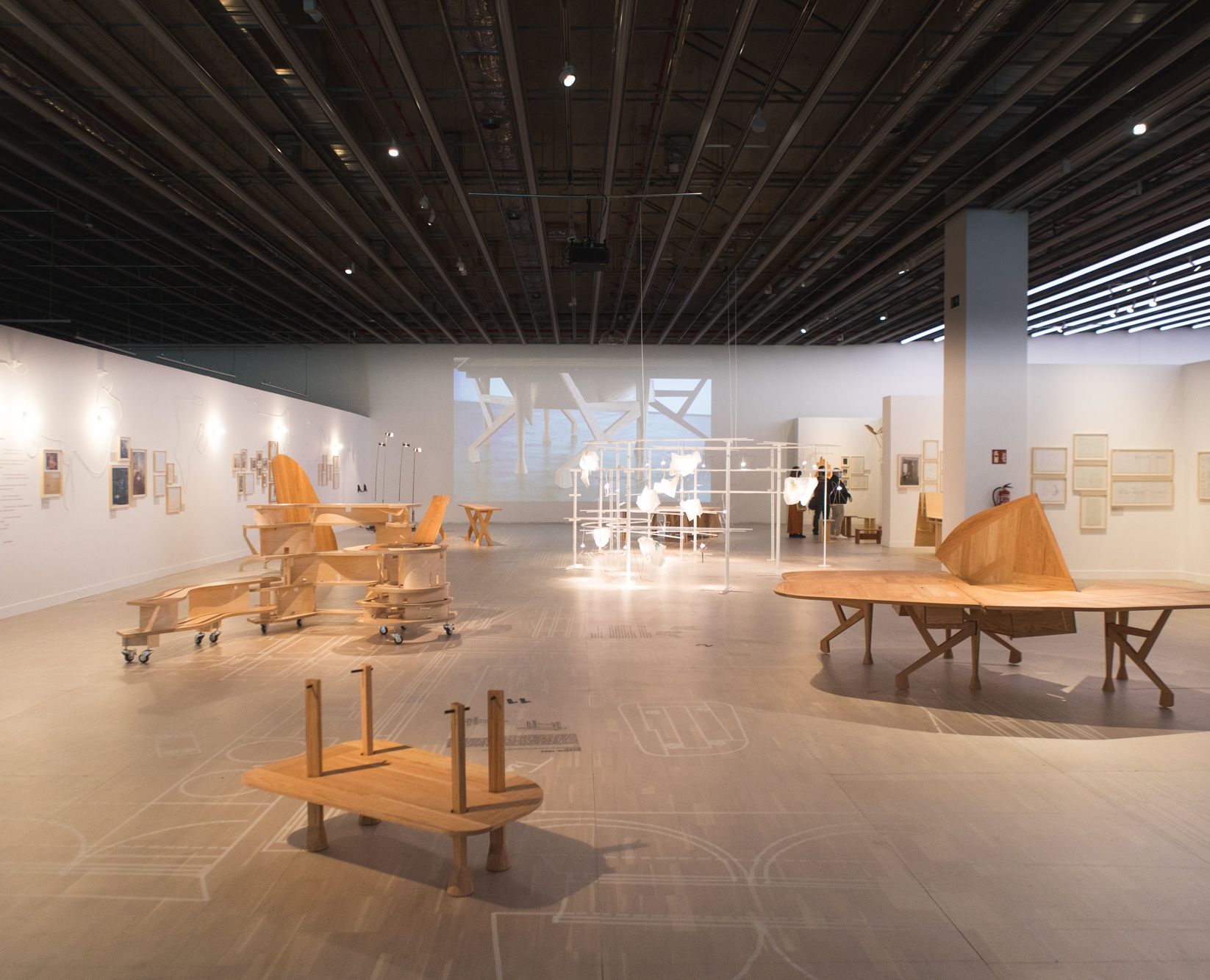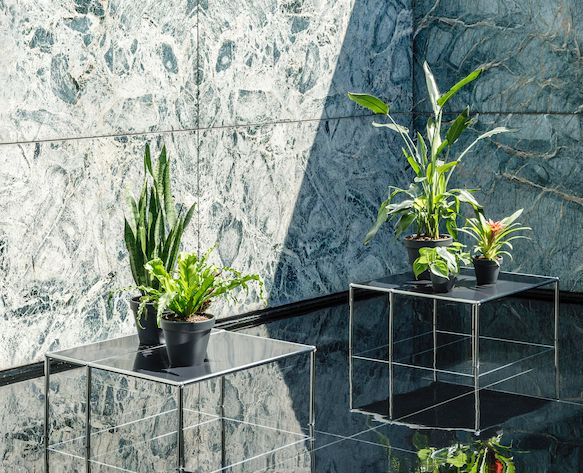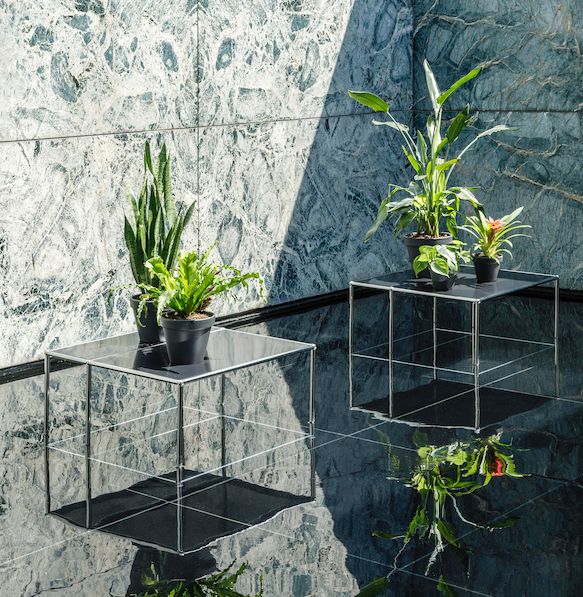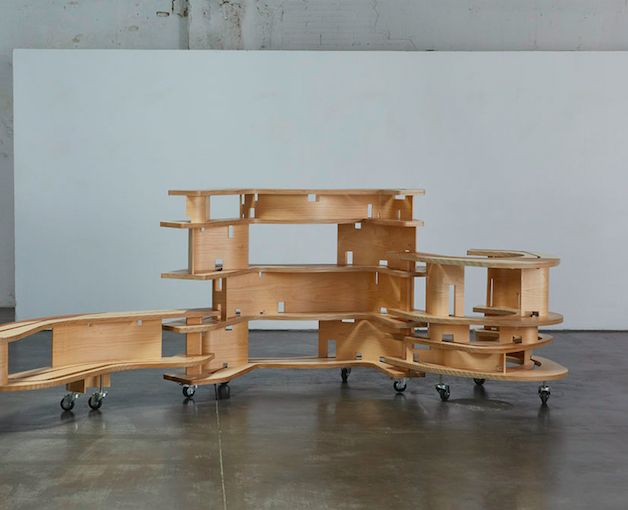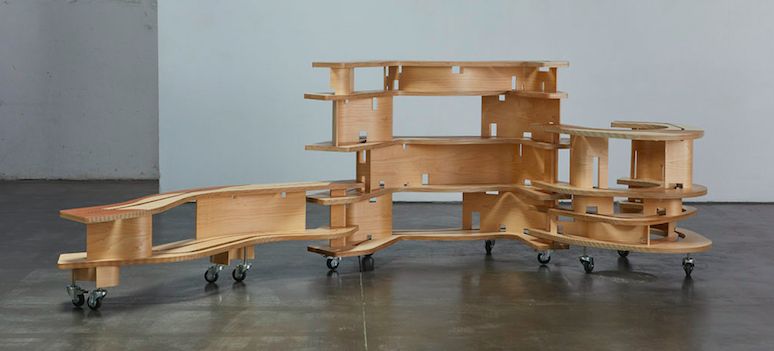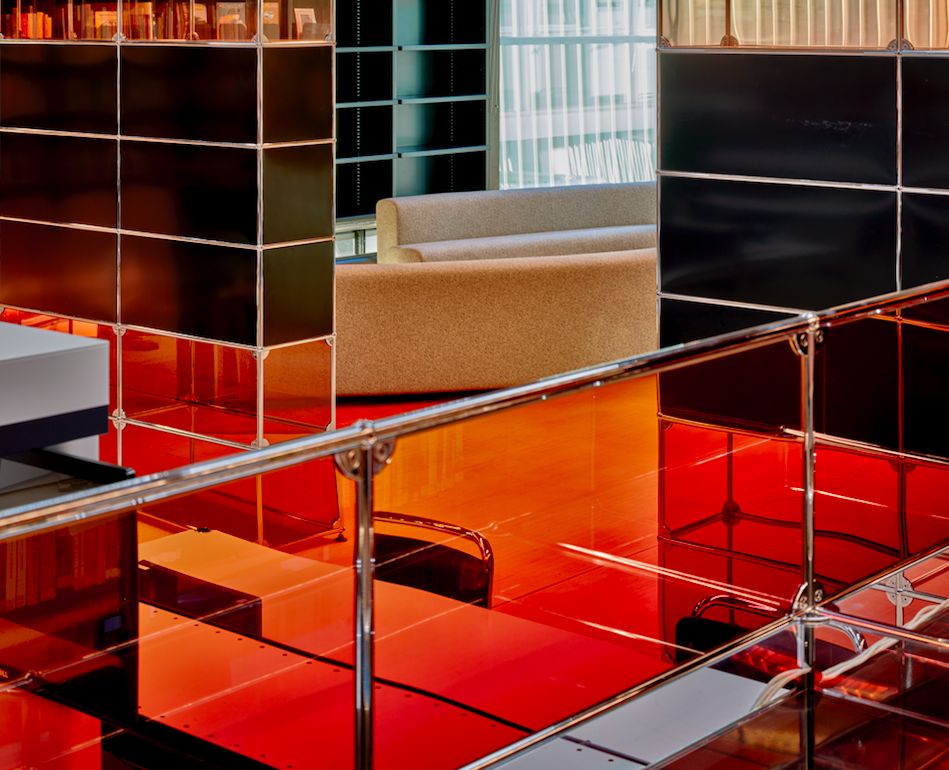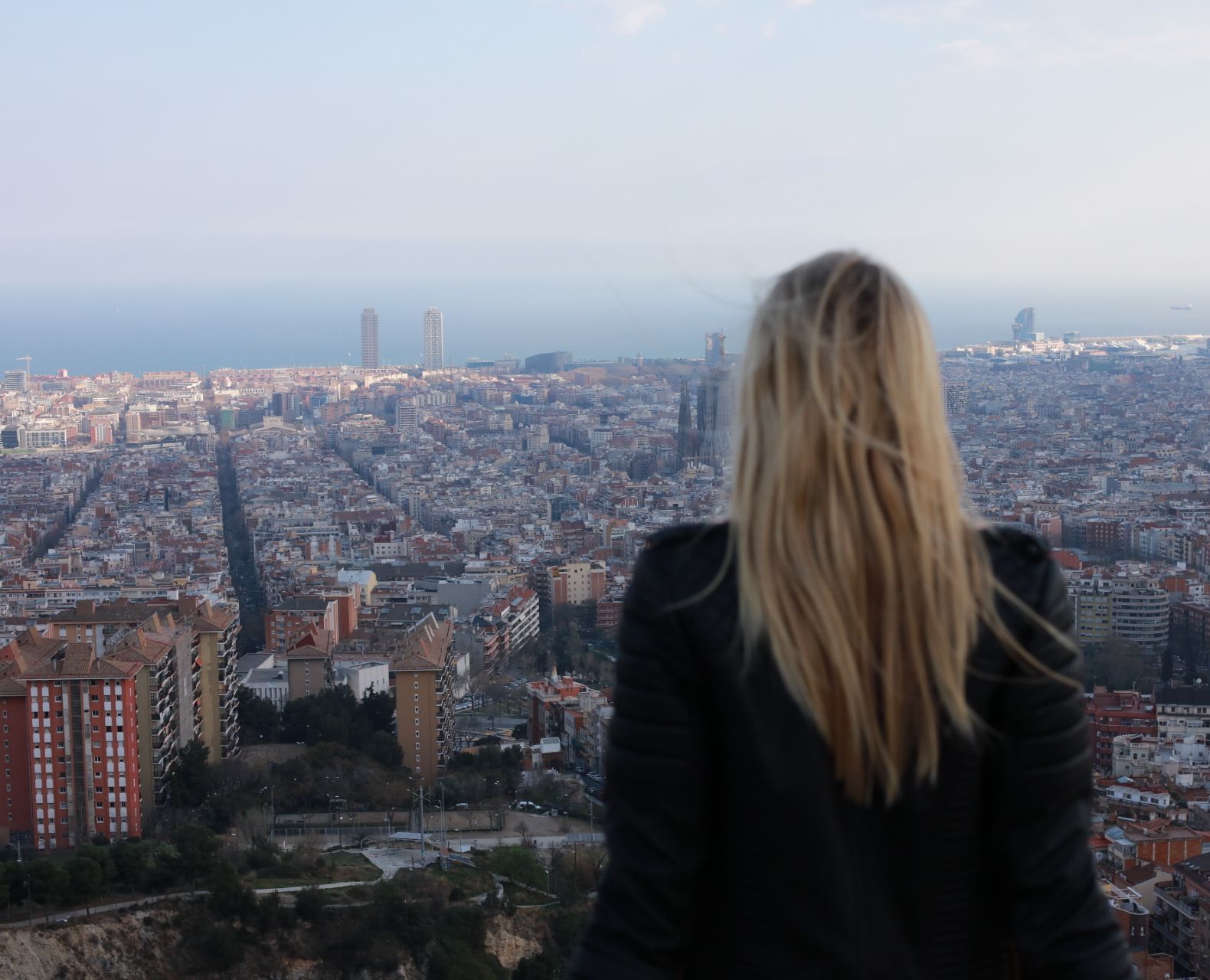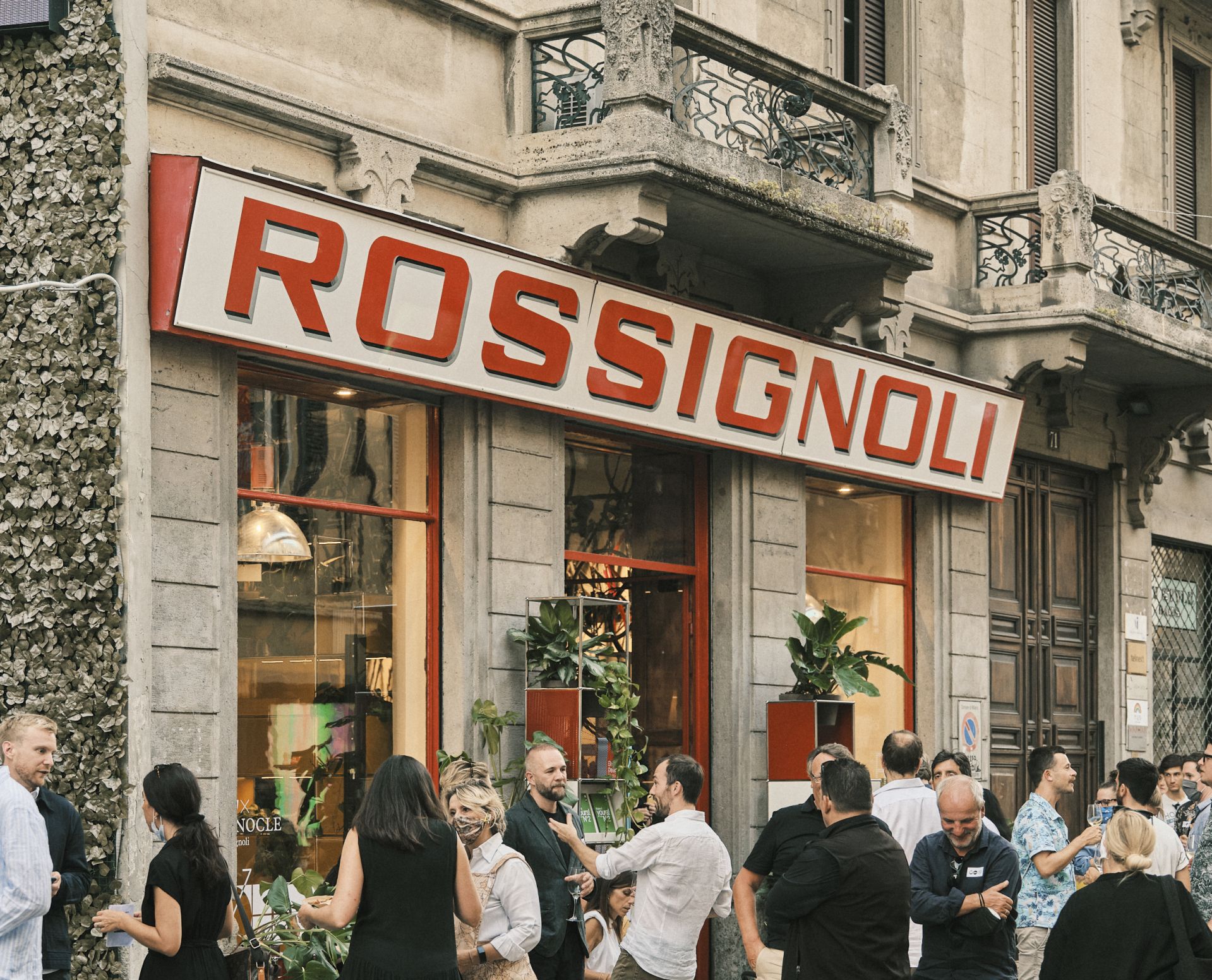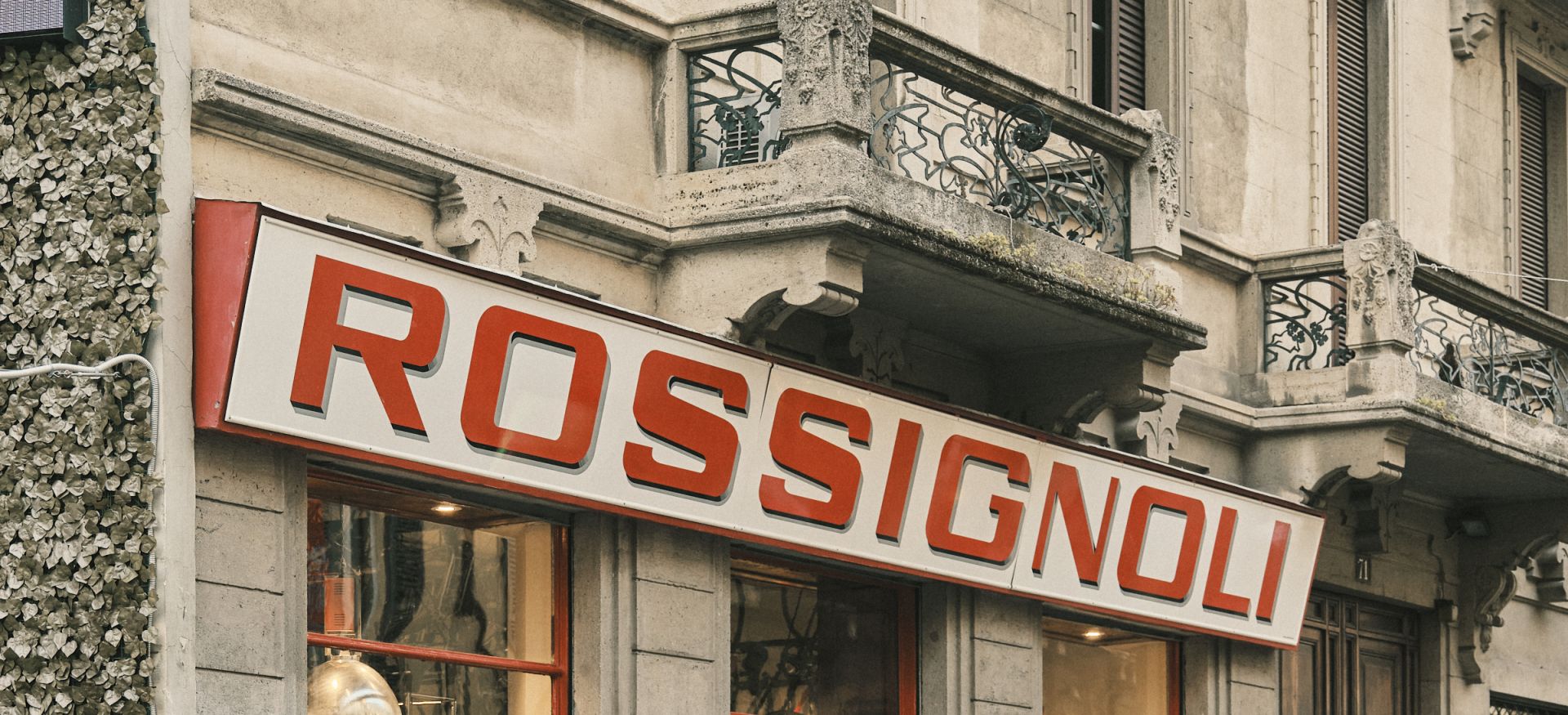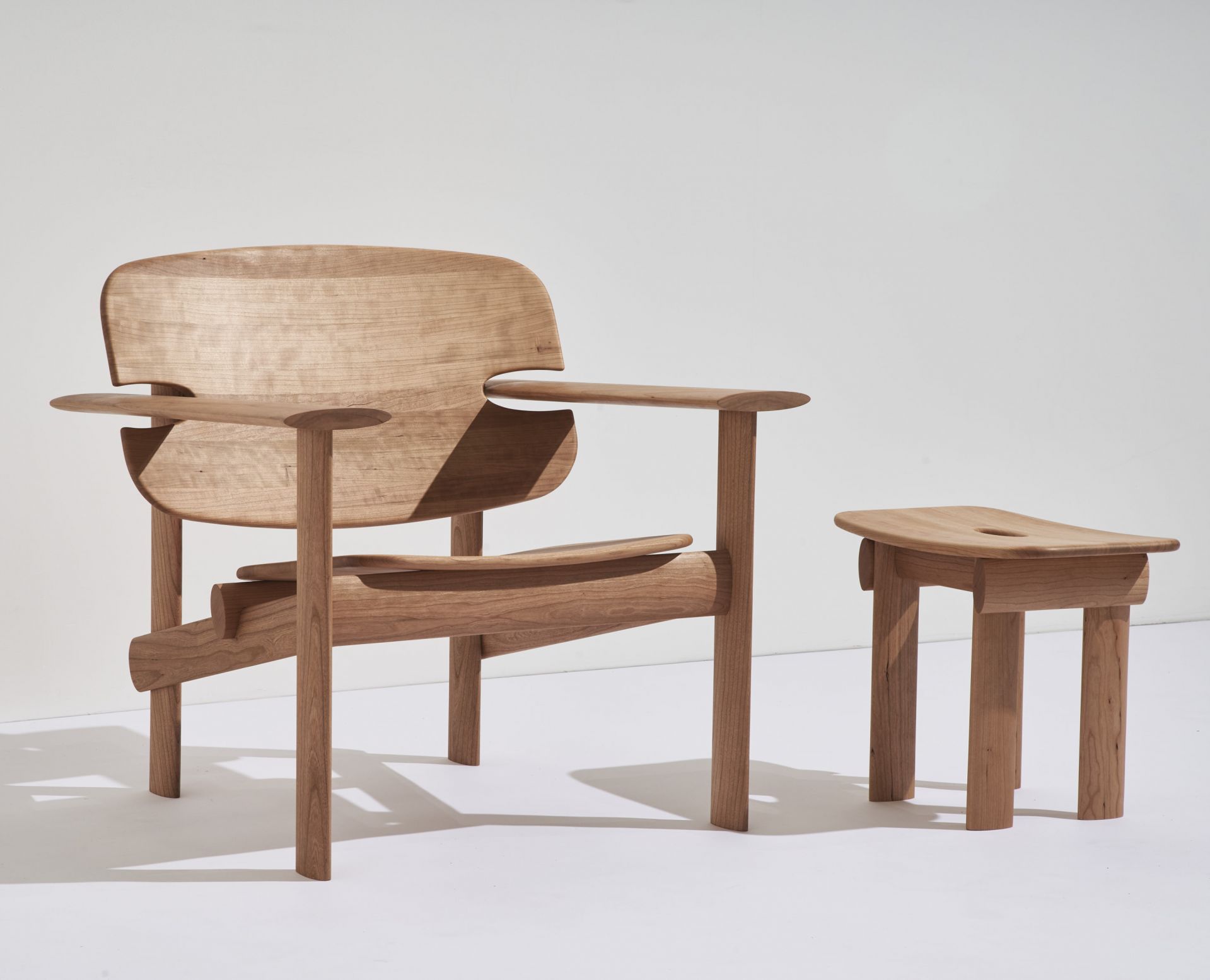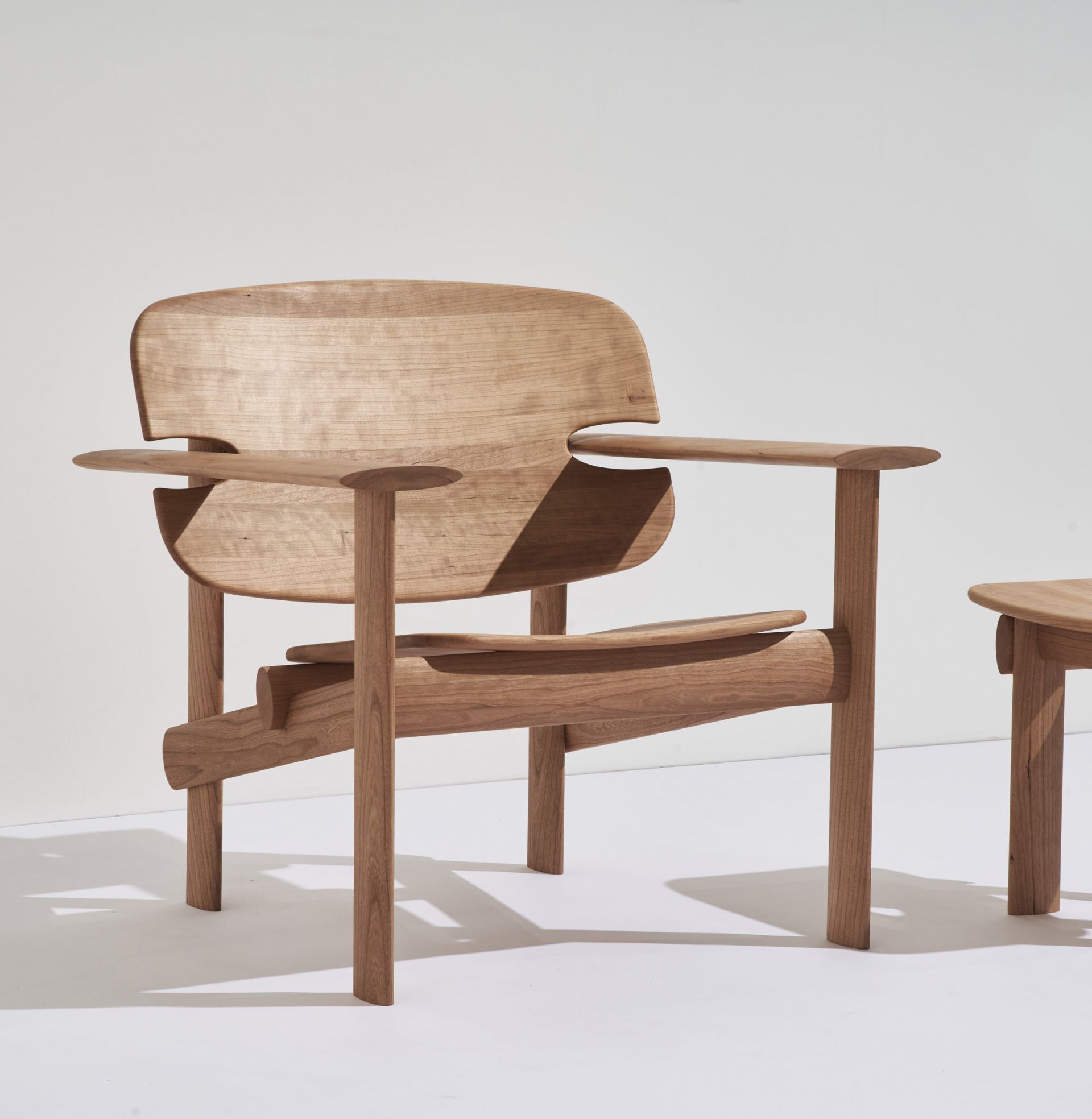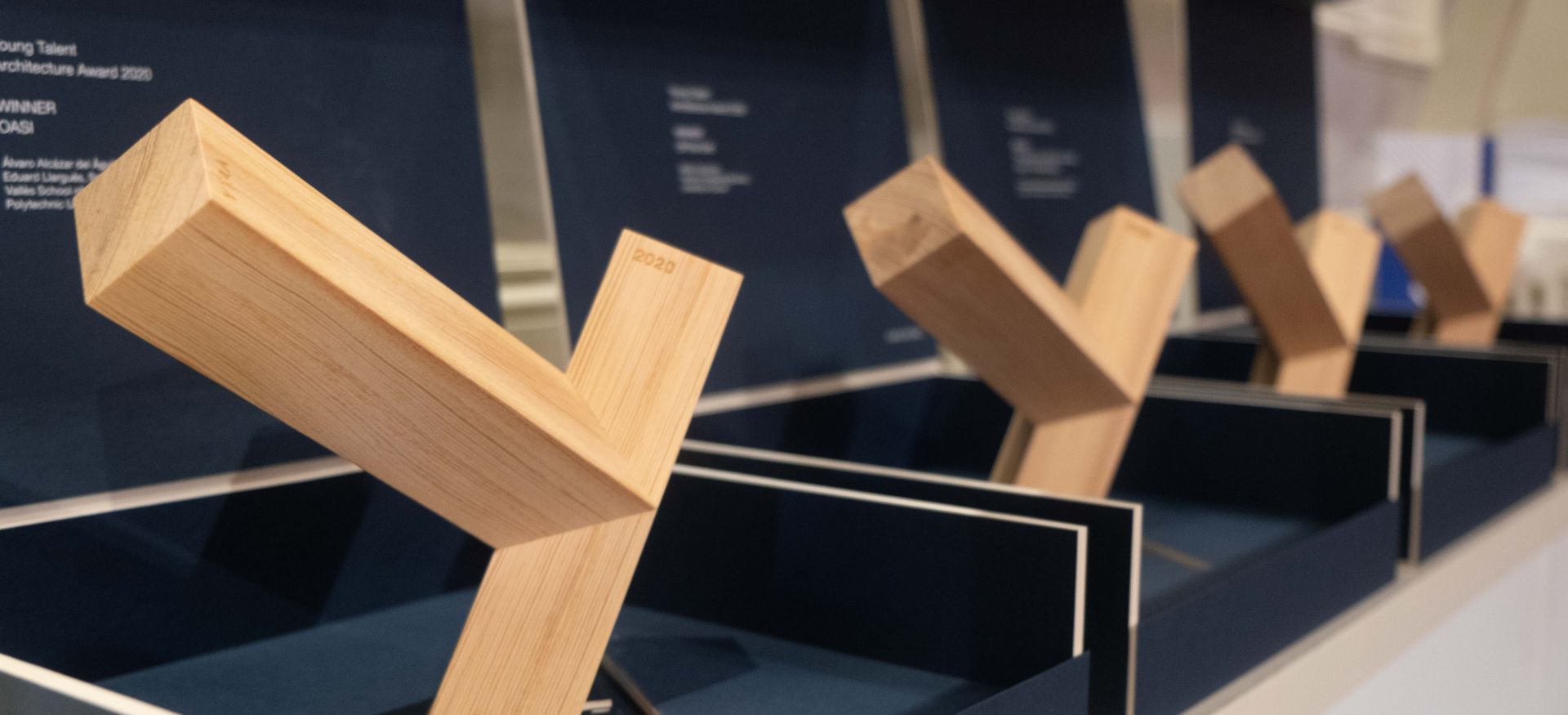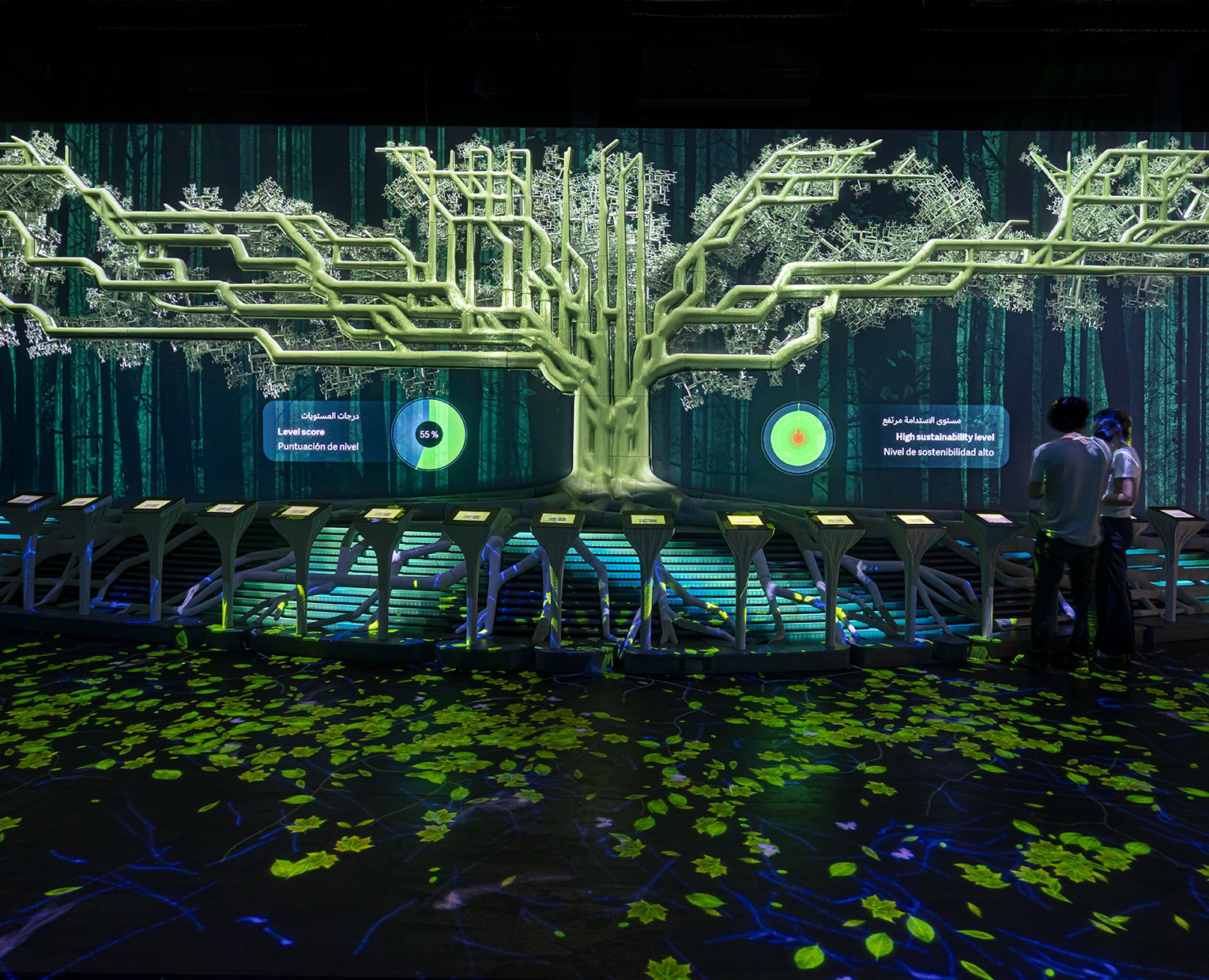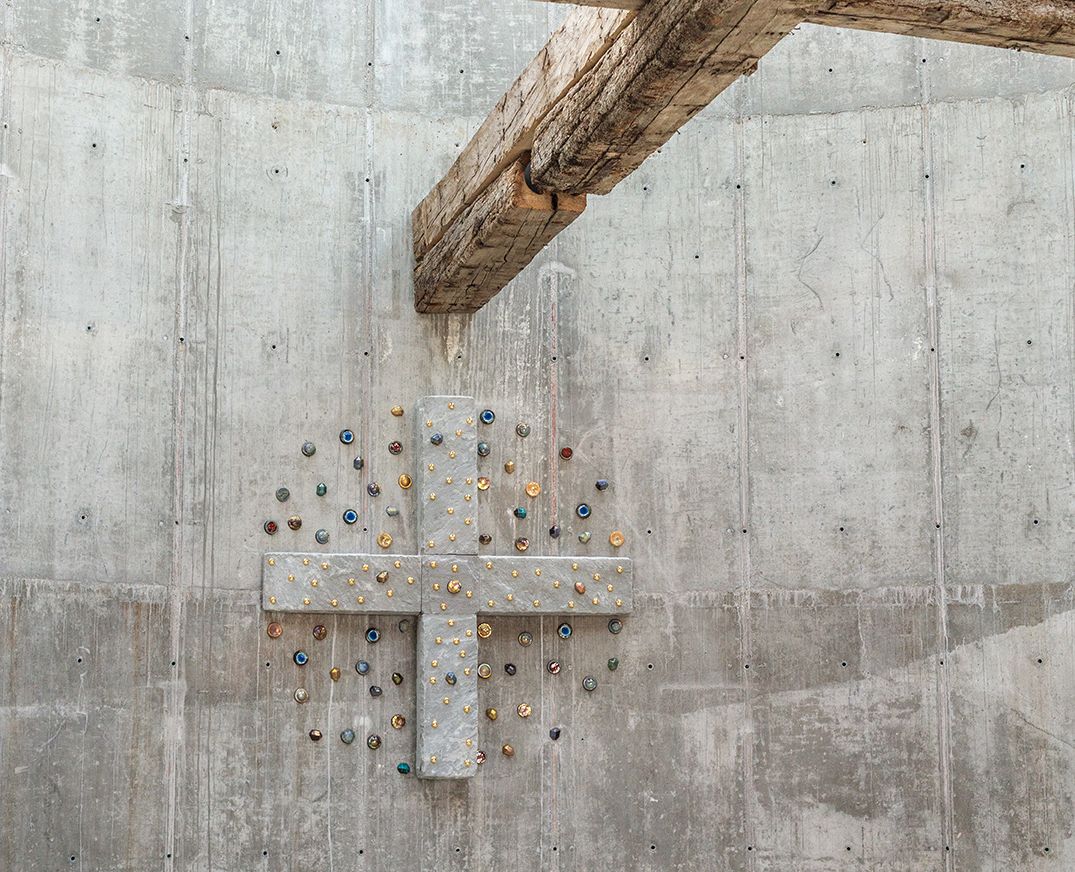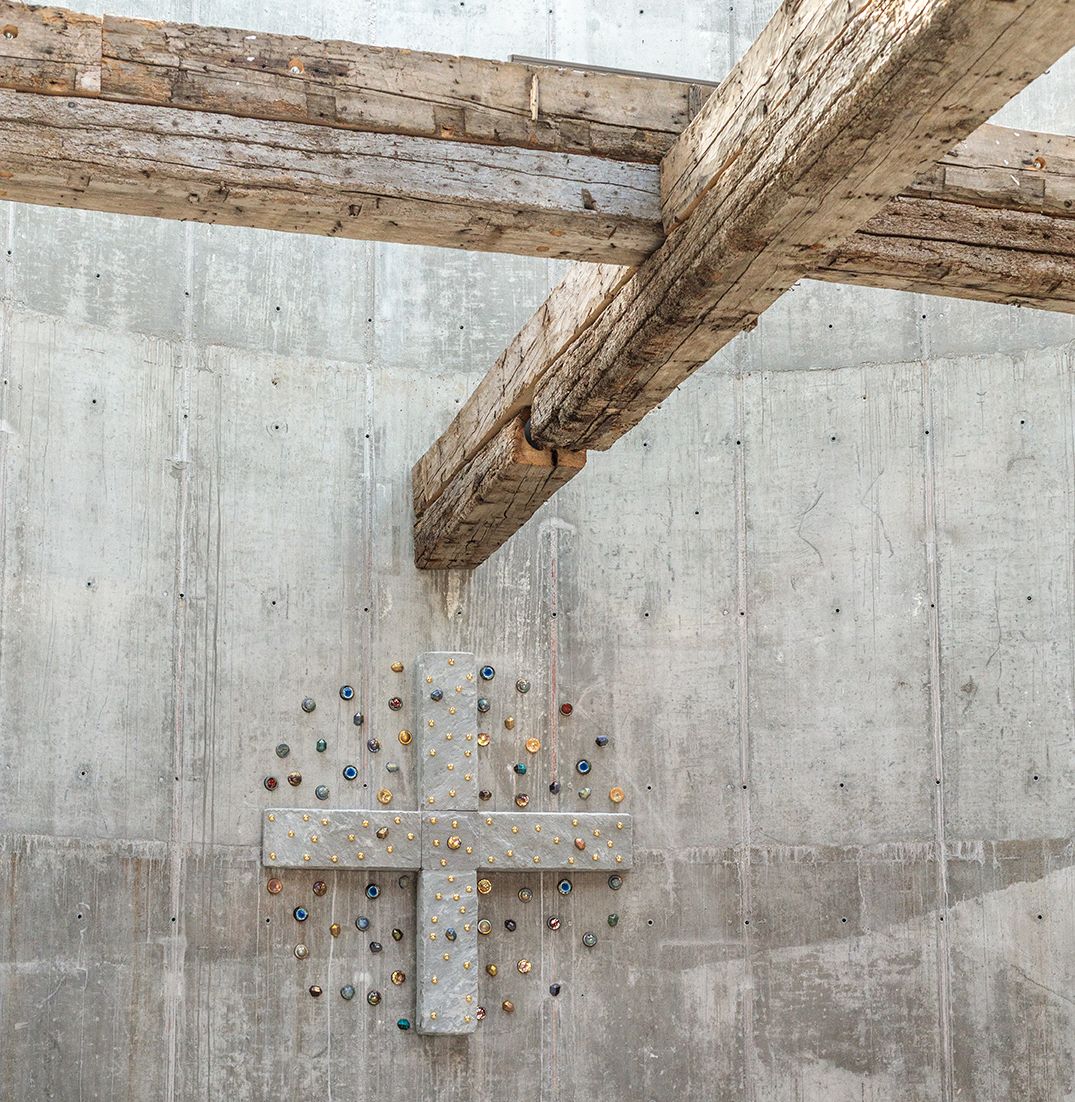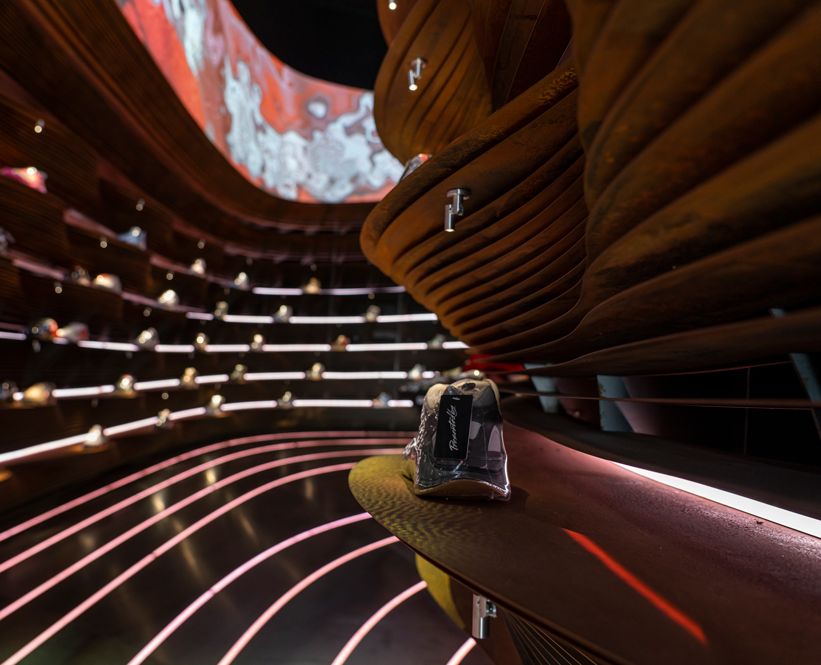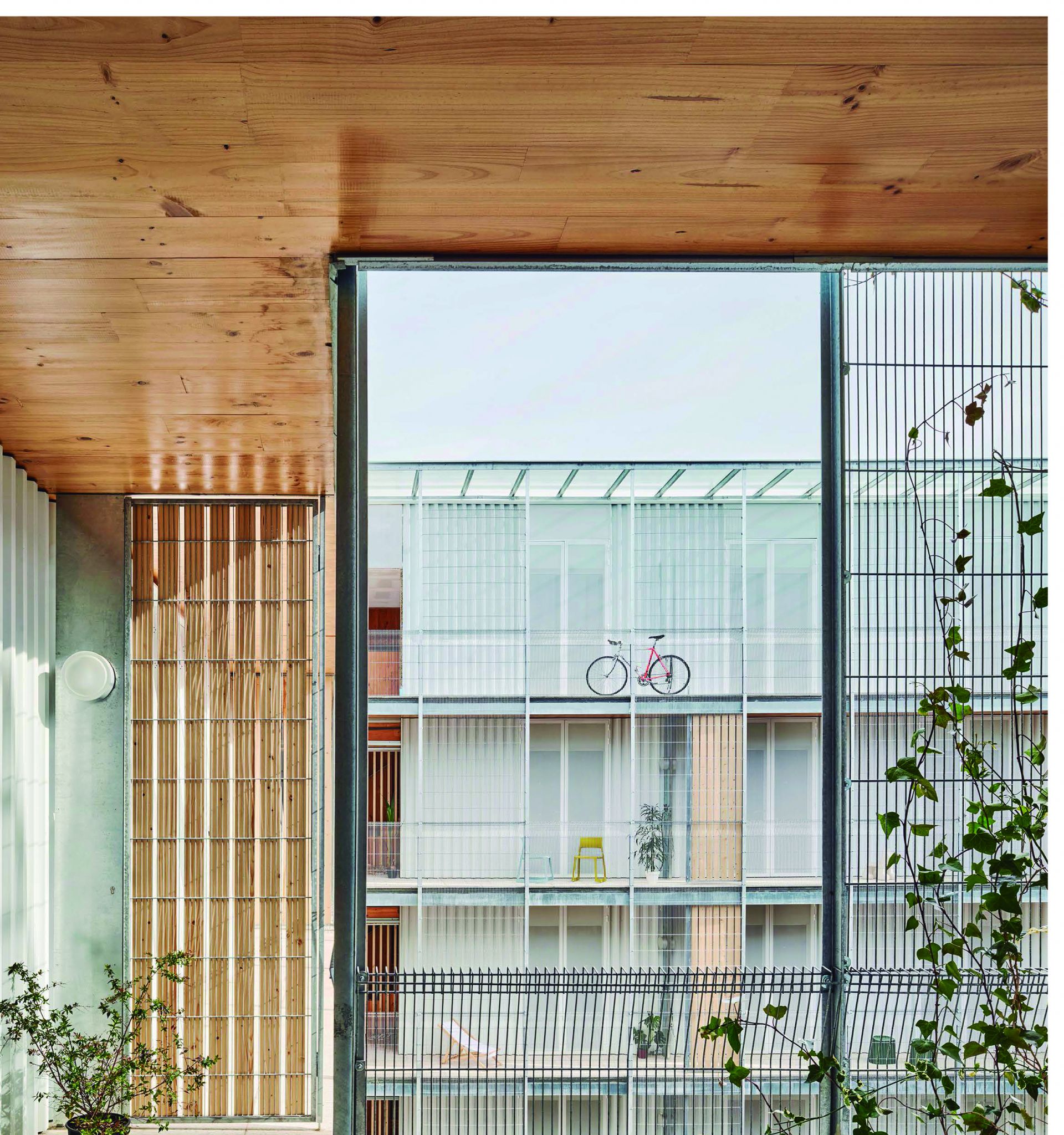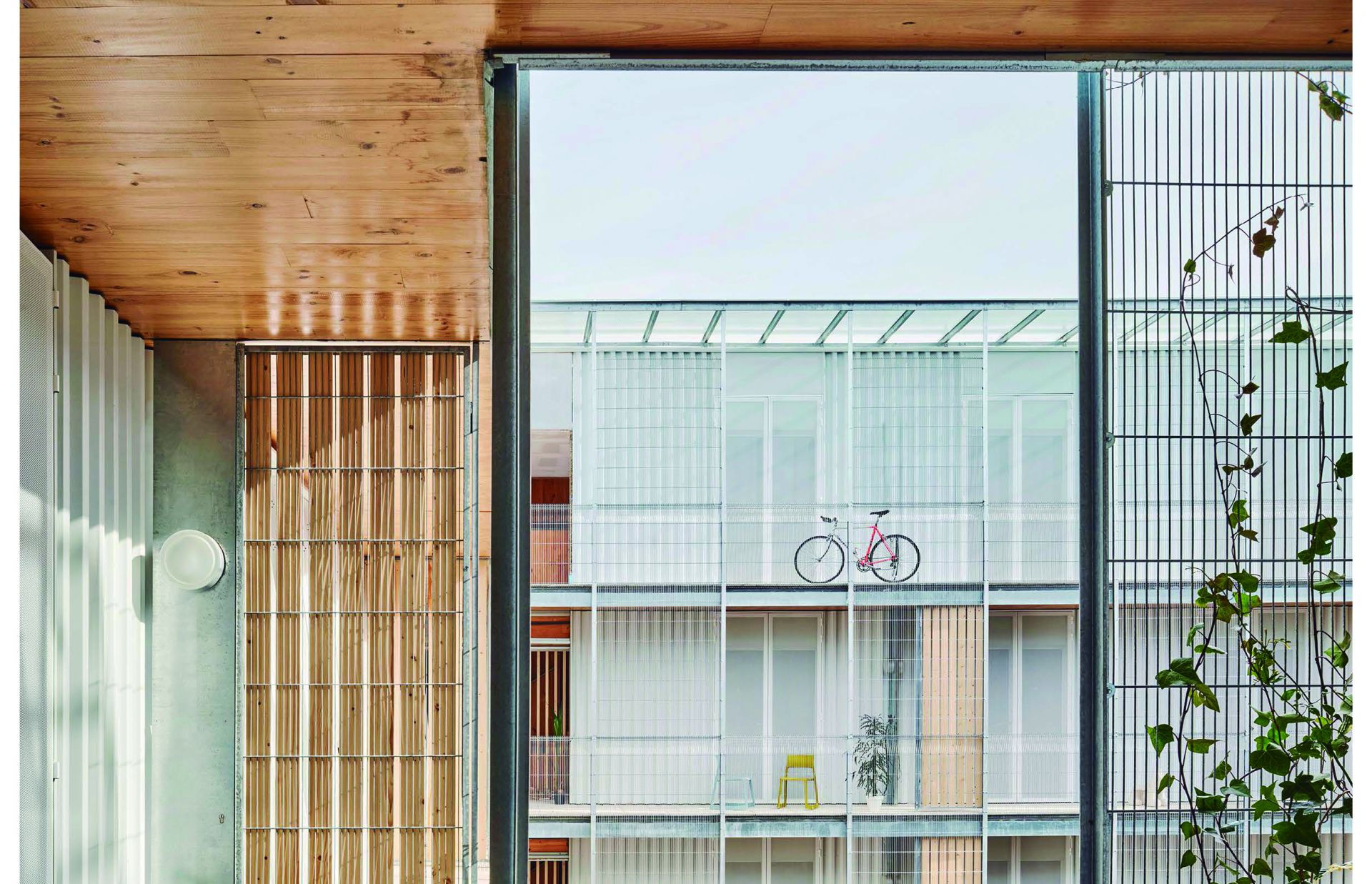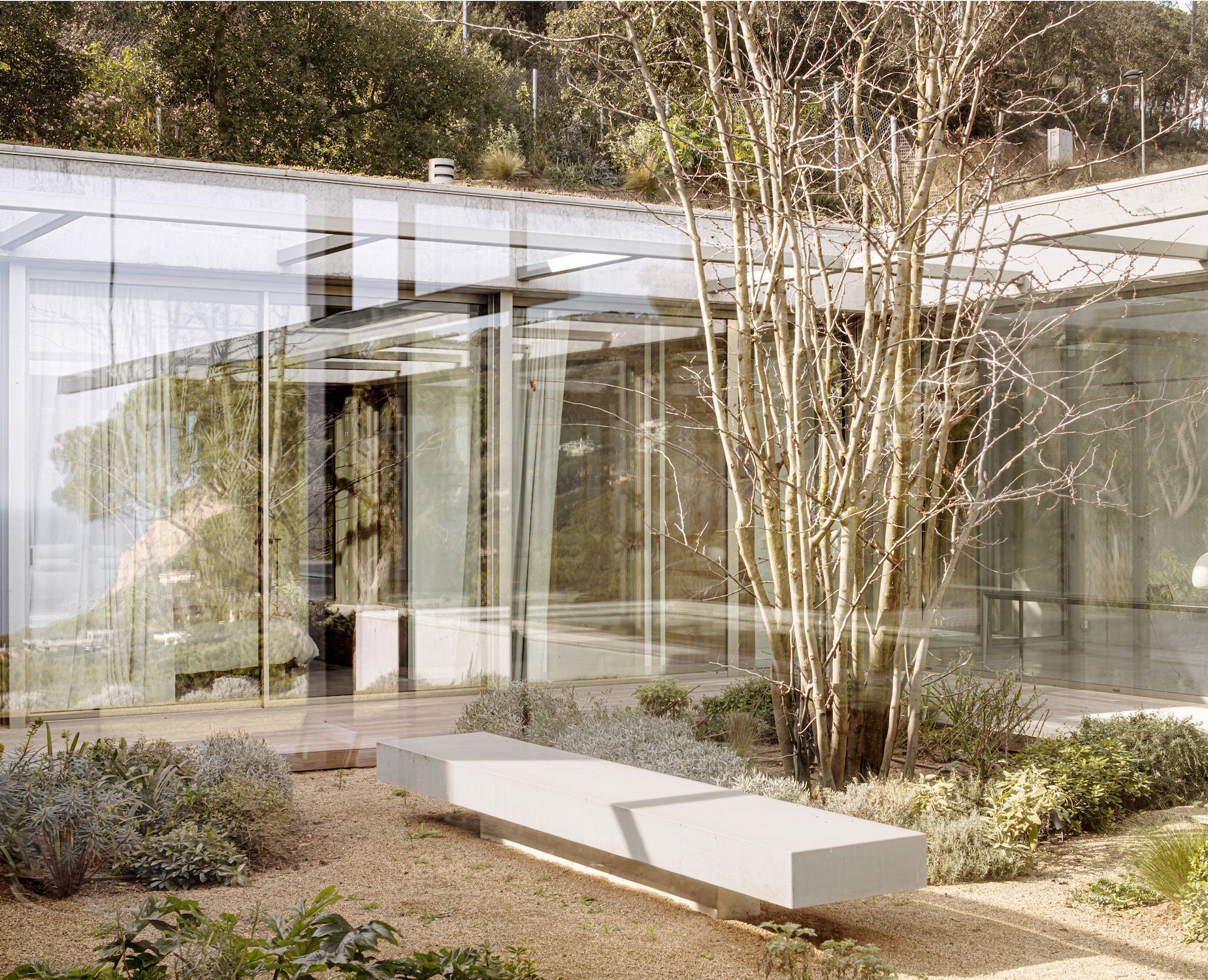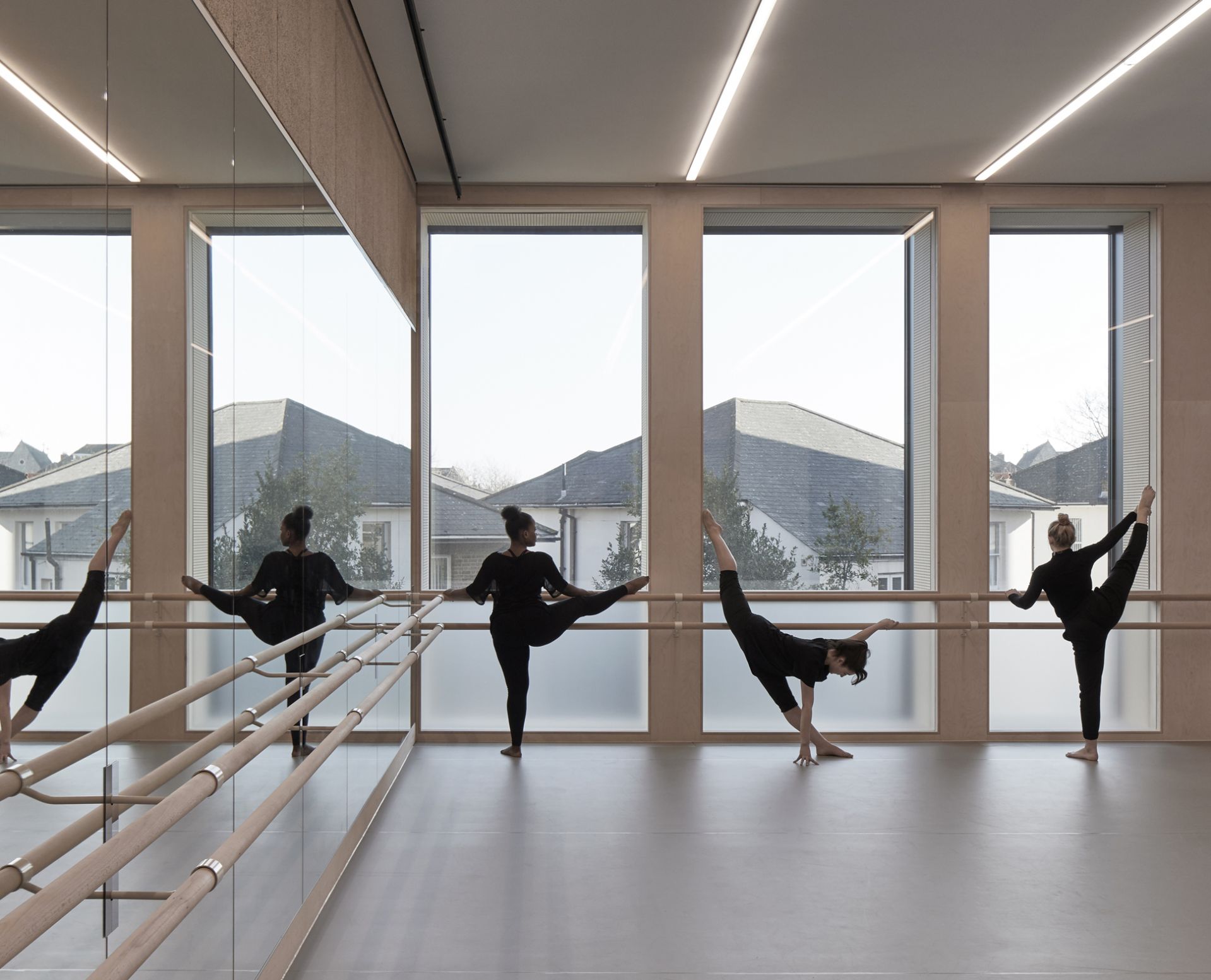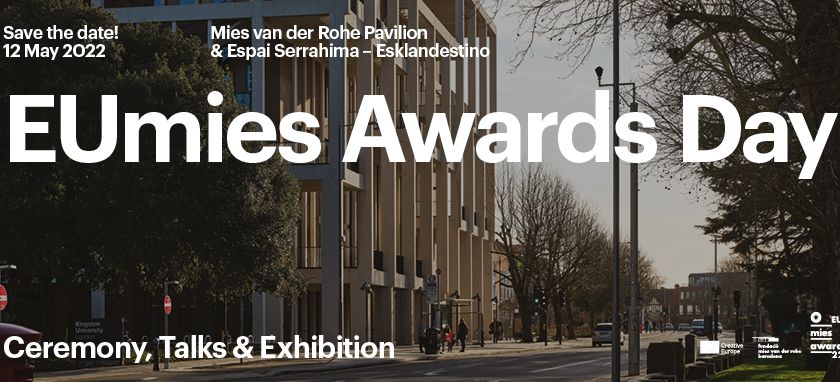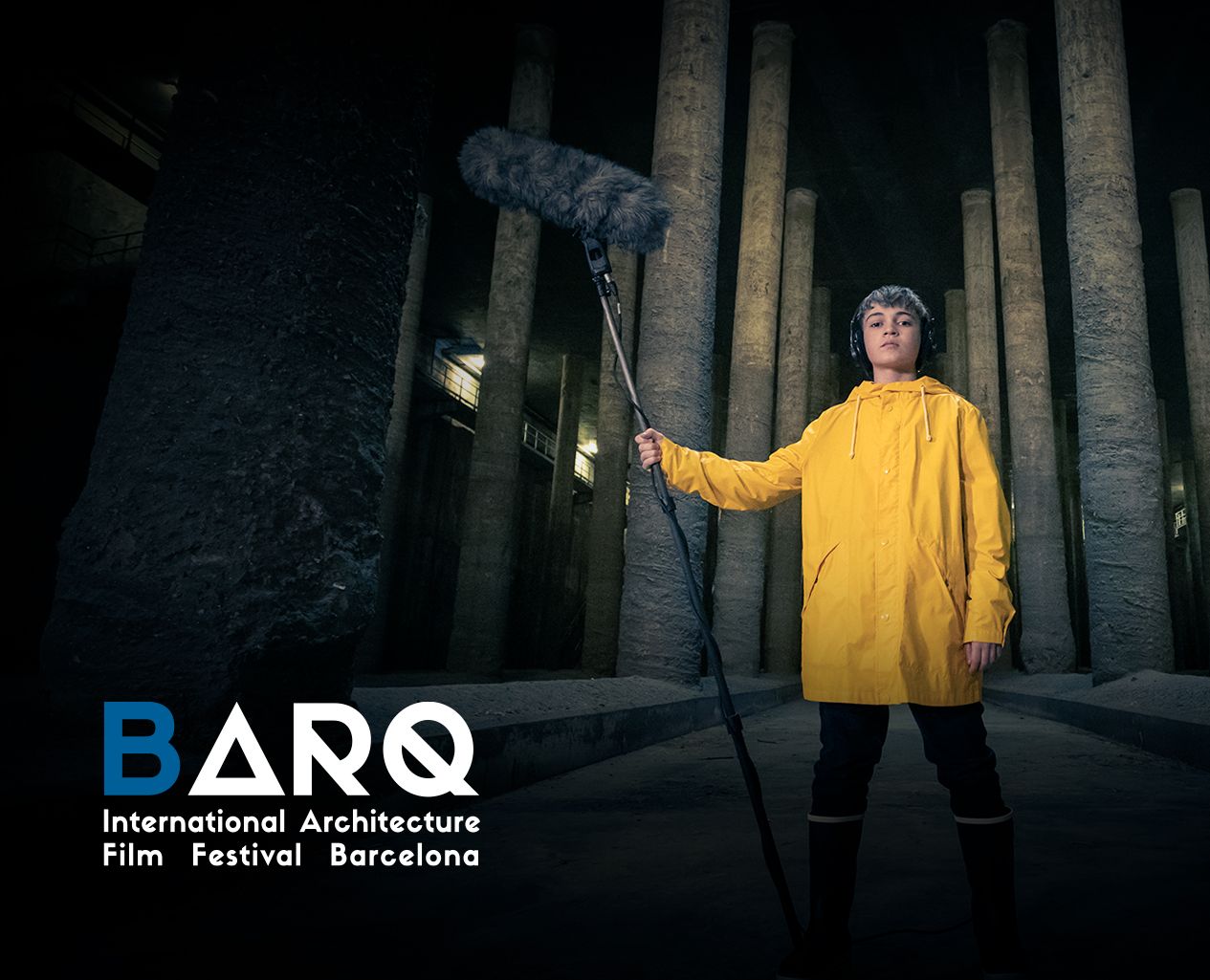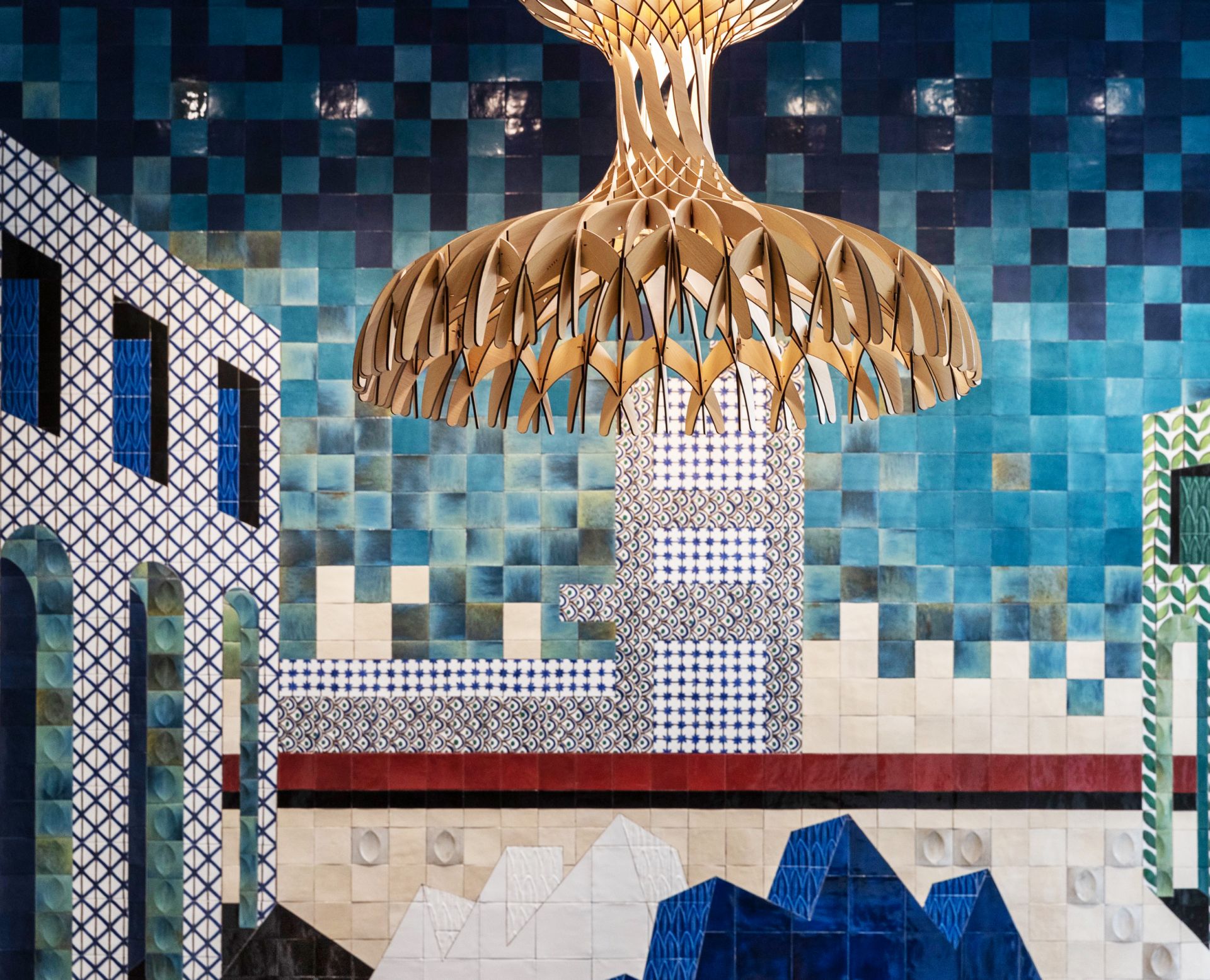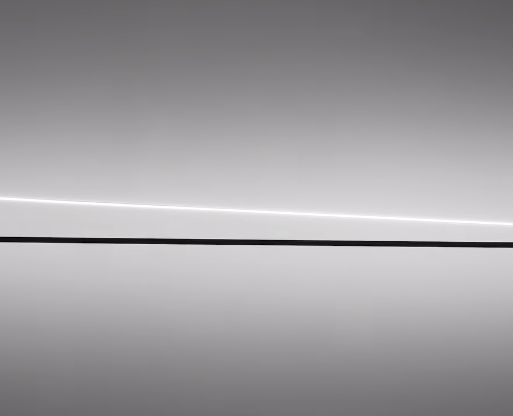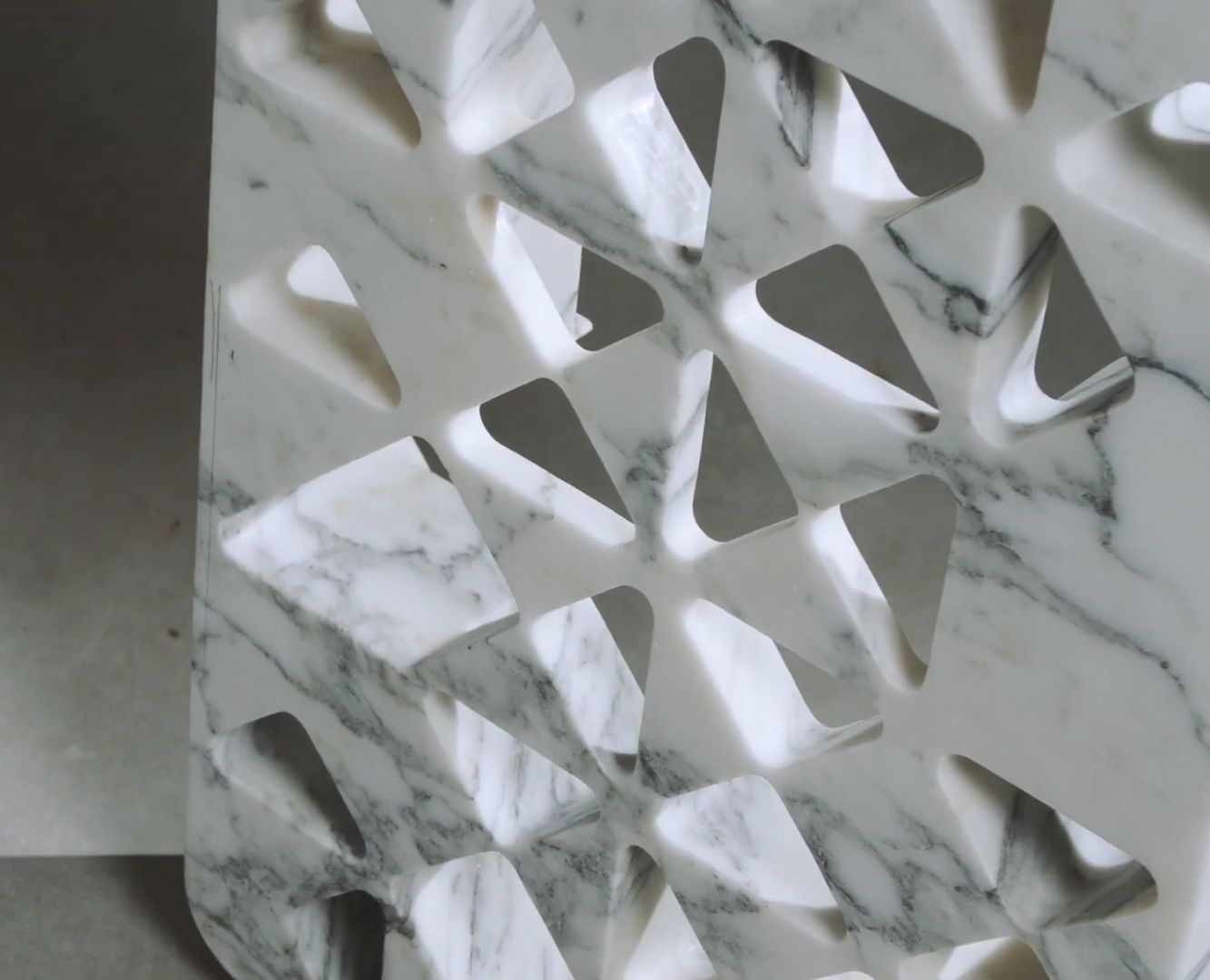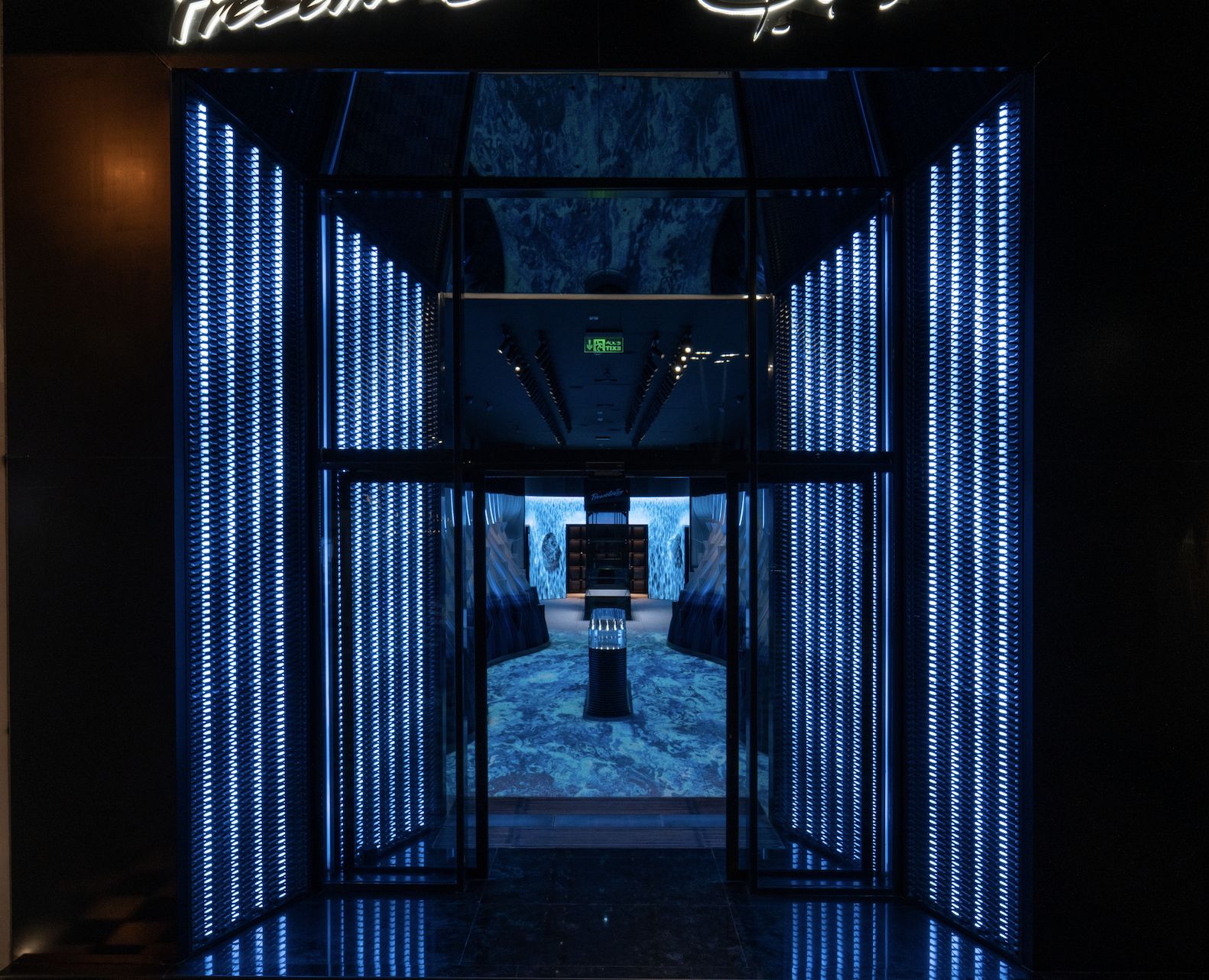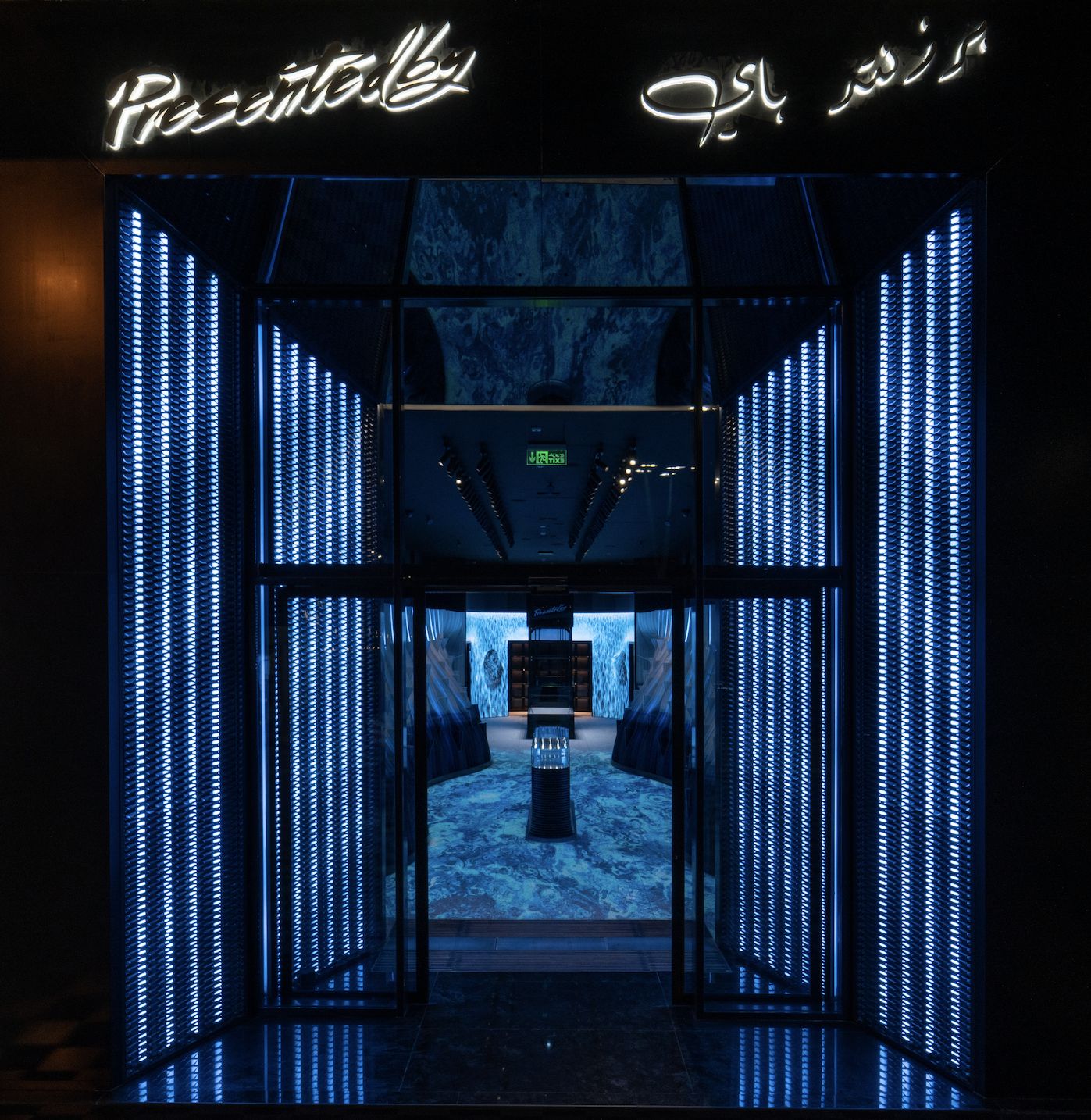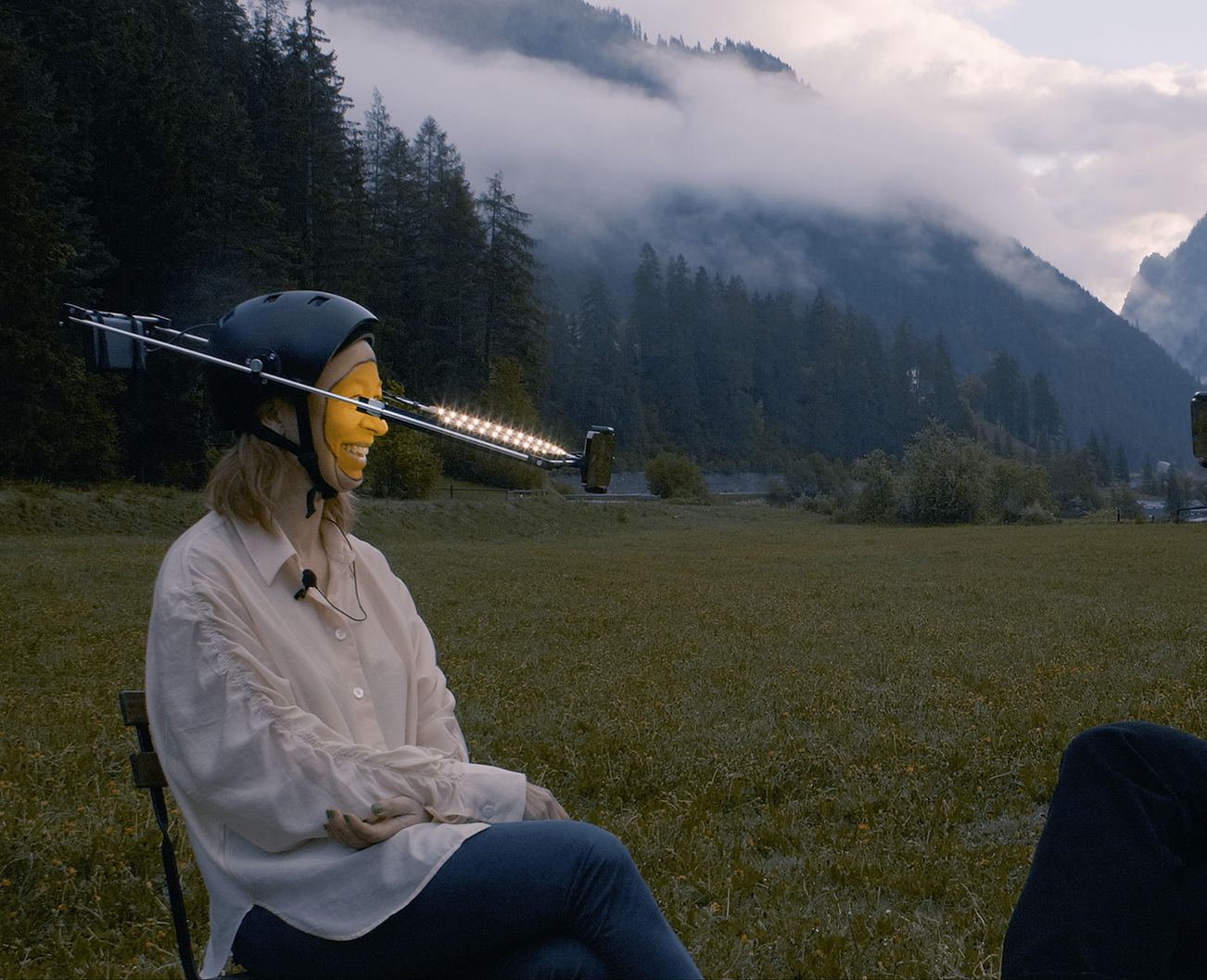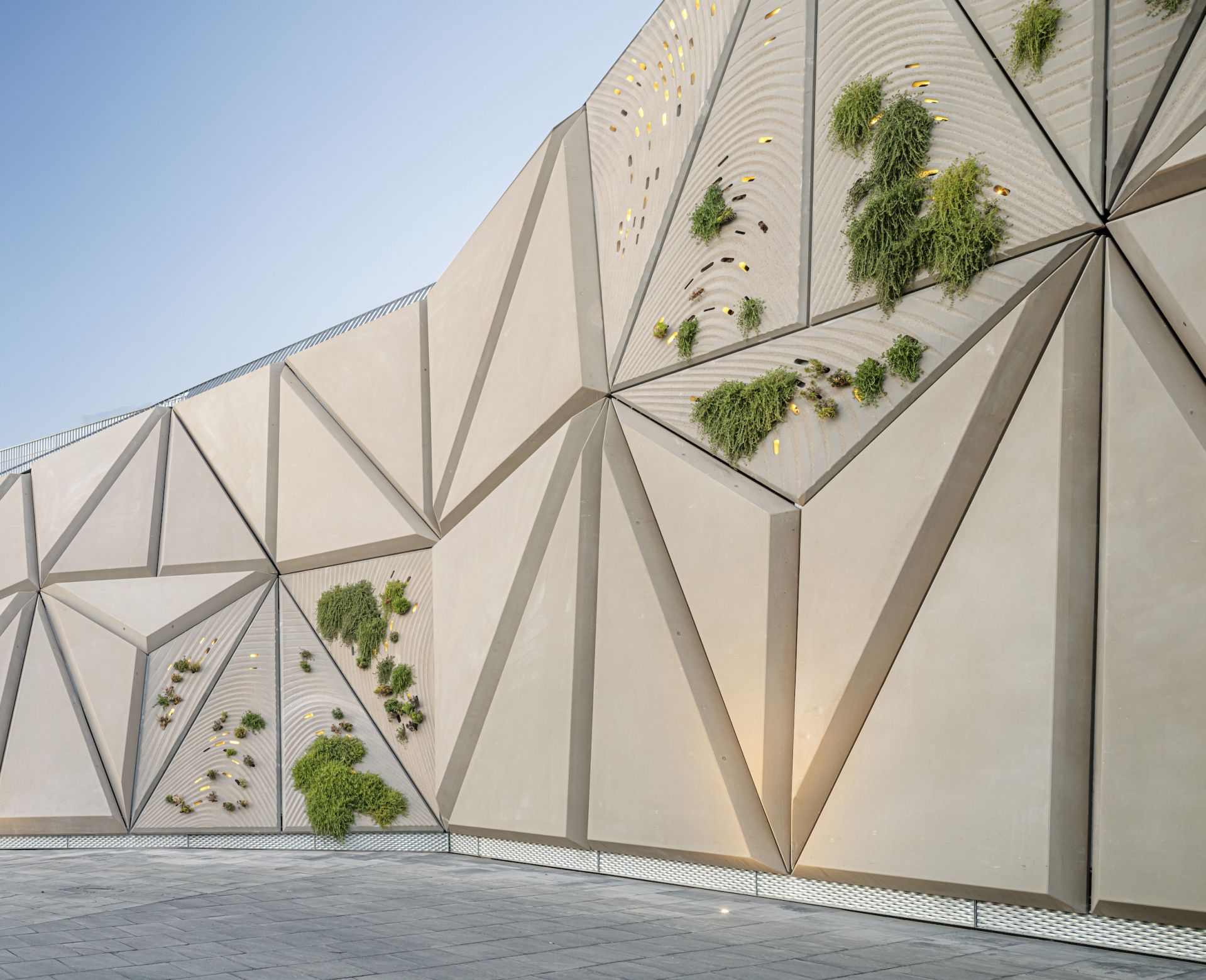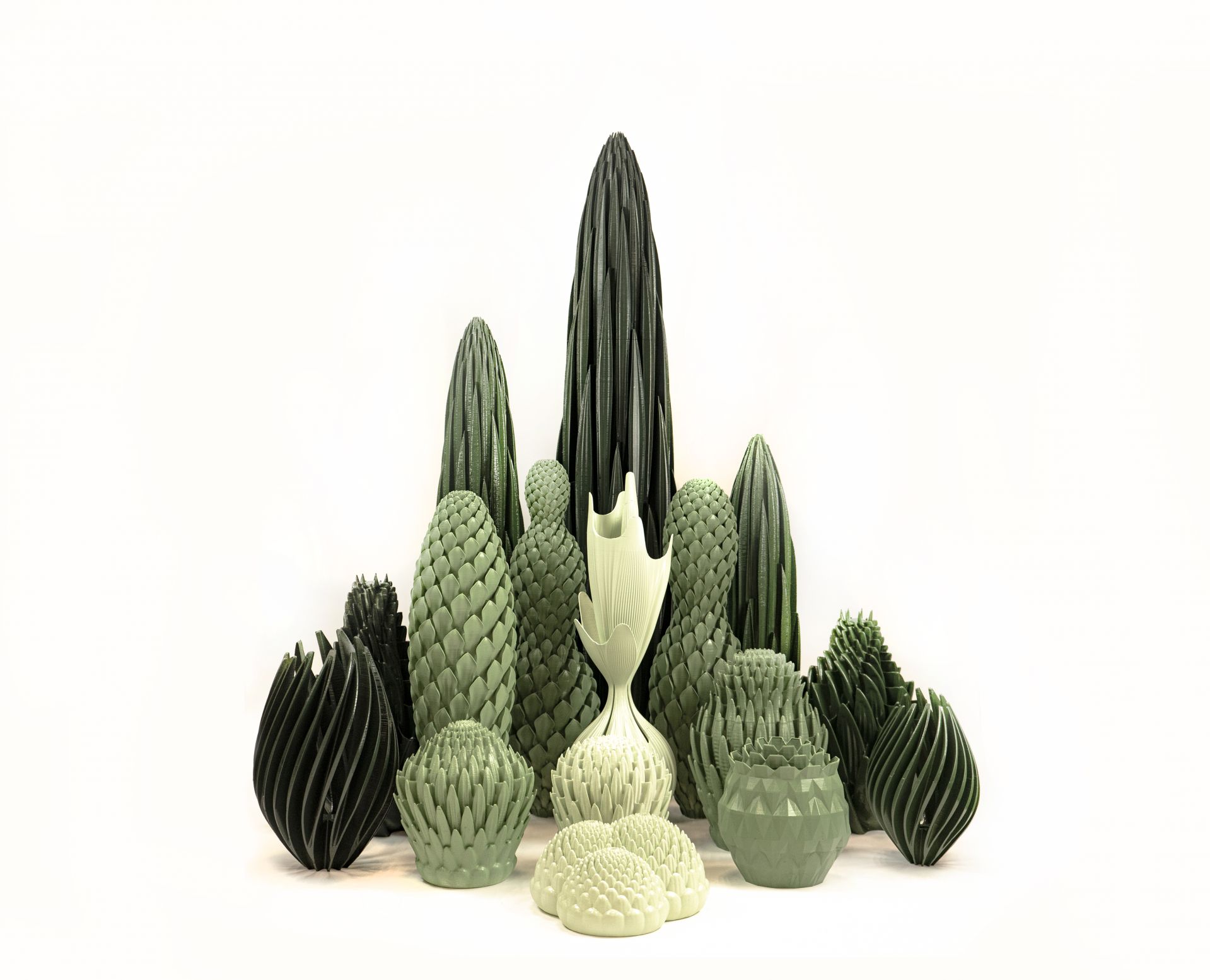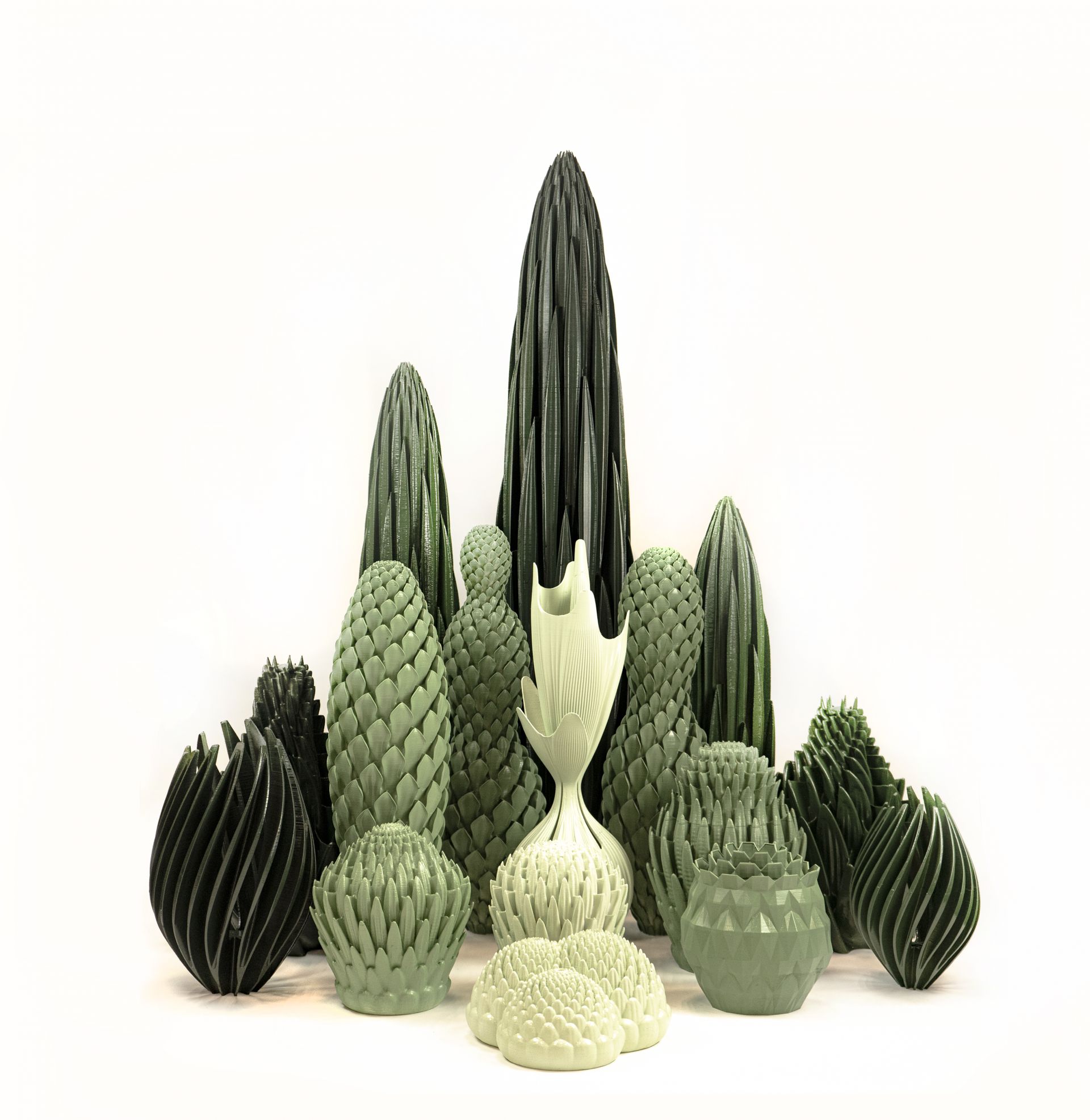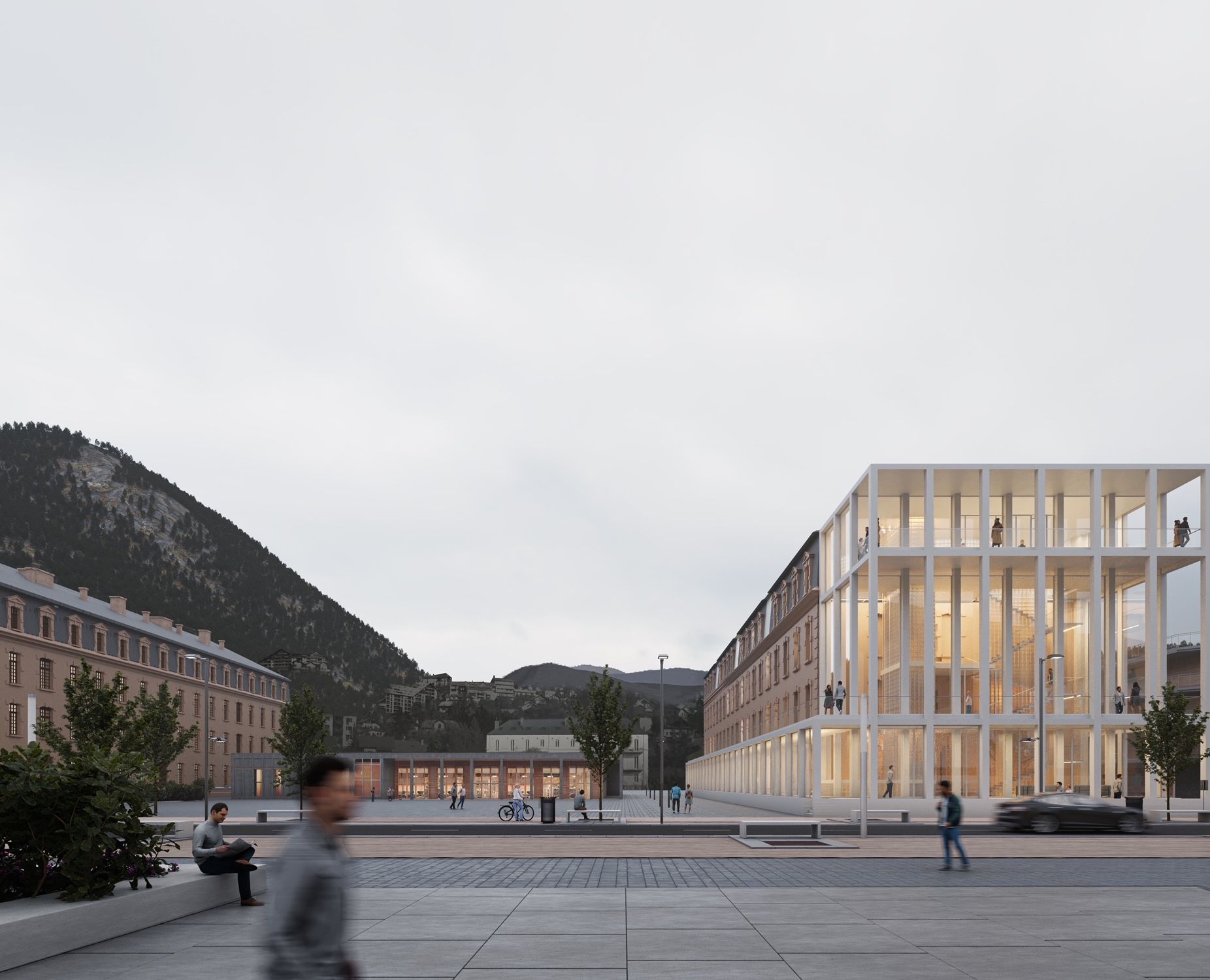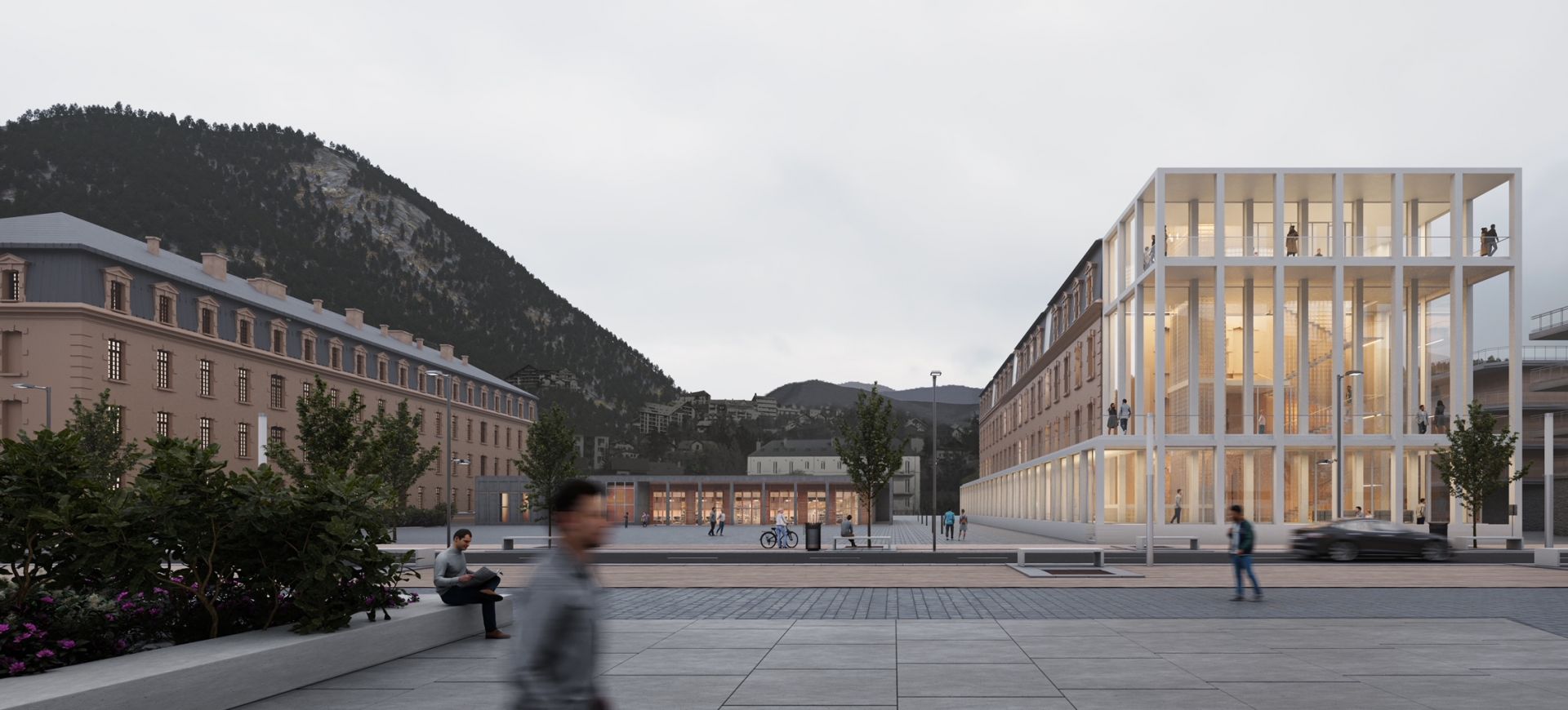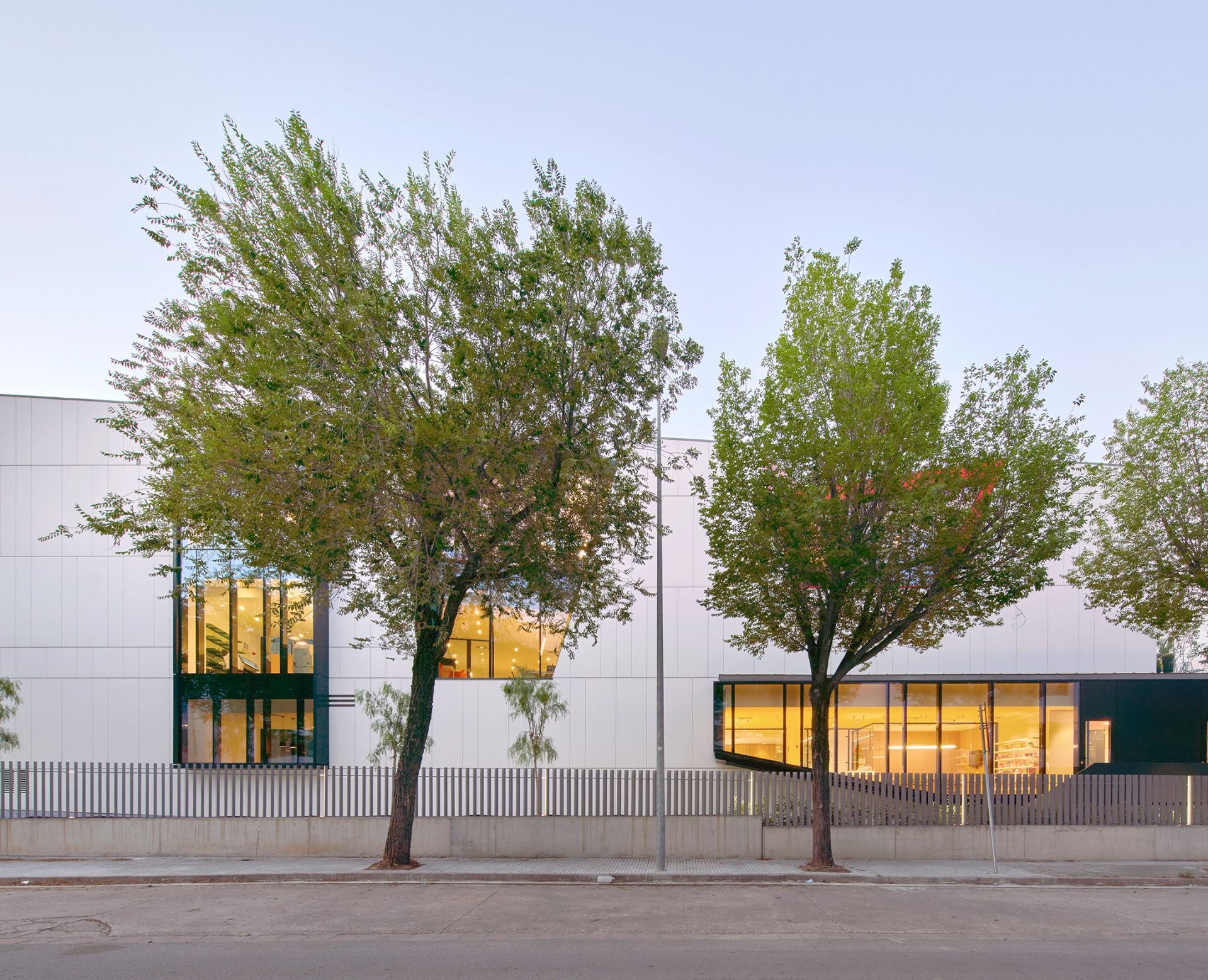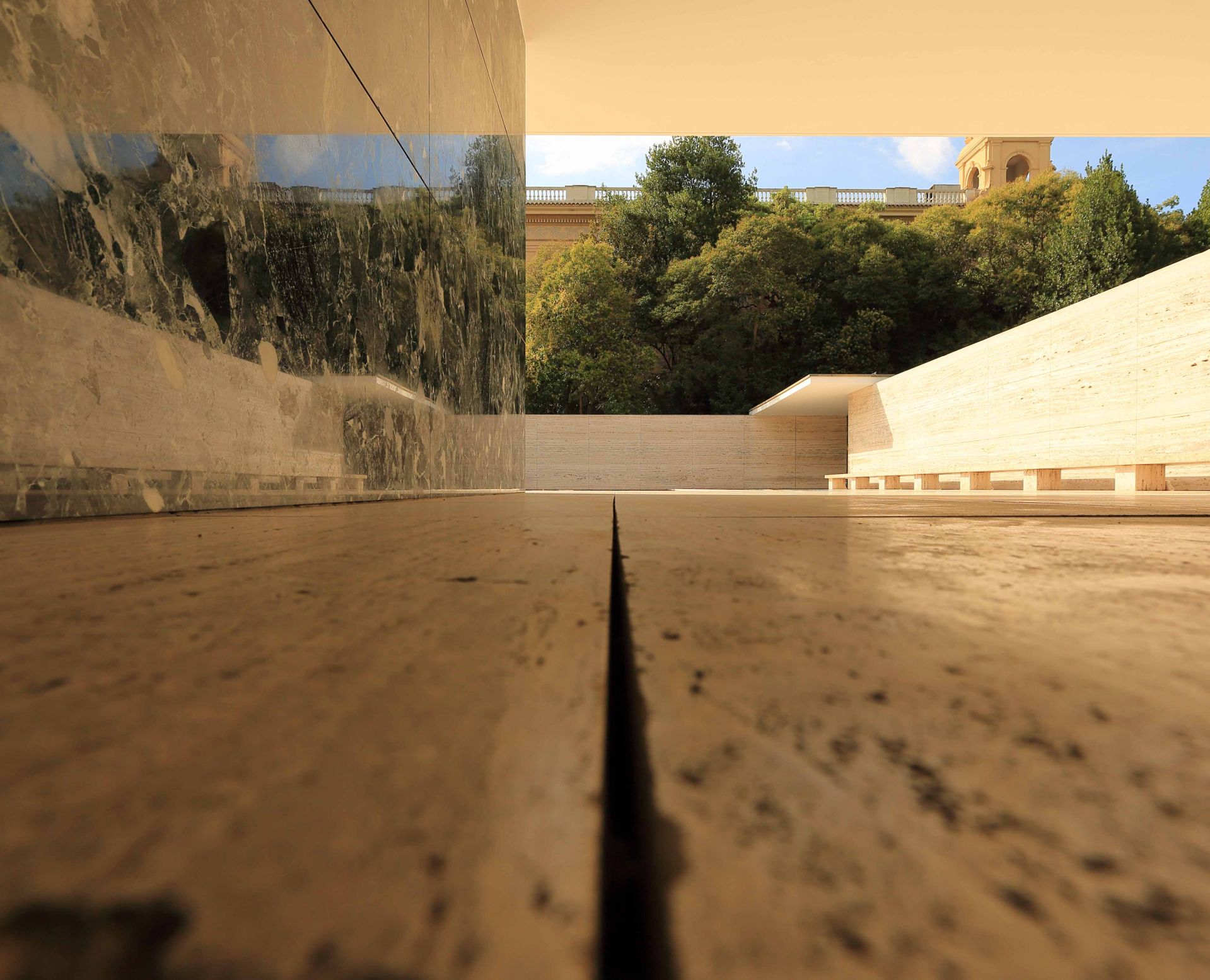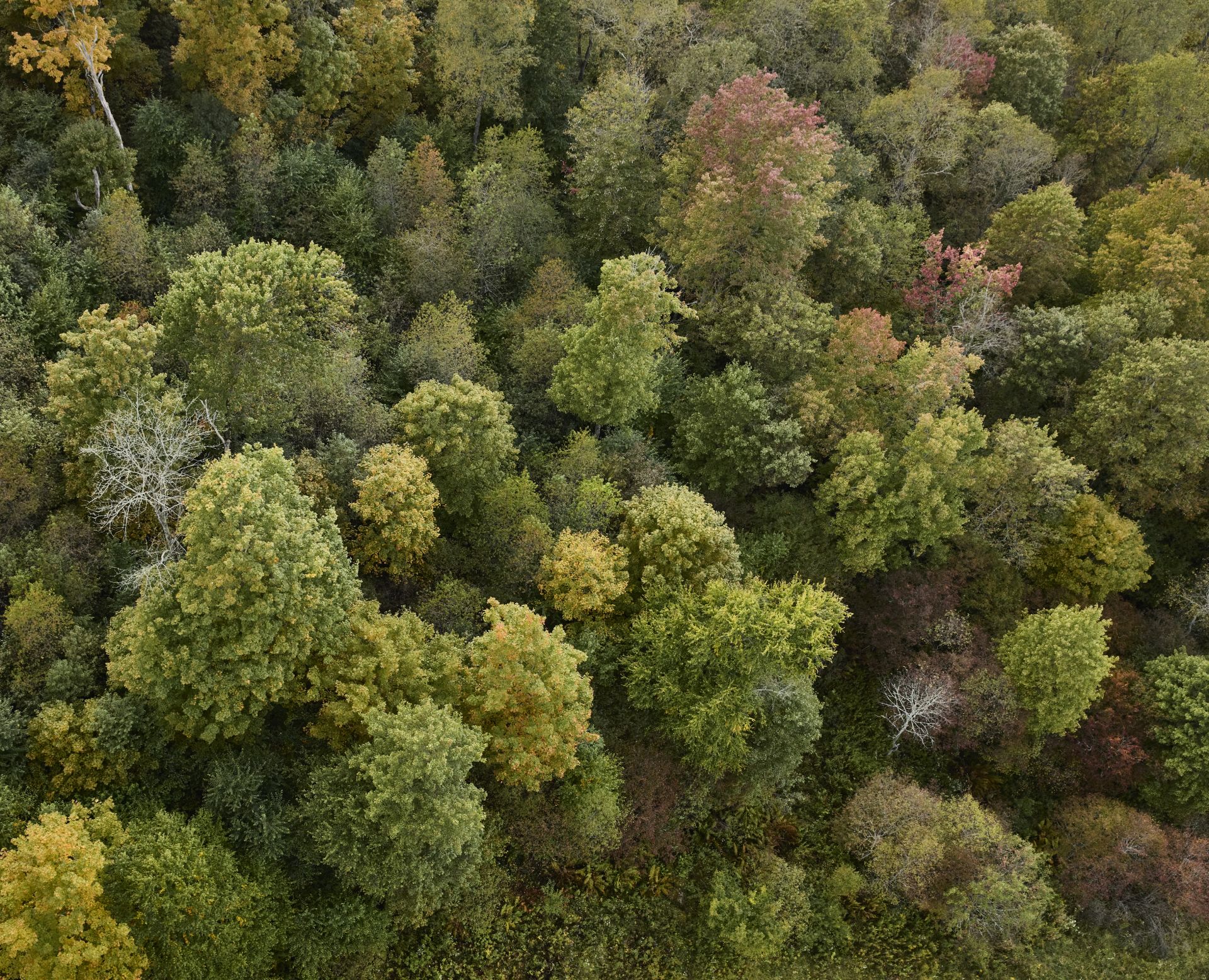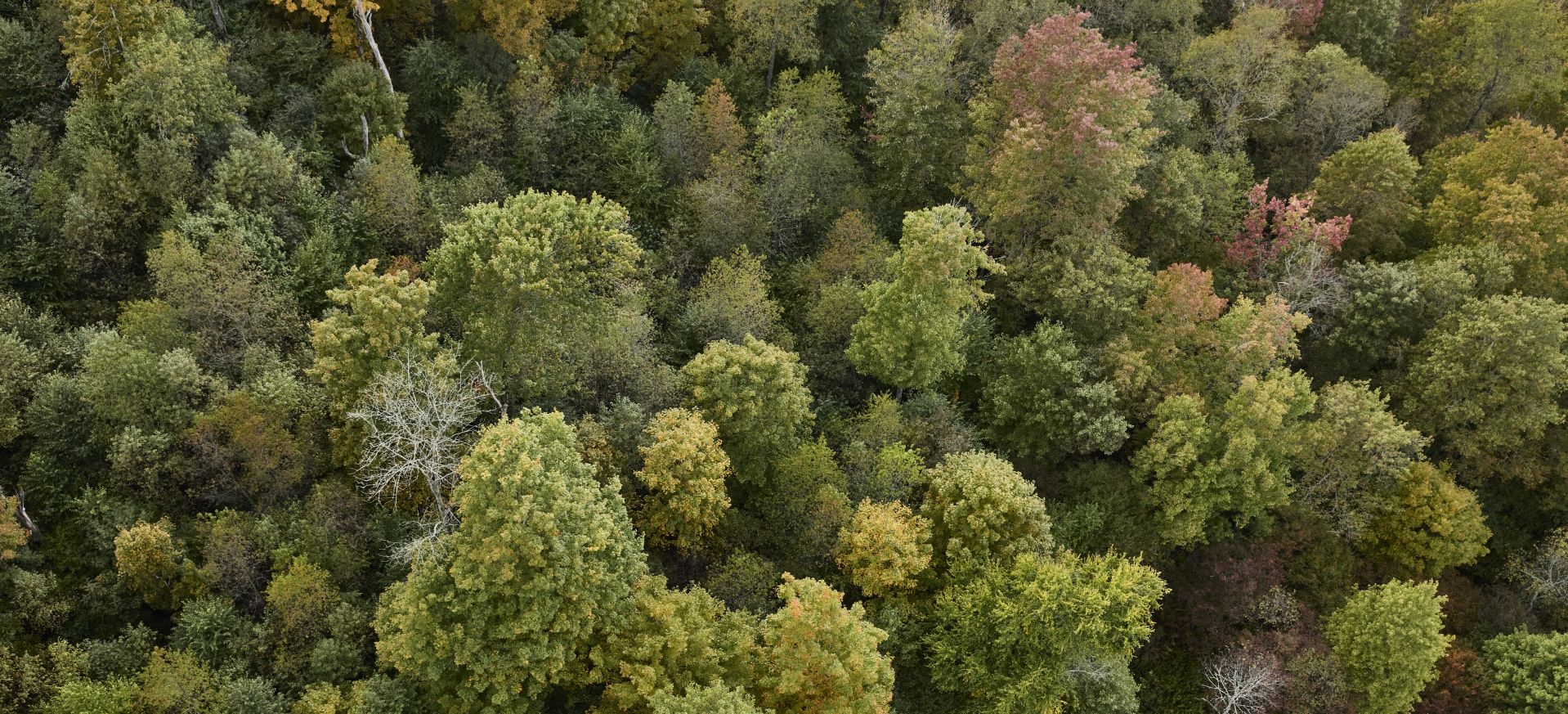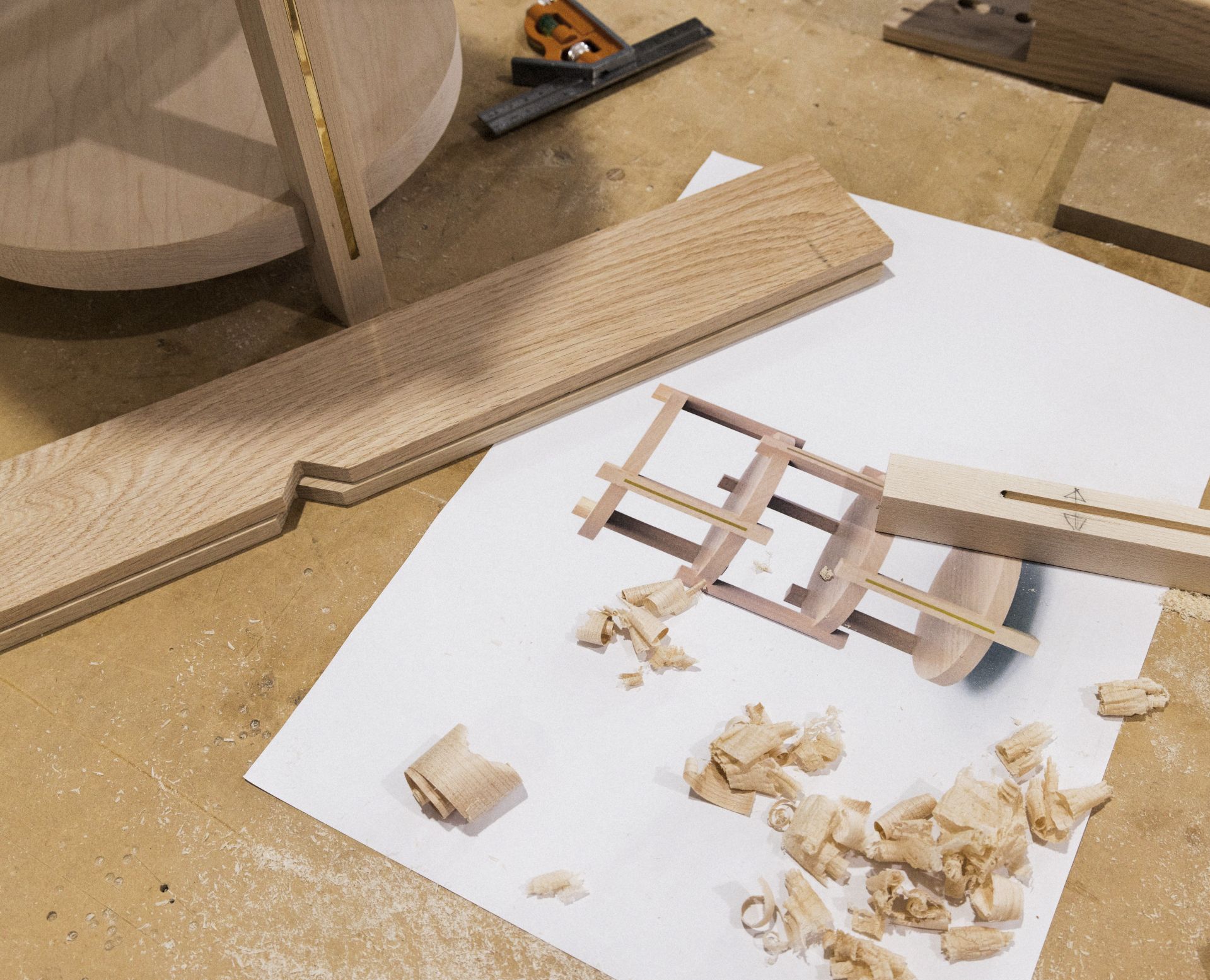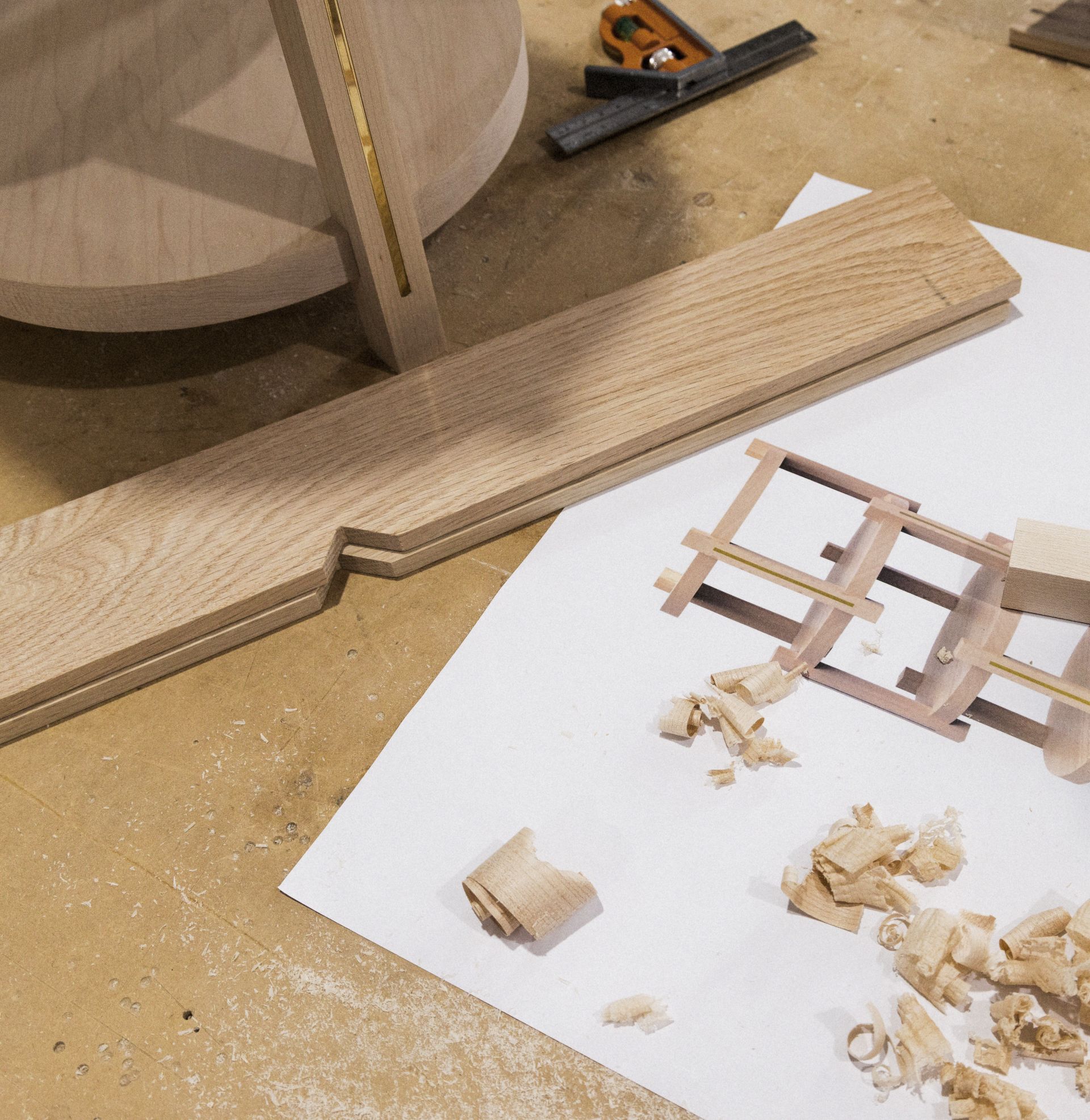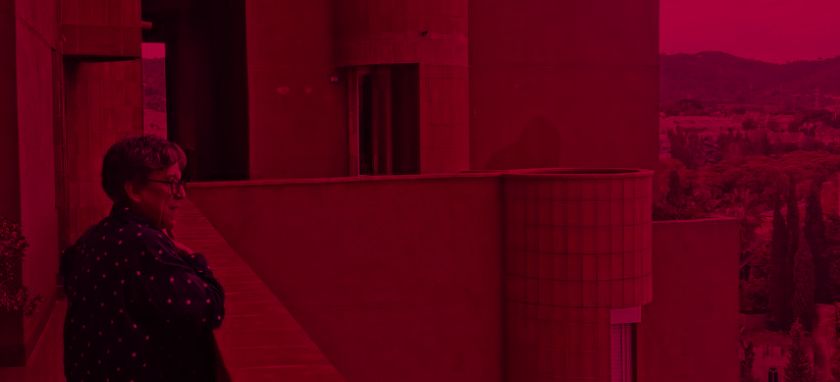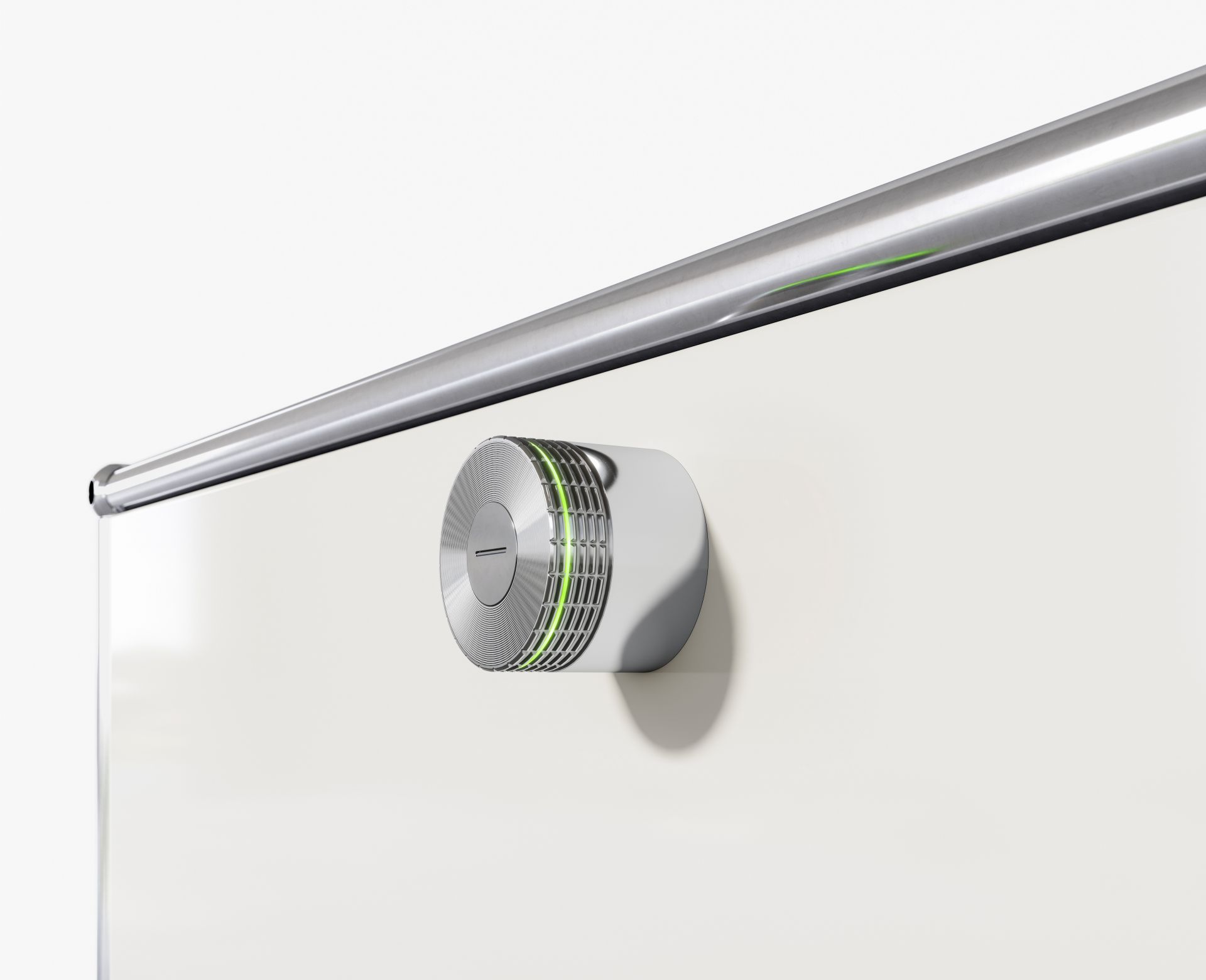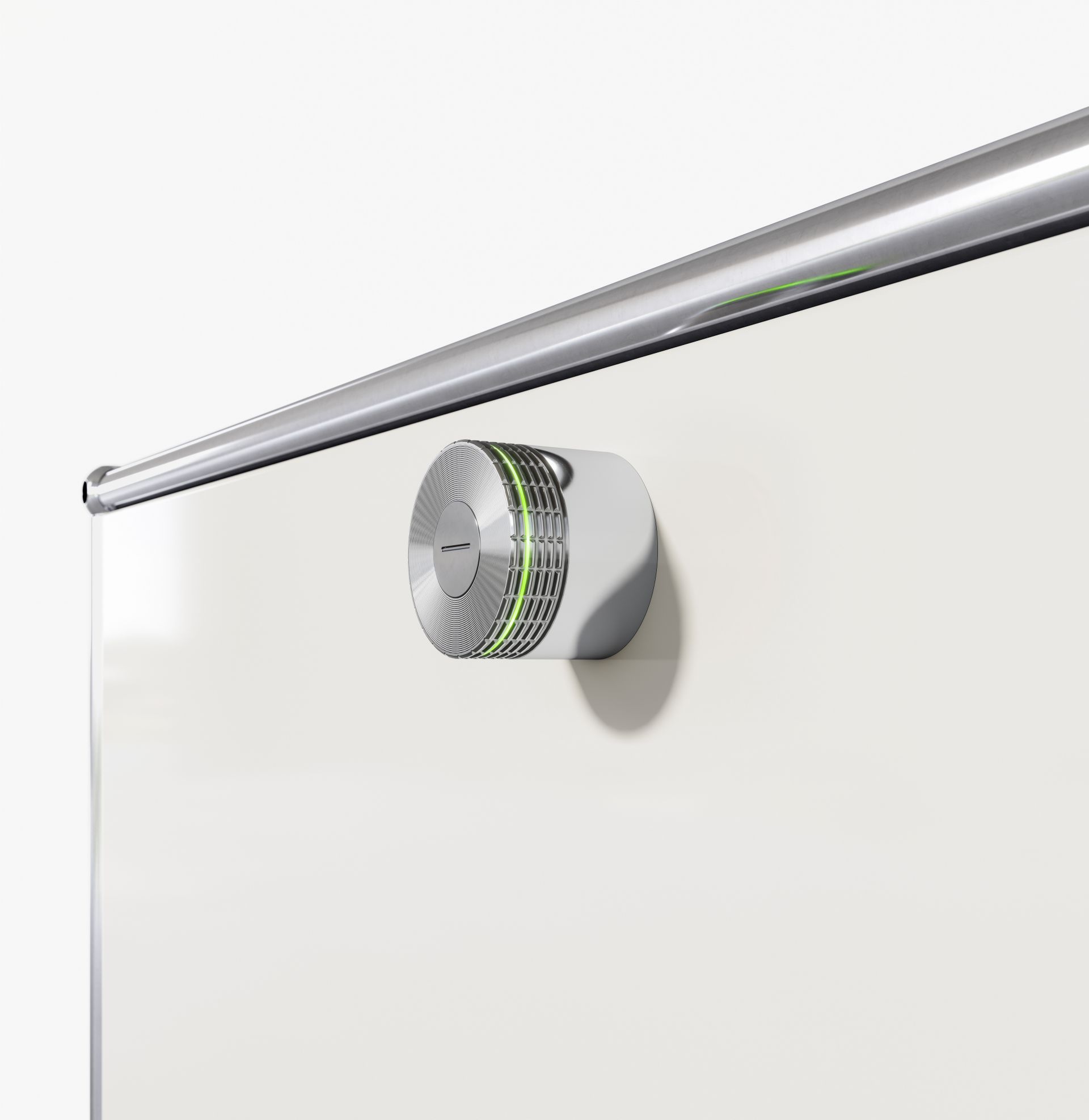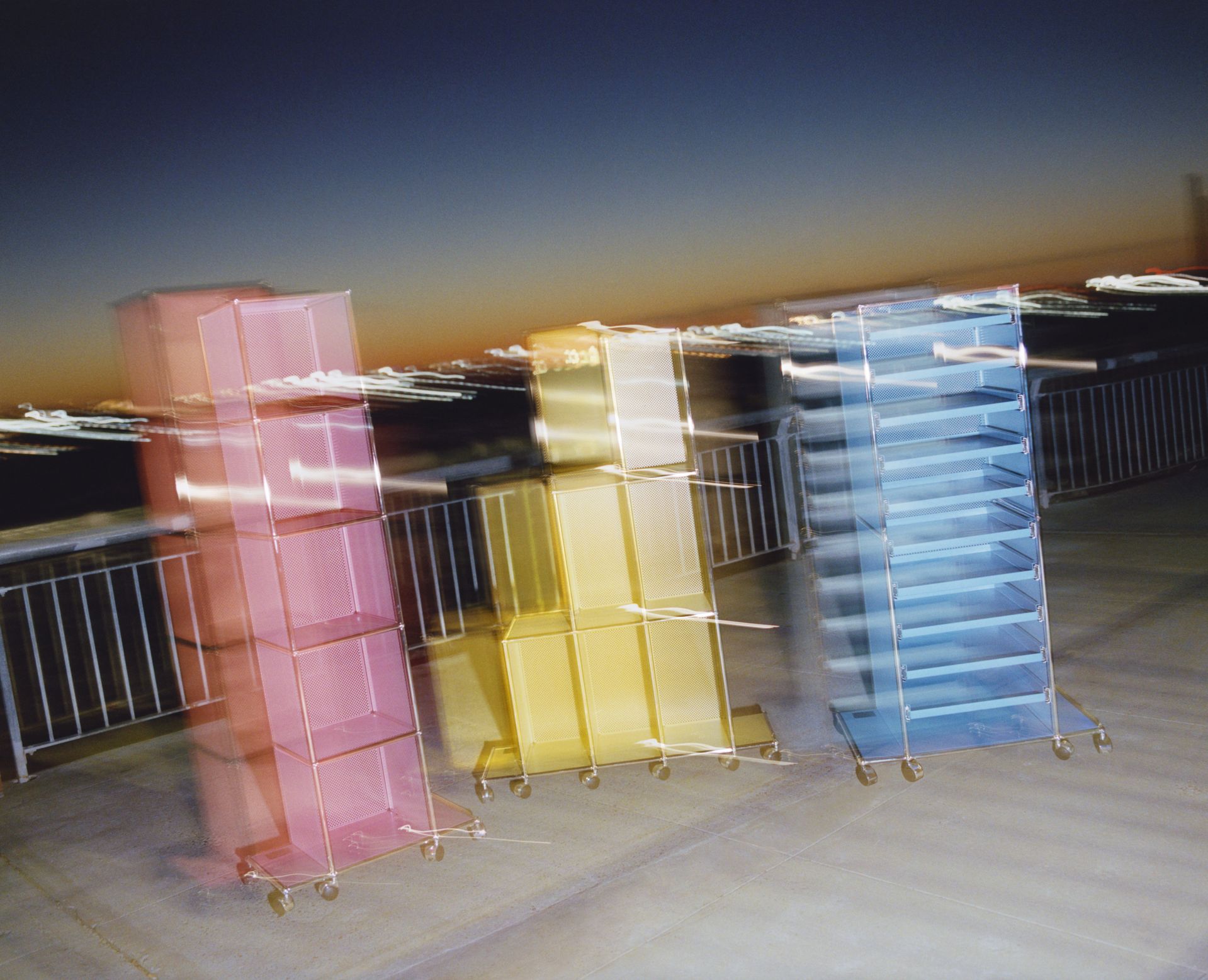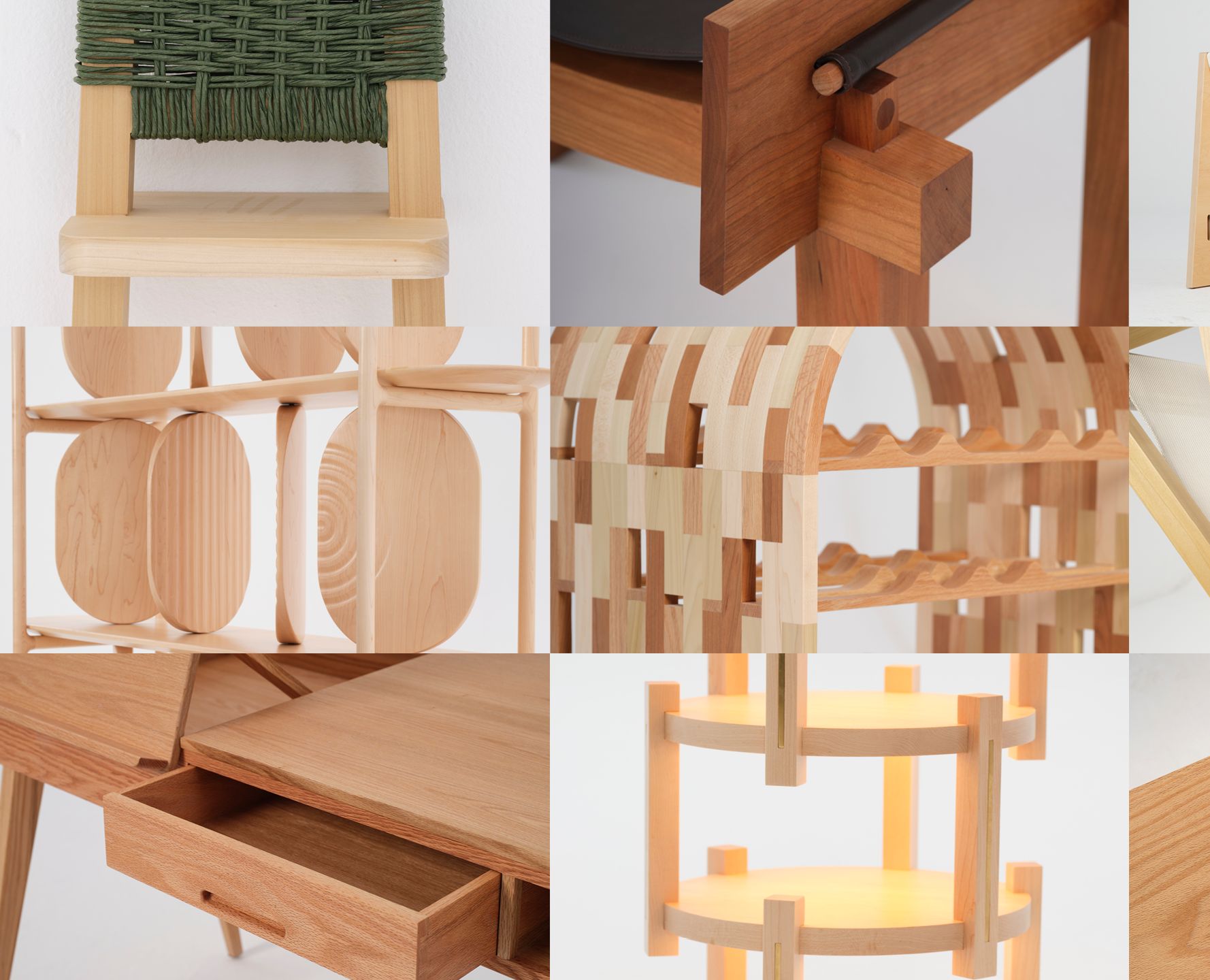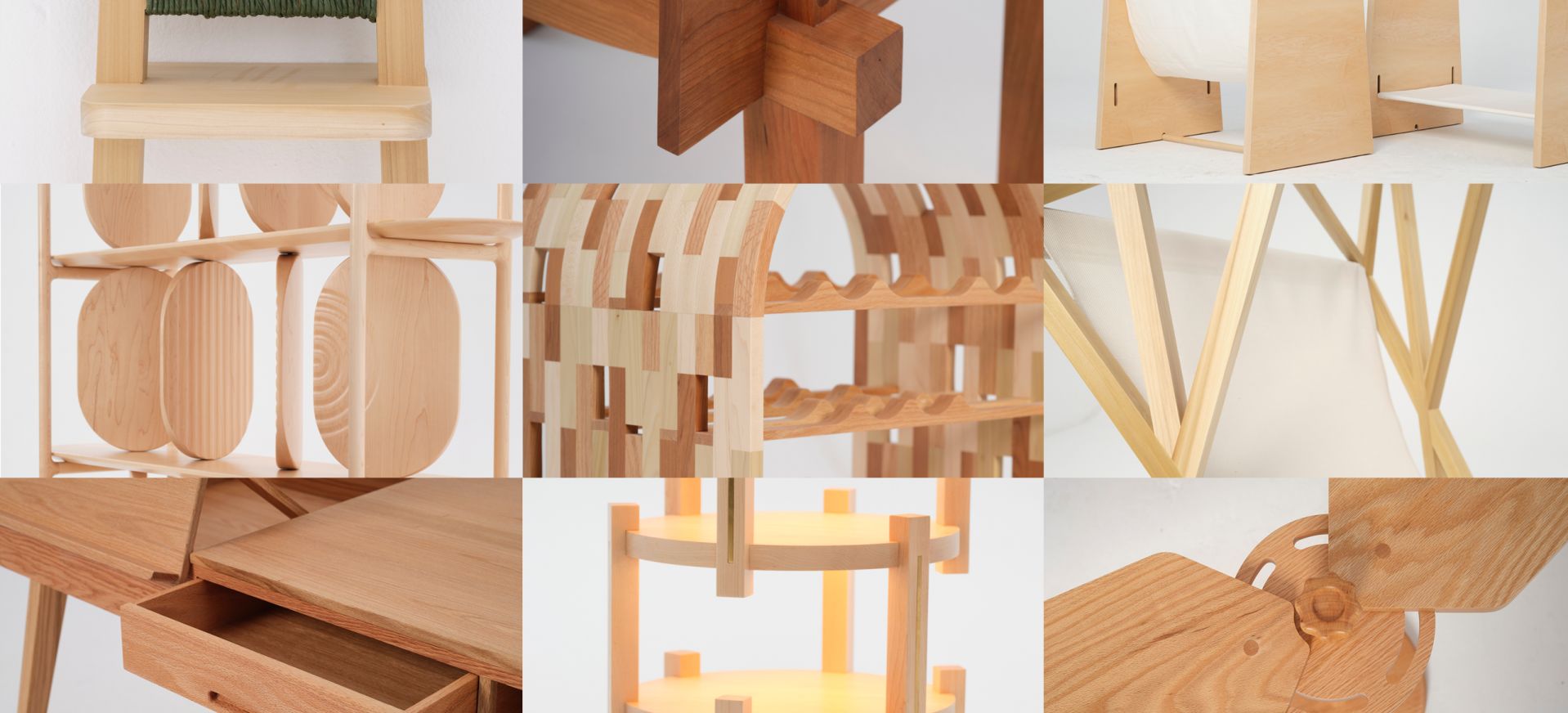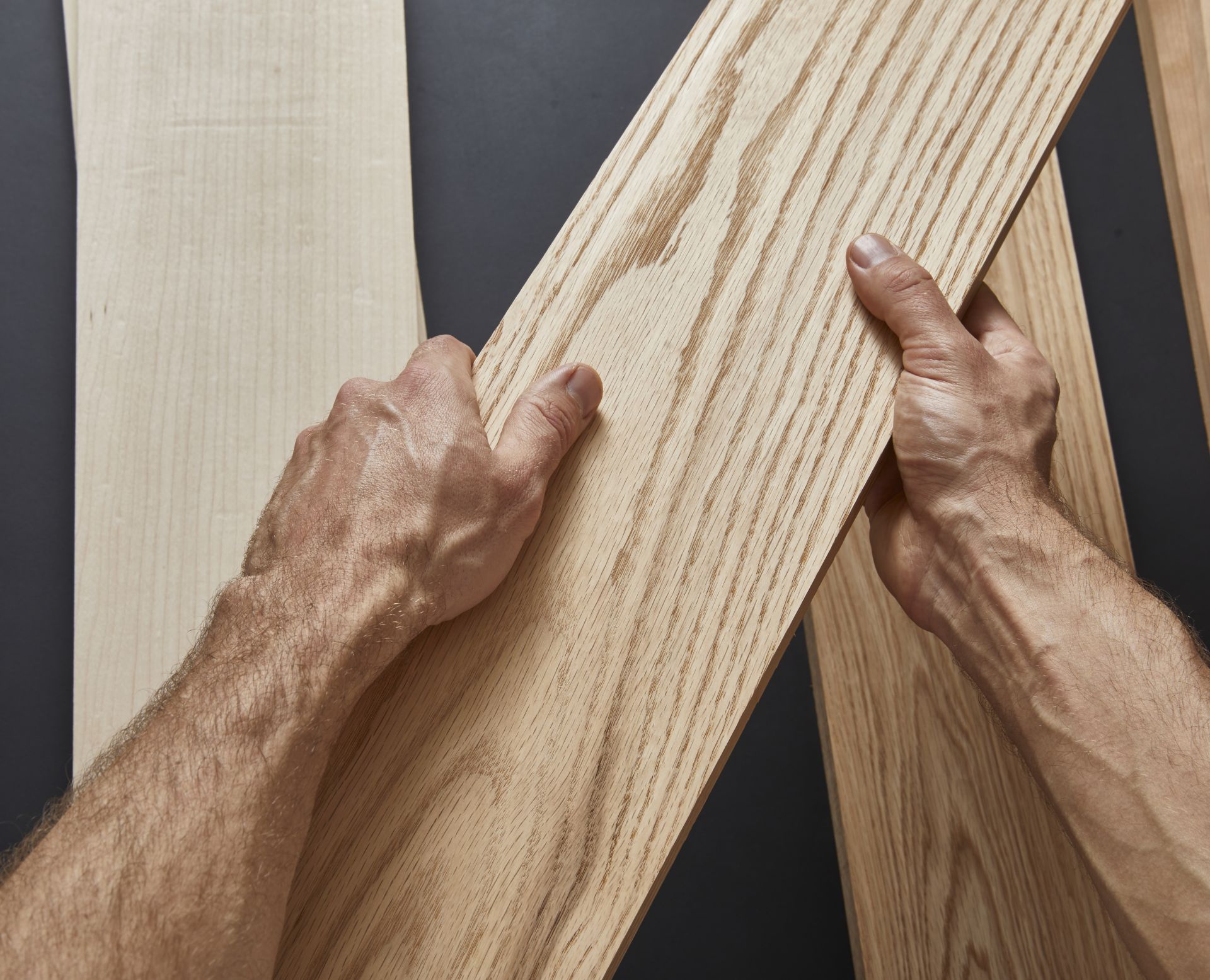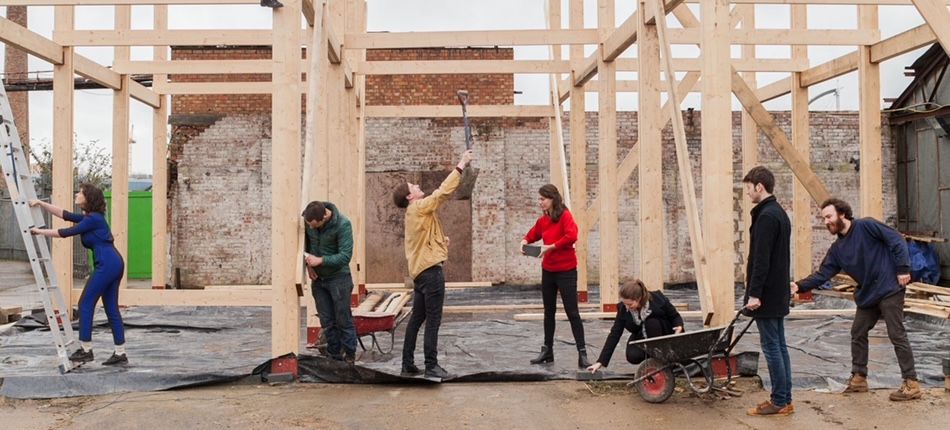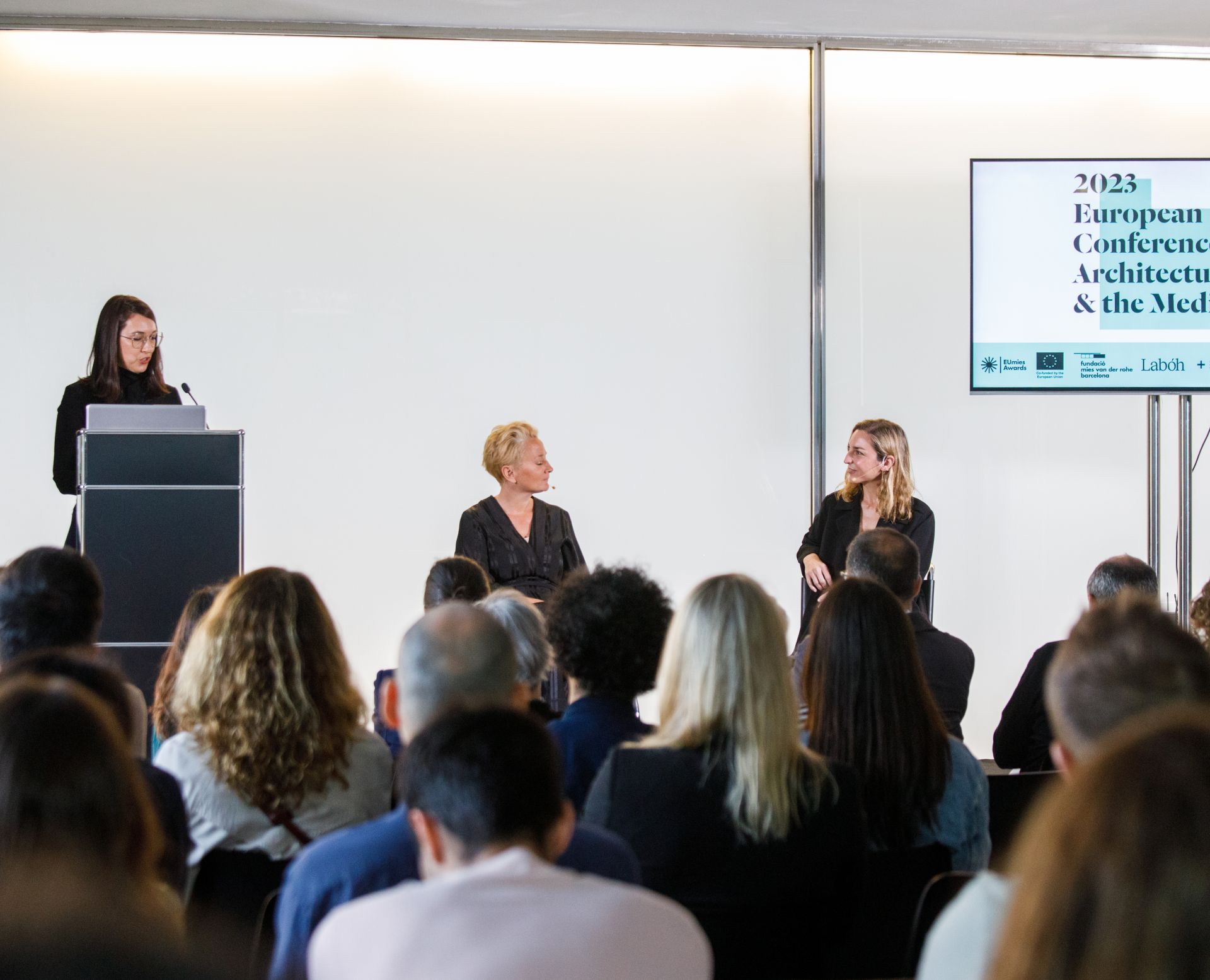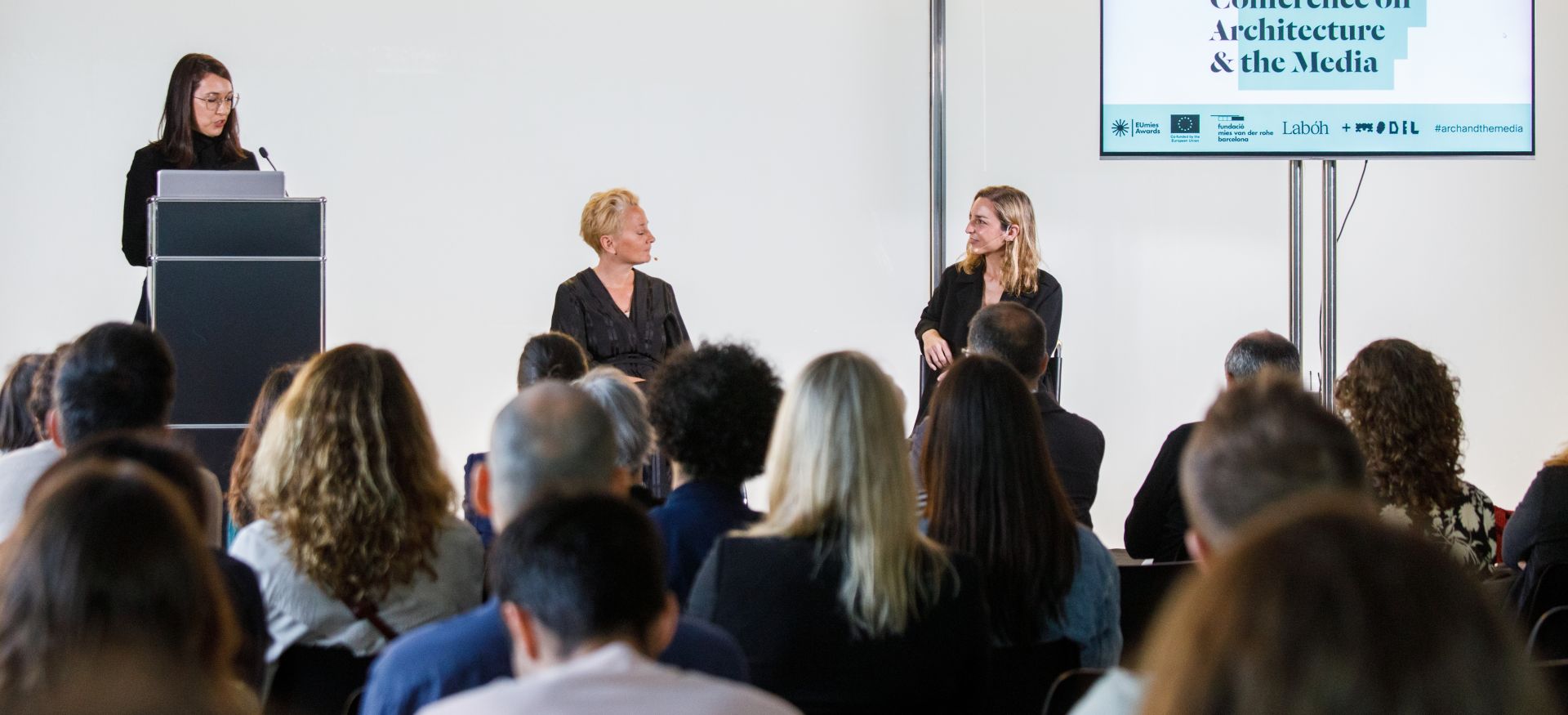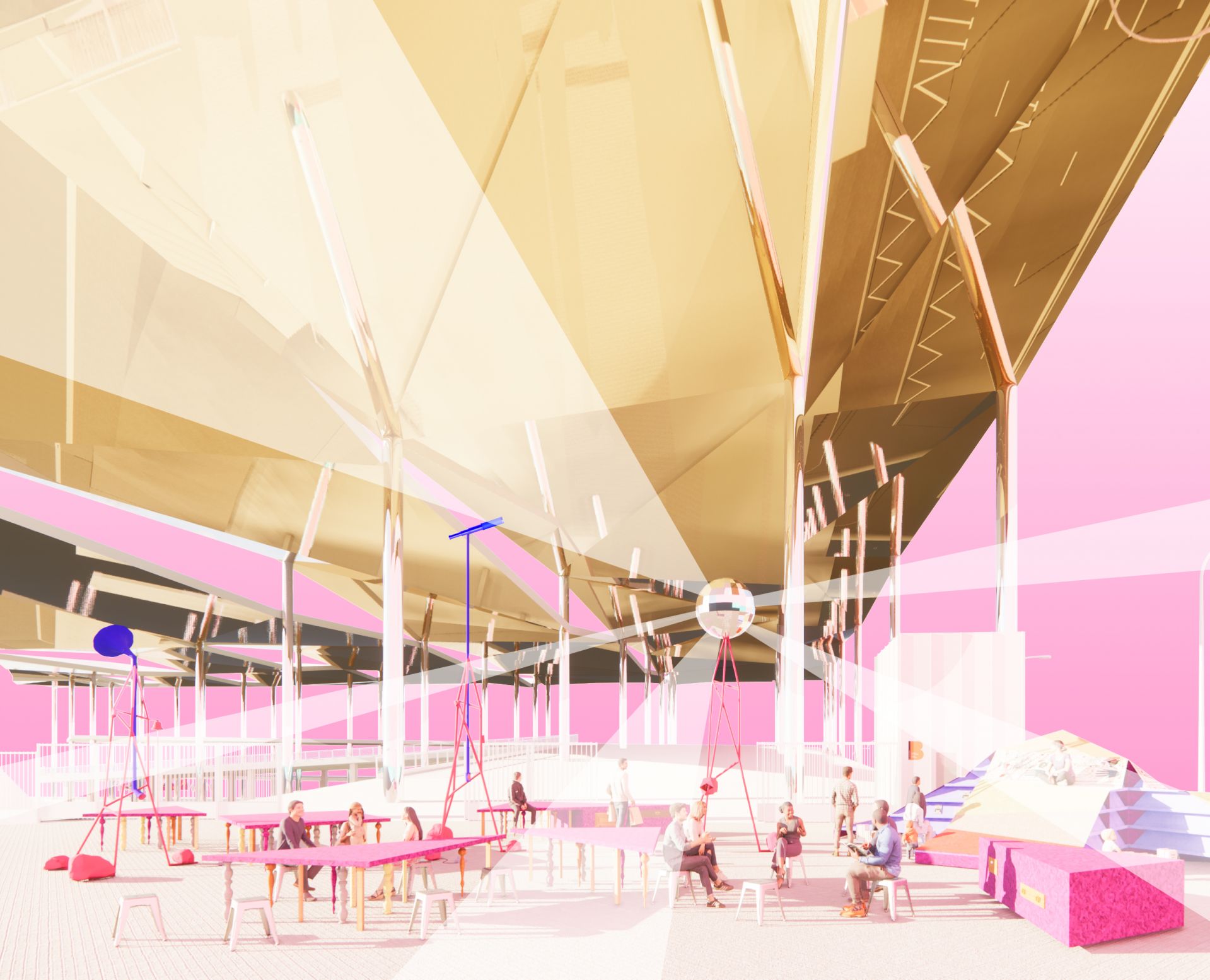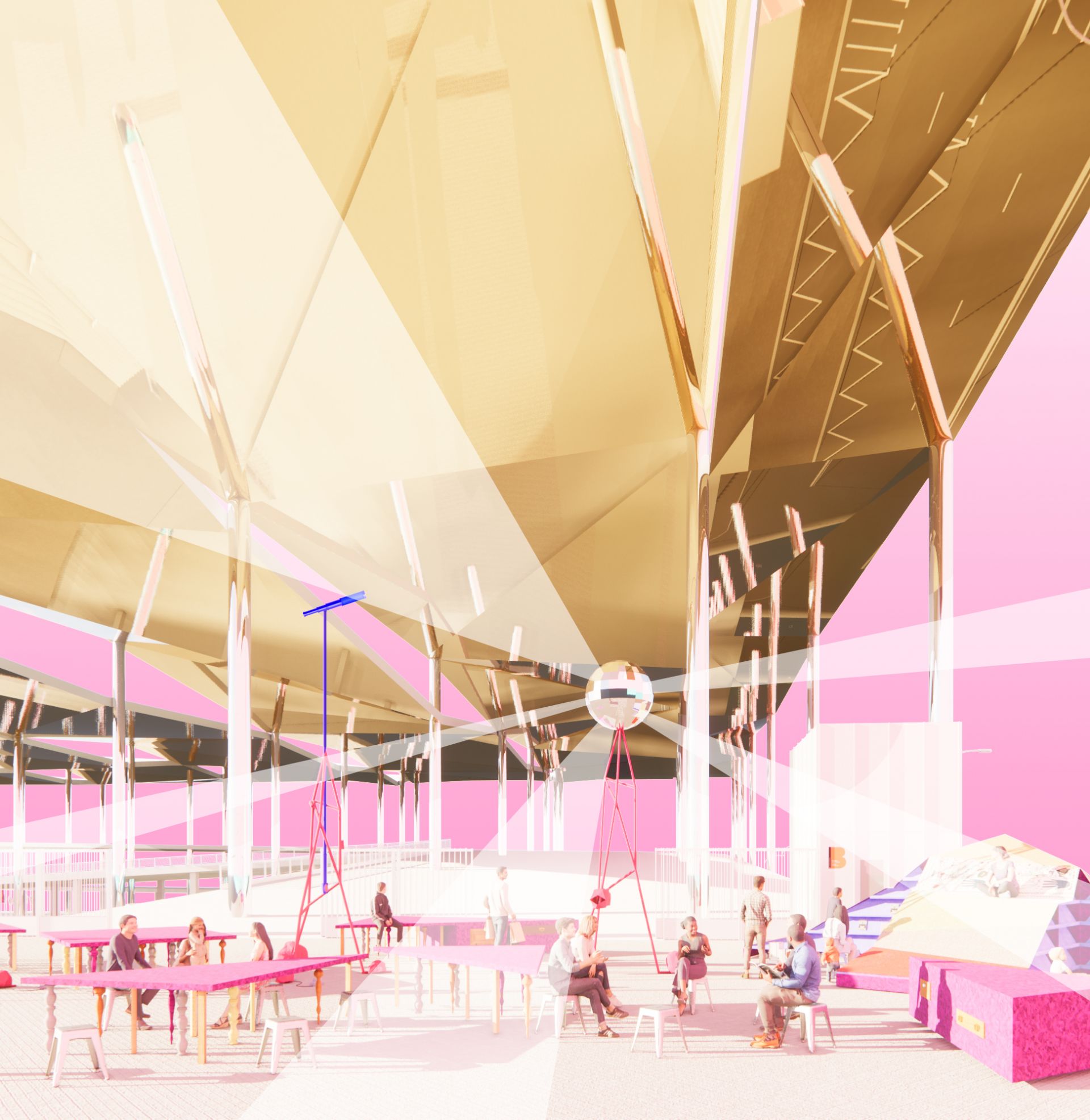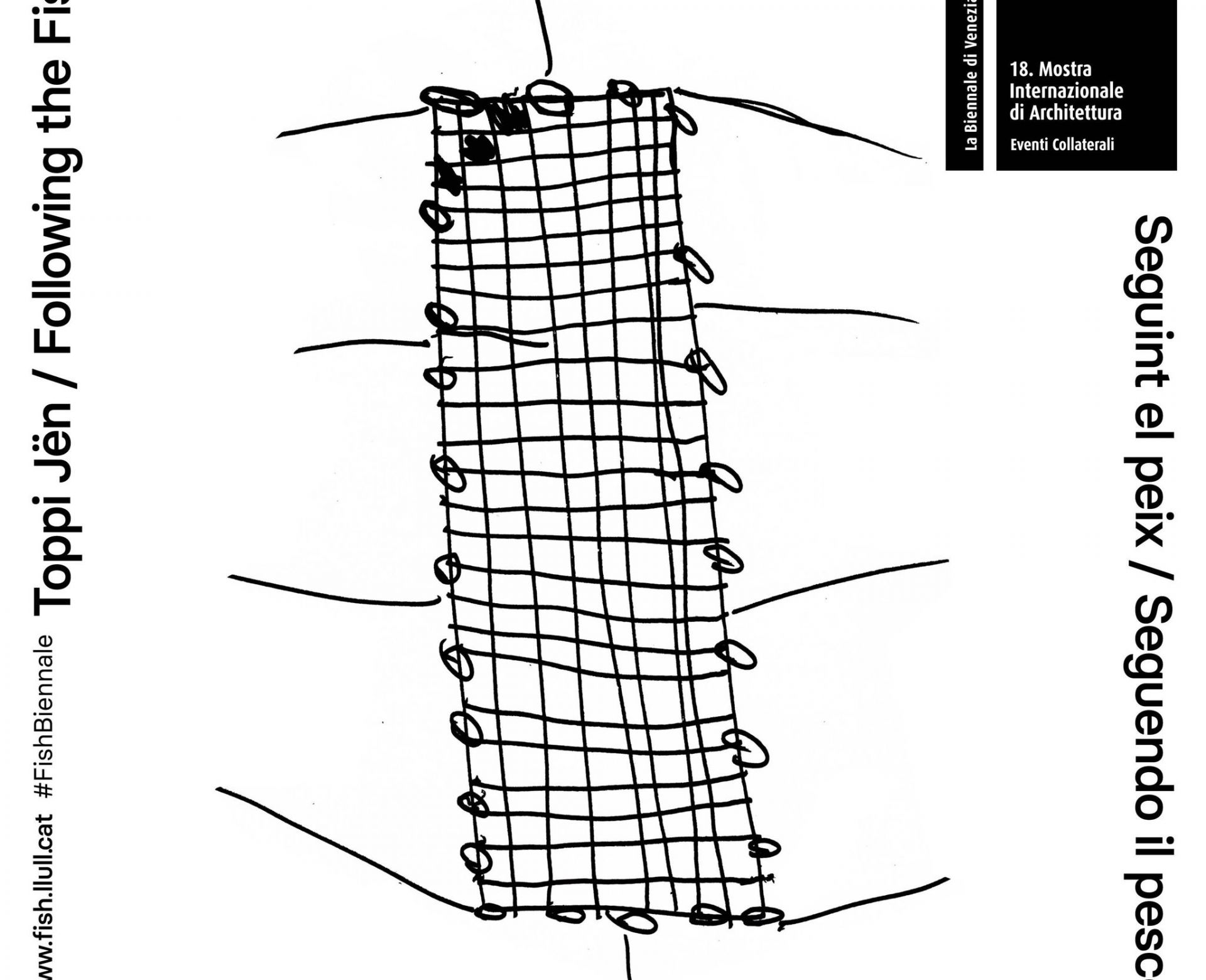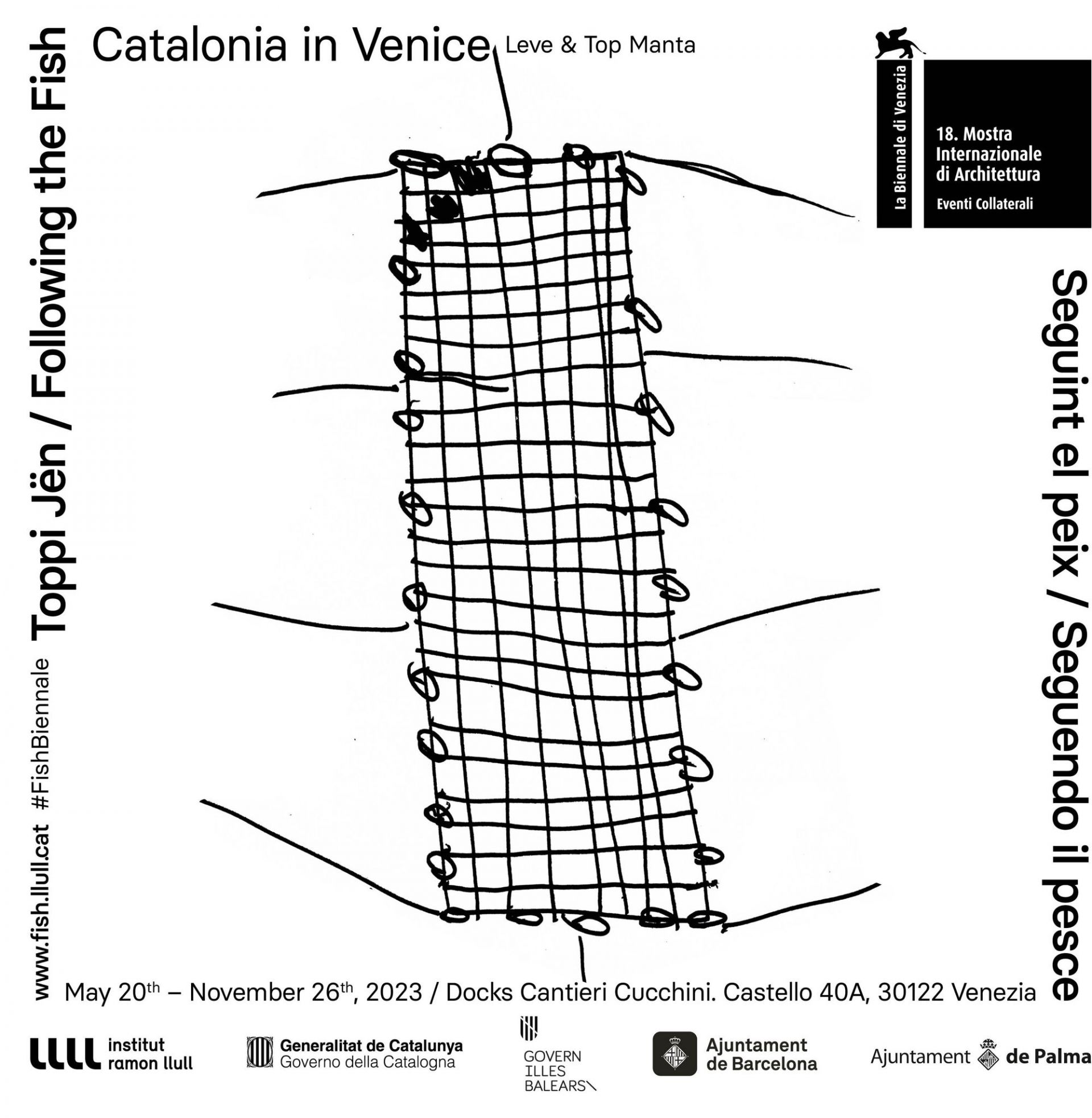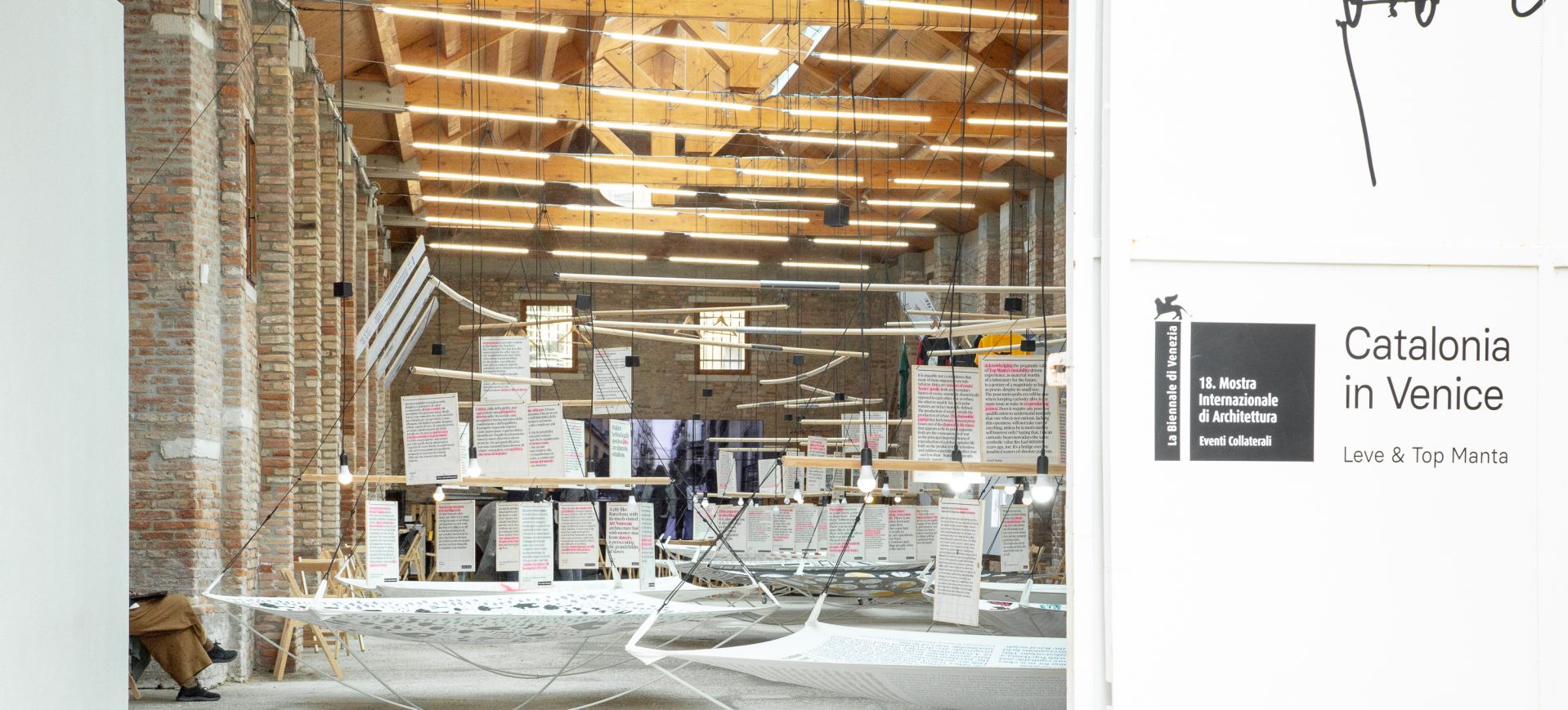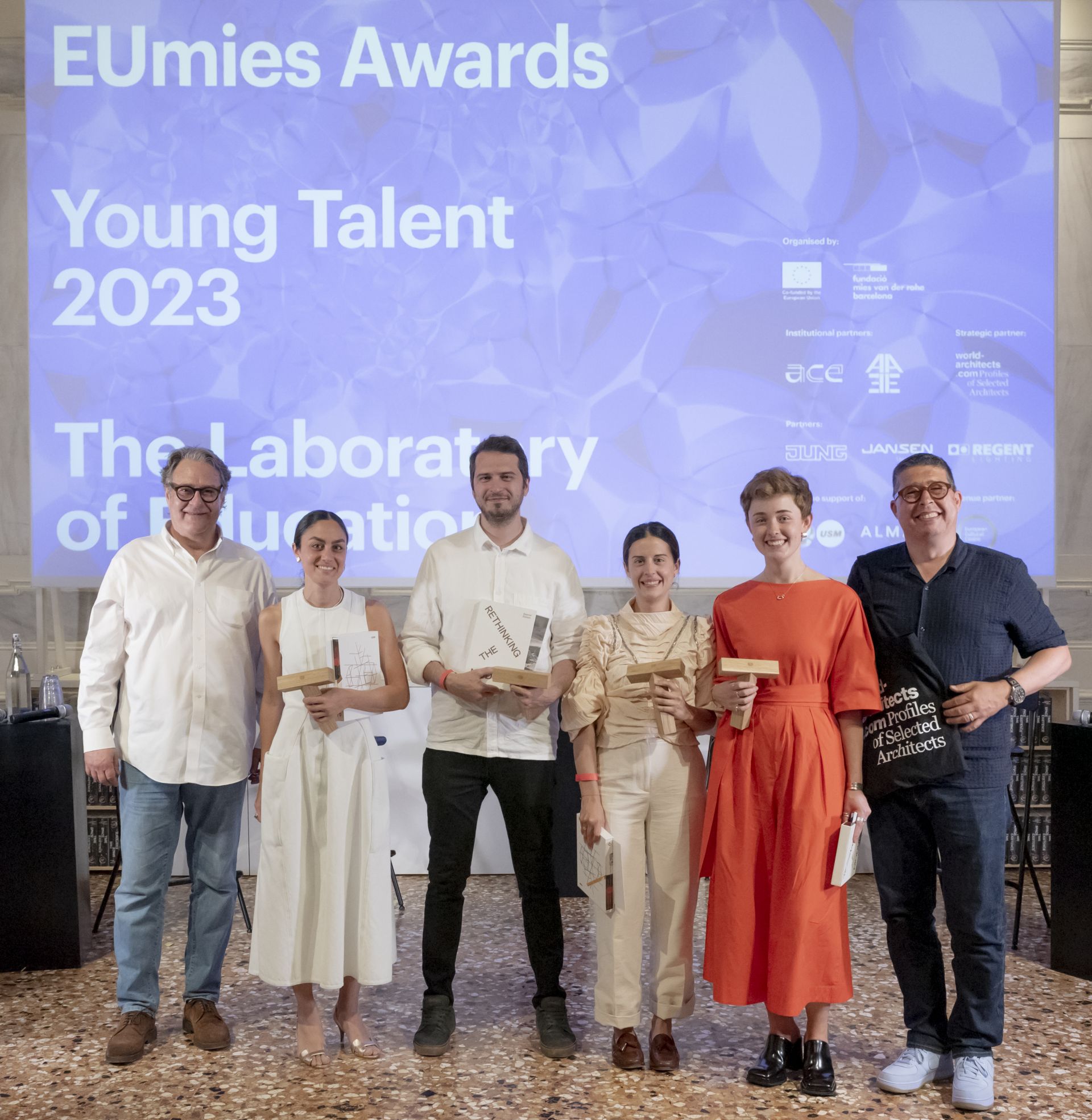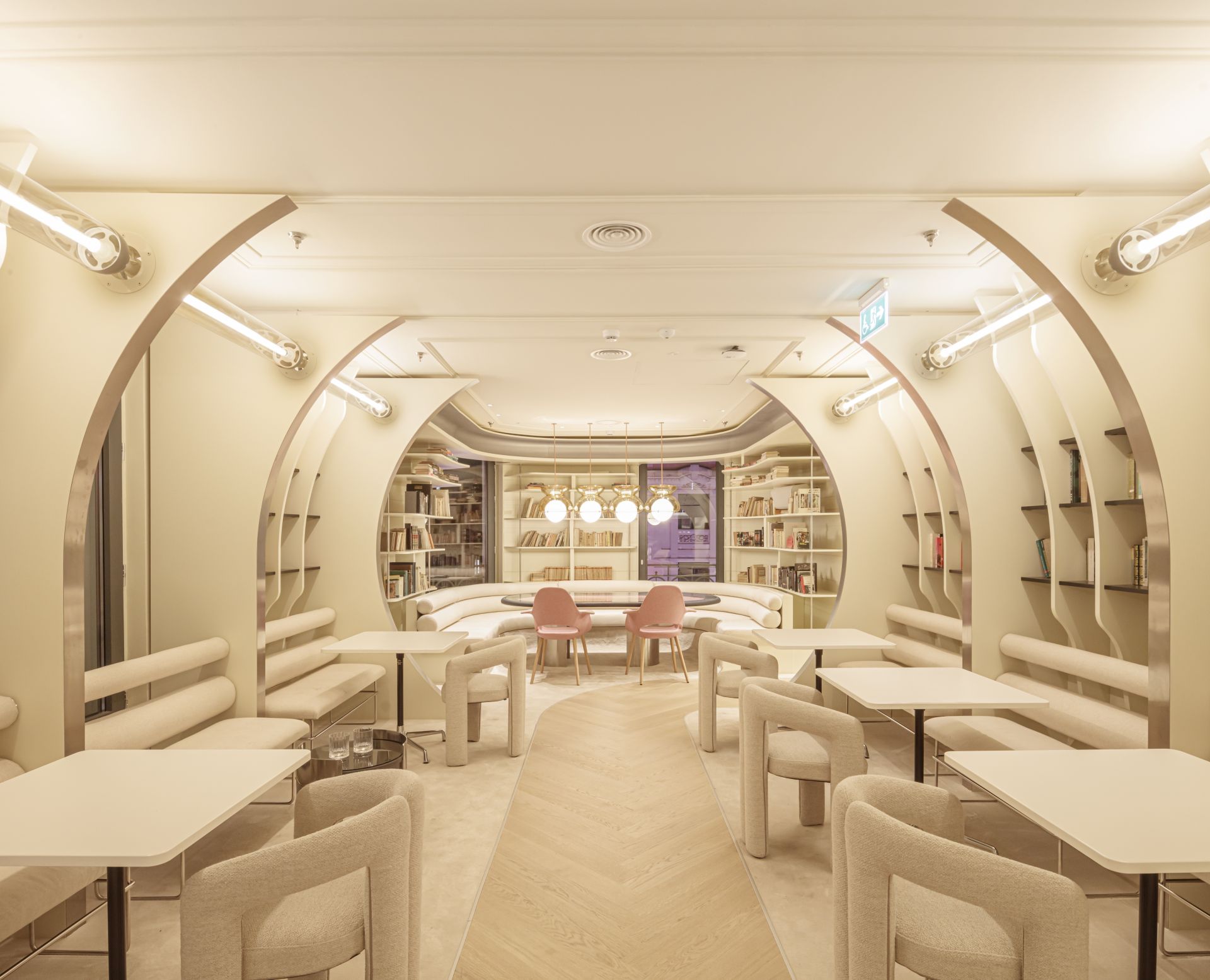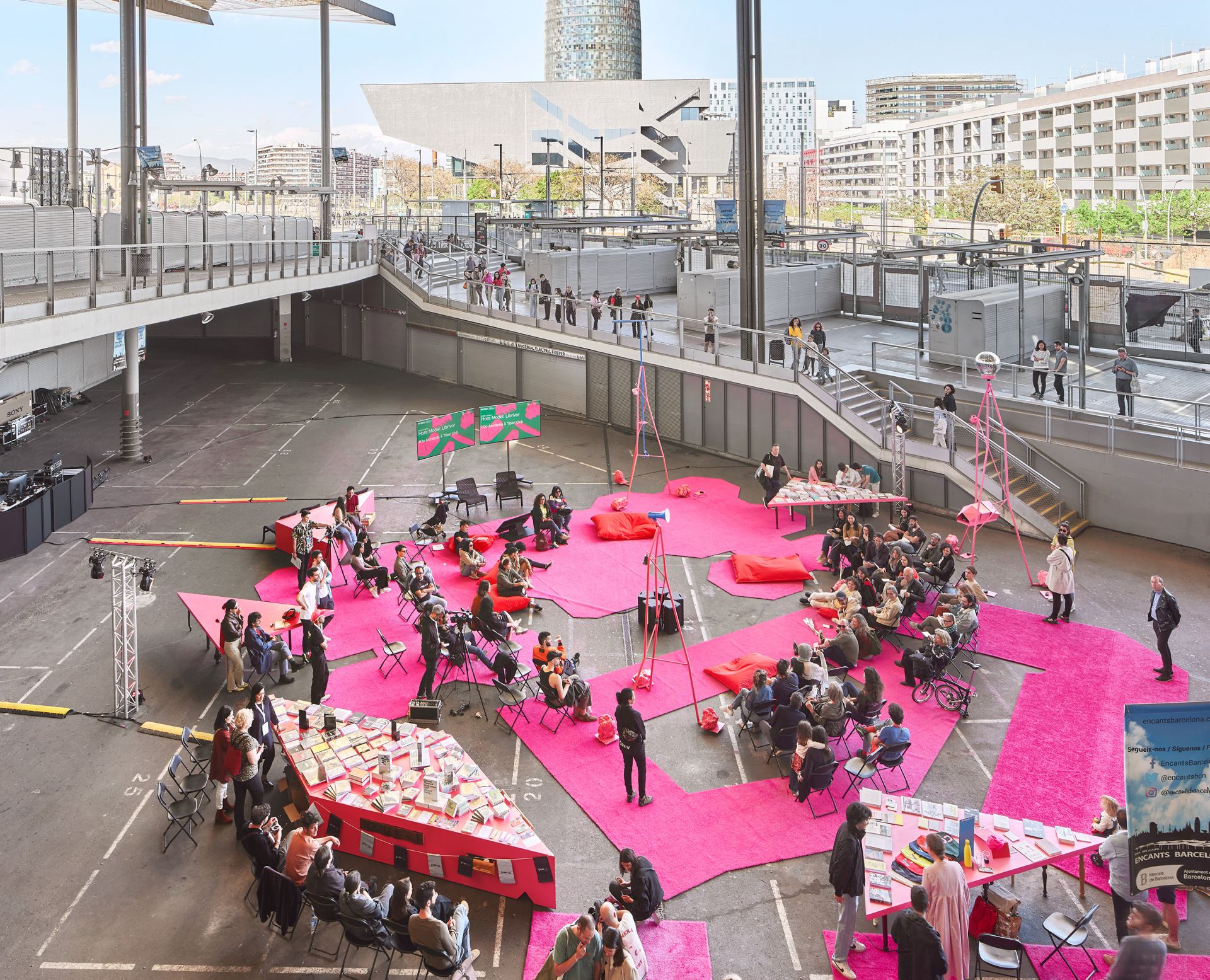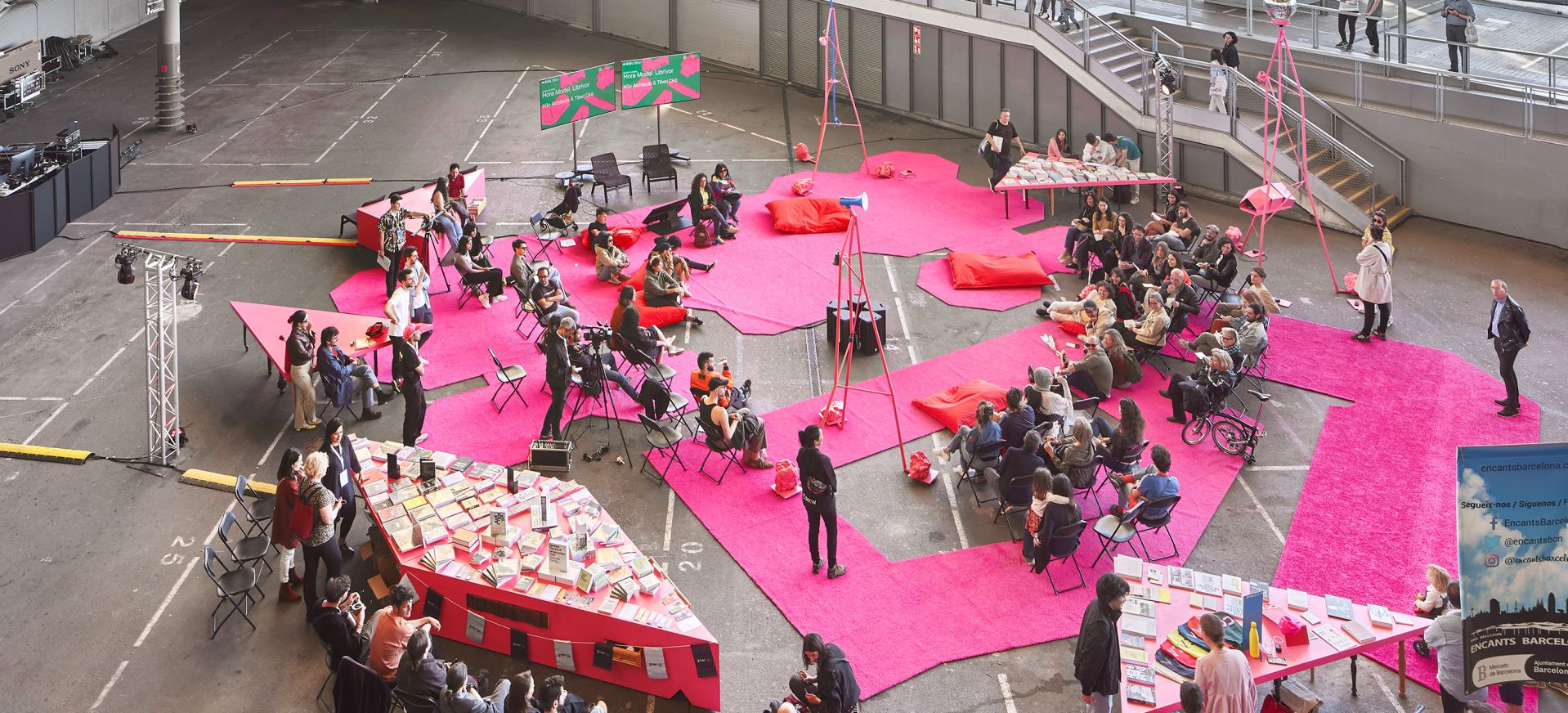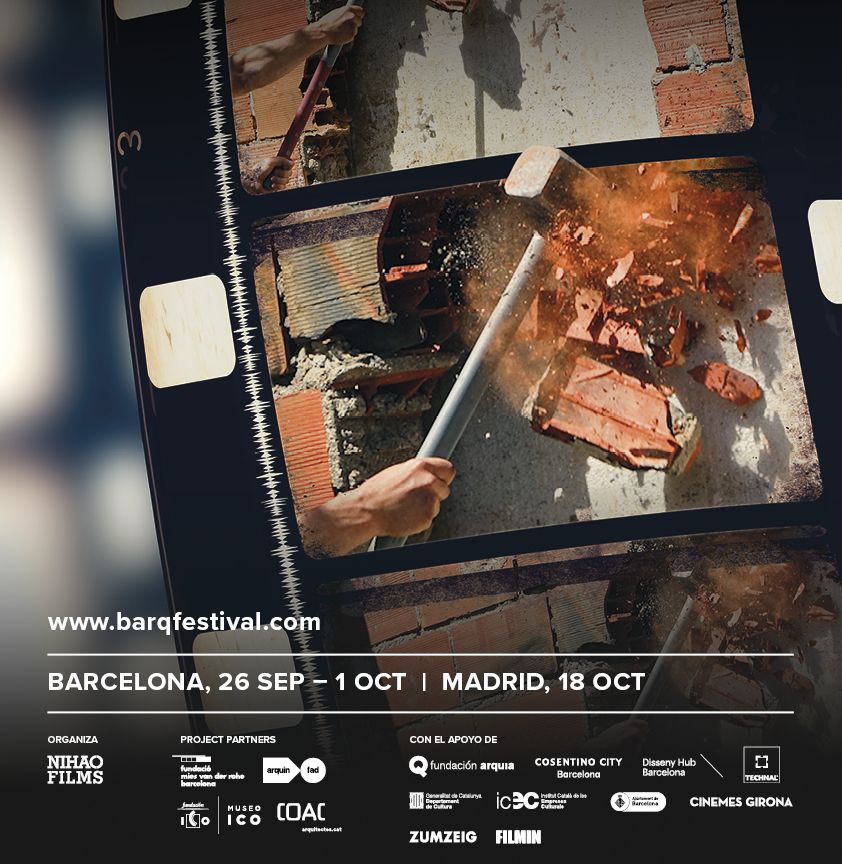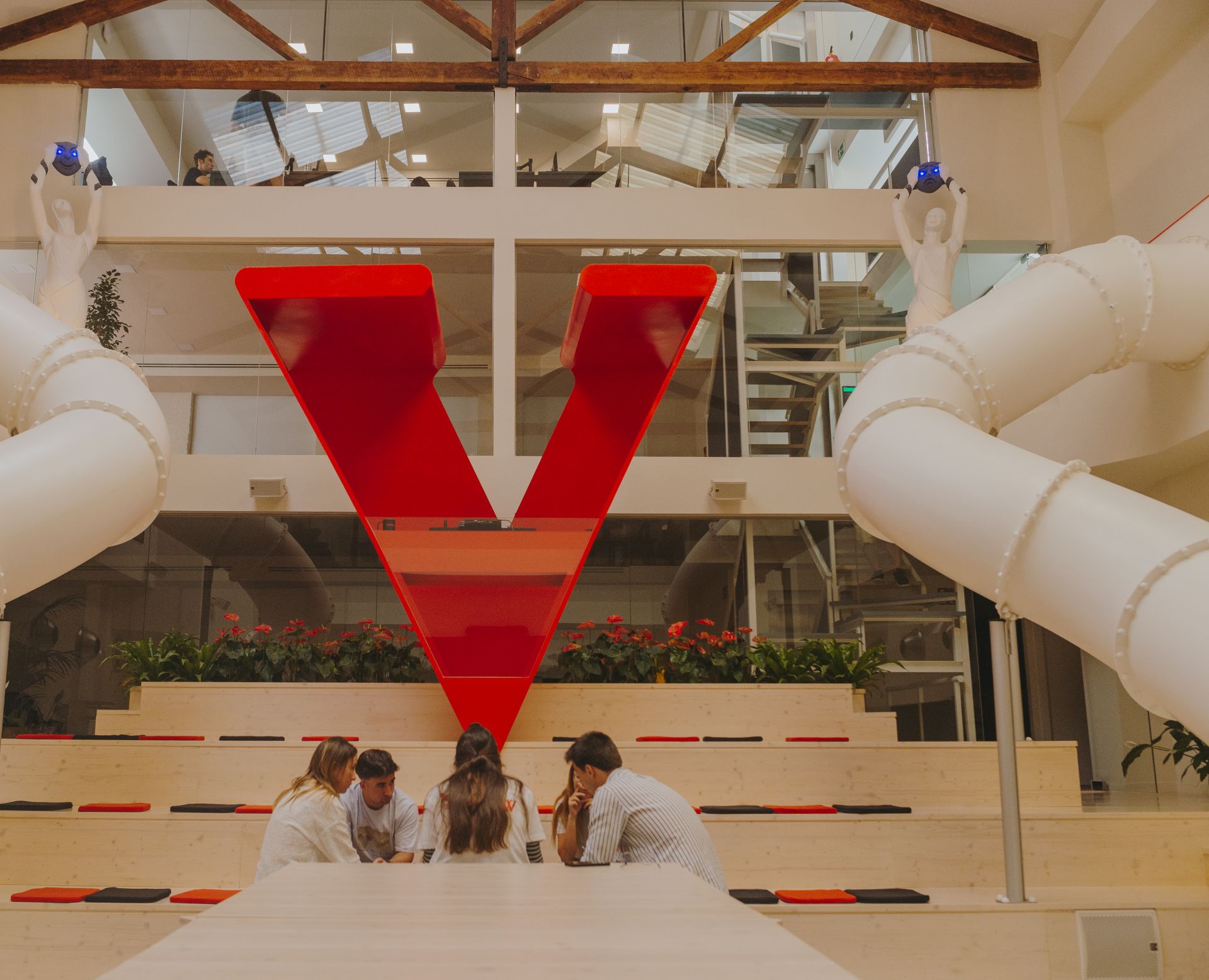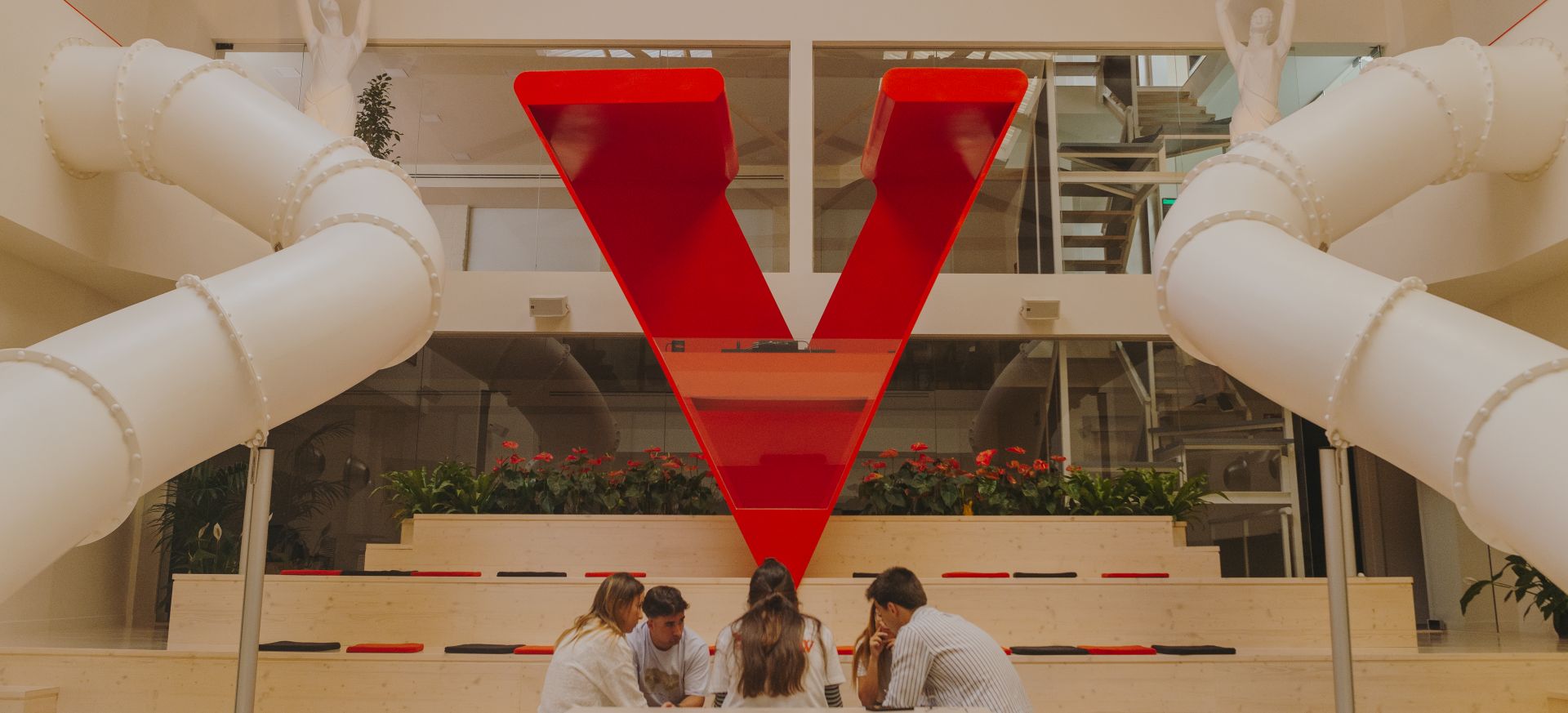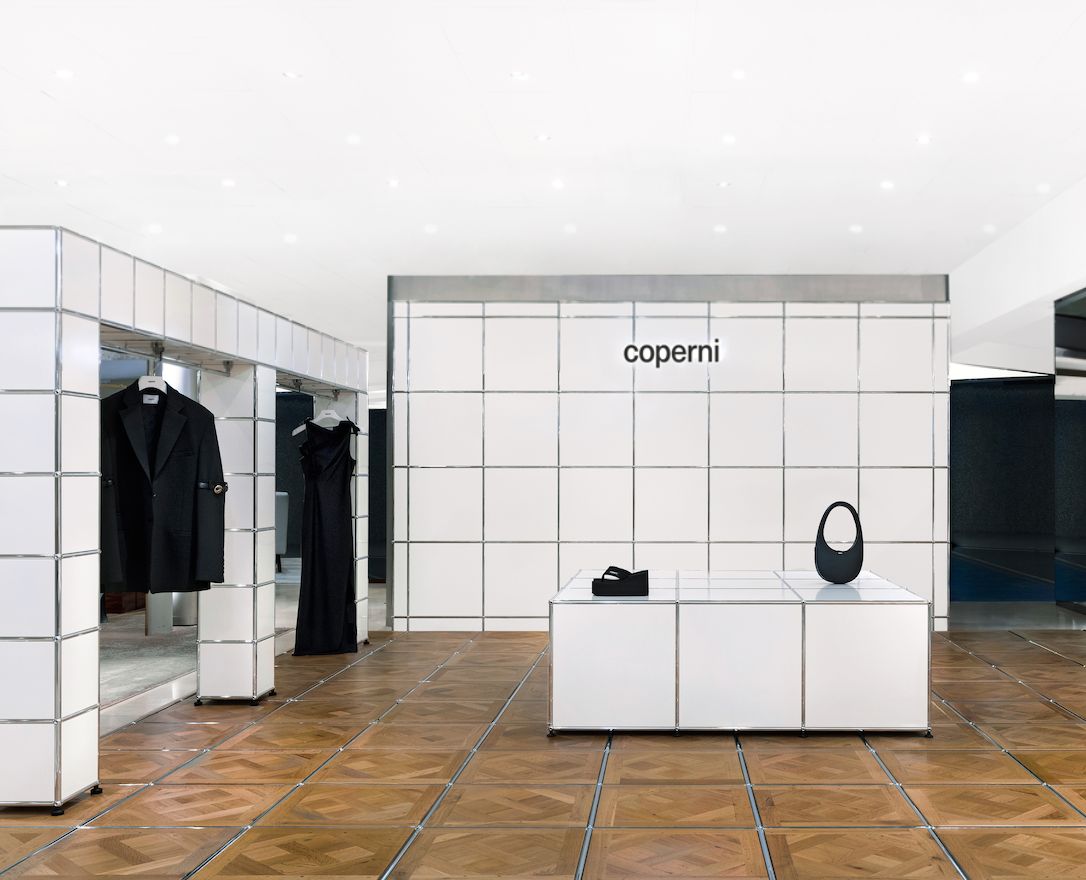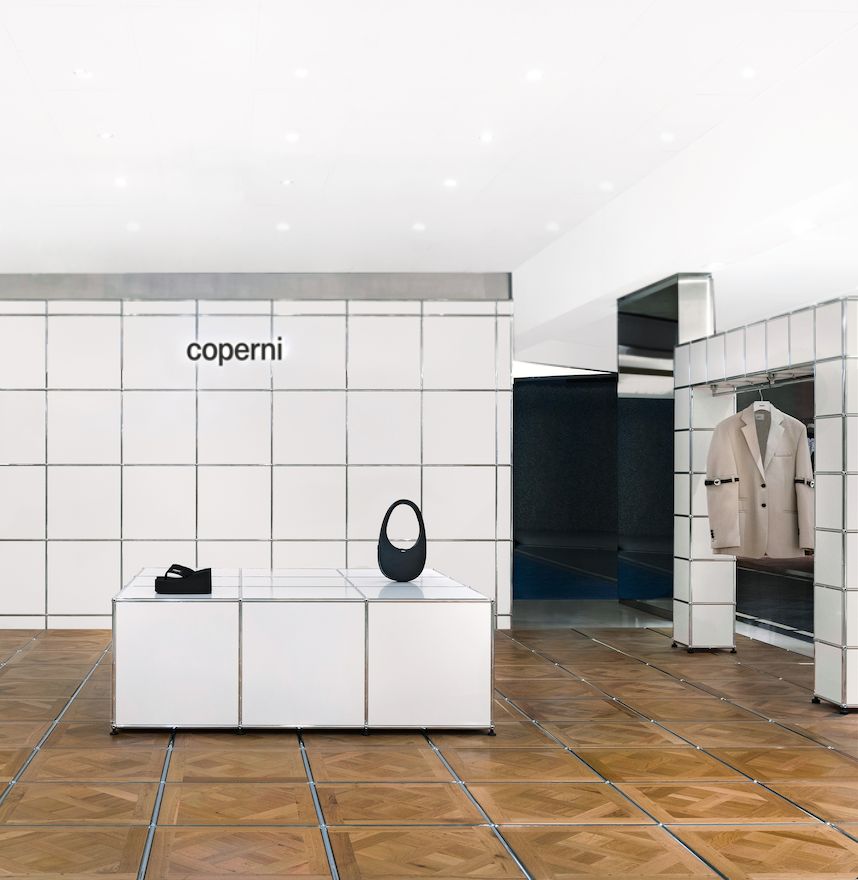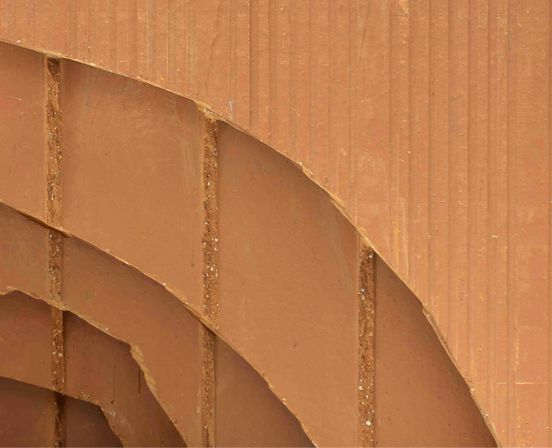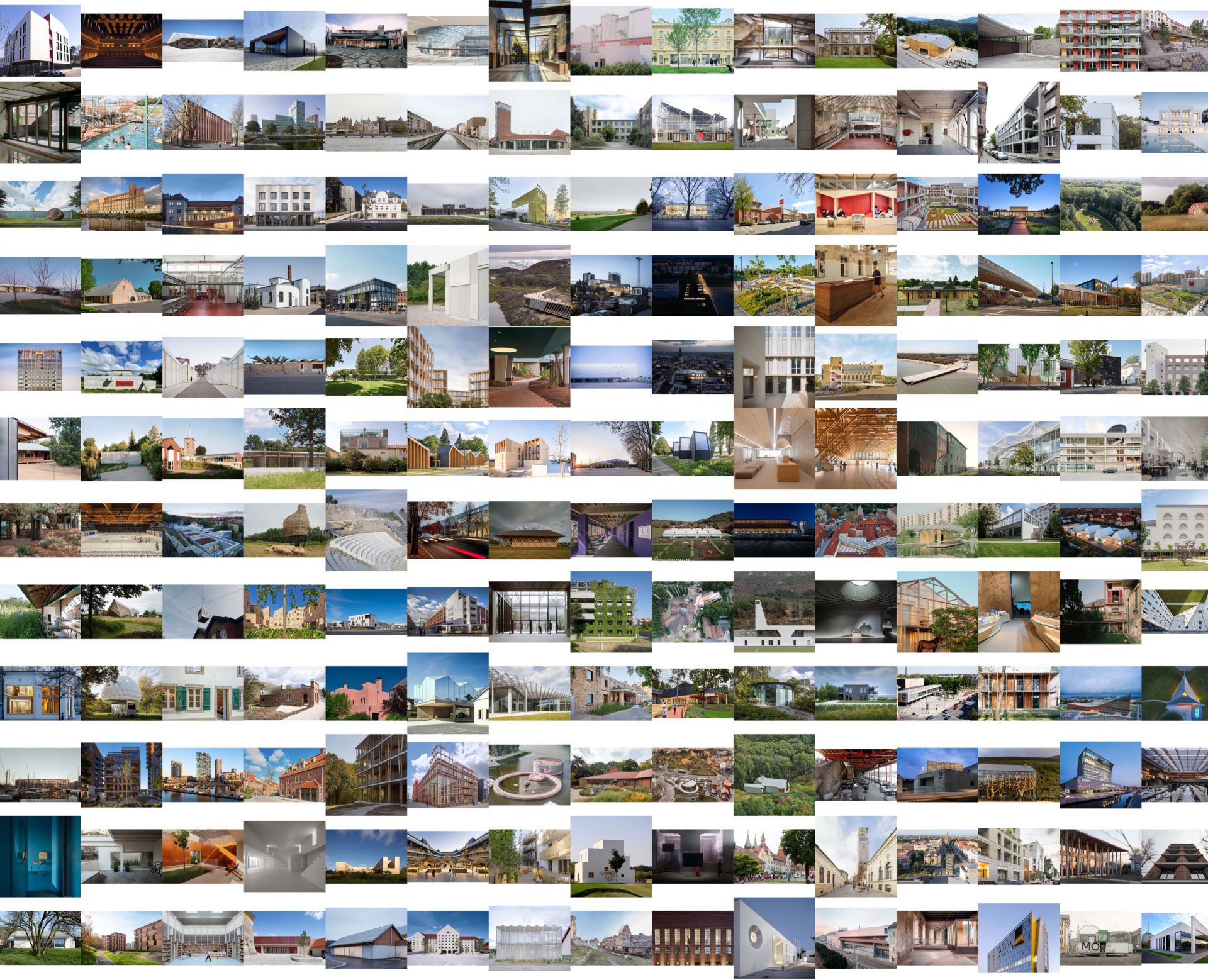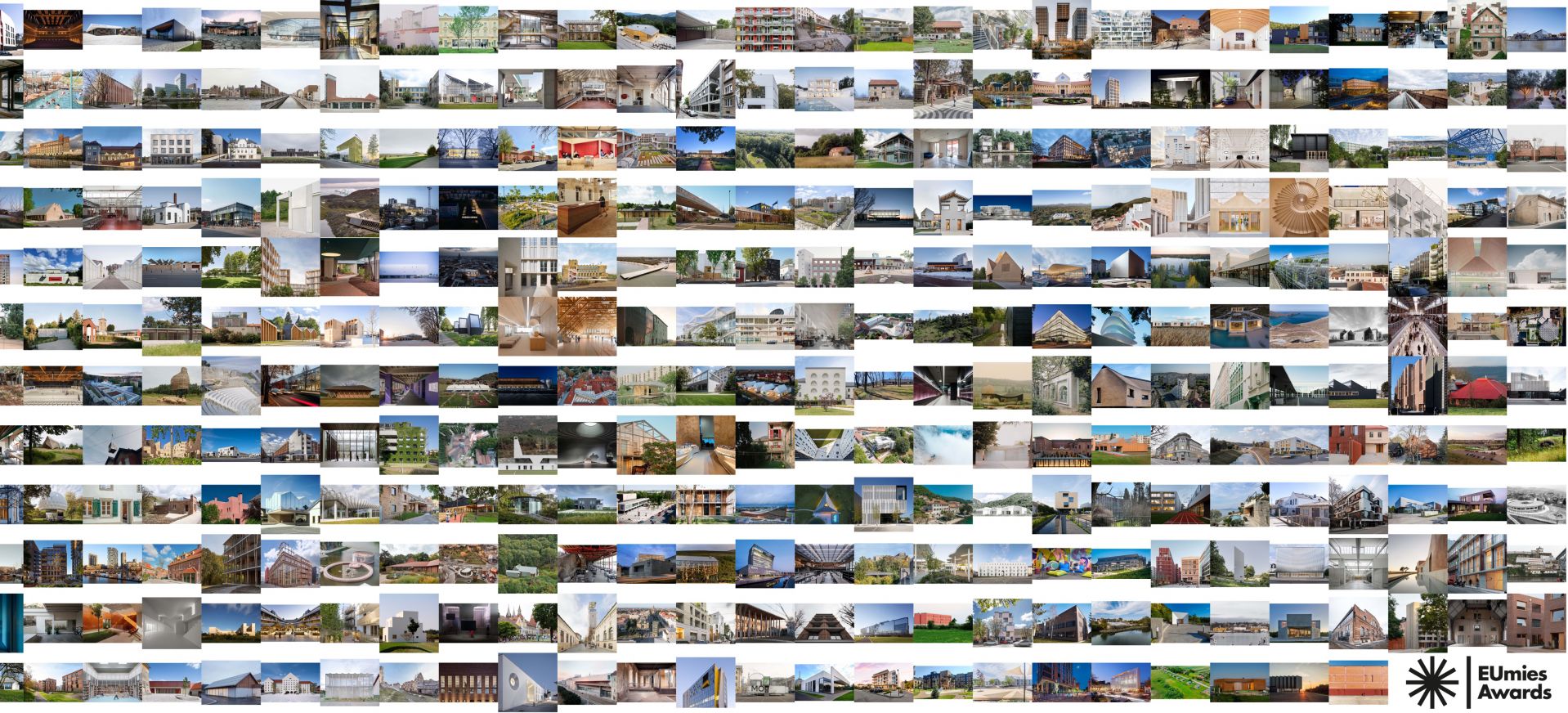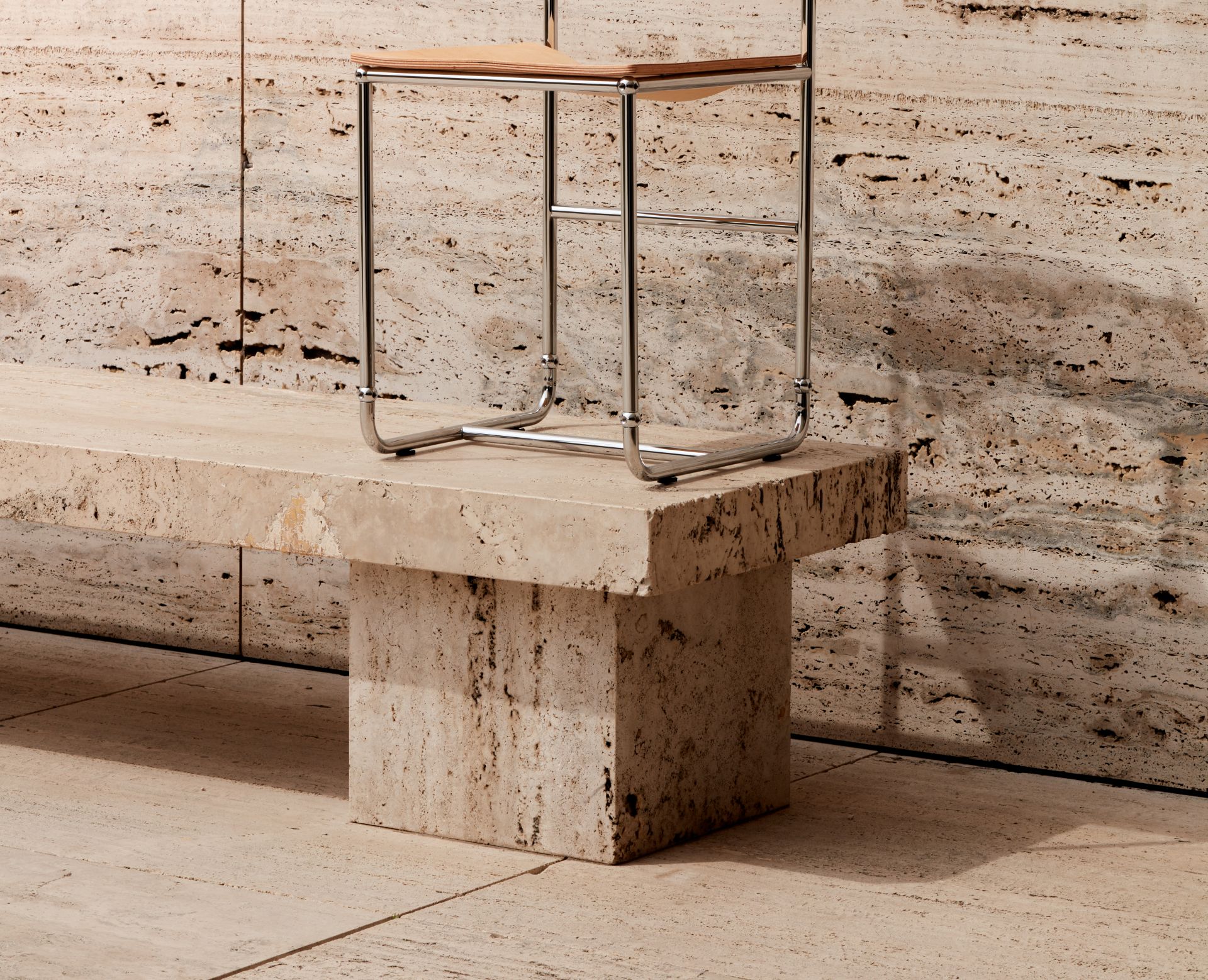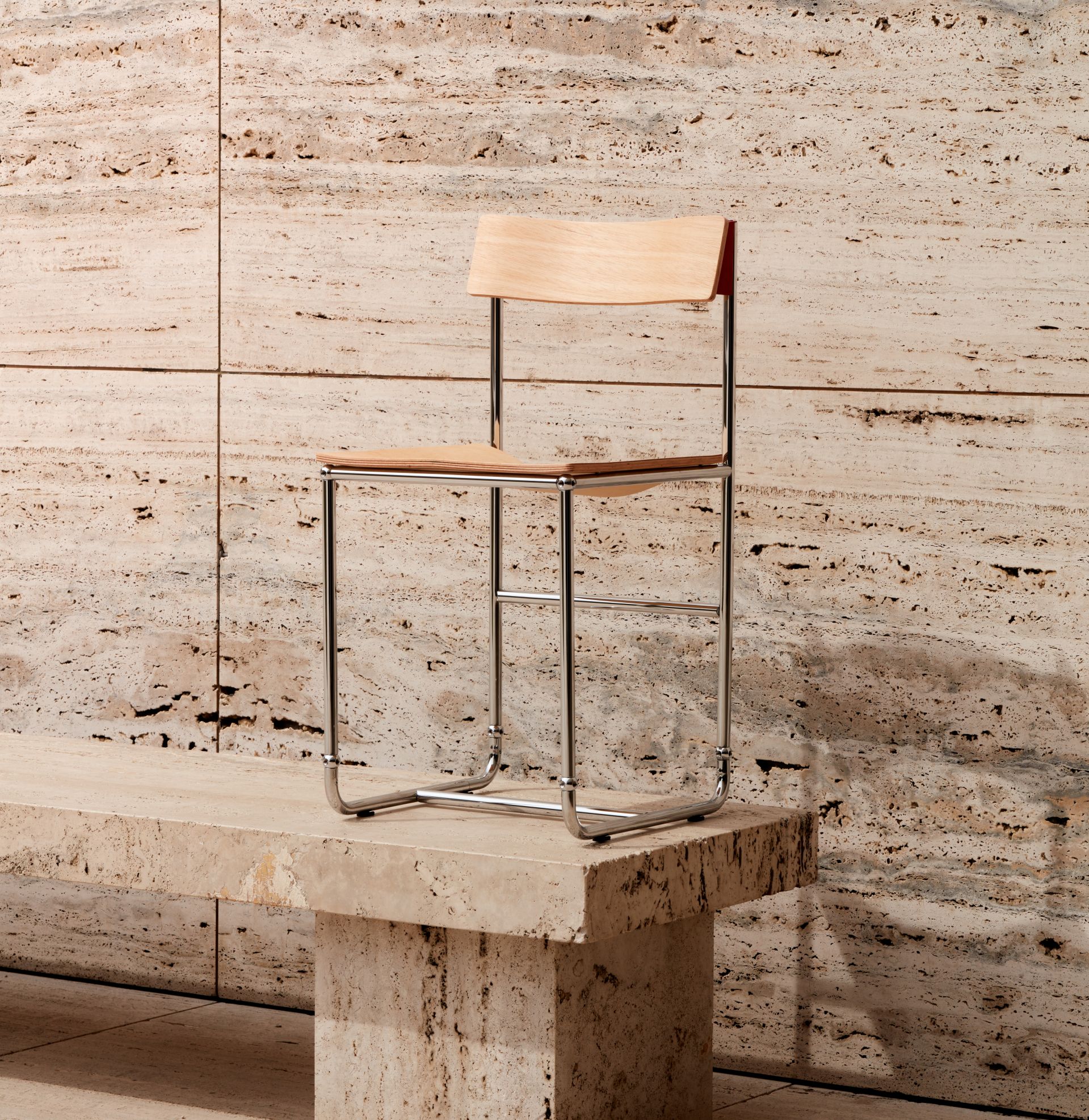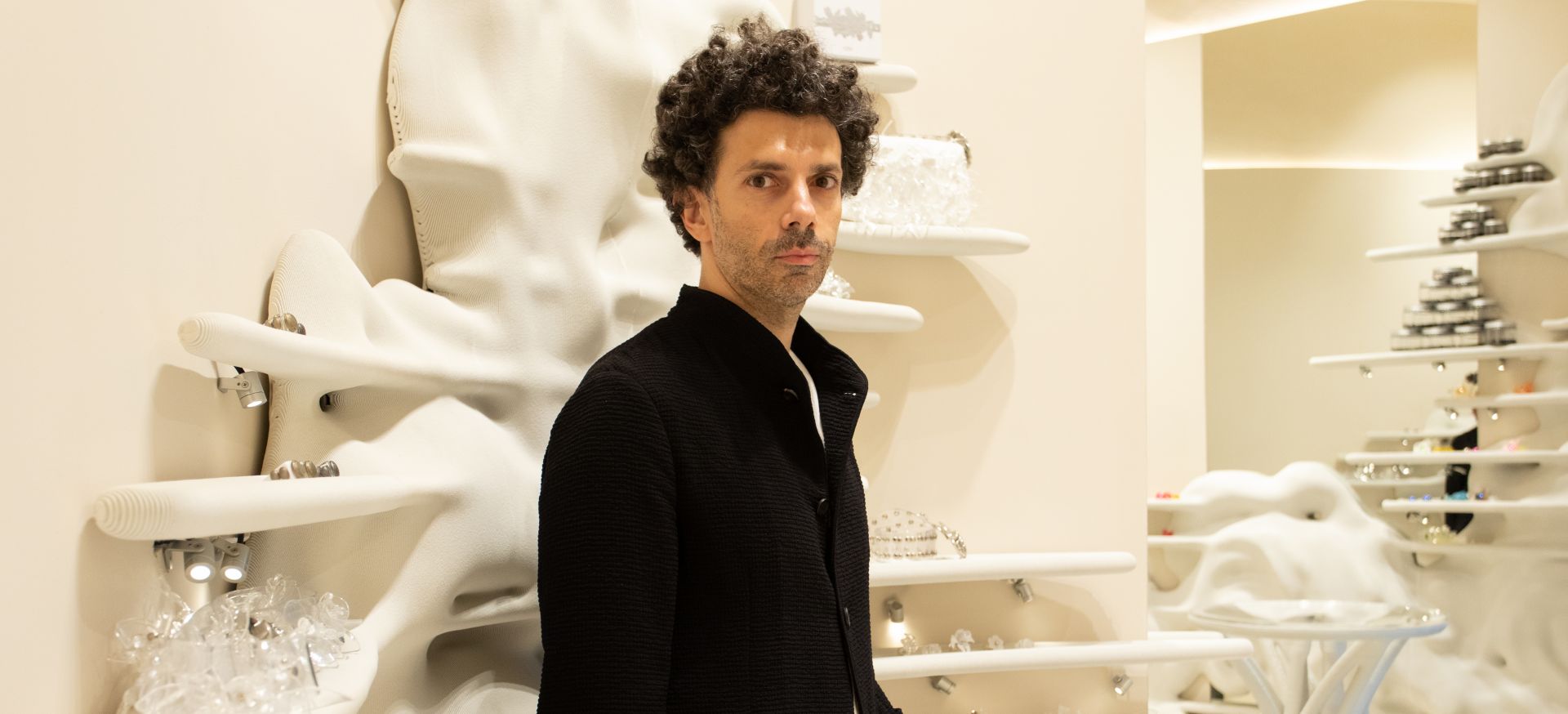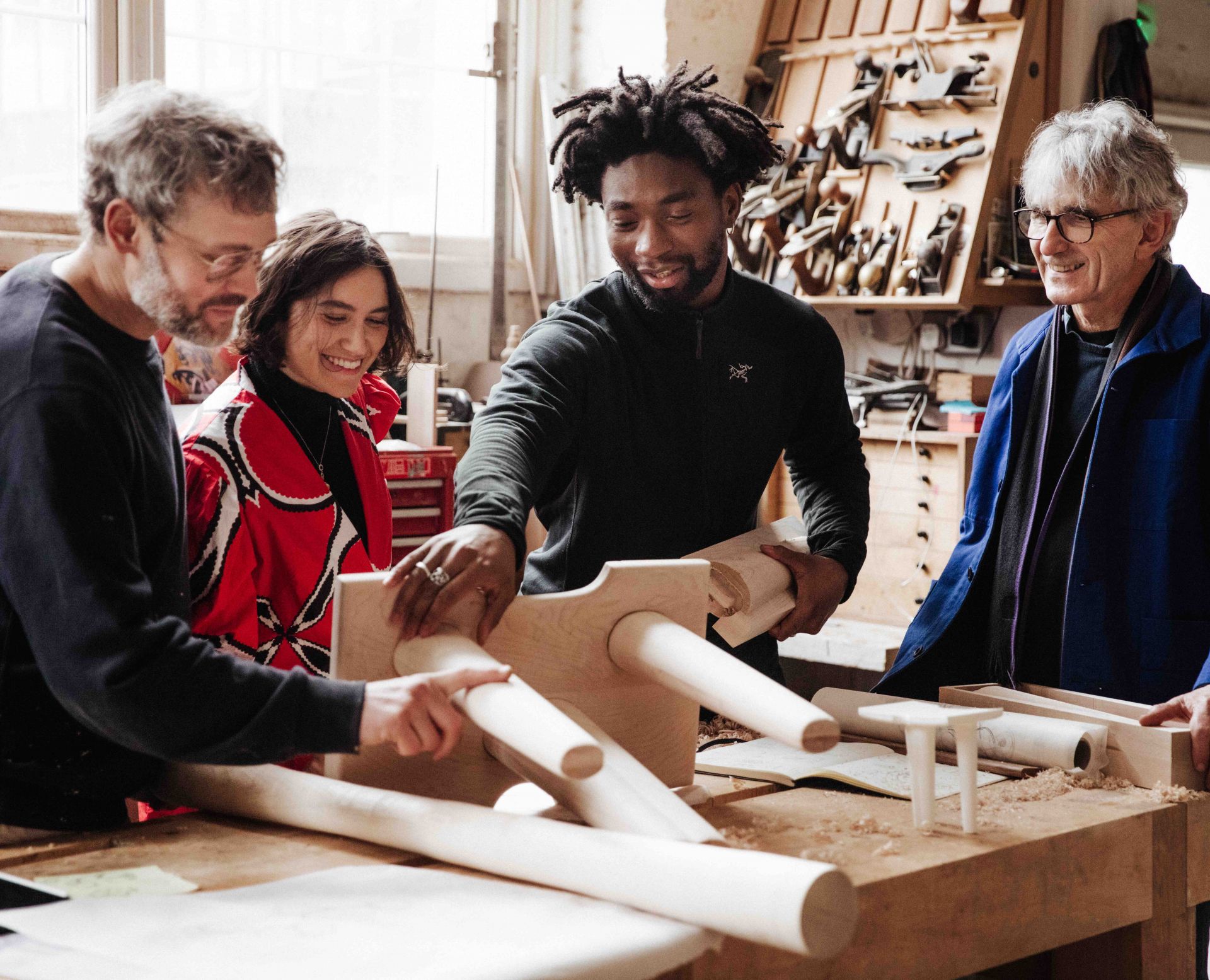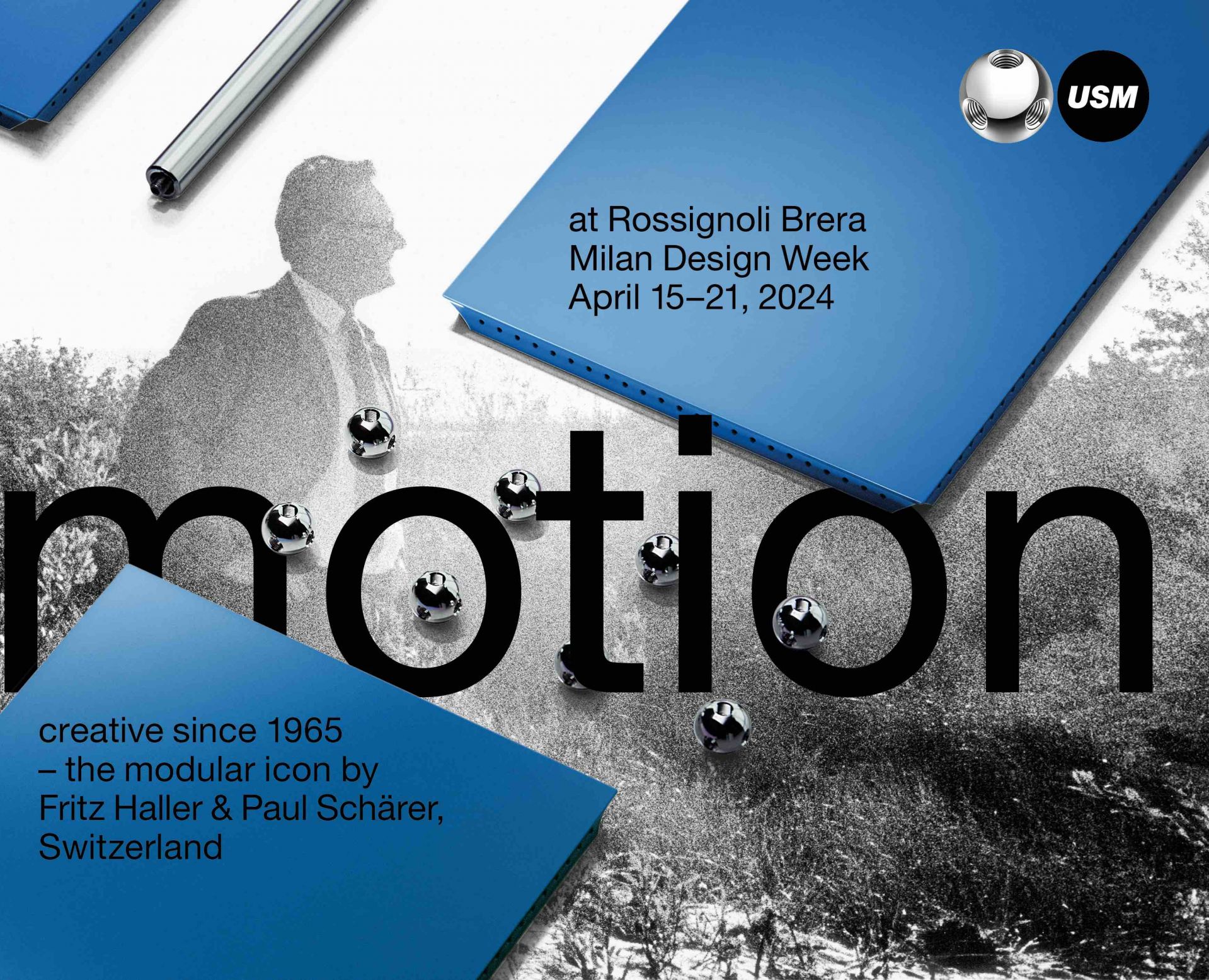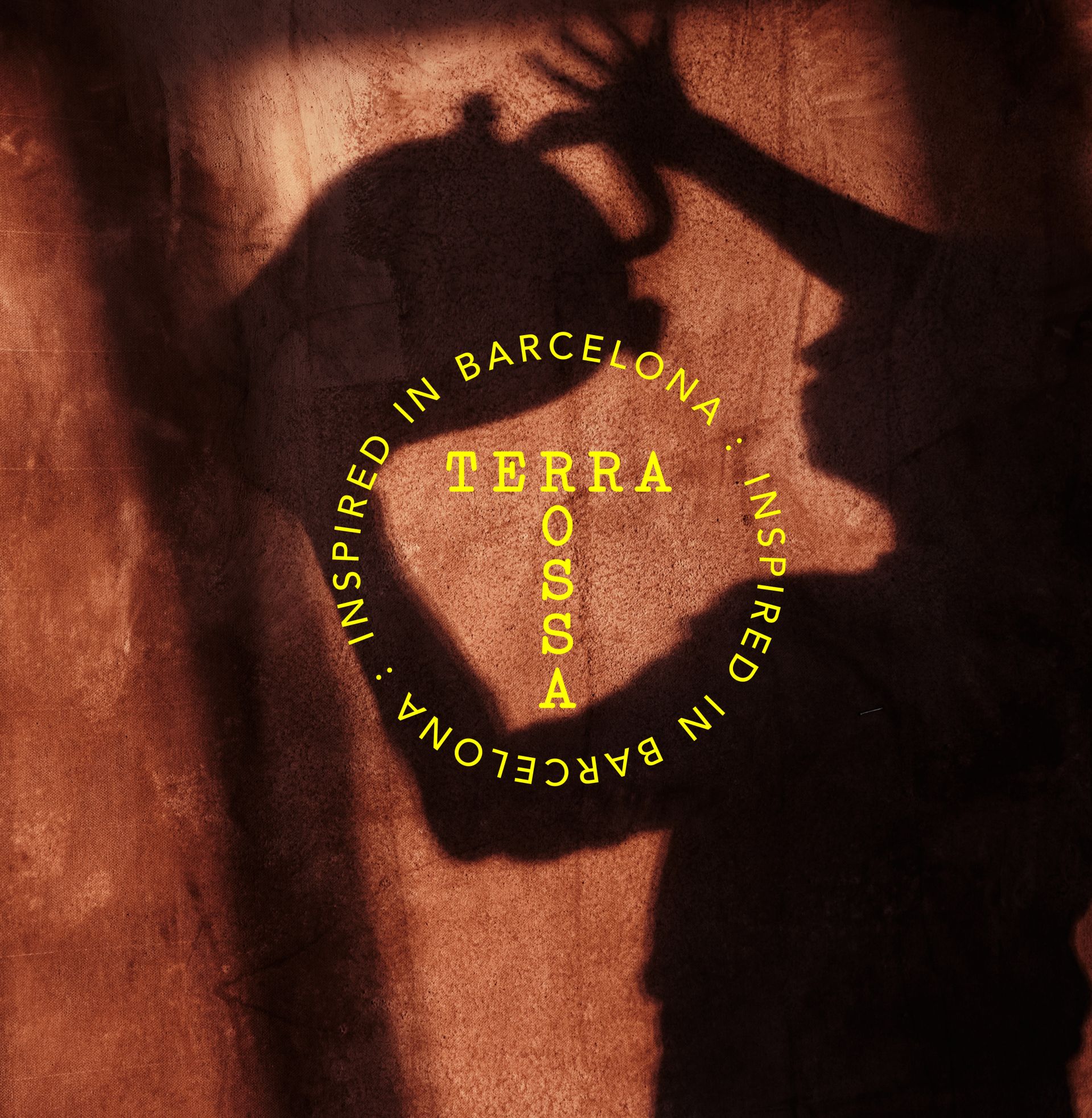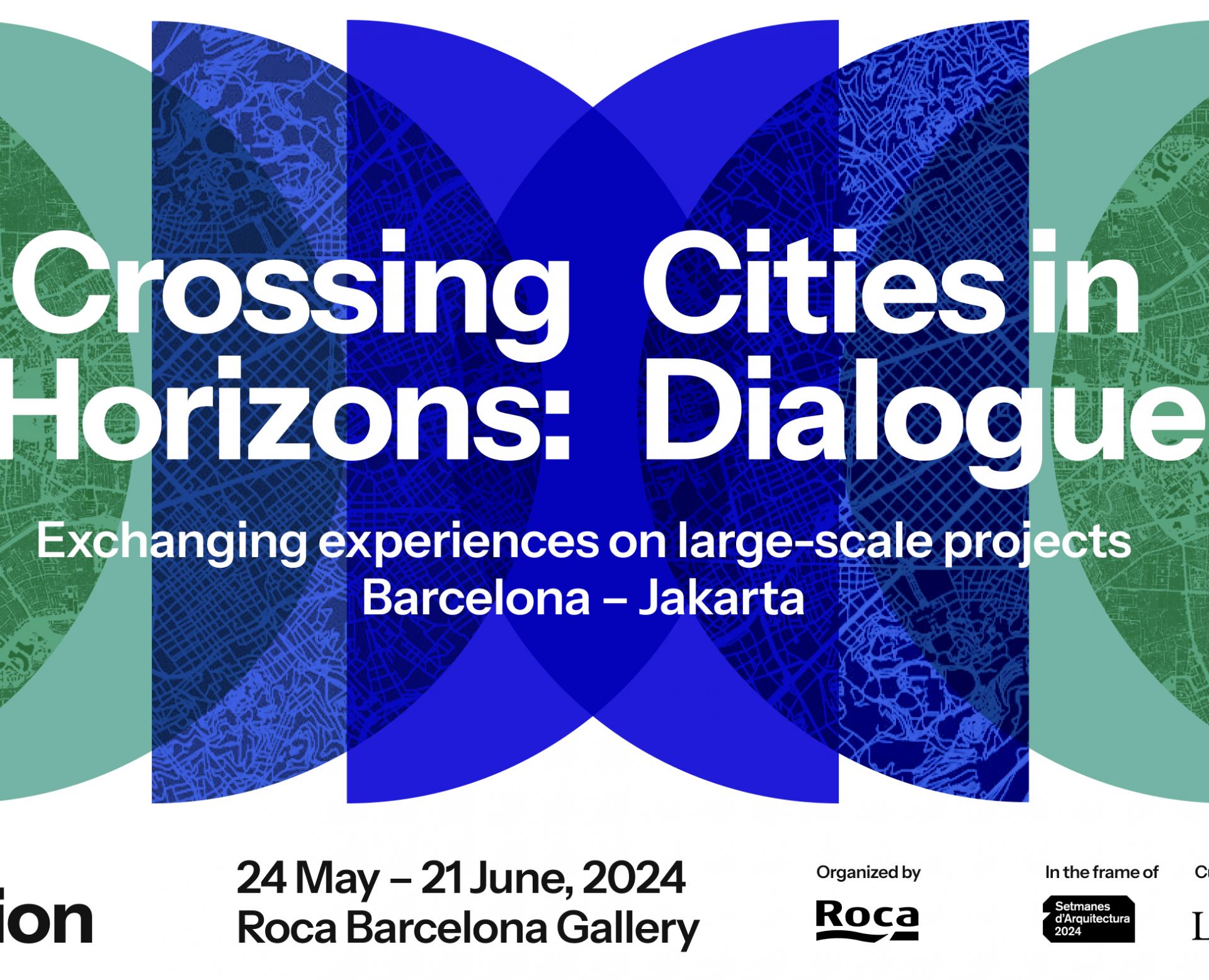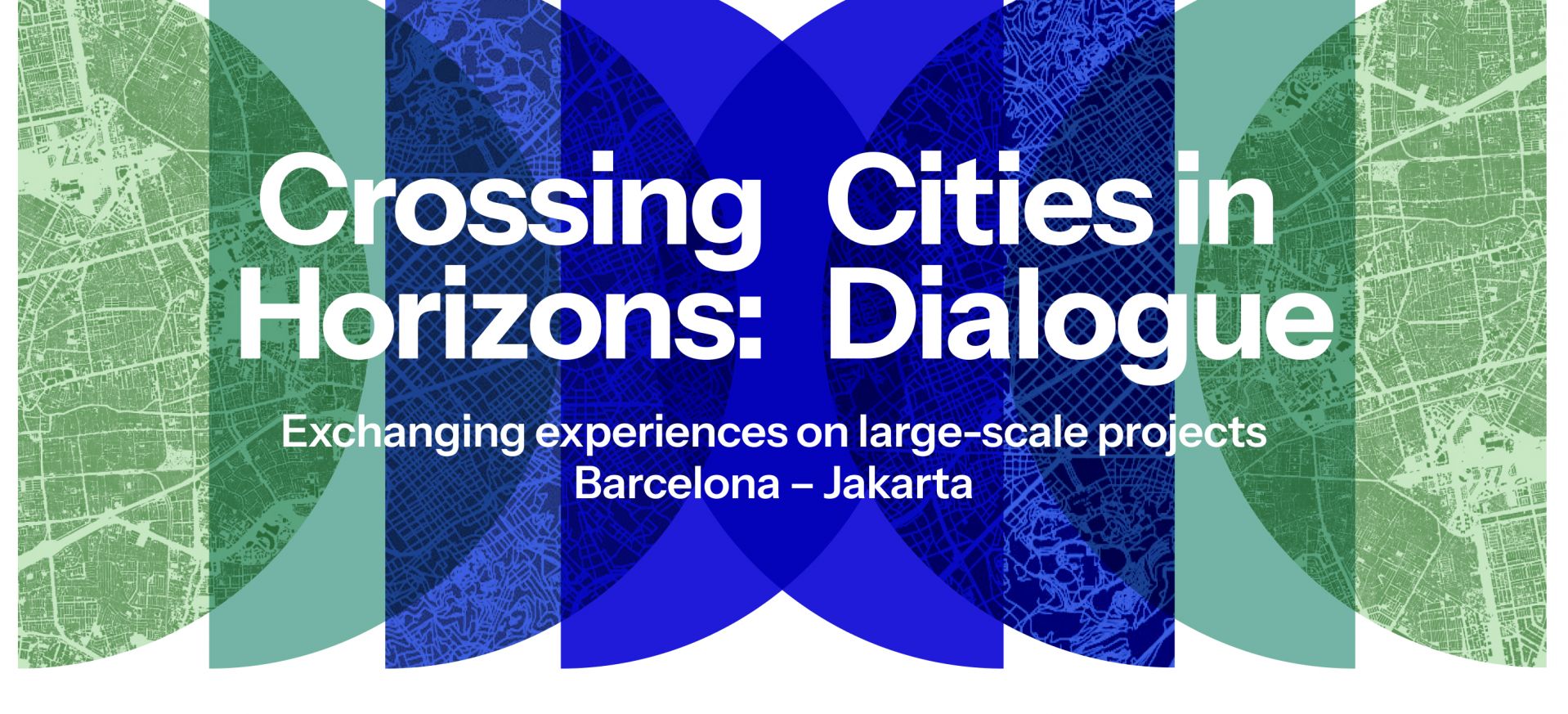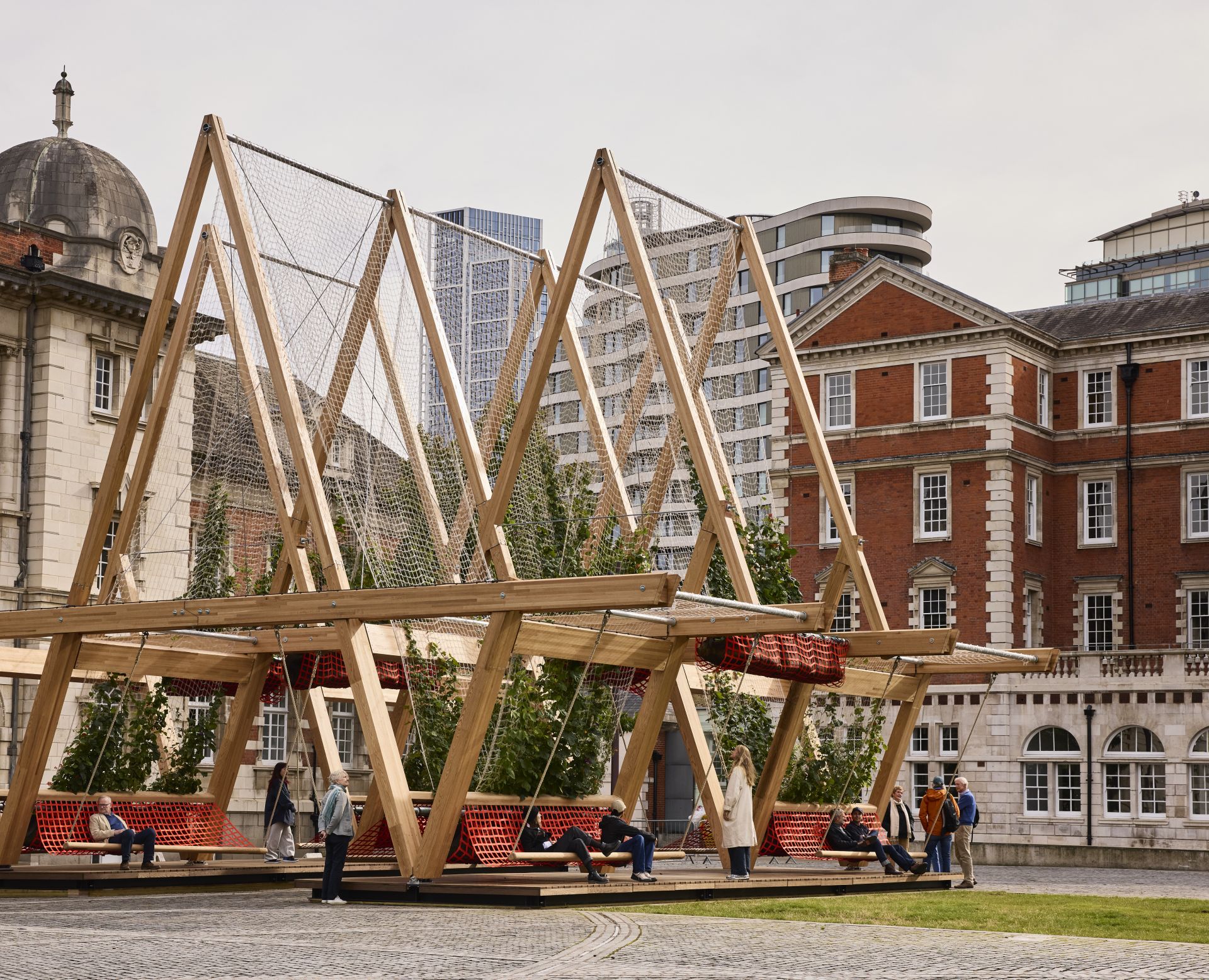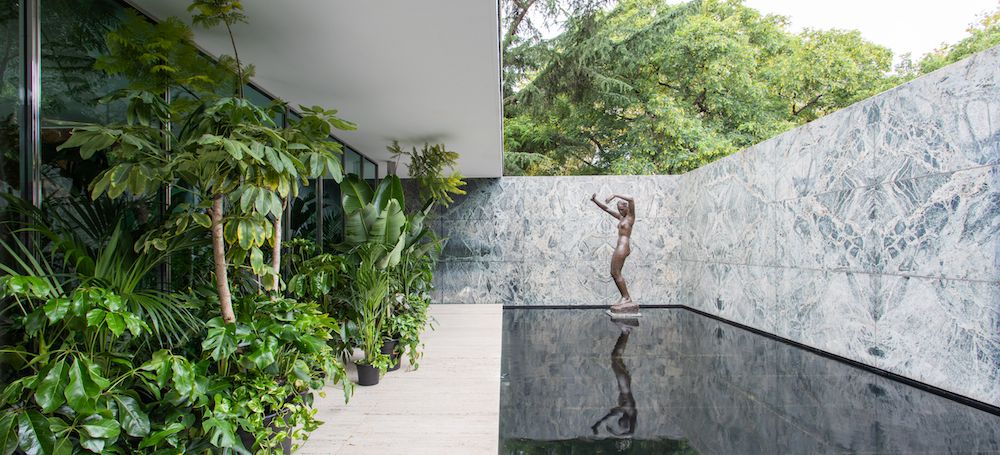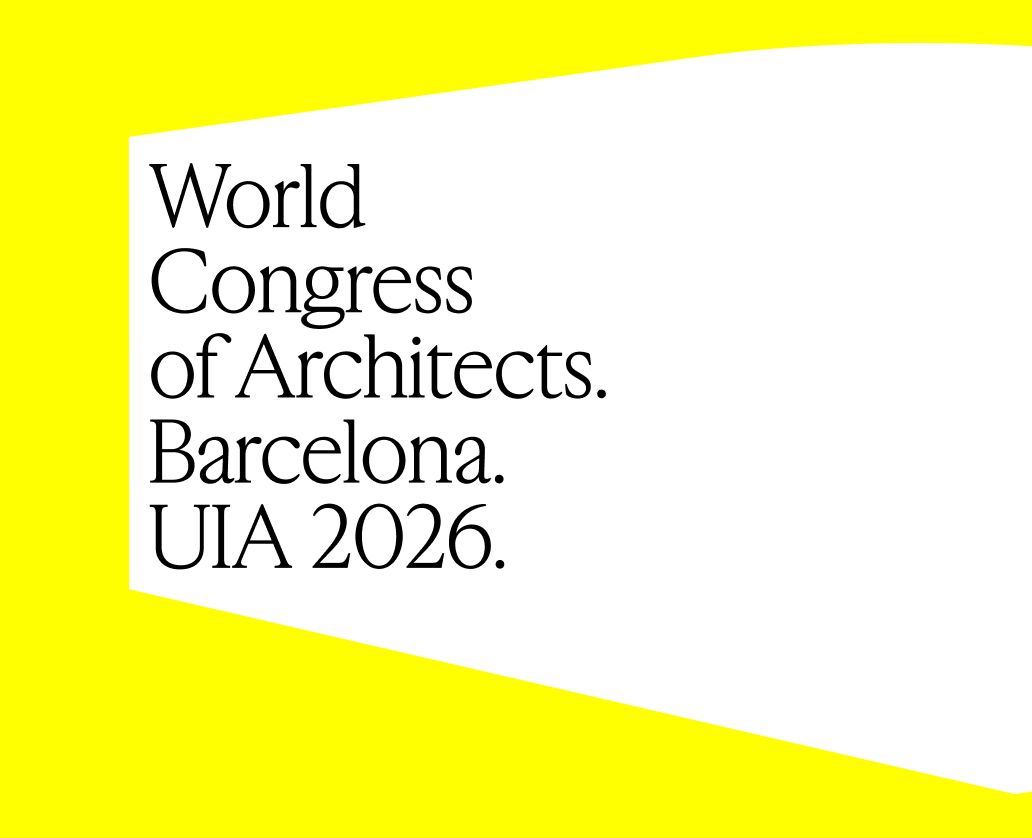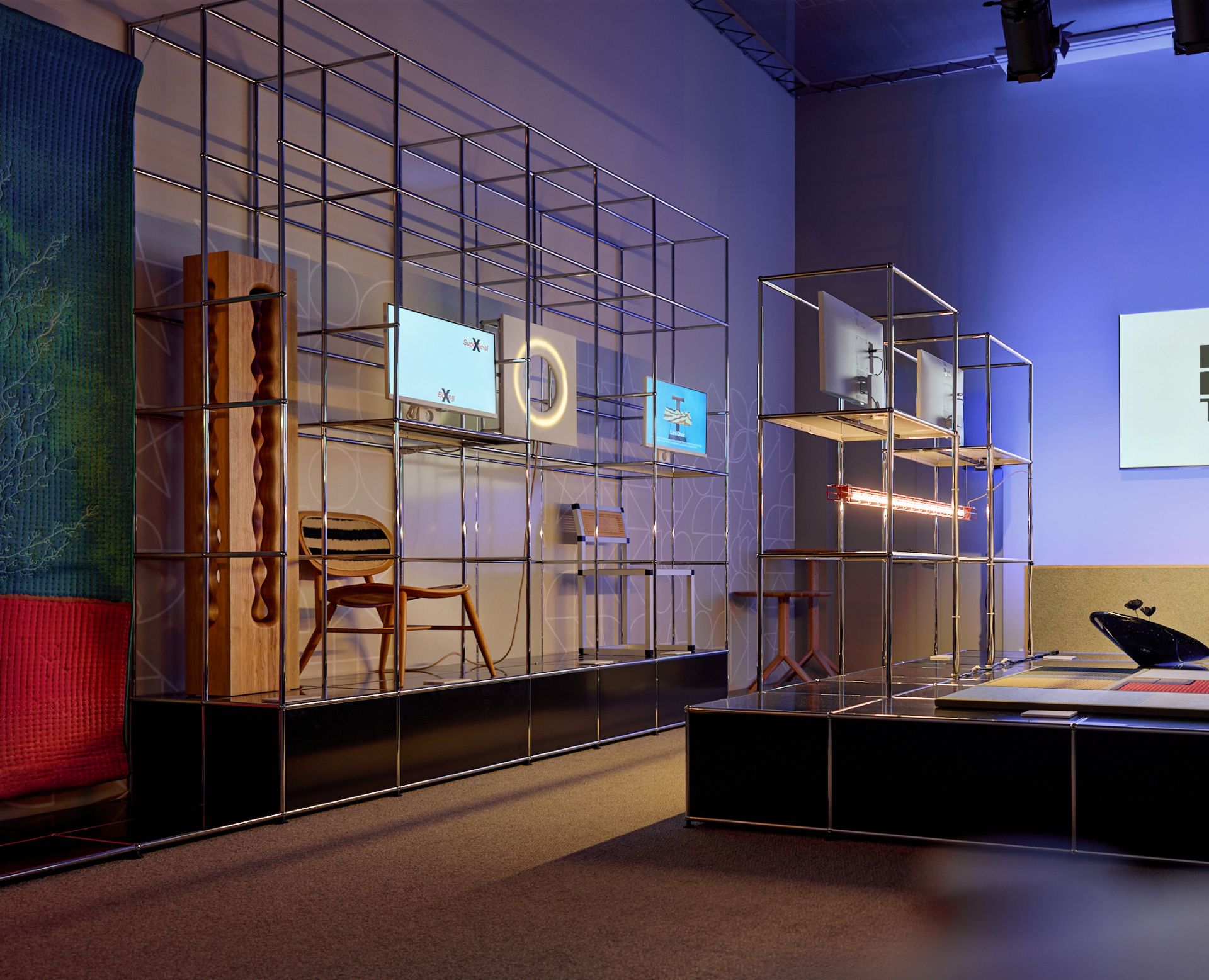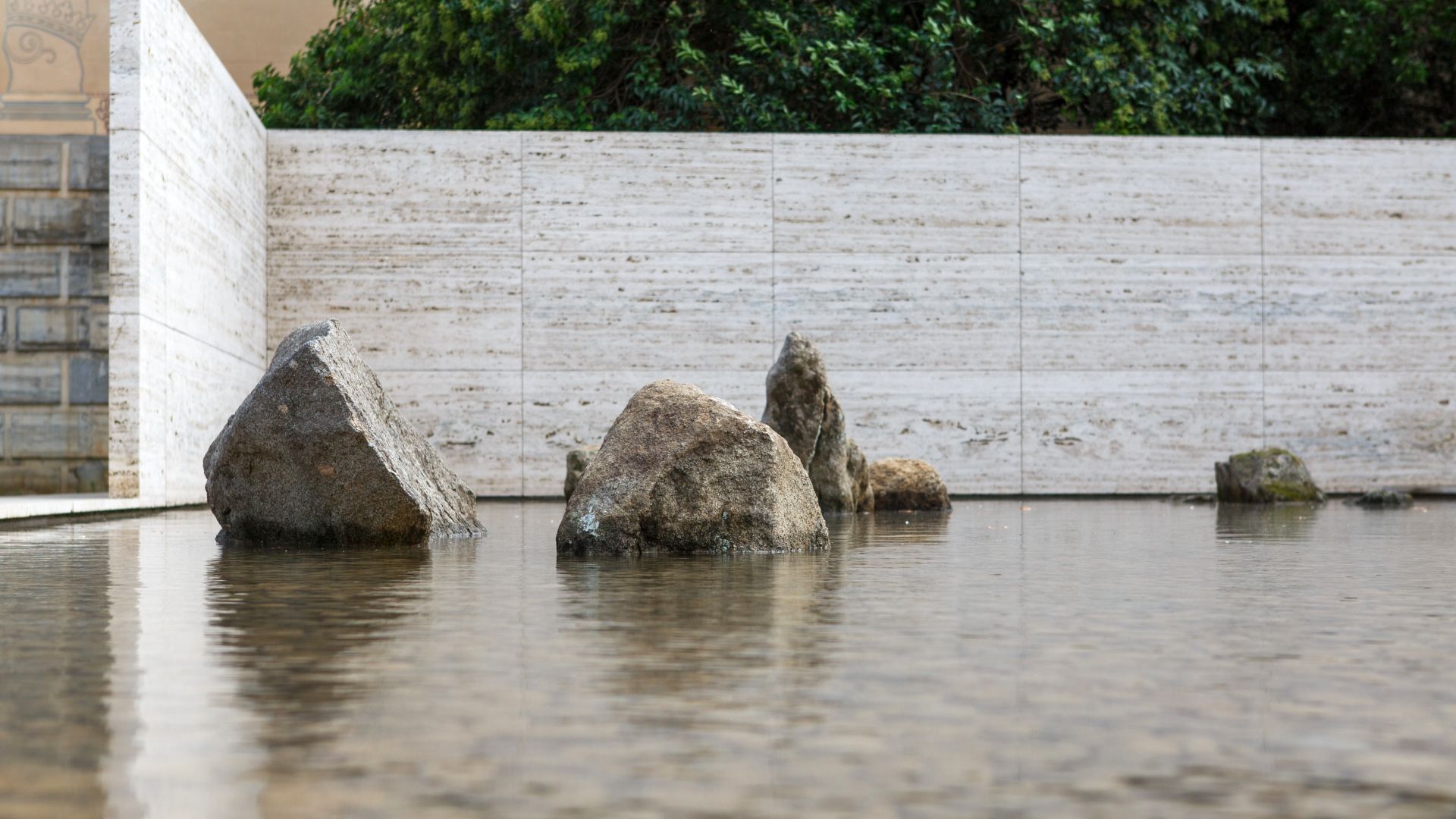
Fundació Mies van der Rohe presents the Art Intervention Fifteen stones (Ryōan-ji) by Spencer Finch
Fundació Mies van der Rohe periodically invites artists and architects to provoke new looks and reflections through their interventions in the Pavilion, enhancing it as a space for inspiration and experimentation for the most innovative artistic and architectural creation. After SANAA, Jeff Wall, Ai Wei Wei, Enric Miralles, Andrés Jaque, Antoni Muntadas, Domènech and Anna & Eugeni Bach, among others, this year The Mies van der Rohe Foundation periodically invites artists and architects to provoke new looks and reflections through their interventions in the Pavilion, enhancing it as a space for inspiration and experimentation for the most innovative artistic and architectural creation. After SANAA, Jeff Wall, Ai Wei Wei, Enric Miralles, Andrés Jaque, Antoni Muntadas, Domènech and Anna & Eugeni Bach, among others, this year American artist Spencer Finch will be in charge of intervening in the Mies van Pavilion der Rohe with the proposal 'Fifteen stones (Ryōan-ji)'.
The project, which can be seen from today until October 21 at the Mies van der Rohe Pavilion, links the aesthetics of Mies van der Rohe with those of Zen philosophy;

© Anna Mas
Ryōan-ji, "the temple of Dragon’s rest", is located in Kyoto and the intervention of Spencer Finch evokes its famous karesansui (zen garden), considered a masterpiece of Japanese culture. On a white gravel surface of 25x10m, almost the same dimensions as the pond at Mies van der Rohe Pavilion, fifteen stones are arranged in such a way that it is not possible to see all of them at the same time, no matter which is the position of the observer. This abstract composition of stones in the space that encourages meditation, is open to interpretation, in the same way that Fifteen Stones.
The proposal also refers to the links between the Modern Movement, and specifically the work of Mies van der Rohe, and the Japanese precedent. Direct connections have not often been proposed between the way of thinking and working of the German architect and the philosophical and conceptual basis of Japanese culture. This intervention allows us to reflect on the most lyrical aspects of the work of Mies van der Rohe and one of the most outstanding materials of the Pavilion, the stone, in this case in its natural state establishing a dialogue with the travertine cut, polished and hanging that forms the walls, the pavement and the bench from which the composition is observed.
The opening will take place this afternoon at the Pavilion preceded by a conversation between Gary Hilderbrand and Marina Cervera (Barcelona Landscape Biennial), Ivan Blasi (Fundació Mies van der Rohe) and artist Spencer Finch. On October 21st the intervention will be closed with the removal of the stones that for a few days will have coexisted with the work of Mies van der Rohe and Lilly Reich.
'Fifteen Stones (Ryōan-ji)' is part of the Swab Barcelona Art Fair, the Barcelona International Biennial of Landscape Architecture, the 'Ciutat Oberta' Thought Biennial and is listed in the Barcelona Gallery Weekend agenda
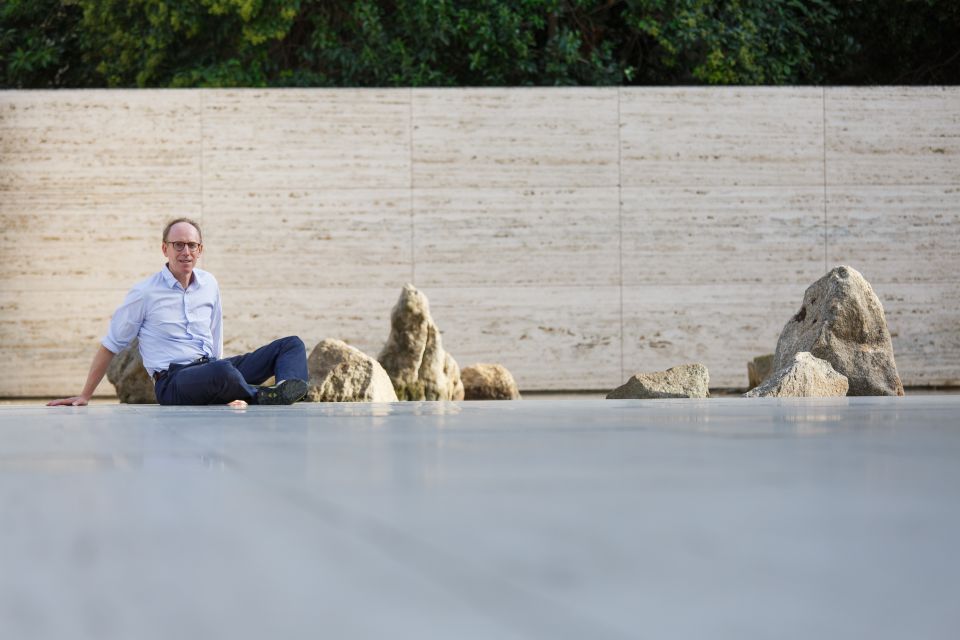
© Anna Mas
In the words of the artist:
“The Ryōan-ji Garden in Kyoto and the Mies van der Rohe Pavilion in Barcelona are two of my favorite places in the world. In spite of their many differences, to me they are incredibly similar, in terms of how they generate thought about being a human seeing and moving through space. Wittgentstein said “Remember the impression one gets from good architecture, that it expresses thought. It makes one want to respond with a gesture” (Culture and Value, University of Chicago Press, 1984) and I find that when I am in either of these places my brain works in overdrive, trying to comprehend the space; at the Pavilion, the relationship between indoors and outdoors and the structure within the site and in Ryōan-ji with the stones in relationship with one another and with a larger metaphorical landscape. Both of these places are deeply human, they are about feeling oneself as a physical, living being in relationship to the world and also about a gargantuan achievement of profound abstract thought, almost like discovering a complex mathematical theorem. By dropping a version of Ryōan-ji into the reflecting pool of the Pavilion, by being able to see these two miracles of humanity next to each other, I am hoping that my brain will explode.” - Spencer Finch
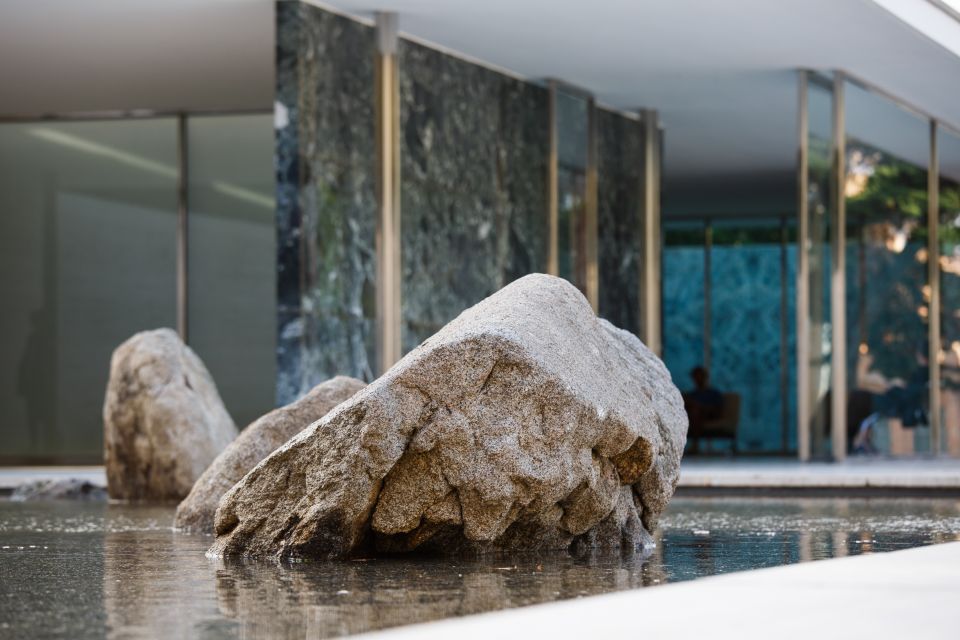
© Anna Mas
Spencer Finch
Spencer Finch was born in 1962 in New Haven, CT and lives and works in Brooklyn, NY. He studied at the Rhode Island School of Design, Hamilton College, and Doshisha University in Kyoto, Japan. Finch has exhibited internationally since the early 1990s. He has completed recent projects at MASS MOCA, MA, the Brown University School of Engineering, RI, and an outdoor installation, Lost Man Creek, organized by Public Art Fund in downtown Brooklyn. His project, A Cloud Index, for the new Paddington Station in London will open in Fall of 2018. His solo museum exhibitions include Moon Dust (Apollo 17) currently installed at the Baltimore Museum of Art, MD, Great Salt Lake and Vicinity currently installed at the Utah Museum of Fine Arts, A Certain Slant of Light at The Morgan Library in New York City in 2014, The Skies can’t keep their secret at the Turner Contemporary Museum in Margate, UK in 2014, Following Nature at the Indianapolis Museum of Art in 2013, Painting Air at the Rhode Island School of Design Museum of Art in 2012, Lunar at the Art Institute Chicago in 2012, My Business, with the Cloud at the Corcoran Gallery of Art in Washington, DC in 2010, and What Time Is It On The Sun? at MASS MoCA in 2007. The Mass MoCA survey exhibition was accompanied by a monograph with essays by Susan Cross, Suzanne Hudson, and Daniel Birnbaum. His 2016 monograph, The Brain is Wider than the Sky, was edited by Susan Cross with contributions by Mark Godfrey and James Rondeau. Finch was included in the 2009 Venice Biennale exhibition, Making Worlds, and the 2004 Whitney Biennial. His public projects include Trying to remember the color of the sky on that September morning for the 9/11 Memorial Museum in New York City (2014), Vital Signs for Quadrant 3 in London (2013), the glass facade design for the Johns Hopkins Medical Center in Baltimore (2012) and The River that Flows Both Ways for The High Line in New York City (2009). His work is held in numerous museum collections including the Art Gallery of New South Wales, Sydney; the Glasgow Museum of Art, Glasgow; the High Museum of Art, Atlanta; the Solomon R. Guggenheim Museum, New York; the Hirshhorn Museum and Sculpture Garden, Washington, DC; the Morgan Library, New York; the Museum of Contemporary Art, Chicago; the Museum of Fine Arts, Houston; Museum für Moderne Kunst, Frankfurt; the National Gallery of Art, Washington, DC; and the Whitney Museum, New York. Upcoming public projects are underway in London, Barcelona, and Denmark.

© Anna Mas
Fundació Mies van der Rohe
Fundació Mies van der Rohe was created in 1983 by the City Council of Barcelona with the initial goal of rebuilding the German Pavilion designed by Ludwig Mies van der Rohe (1886-1969) with Lilly Reich (1885-1947) , for the International Exhibition of Barcelona in 1929.
In addition to conserving and disseminating knowledge about the Pavilion, Fundació Mies van der Rohe promotes debate and awareness on issues related to contemporary architecture and urbanism, organizing prizes, congresses, conferences, exhibitions, workshops and interventions. Among these activities is the organization of the program of events that includes dance, cinema, music, art and collaboration with other institutions in the city.
The program of artistic interventions with architects and artists began in 1999 with Jeff Wall and continued with Enric Miralles, Dennis Adams, Antoni Muntadas, Iñaki Bonillas, SANAA Kazuyo Sejima + Ryue Nishizawa, Ai Weiwei, Andrés Jaque, Anna & Eugèni Bach and Domènec among others. They all talk with the Pavilion and generate debates about art, architecture and culture that are collected in publications.


